NIST Penetration Testing, a crucial component of cybersecurity, is instrumental in systematically and effectively checking digital assets for security. If your organization aims to meet global standards, adopting the NIST approach is not just a good idea, but a vital necessity. This guide, presented by Qualysec Technologies, provides the essential steps, basic concepts, and methods for conducting a NIST Penetration Test.
What Is NIST Penetration Testing?
NIST is a federal agency in the United States that helps create standards and guidelines for cybersecurity. NIST Penetration Testing involves appraising information systems’ security, using NIST Special Publication 800-115. It highlights the need for a process that others can repeat and see to assist in dealing with security issues.
Why Follow NIST for Penetration Testing?

1. Globally Recognized Standard
NIST offers a user-friendly plan for penetration testing that is widely adopted by most organizations, ensuring they adhere to the same practices as their counterparts in various industries and government sectors. This standardization fosters trust in the business, as it demonstrates a commitment to following established rules and guidelines.
2. Comprehensive Security Assessment
The NIST methodology looks at all the main steps of a penetration test, such as planning, figuring out the target’s details, trying out attacks, and writing a clear report about the findings. This organized way of working helps make sure that all aspects of the company’s security are covered so that the team can get clear and effective results.
3. Regulatory Compliance
Many industry rules and guidelines, like FISMA, HIPAA, PCI, and GDPR, either mention or ask for testing that follows NIST guidelines. Adhering to NIST guidelines helps organizations make sure they follow the rules, avoid getting fined, and make it easier to get certified.
4. Risk Management and Prioritization
NIST penetration testing is inherently risk-driven, focusing on identifying security issues, assessing their severity, and prioritizing their resolution. This approach allows organizations to allocate their resources to address the most critical risks, thereby maximizing the effectiveness of their cybersecurity efforts.
5. Actionable Remediation Guidance
The NIST process not only points out when things go wrong, but also explains exactly how teams should try to fix those problems step-by-step. This helps make sure that the results of the security review lead to real improvements in cybersecurity, not just give suggestions that aren’t very useful.
6. Continuous Improvement
By following NIST, organizations regularly check and improve their security, along with getting feedback to improve things. This process helps organizations spot new risks early and adjust to new kinds of technology as they come up.
7. Enhanced Stakeholder Confidence
Using a clear, step-by-step process that others can follow, like NIST, helps stakeholders, such as customers, partners, and auditors, feel confident that the checks to ensure security are fine, solid, and reliable.
8. Facilitates Collaboration
The NIST framework was put together by people from government, businesses, and schools working together to fit the needs of many different groups and types of organizations.
9. Cost-Effective Security Management
NIST’s structured approach helps organizations skip over tests that aren’t needed, so they can put more effort into what needs it the most and spend less on total security work.
Recommend Reading: Top 10 Penetration Testing Companies in India
Latest Penetration Testing Report
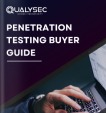
Key Components of NIST Penetration Testing
1. Planning Phase
- Scope Determination – Determine which part of the IT environment undergoes testing and which is excluded. It helps concentrate tasks and avoids hindering the company’s operations.
- Rules of Engagement – Make sure to prepare a testing timeline, communication rules, ways to handle escalations, and guidelines for handling data to ensure transparency and reduce the risk to the business.
- Authorization and Compliance – Get consents from participants and adhere to the local rules and regulations.
- Team Preparation – Pick the right people with suitable knowledge and choose the appropriate tools and approaches for the situation and its goals.
2. Discovery Phase
- Information Gathering – Gather information about the target environment, including the servers and networks involved, what operating systems they are running, their applications, IP addresses, and which services they provide.
- Reconnaissance – Relies on sources outside the target (OSINT) and exploration within the network (network scanning) to understand the target and locate any access points.
- Vulnerability Identification – Go through the collected information by hand and by automated tools to search for possible weak points, incorrect settings, or software that’s no longer up to date.
- Threat Modeling – Order the systems and assets according to their relevance, and testing focus your efforts on the most vital ones.
3. Attack Phase
- Exploitation Attempts – Attempt to avoid security measures or access data using the learned information from discovery, acting out real-world attacks on the approved targets.
- Privilege Escalation – Check if the initial permissions gained are enough to reach greater or additional systems.
- Lateral Movement – Look into gaining access from one area of a system or segment to another, to judge how well the internal security systems function.
- Controlled Testing – Maintain a safe environment for all operations and avoid errors that could cause leaks of private data.
- Documentation – Keeping a detailed record of everything you do and everything you obtain helps ensure that others can see what you have done and repeat your work.
4. Reporting Phase
- Comprehensive Documentation – Include all details in the report, such as a description of the problems, their effects, supporting reasons, and how each issue was addressed.
- Risk Assessment – Rate the impact and chance of each finding happening, which helps stakeholders group and address findings in order of importance.
- Actionable Recommendations – Suggest short-term and long-term actions that can solve every issue.
- Presentation and Debrief – Share the findings with both experts and non-experts, give details about the attack, and assist in planning steps to fix the issue.
- Follow-Up – Ensure that retesting is done and that the remediation strategies are successfully maintained.
Integrating NIST Penetration Testing with Broader Security Programs
- Guidance based on the NIST-CSF – NIST Penetration Testing easily aligns with the five basic parts of the NIST CSF. Recognize the problem, secure the systems, find the risk, react, and recover. Organizations guarantee that security risk assessments are regularly performed and support their whole risk management framework by mapping them to key functions.
- Continuous Risk Management – Combining NIST Penetration Testing with wider security measures allows companies to find and fix risks ahead of time. Carrying out regular testing, as advised by NIST, means you identify and repair any new risks and challenges in line with ongoing business and technology changes.
- Enhancing Security Controls – It assesses how well firms’ current security measures work according to NIST guidelines. The results from the reviews drive progress in technical measures, administrative rules, and programs to educate users, forming an ongoing loop that helps HIPAA compliance improve.
- Regulatory and Industry Compliance – Several standards (HIPAA, PCI DSS, and GDPR) mention or suggest that NIST-aligned penetration testing be performed. Including such assessments in compliance efforts means a company is more likely to satisfy both its own needs and those of others, minimizing the chance of facing penalties or harm to its reputation.
- Operationalizing Security Assessments – Adding NIST Penetration Testing to activities such as incident response, patching systems, and managing changes improves an organization’s agility and strong security.
- Comprehensive Reporting and Remediation – With NIST’s method, reports are easily understood and make it clear which improvements should be made and by whom. Using these reports in conjunction with security dashboards and risk registers makes it easier to handle and track tasks needed for improvement.
- Collaboration Across Teams – It encourages teamwork between the important sections of a business. Experience-based insights from penetration testing are applied in secure software development, managing risks in the supply chain, and providing risk briefings to top-level staff.
- Strategic Security Investment – With information from NIST Penetration Testing, companies can organize their resources by what needs attention most urgently and improve their most vulnerable spots.
Tools and Resources Used by NIST for Penetration Testing
Recommended Tools
- Network Scanners – Nmap, Nessus
- Web Application Tools – Burp Suite, OWASP ZAP
- Password Testing – Hashcat, John the Ripper
- Reporting – Dradis, Serpico
Key NIST Publications
- NIST SP 800-115 – A Guide for Conducting Information Security Testing and Assessment
- NIST SP 800-53 – How Information Systems and Organizations Keep Their Information Safe
- NIST Cybersecurity Framework (CSF) – A more inclusive method for handling cybersecurity risks
How Qualysec Technologies Can Help with NIST Penetration Testing
Qualysec Technologies is capable of assisting organizations in setting up dependable NIST Penetration Testing initiatives. Leveraging a way of working that follows clear steps, uses the latest security tools, and draws on much knowledge, Qualysec helps clients get clear, practical security advice and ongoing help to fix problems.
1. NIST-Aligned Methodology
Qualysec Technologies uses NIST SP 800-115 and other NIST guidelines as part of its approach. As a result, your assessments will be consistent, can be repeated, and meet all expected regulations.
2. Comprehensive Coverage
The team checks out all kinds of web apps, mobile apps, APIs, cloud systems, smart devices, and anything that uses artificial intelligence to find security threats. Such an approach ensures security checks of every necessary asset using NIST standards.
3. Hybrid Testing Approach
Qualysec uses both automatic and manual testing done by skilled experts. This hybrid process helps us find and deal with tricky issues that can get missed by running a simple scan to get a clearer and more helpful report.
4. Industry-Specific Expertise
Dedicated approaches to penetration testing service providers are available in healthcare, fintech, e-commerce, SaaS, and AI. Since the team has worked on HIPAA and PCI DSS, they can help organizations stay compliant.
5. Actionable, Detailed Reporting
Clients get clear reports explaining all the findings, what they mean, and advice on fixing them. They are designed to make repairing issues and preparing compliance documents easier.
6. Remediation Support
More than just listing the issues, Qualysec provides advice and guidance to help your teams tackle and resolve them. Assistance is always available to make sure remediation is done effectively and that security is improved.
7. Continuous Improvement and Retesting
Once remediation is finished, Qualysec retests to confirm the issues have been tackled and proper security steps are now in place. The team updates clients on the latest security threats and advises about the best ways to check for them.
8. Prompt, Professional Service
Clients often mention how quick, polite, and easy to work with Qualysec makes their testing process work well and go smoothly.
Talk to our Cybersecurity Expert to discuss your specific needs and how we can help your business.
Conclusion
NIST Penetration Testing is a systematic method for improving your company’s cybersecurity. If you perform planning, discovery, an attack, and reporting, following the advice in this guide, your assessment will be strong, reliable, and advise others internationally. If you are looking for professional support or guidance for your penetration testing, teaming up with Qualysec Technologies helps ensure that both your effort meets requirements and real risks are uncovered. Are you prepared to raise your security with the NIST Penetration Testing process? Speak with Qualysec Technologies about your concerns and start improving your security.





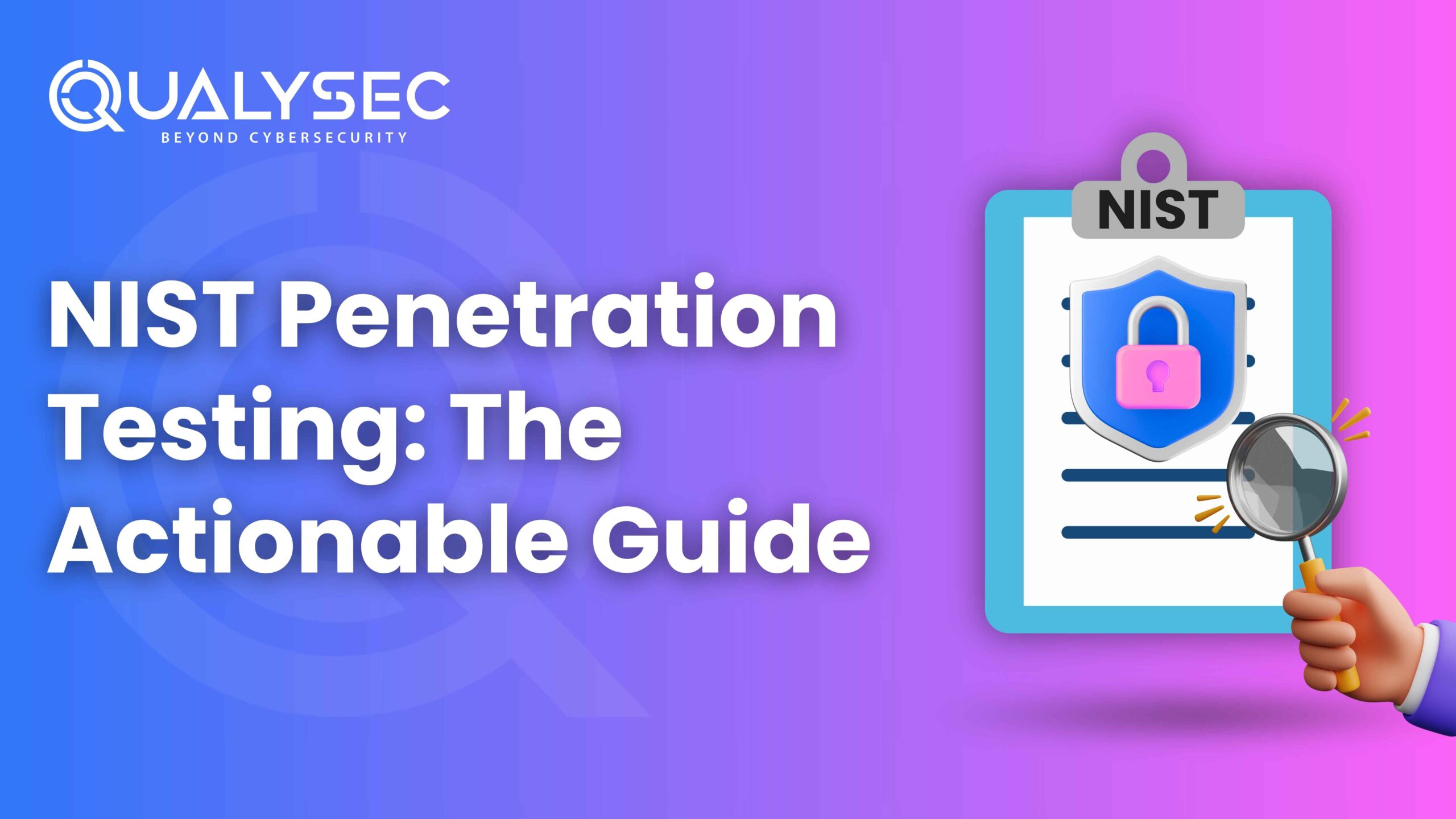



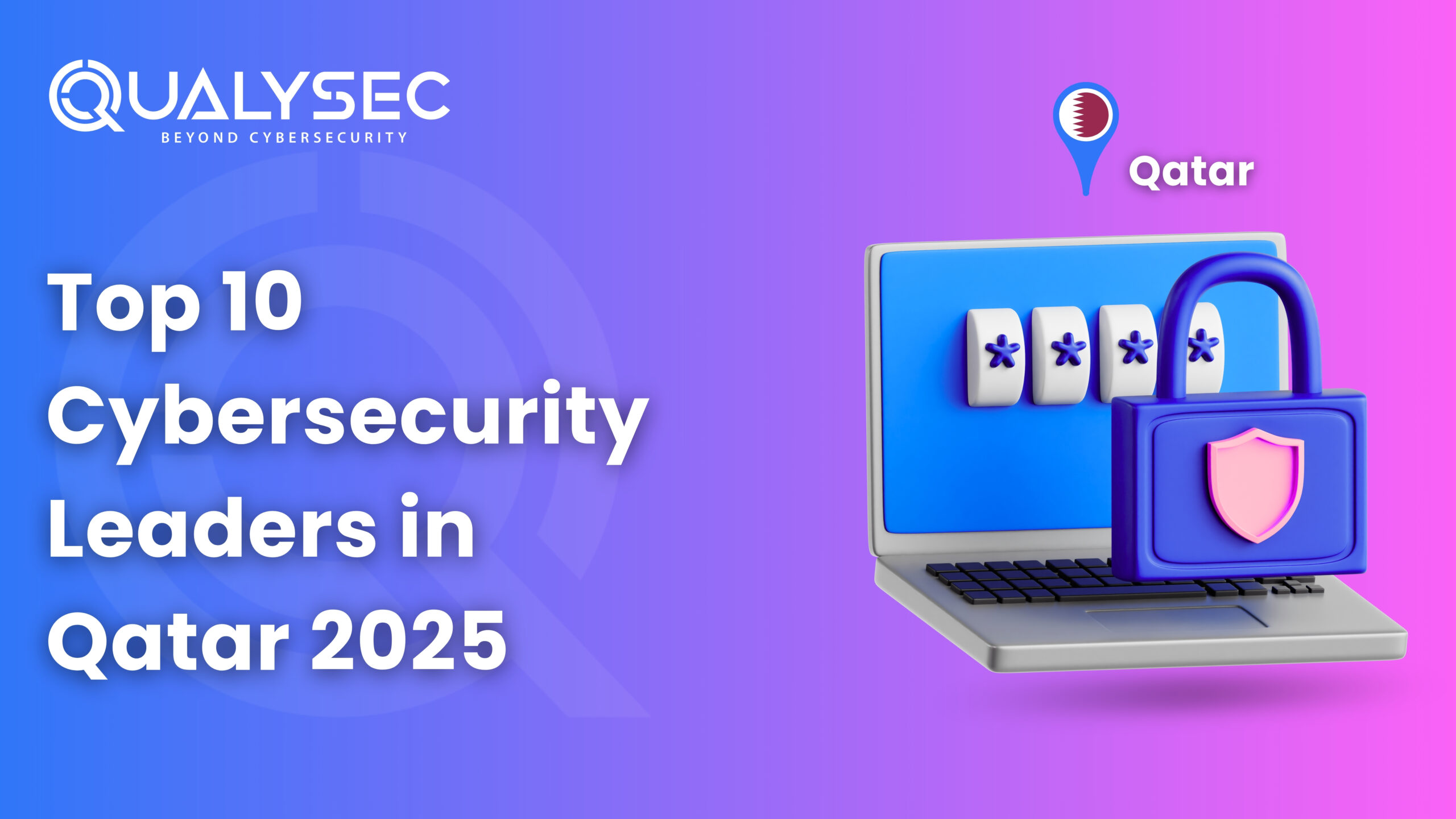
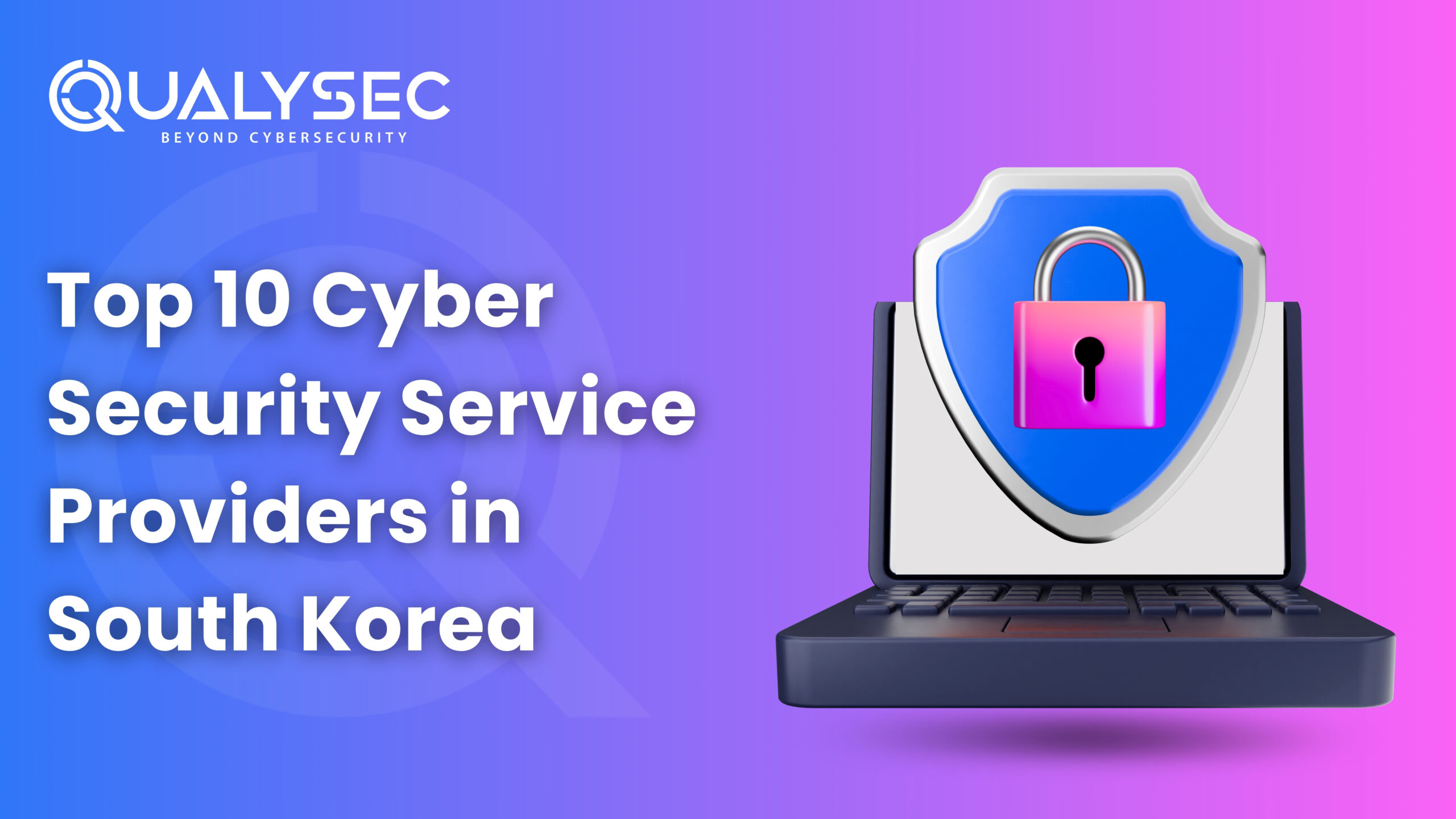

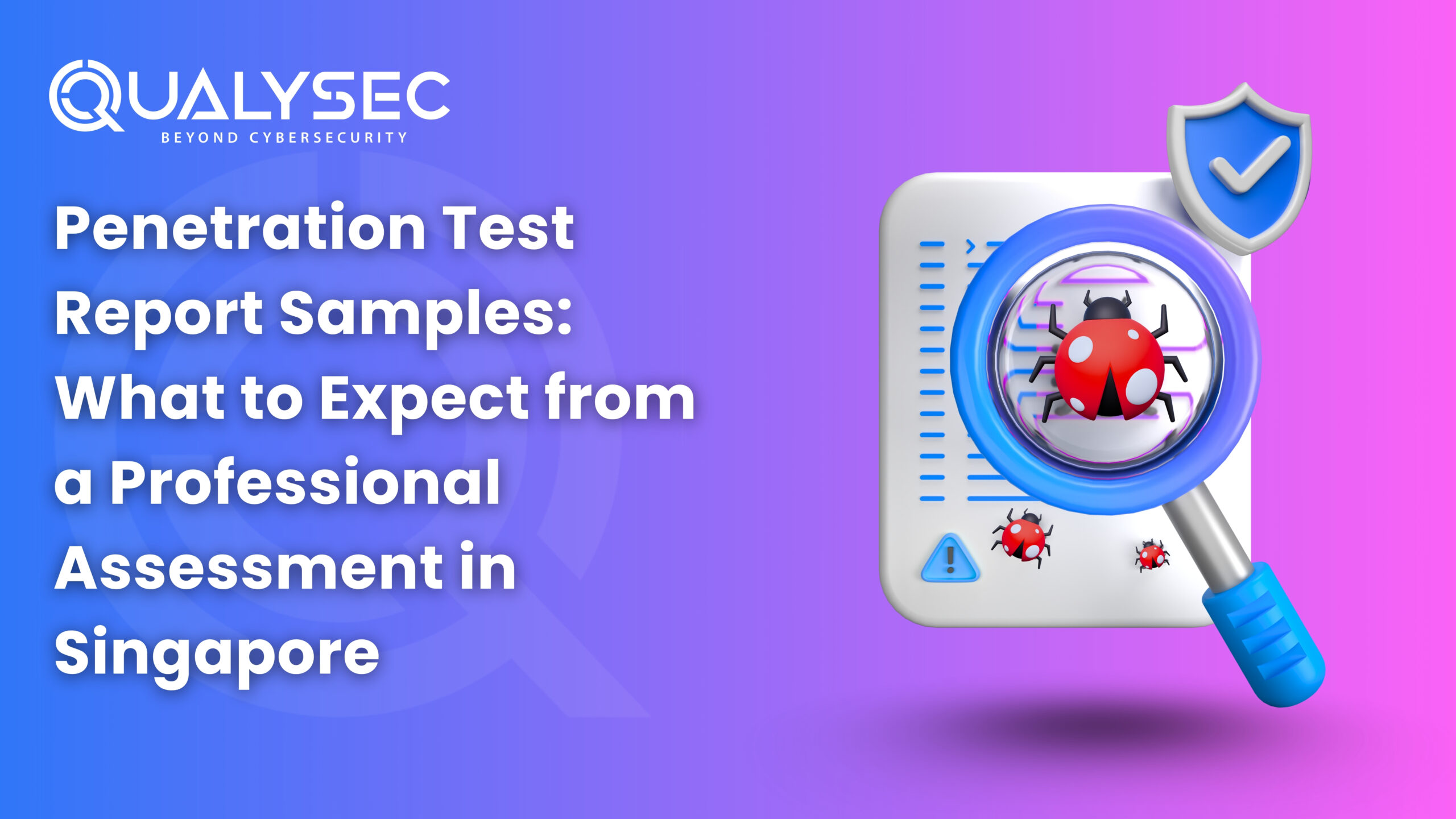
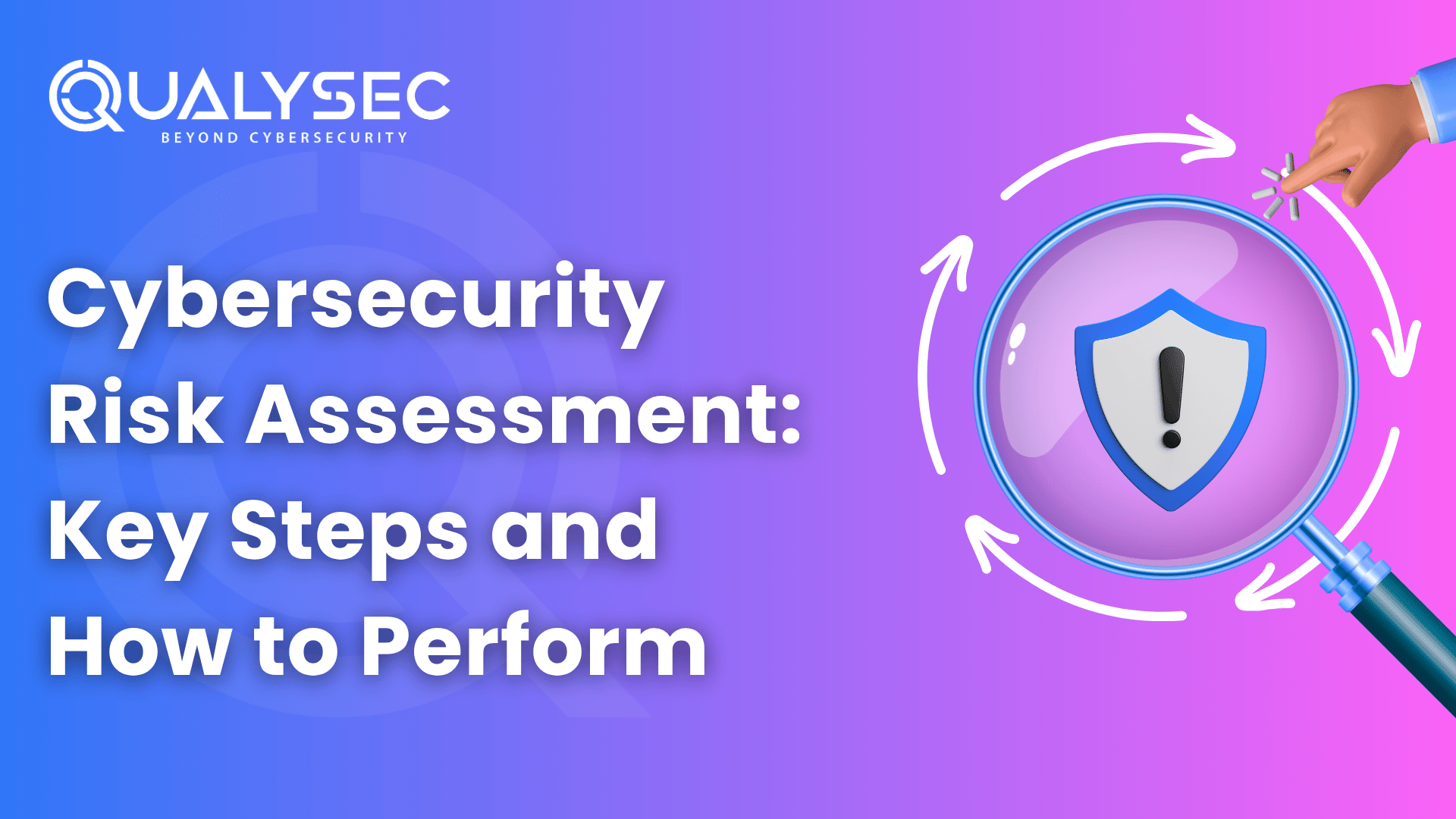
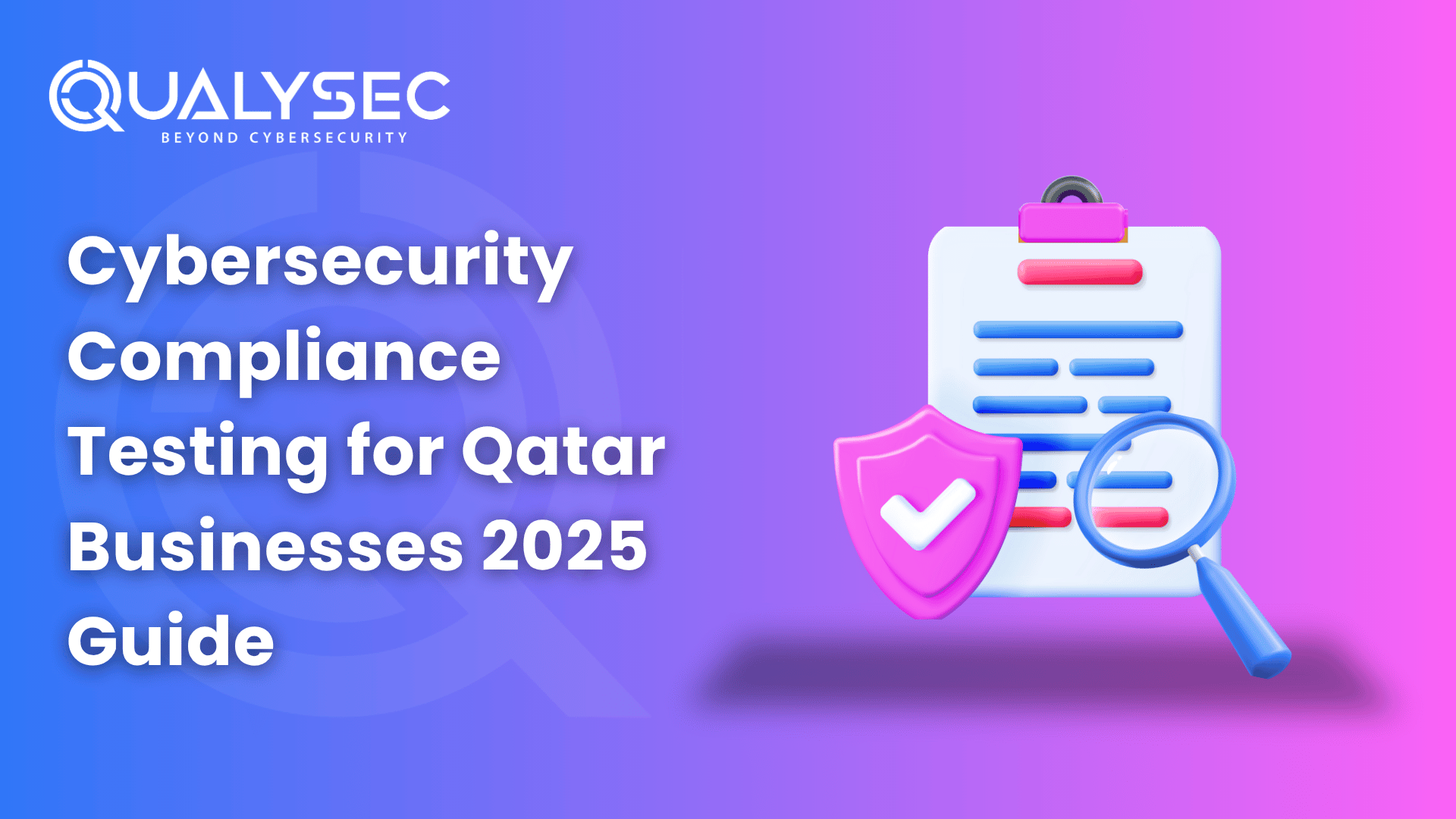
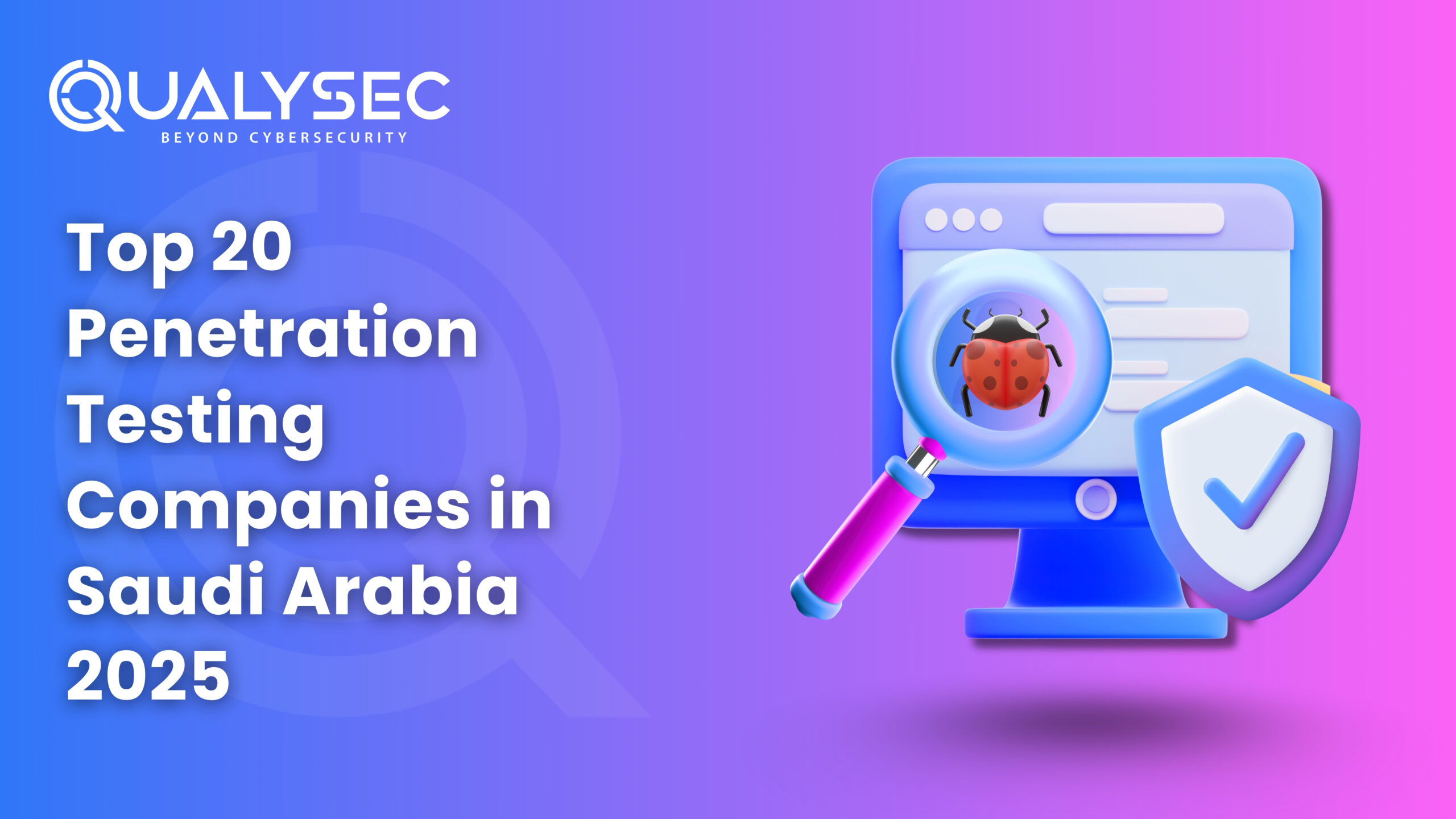
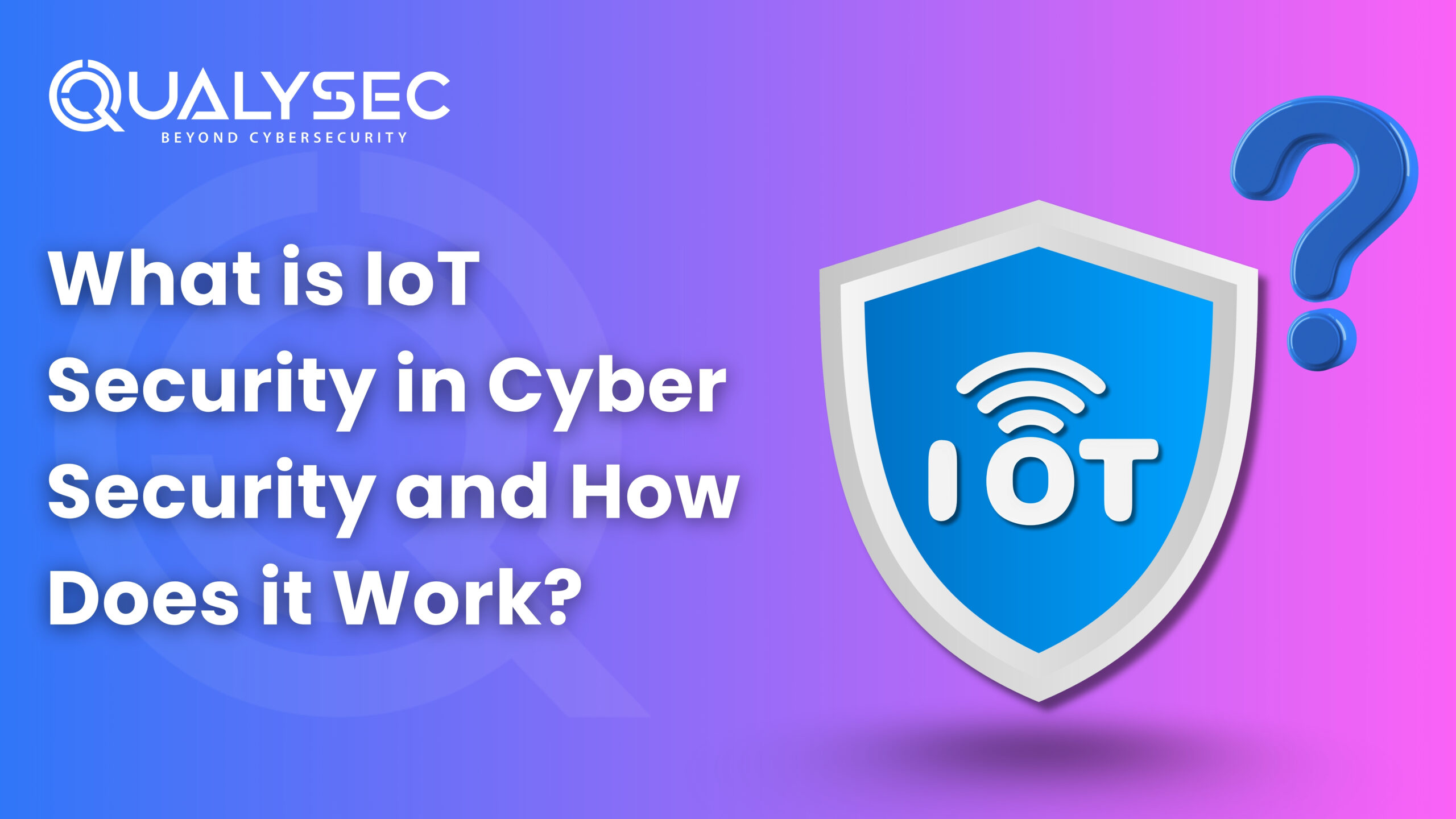
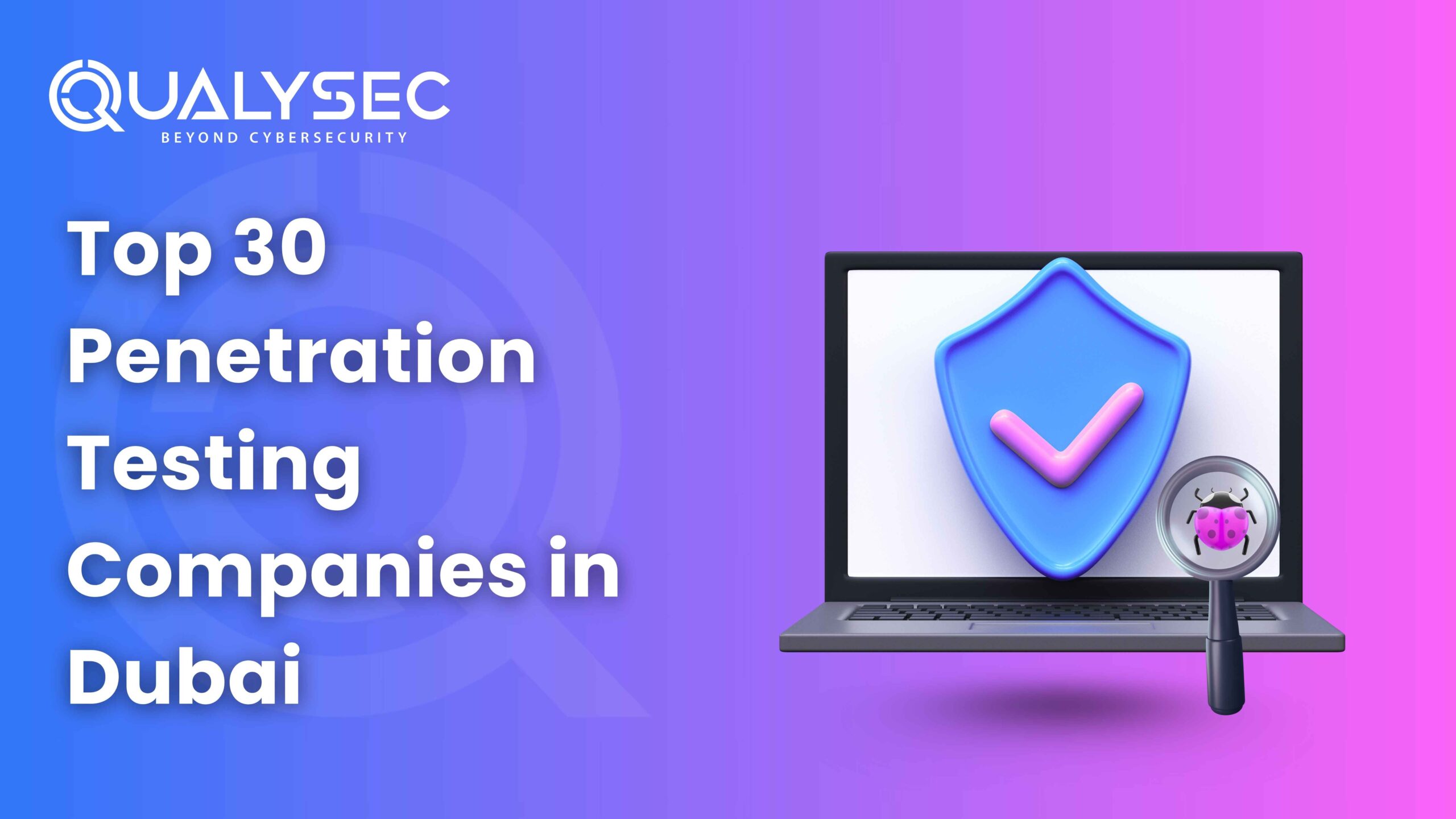

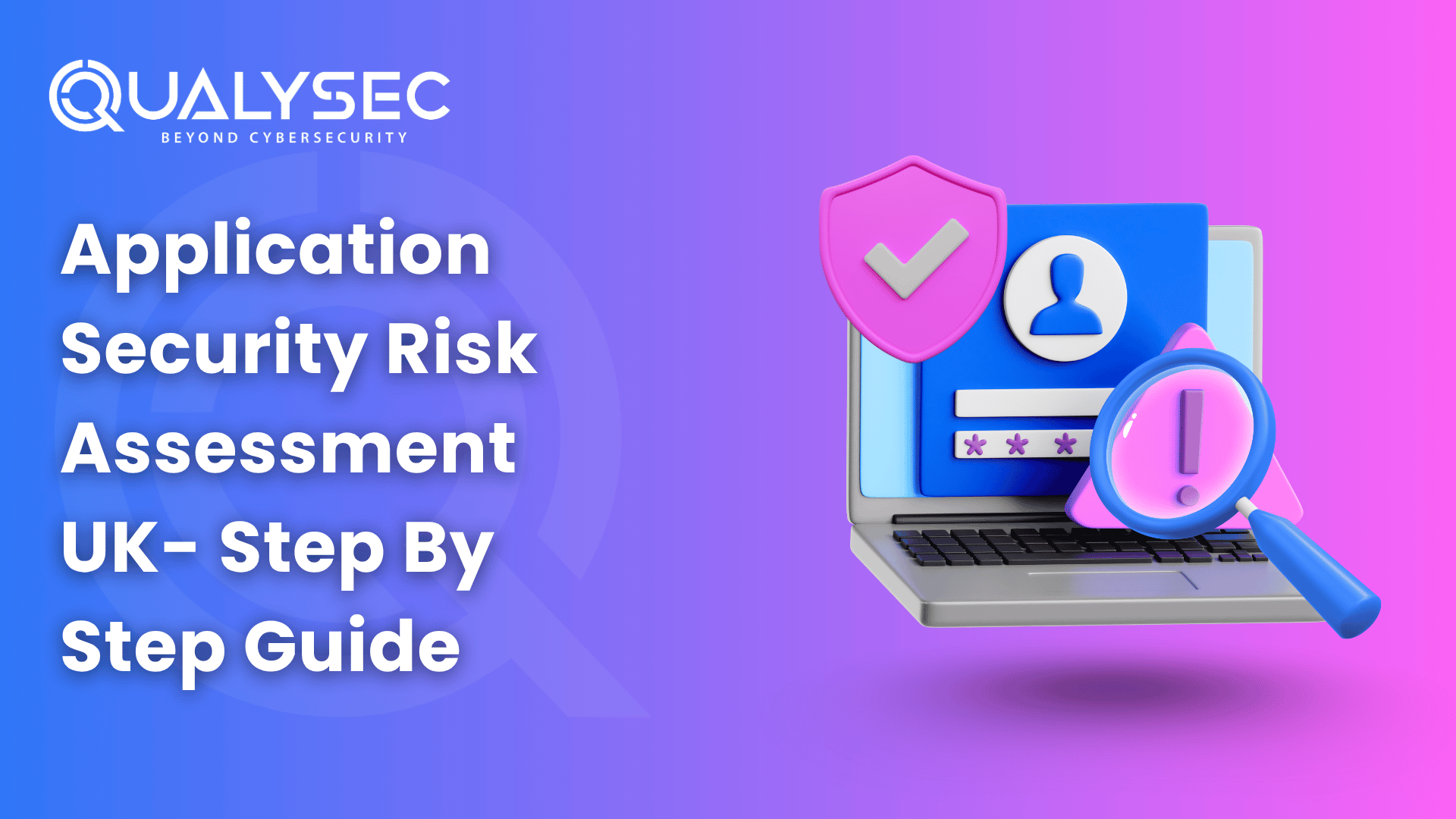
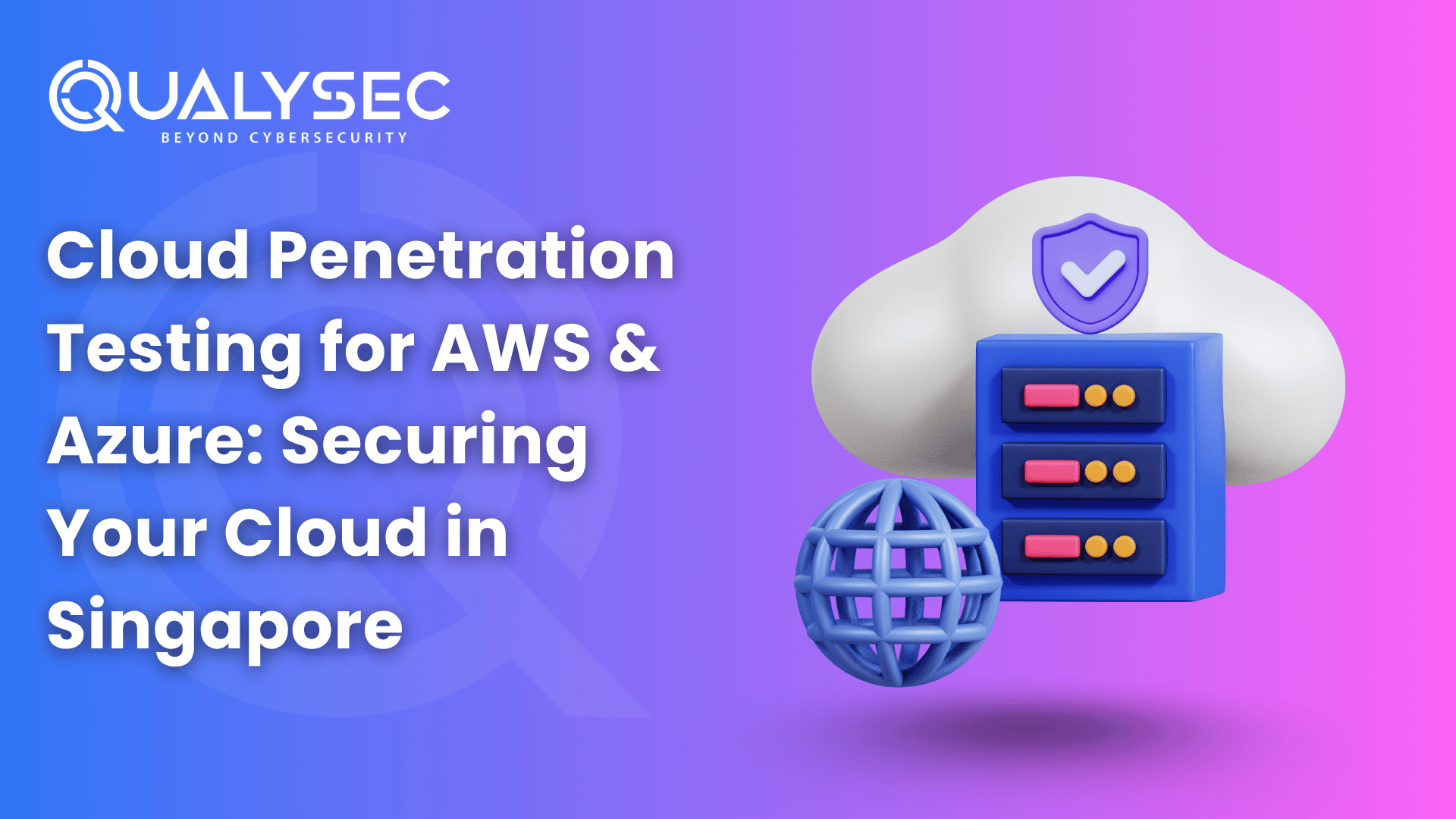

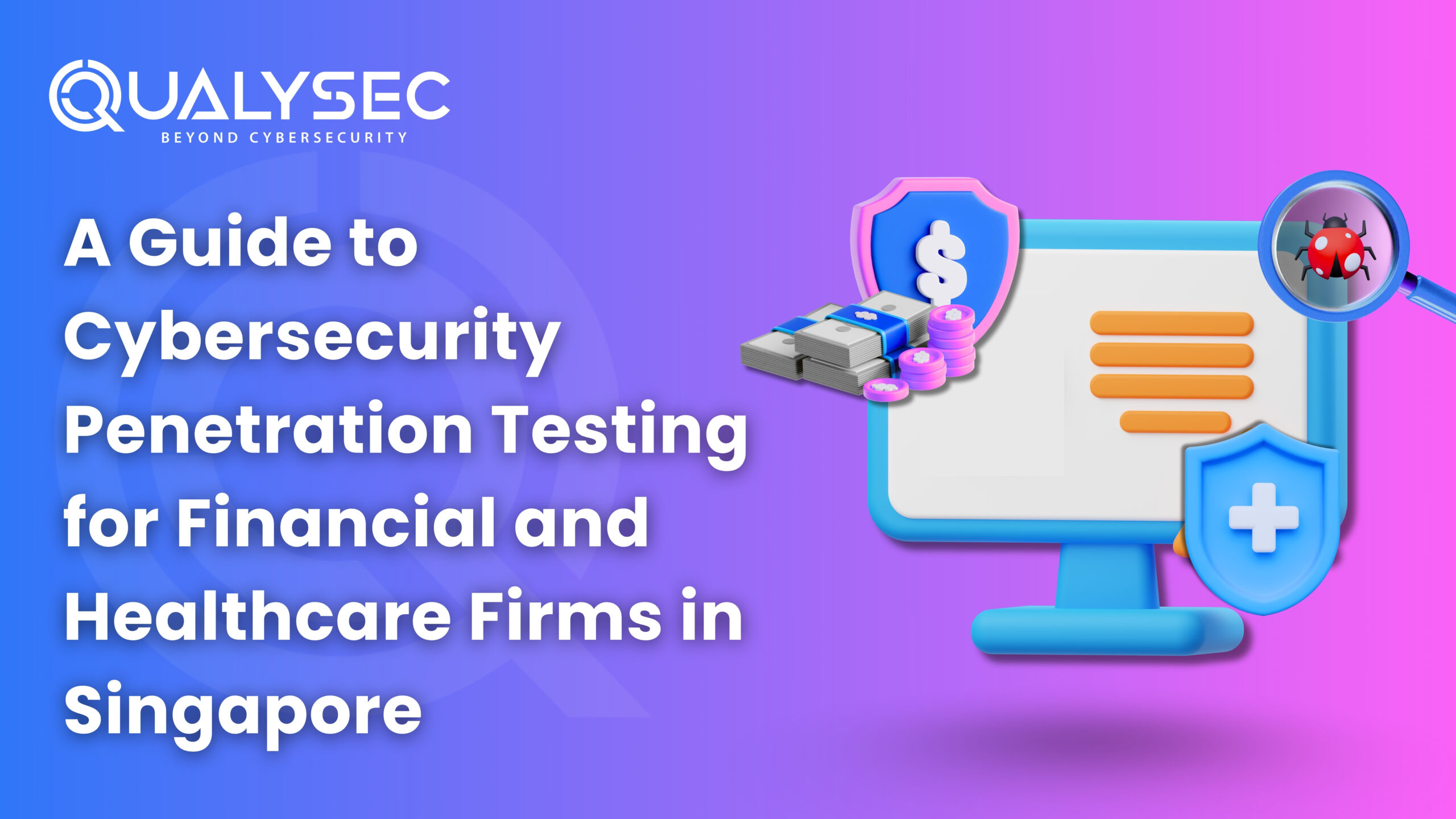

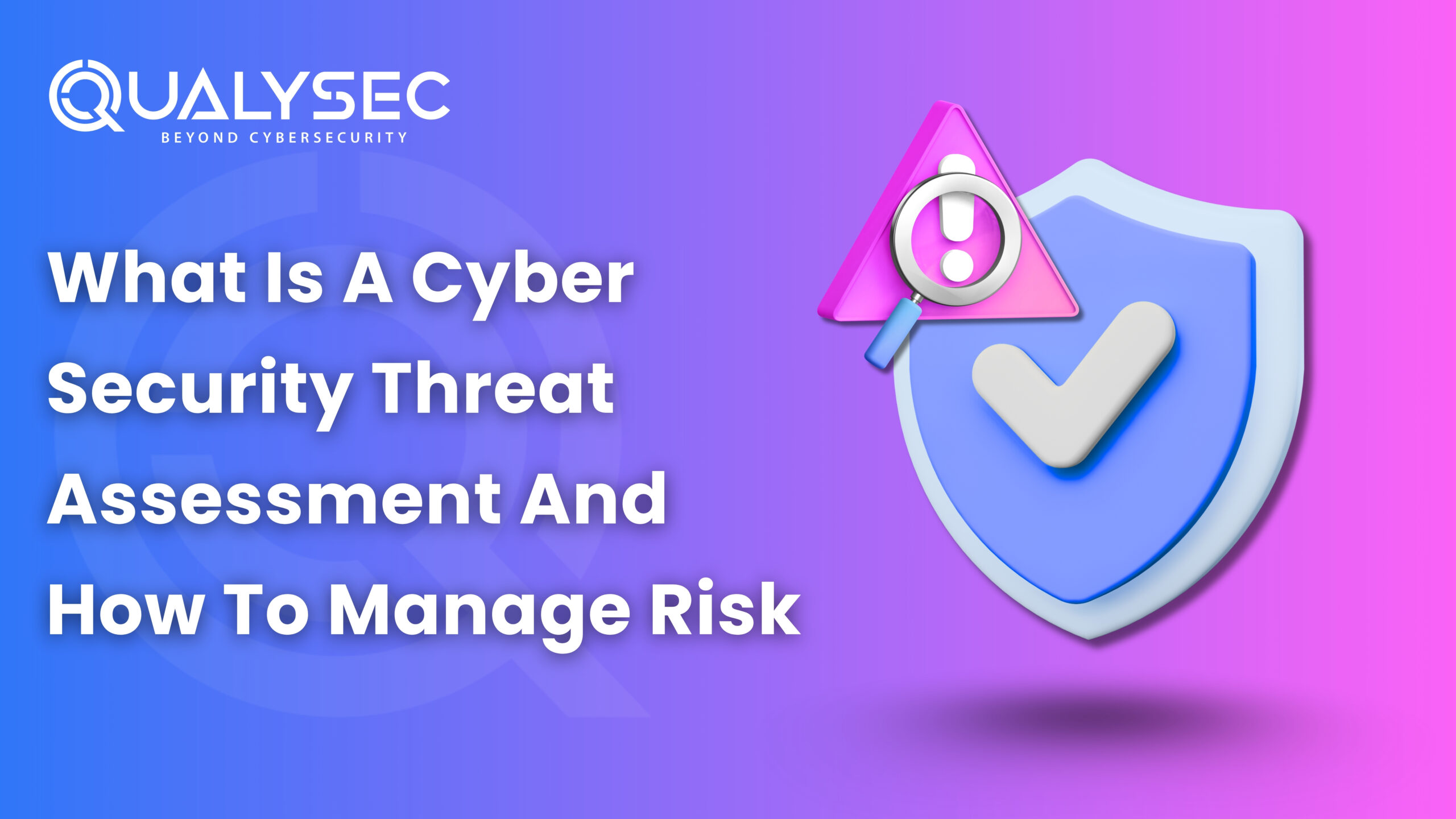


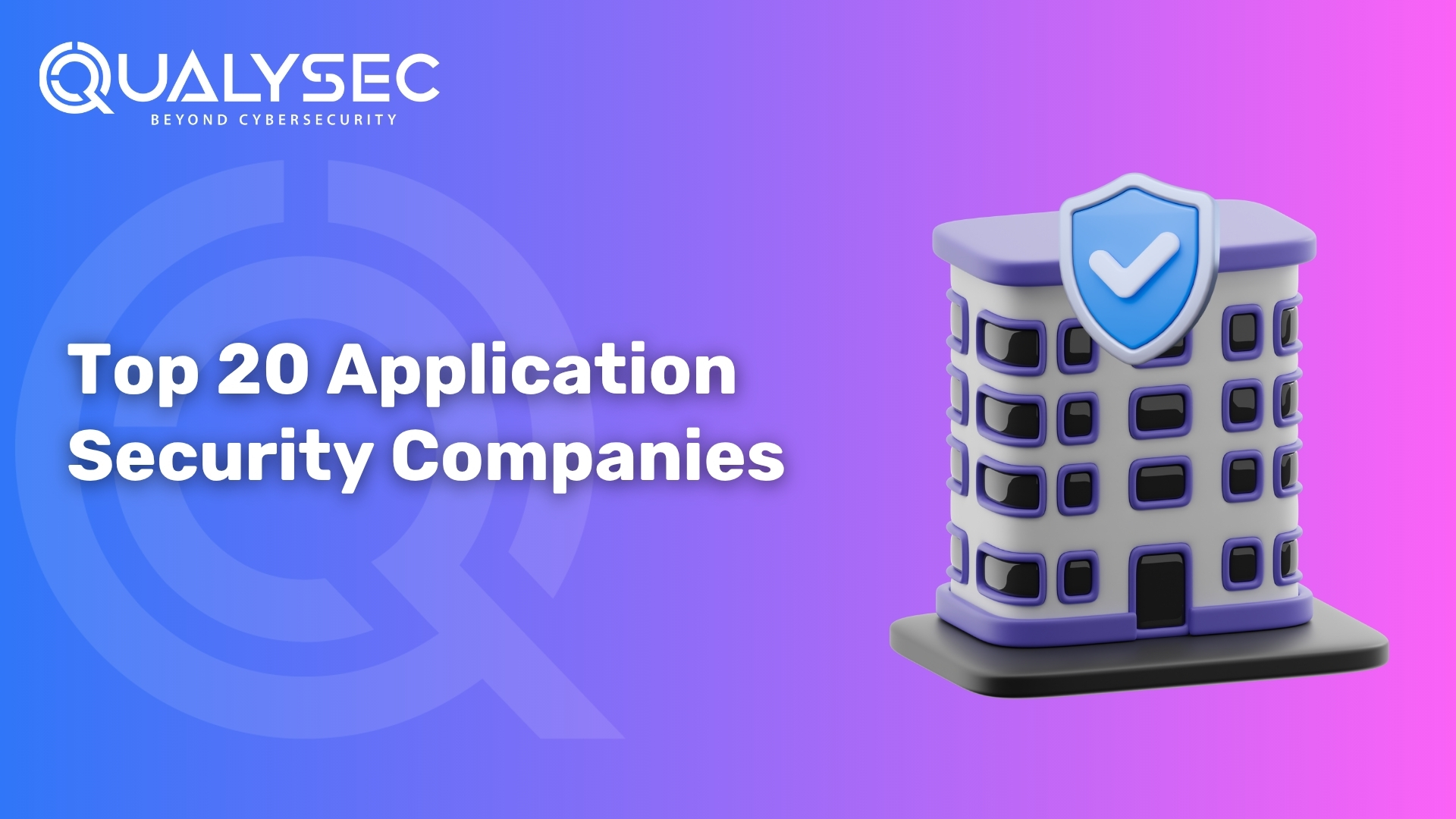
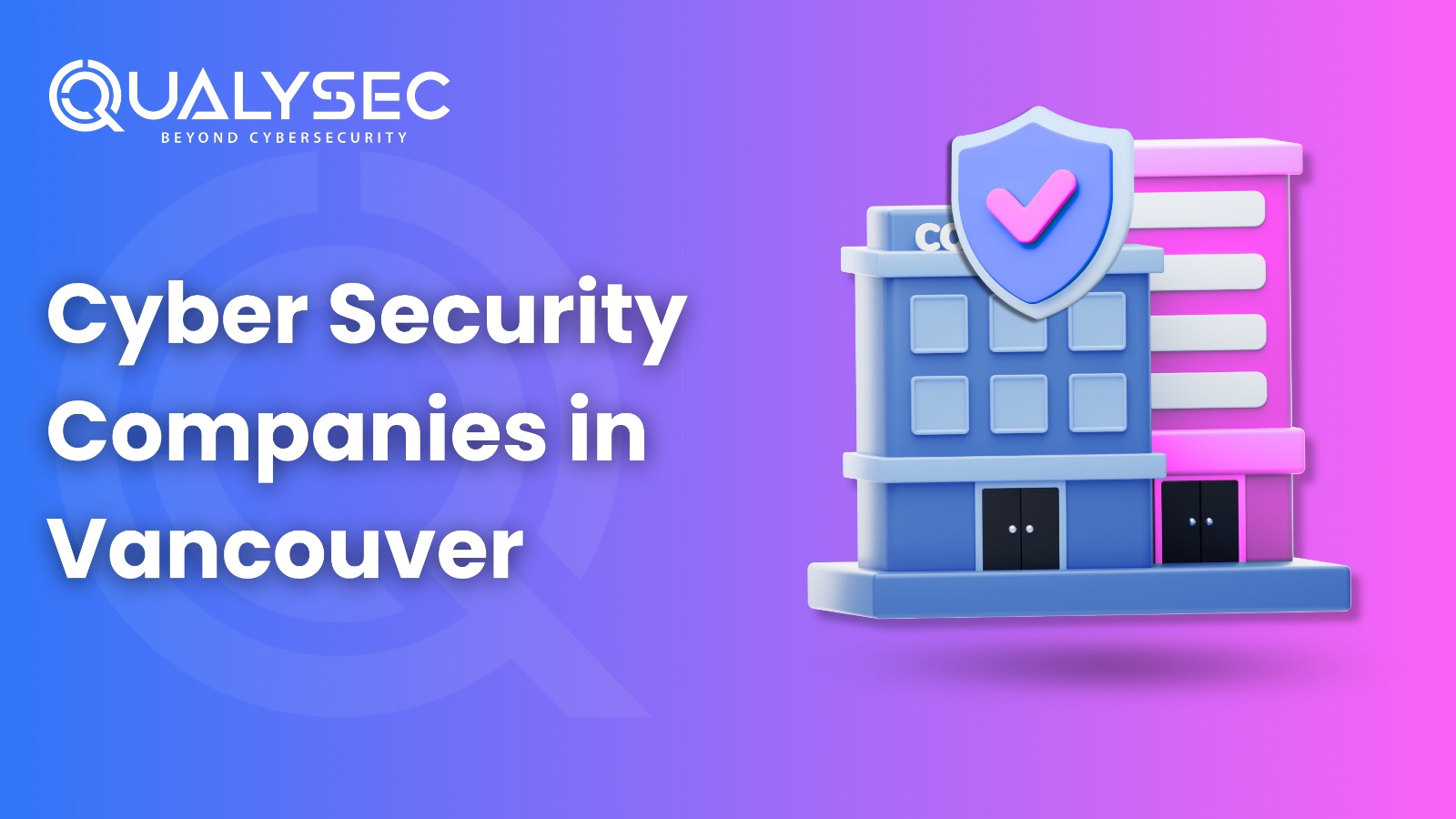
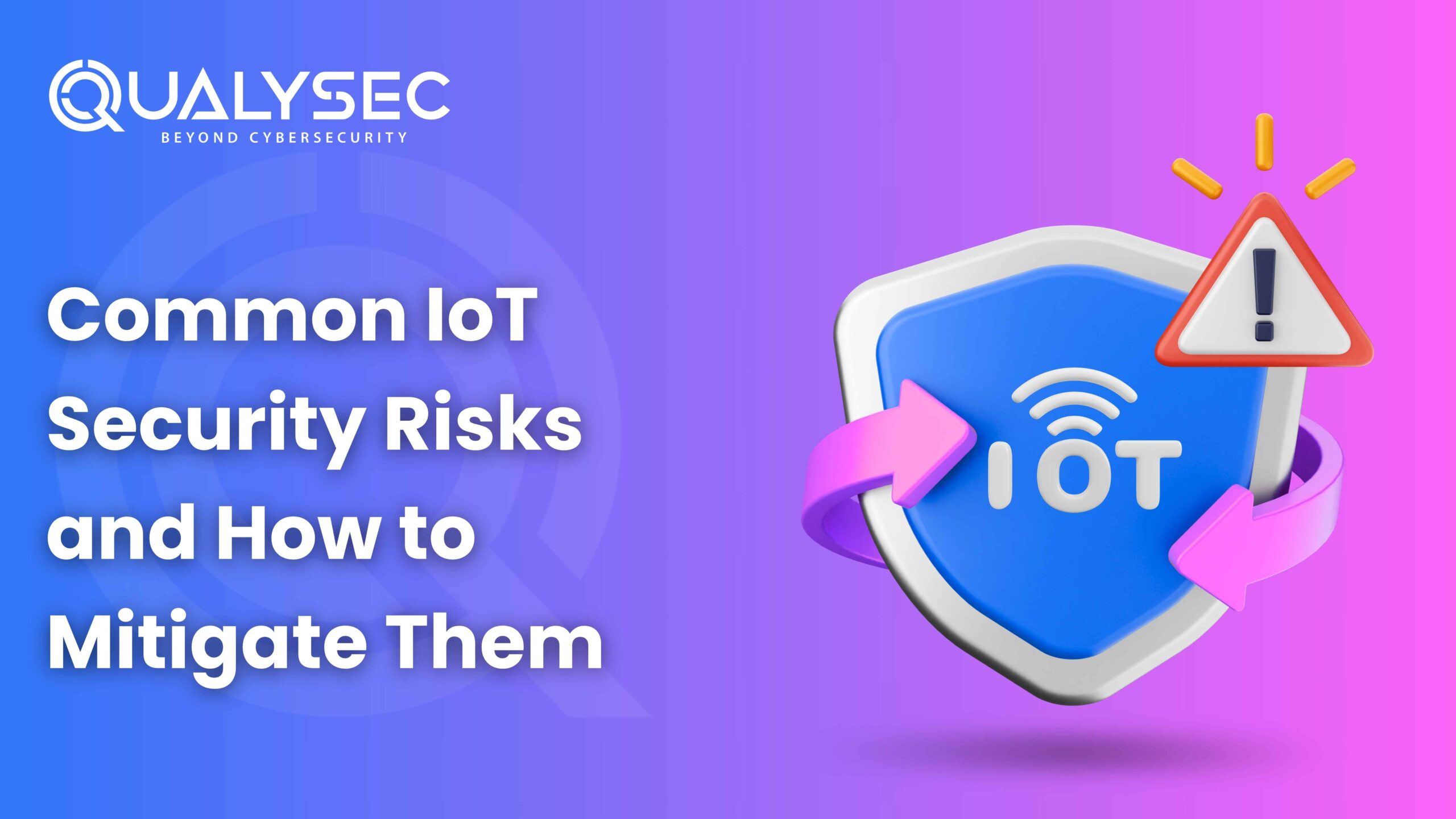
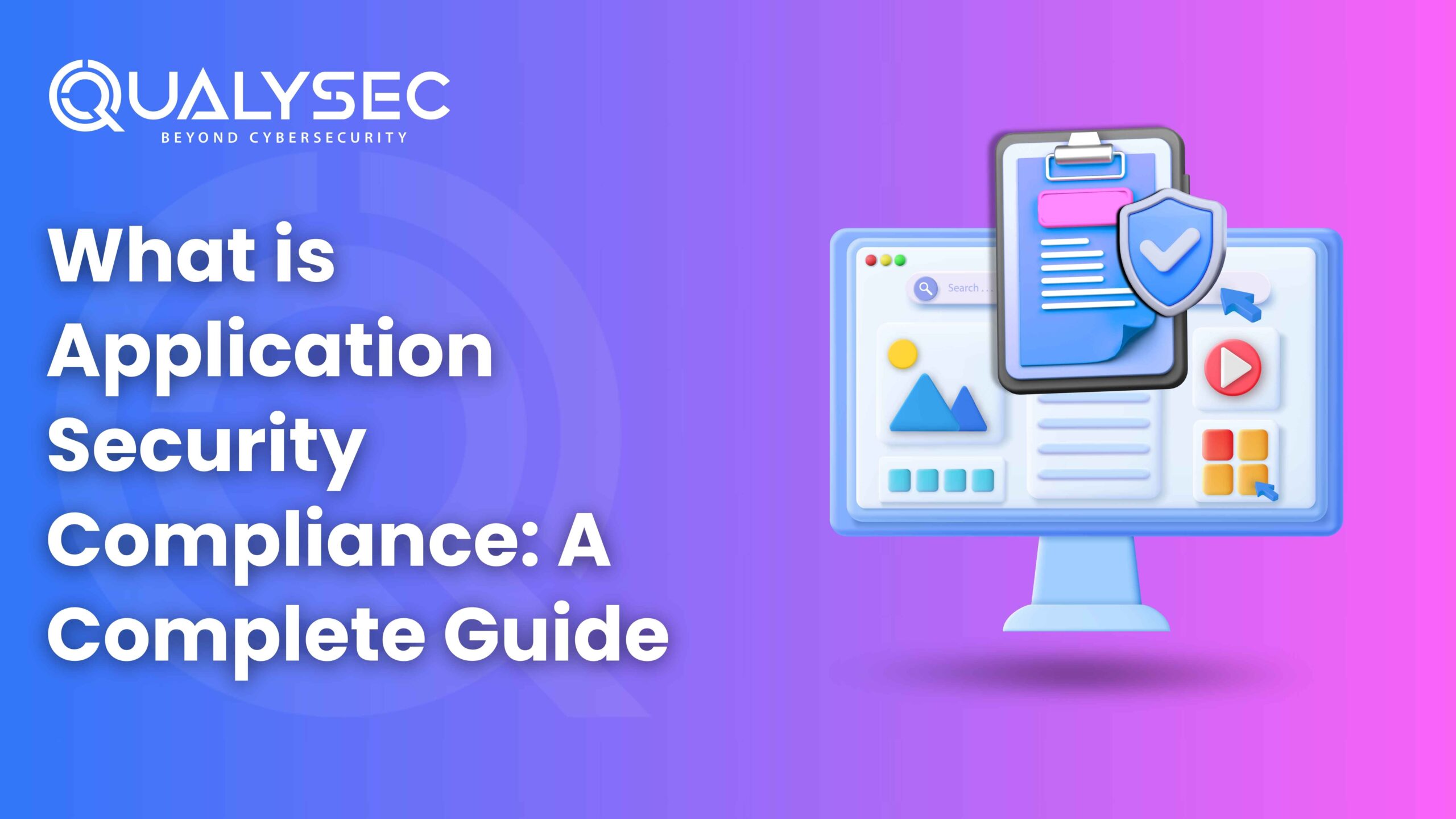
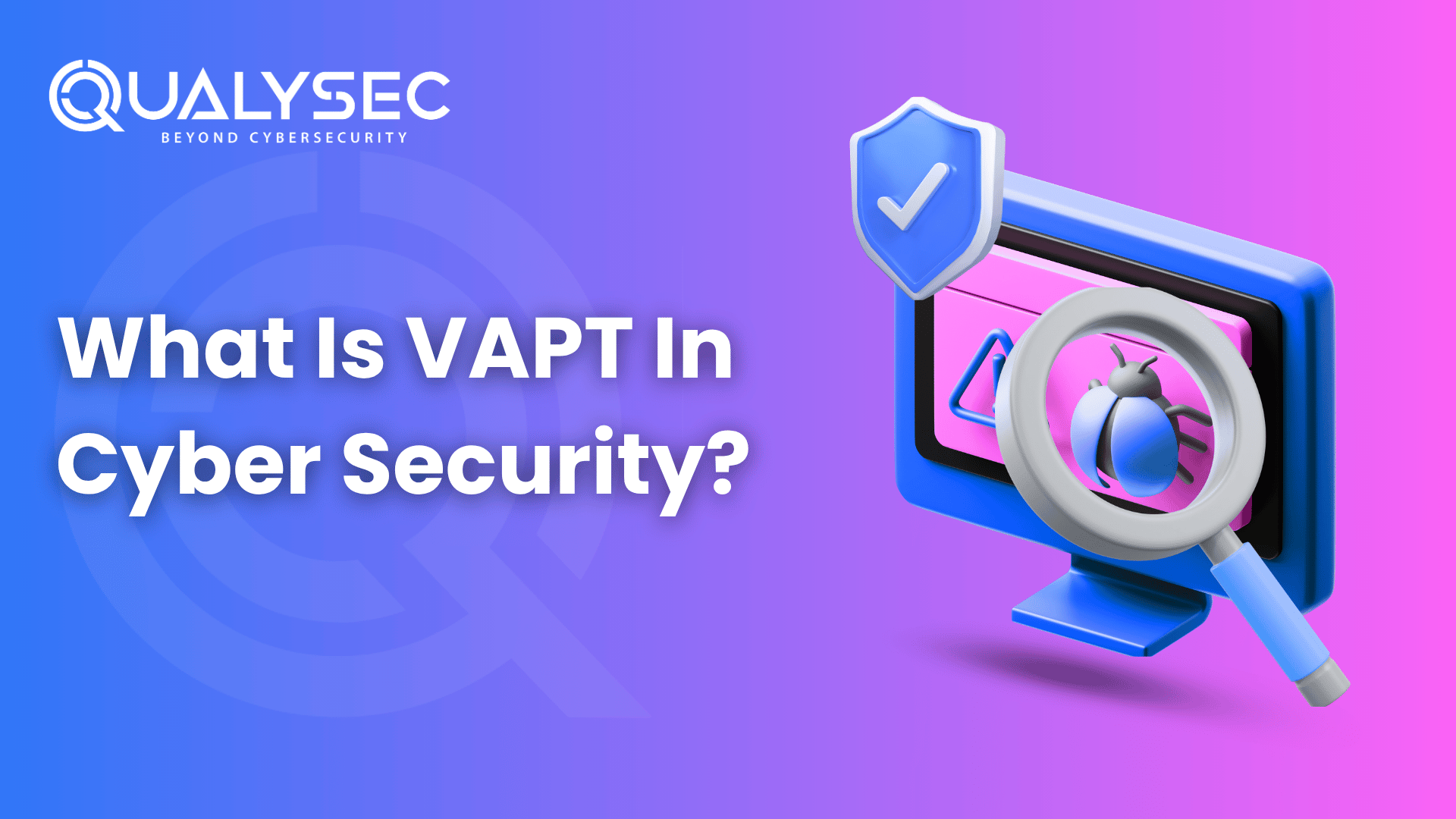
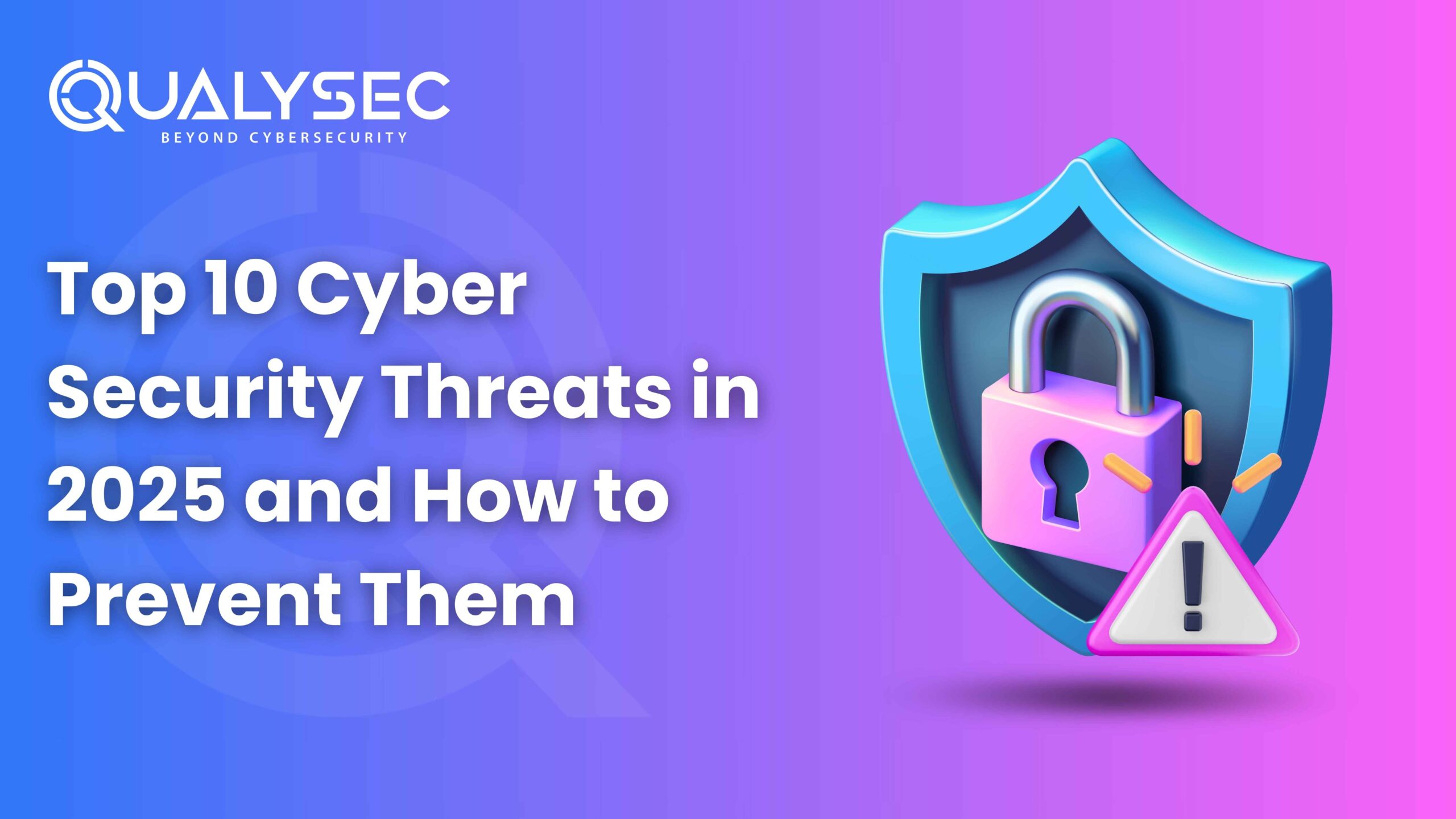
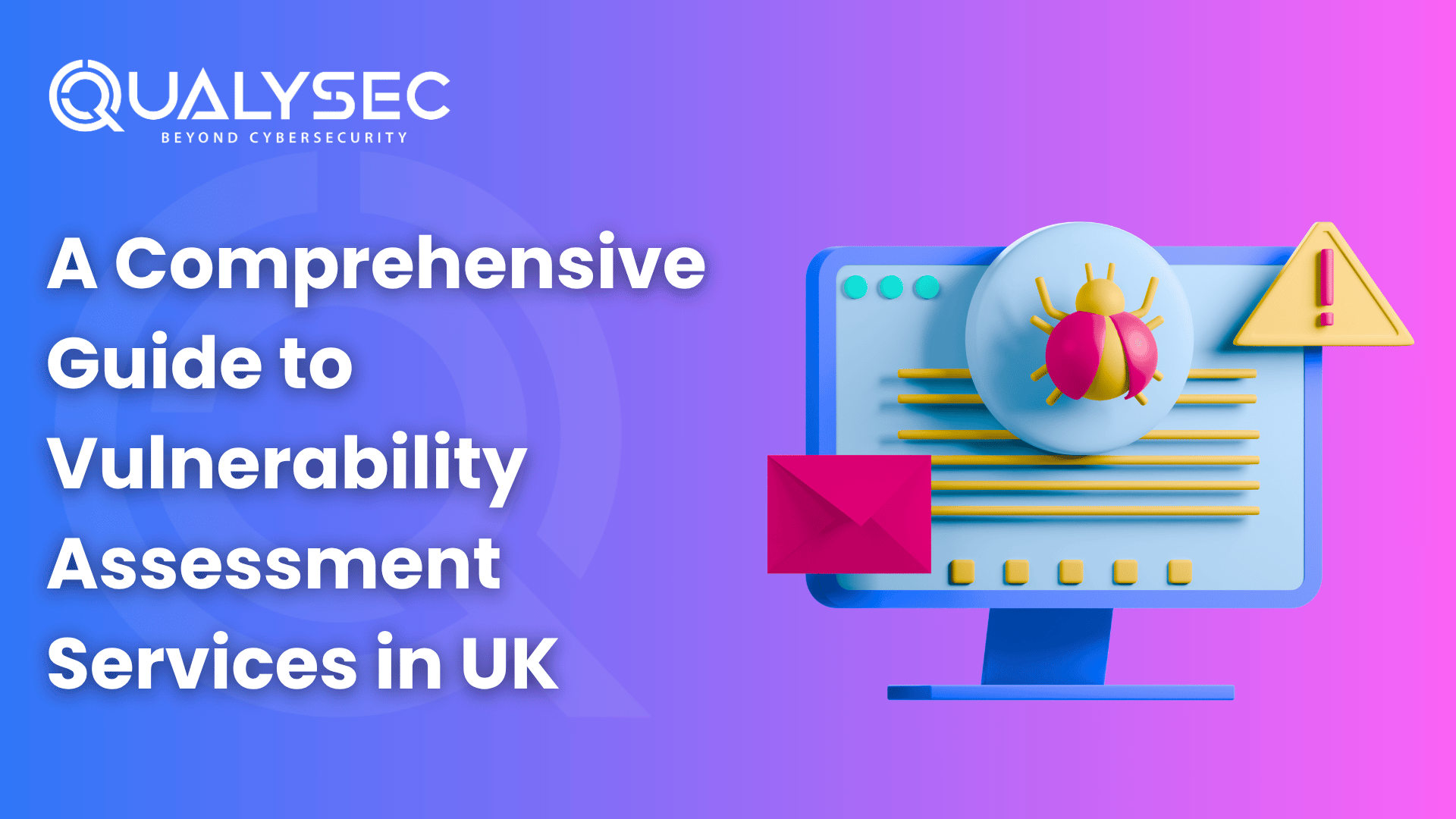
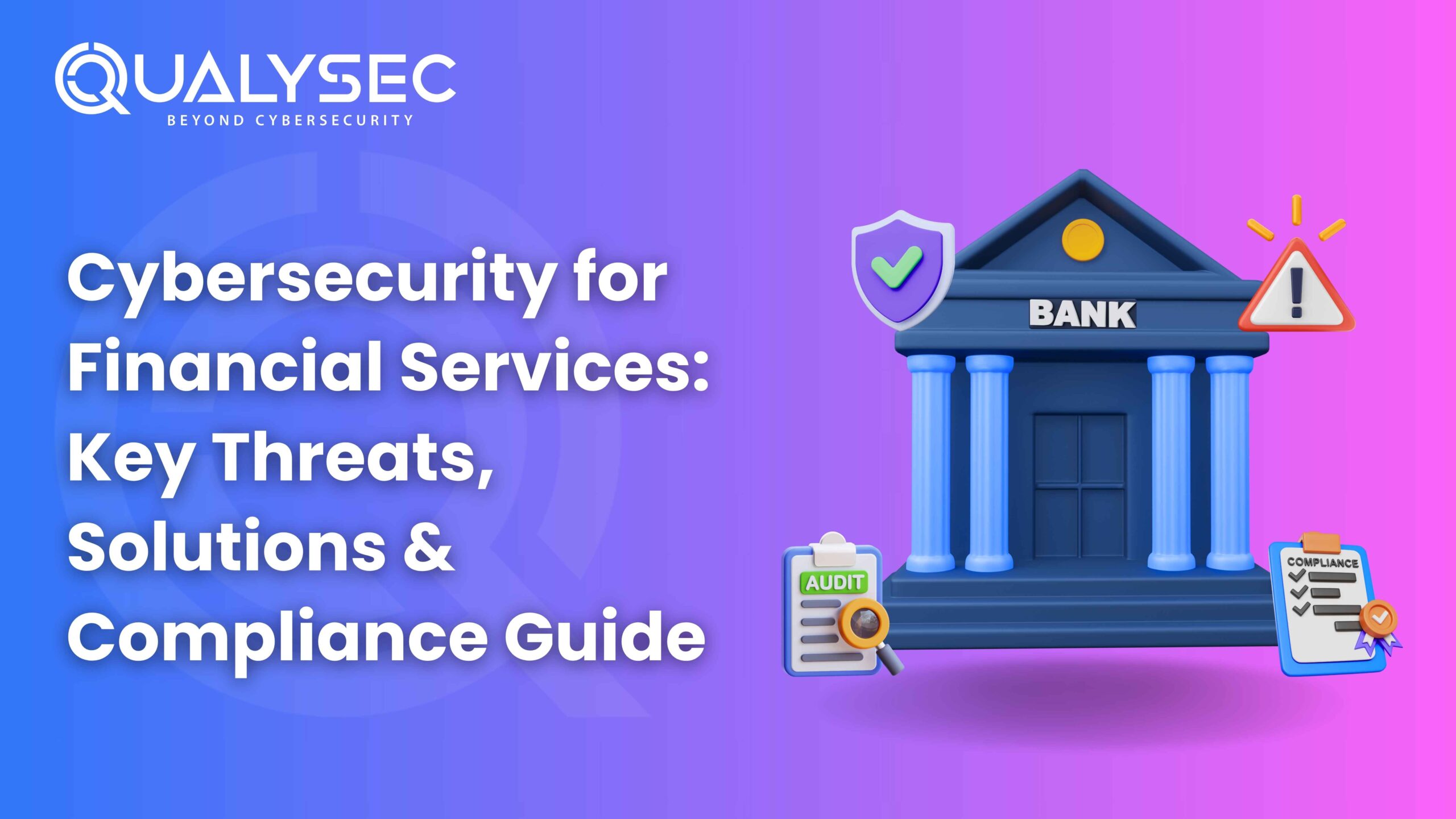
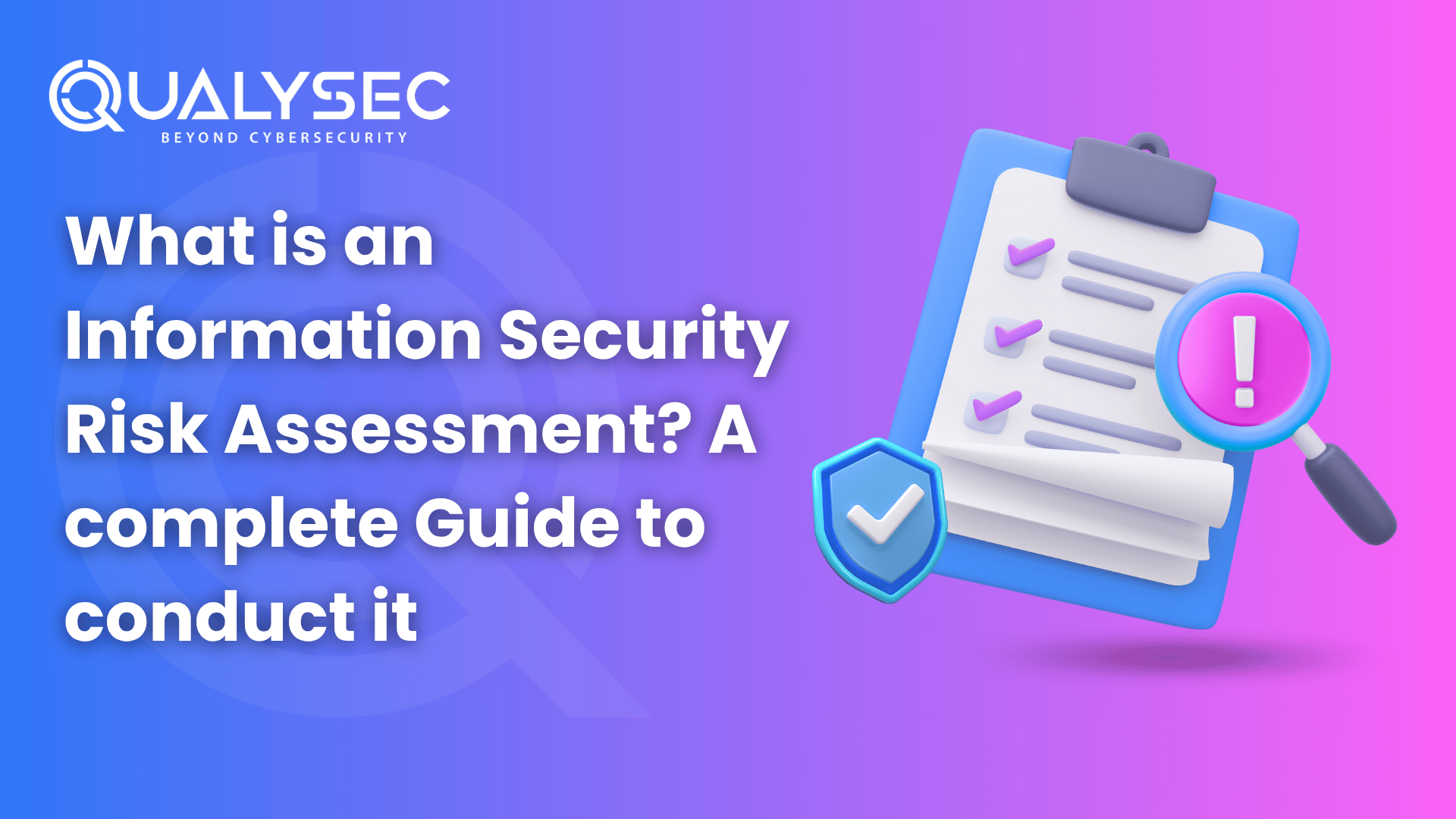
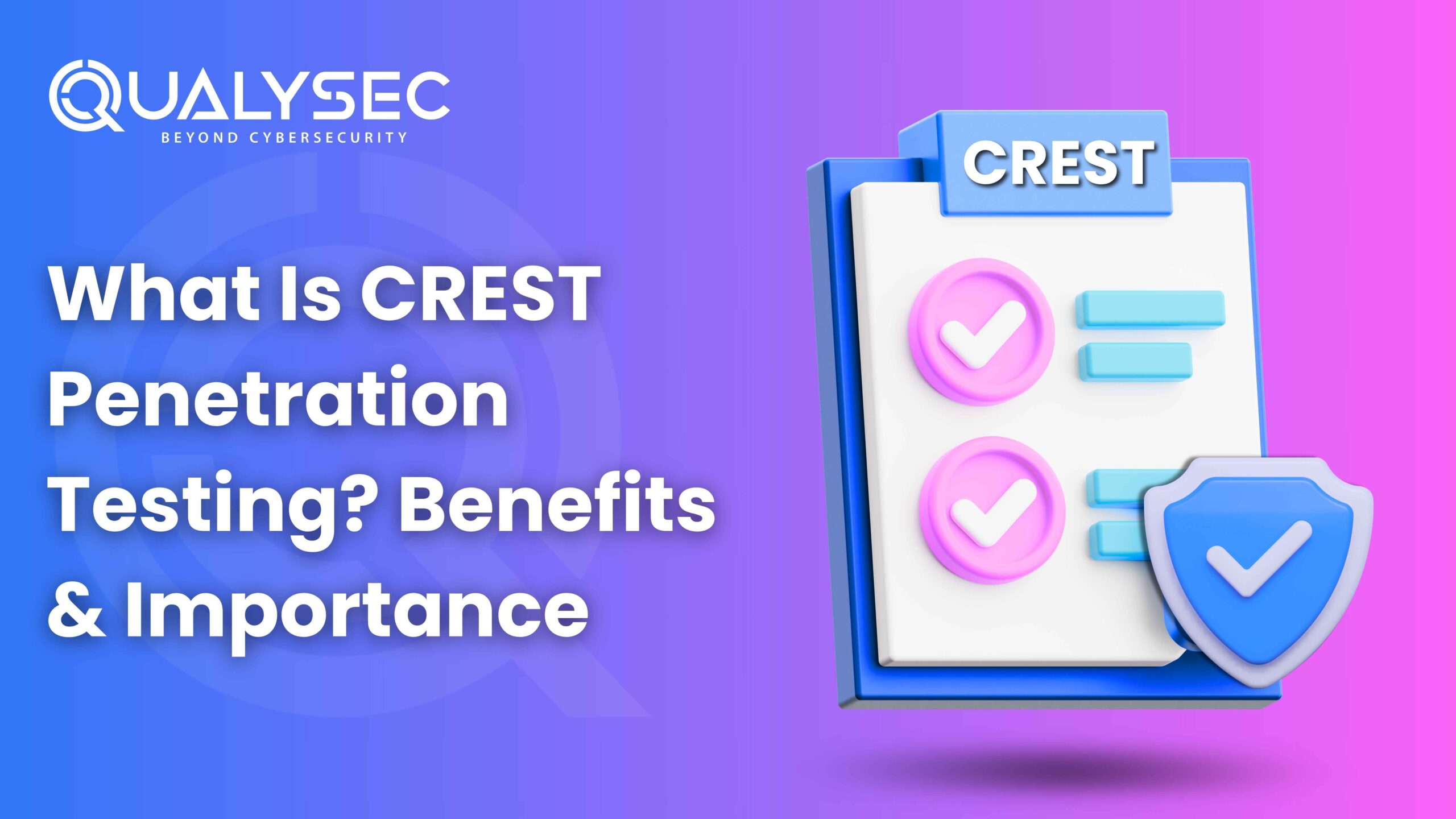
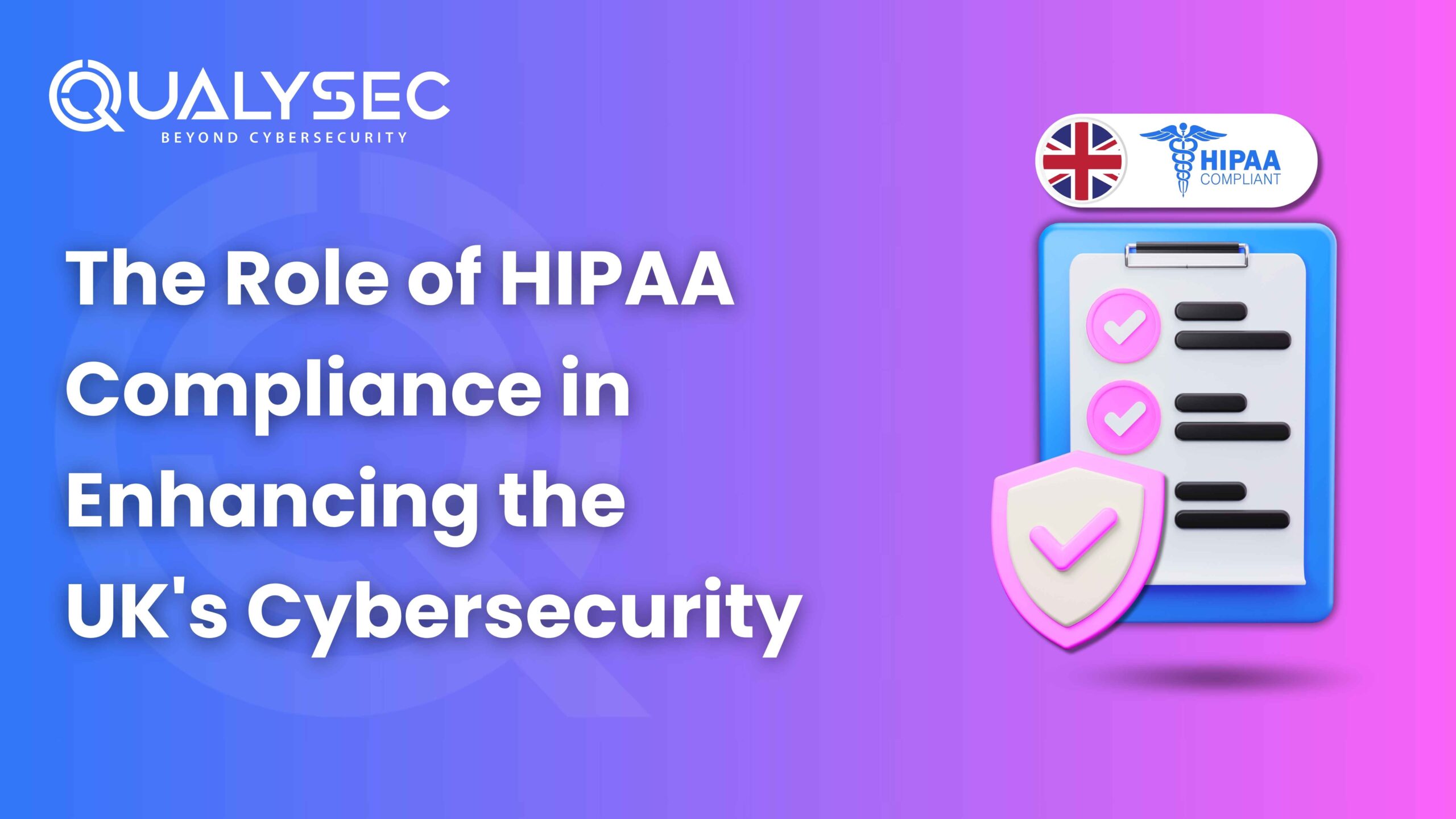


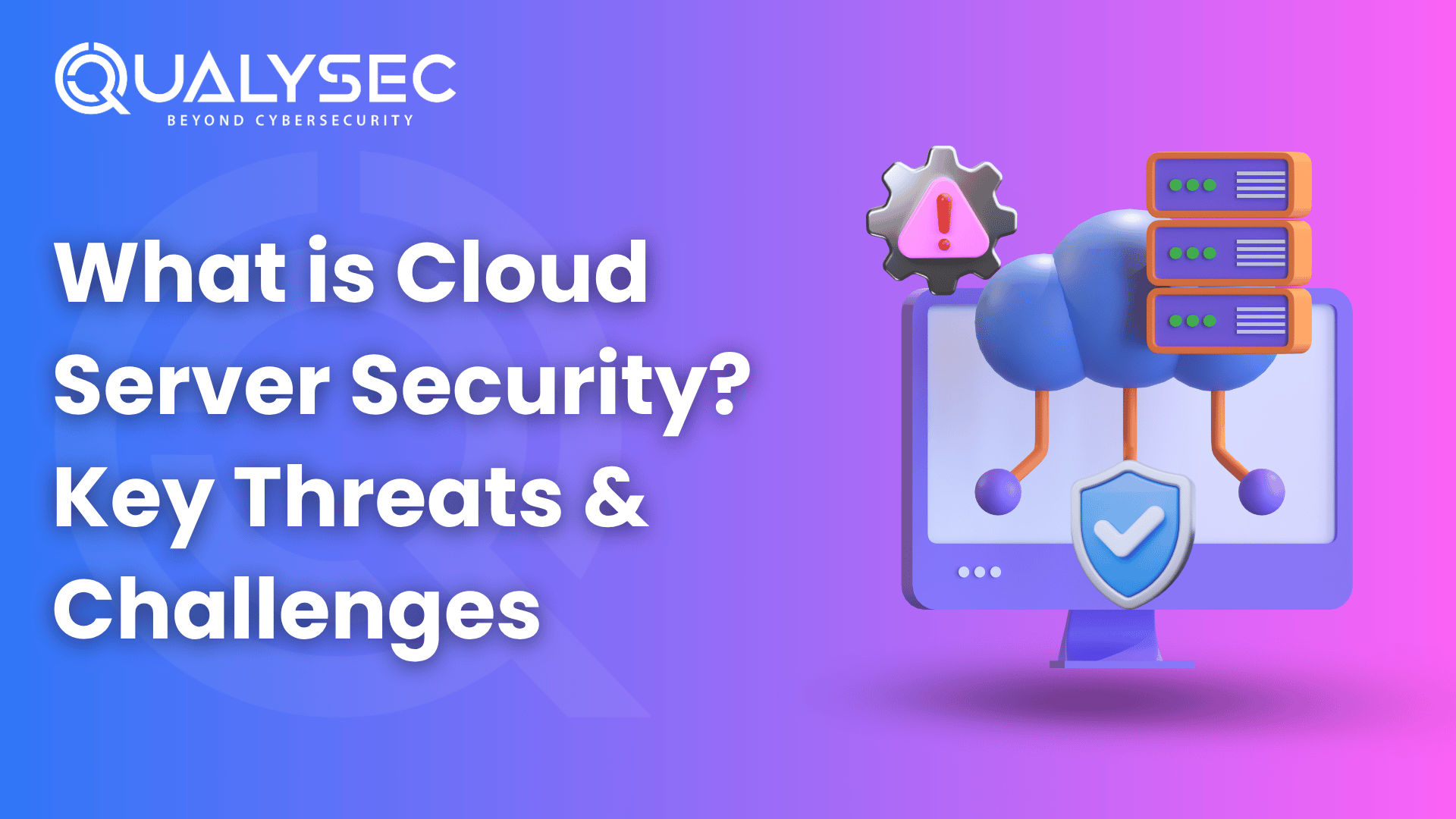
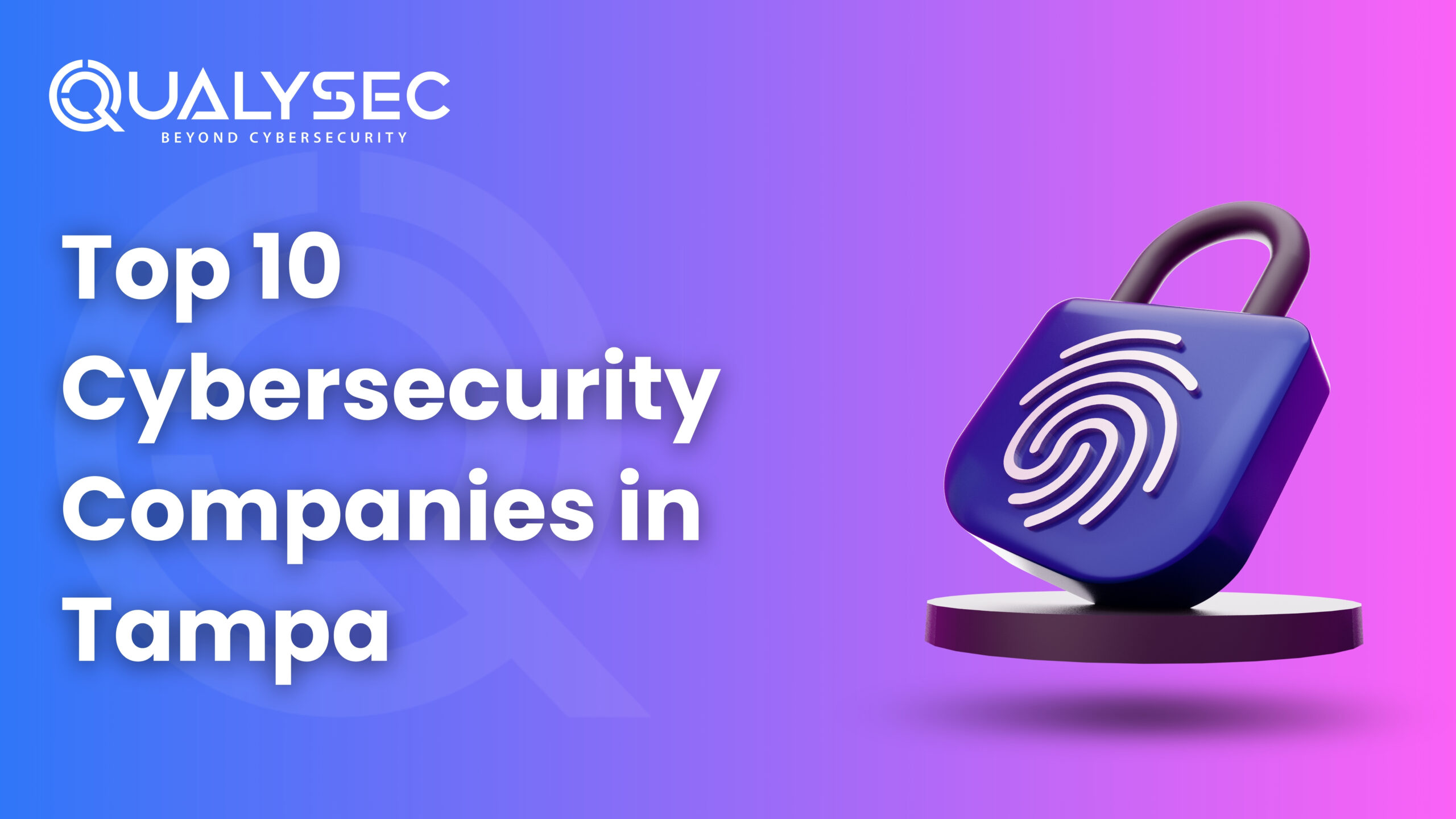

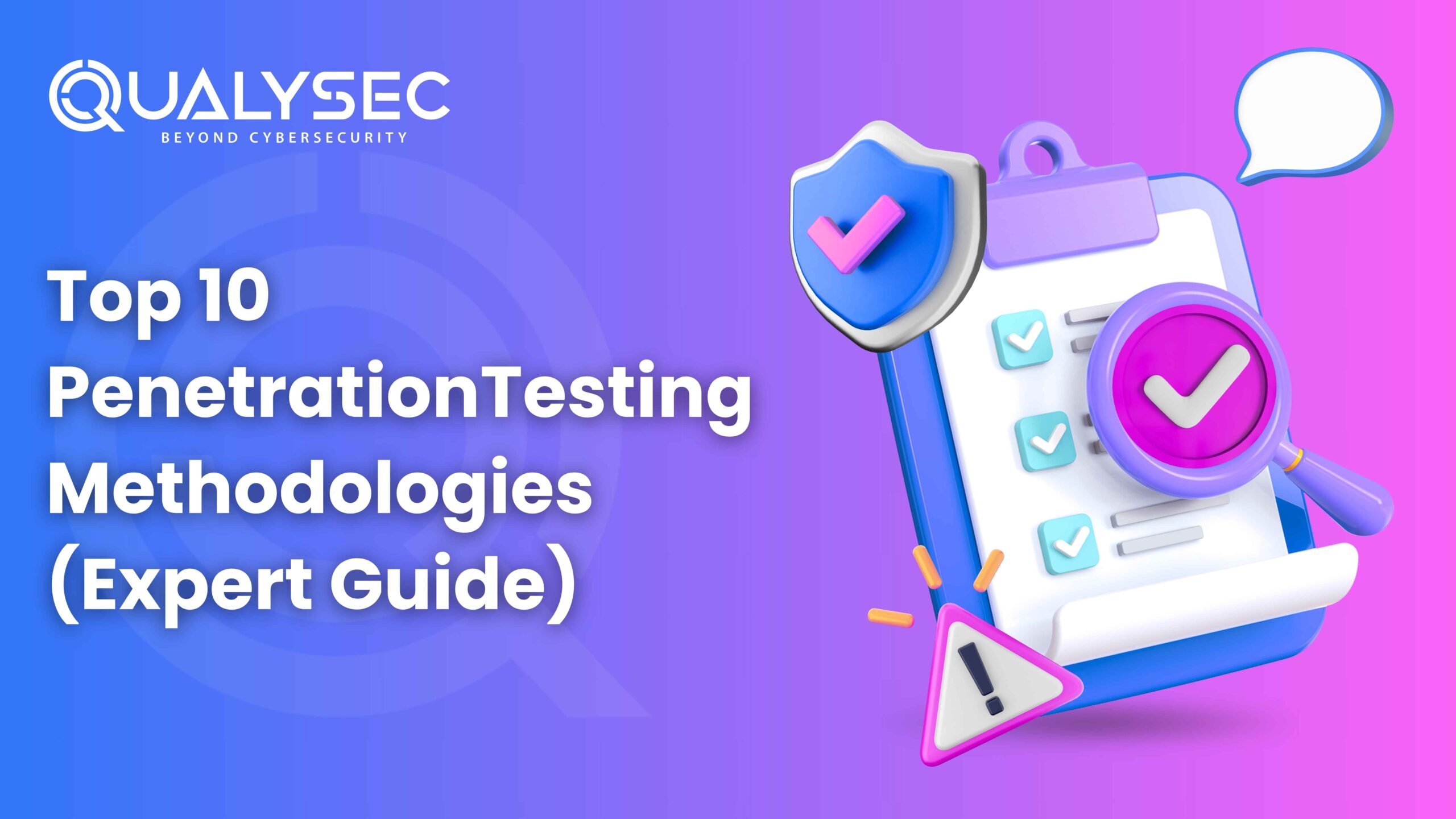
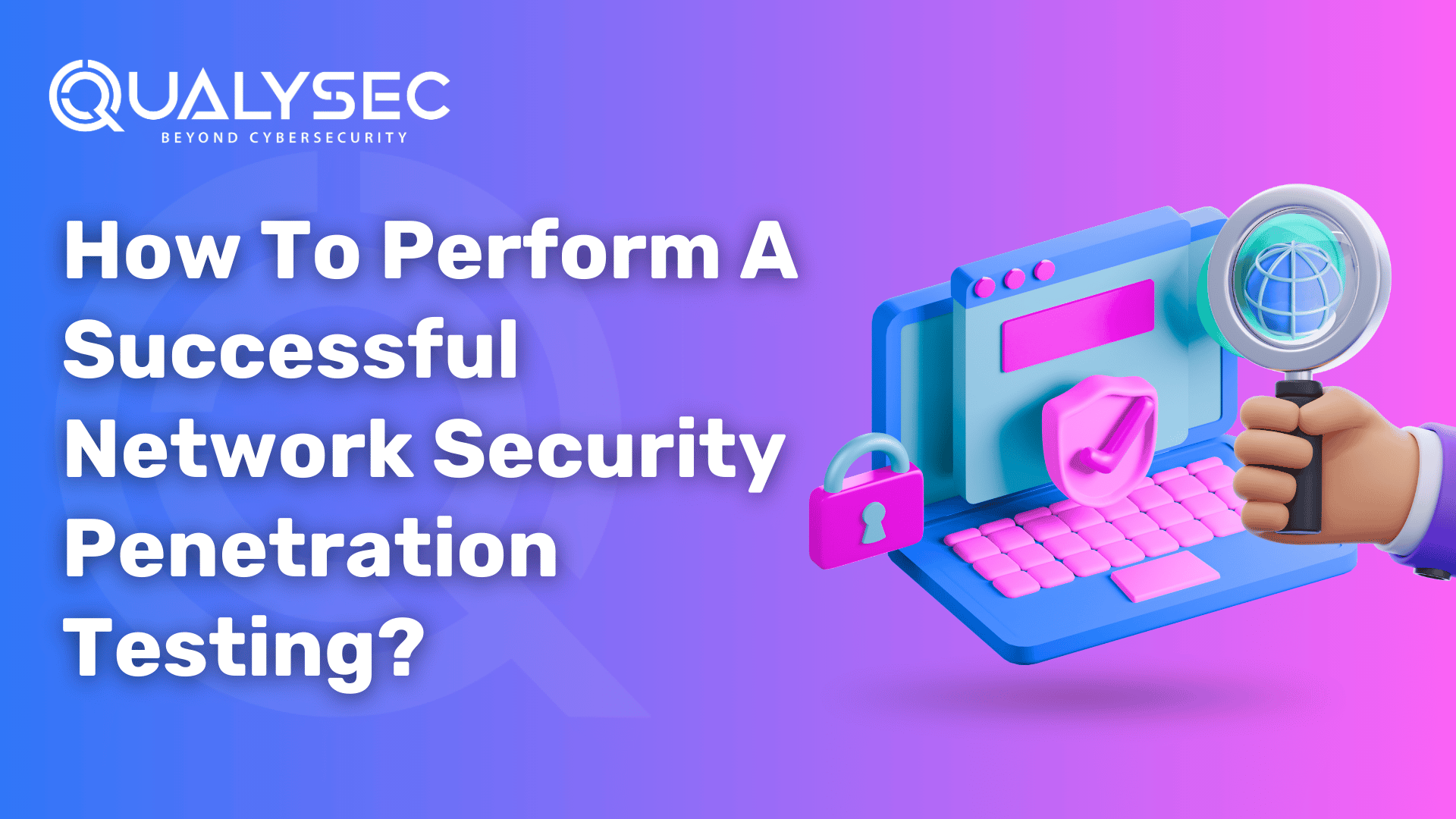
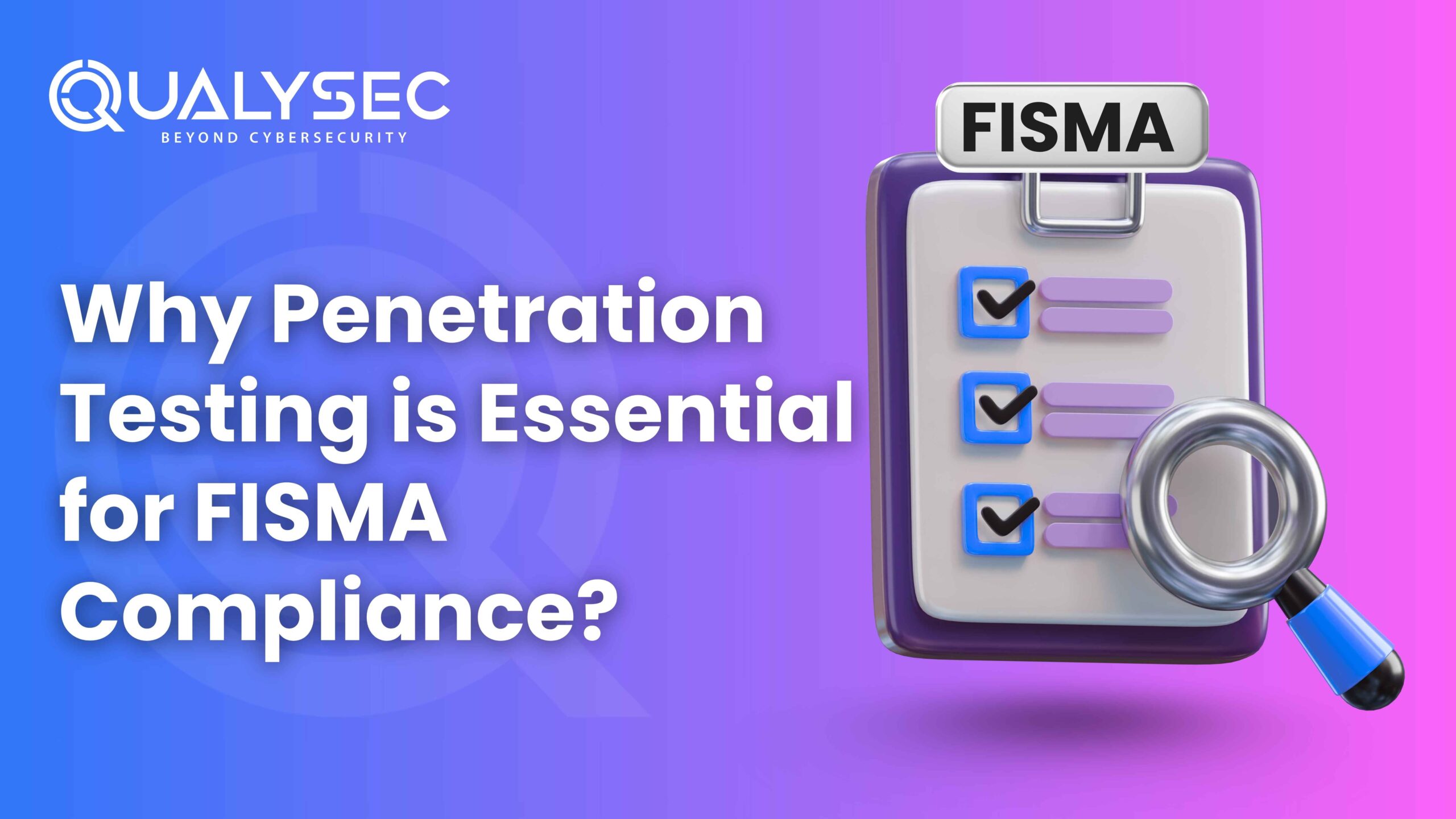
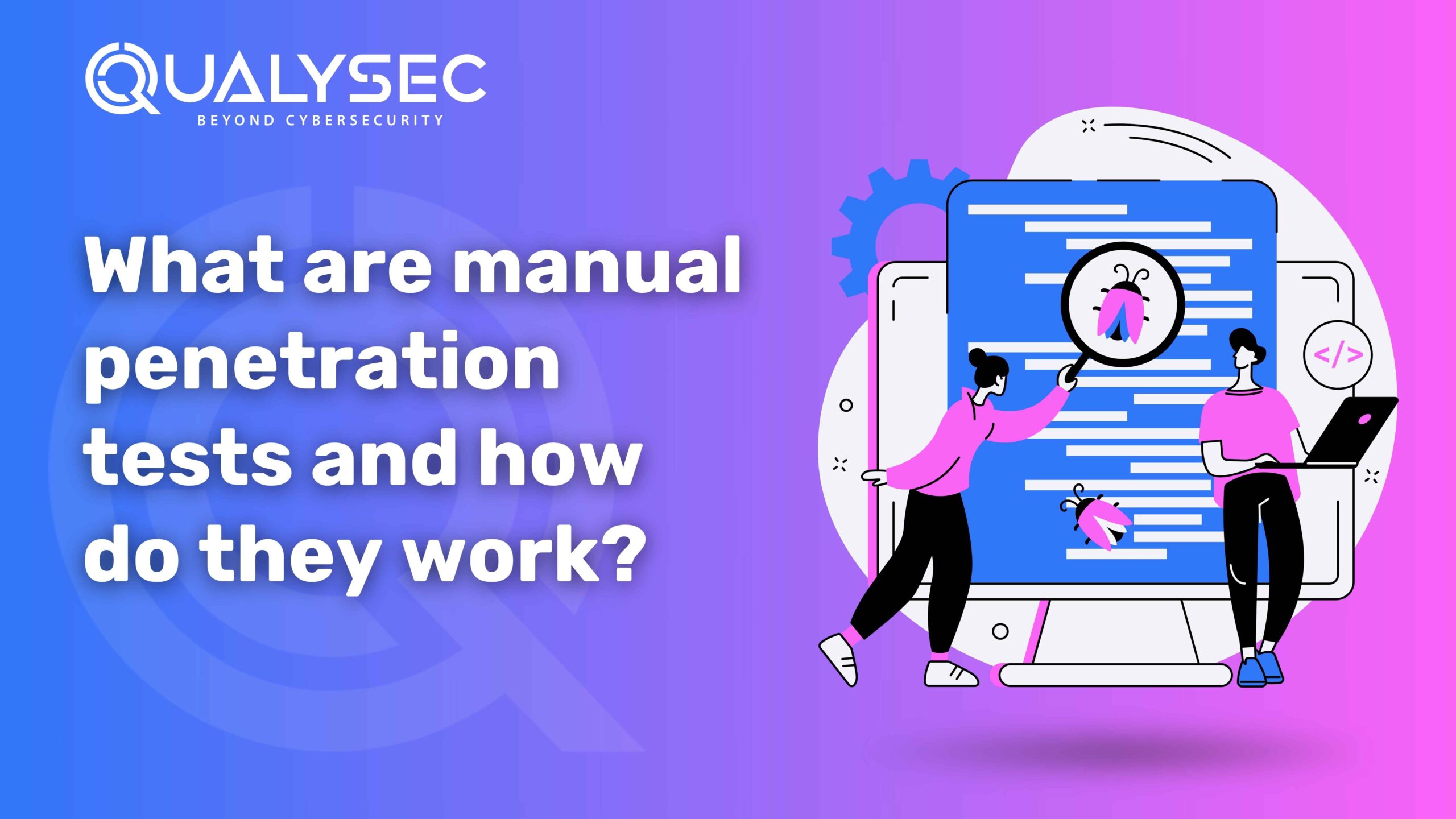
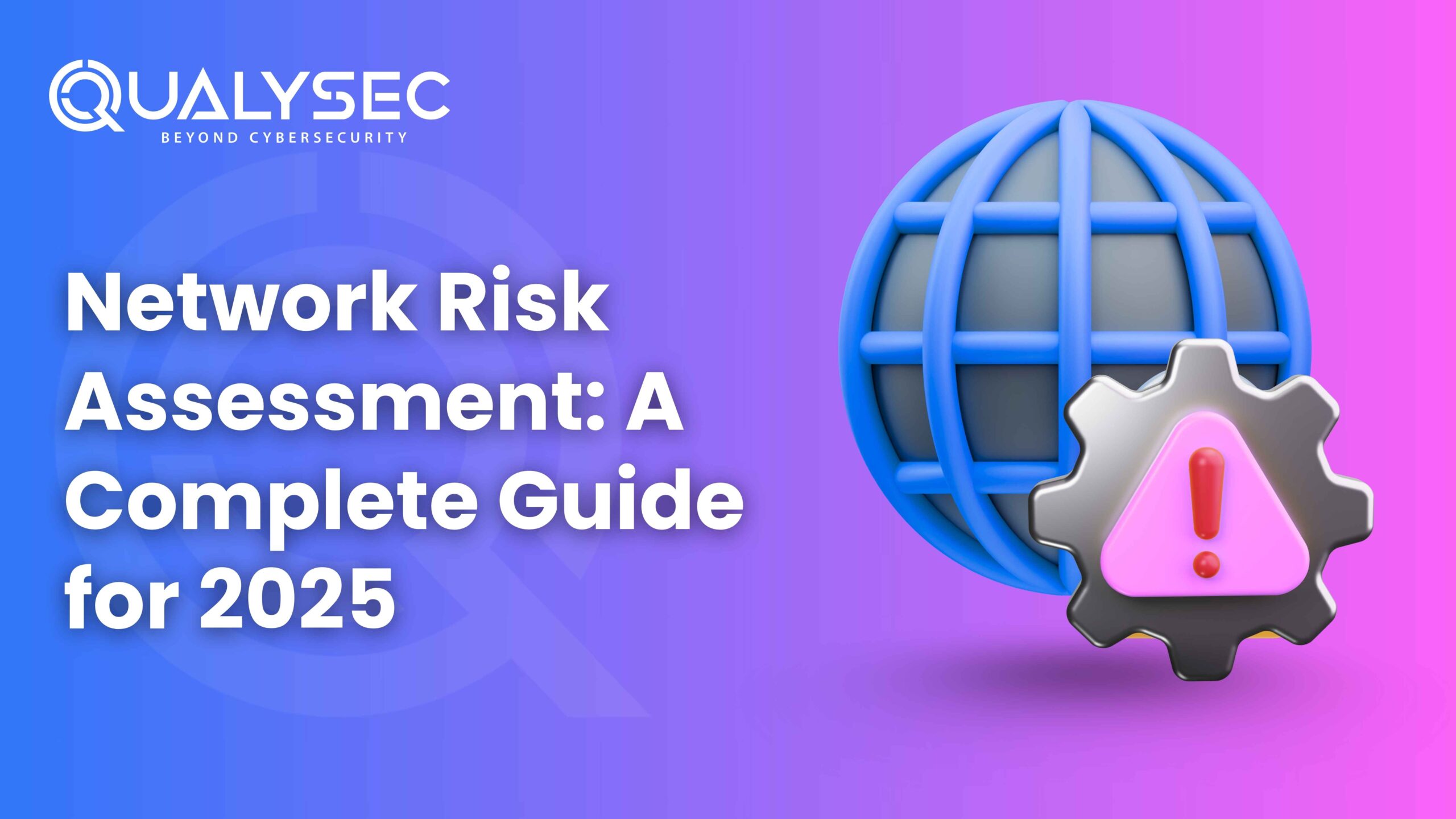
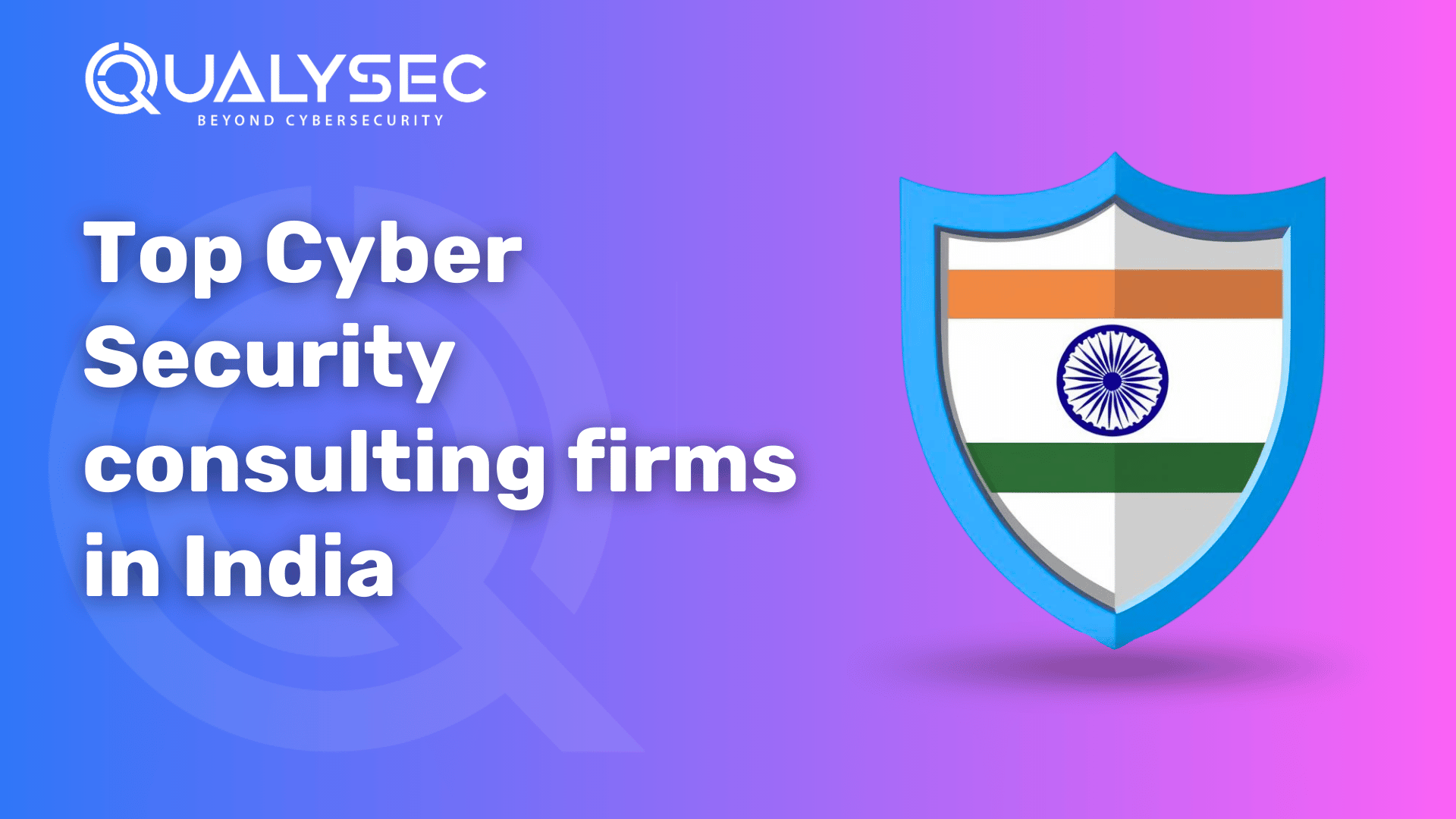
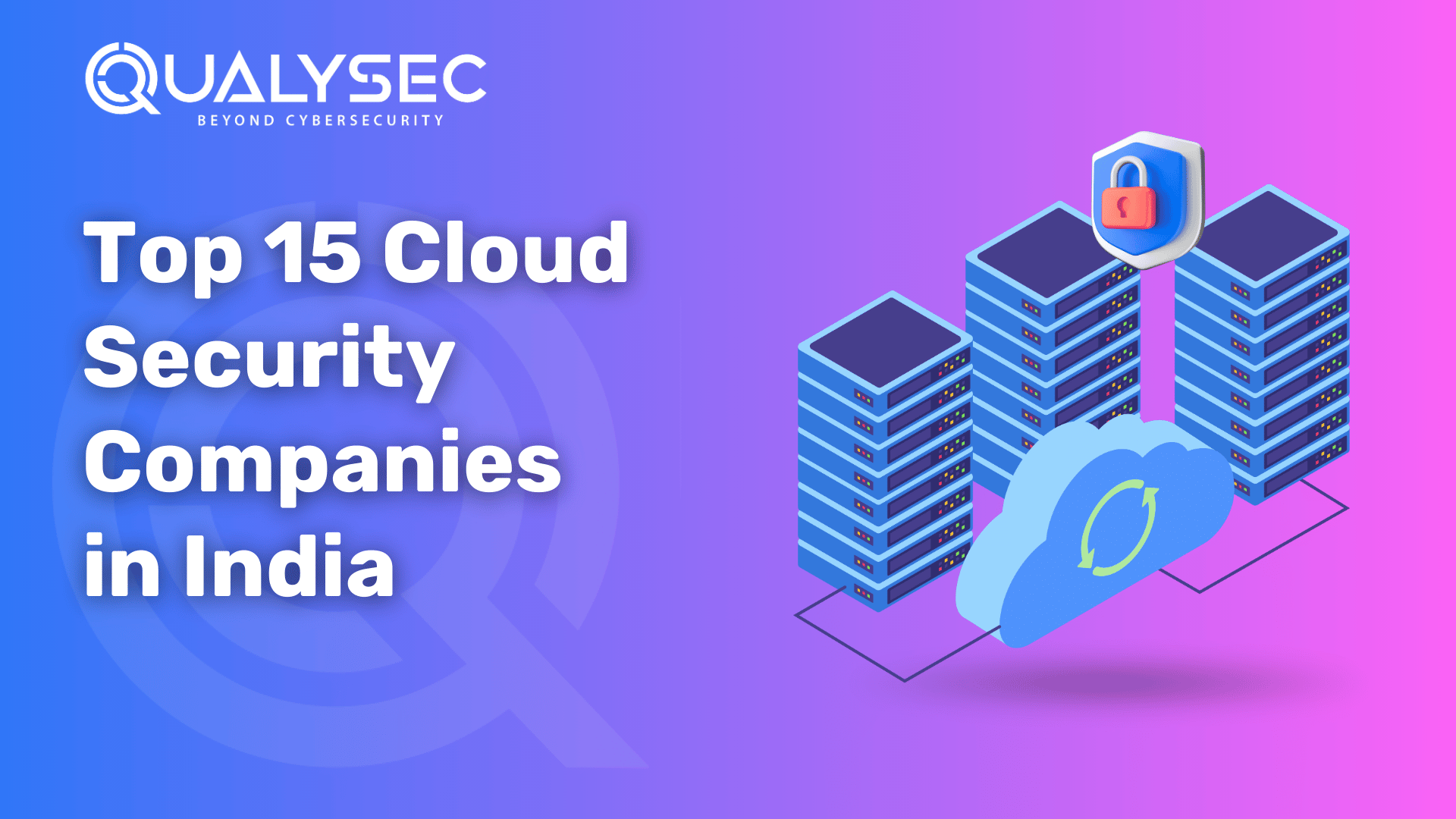
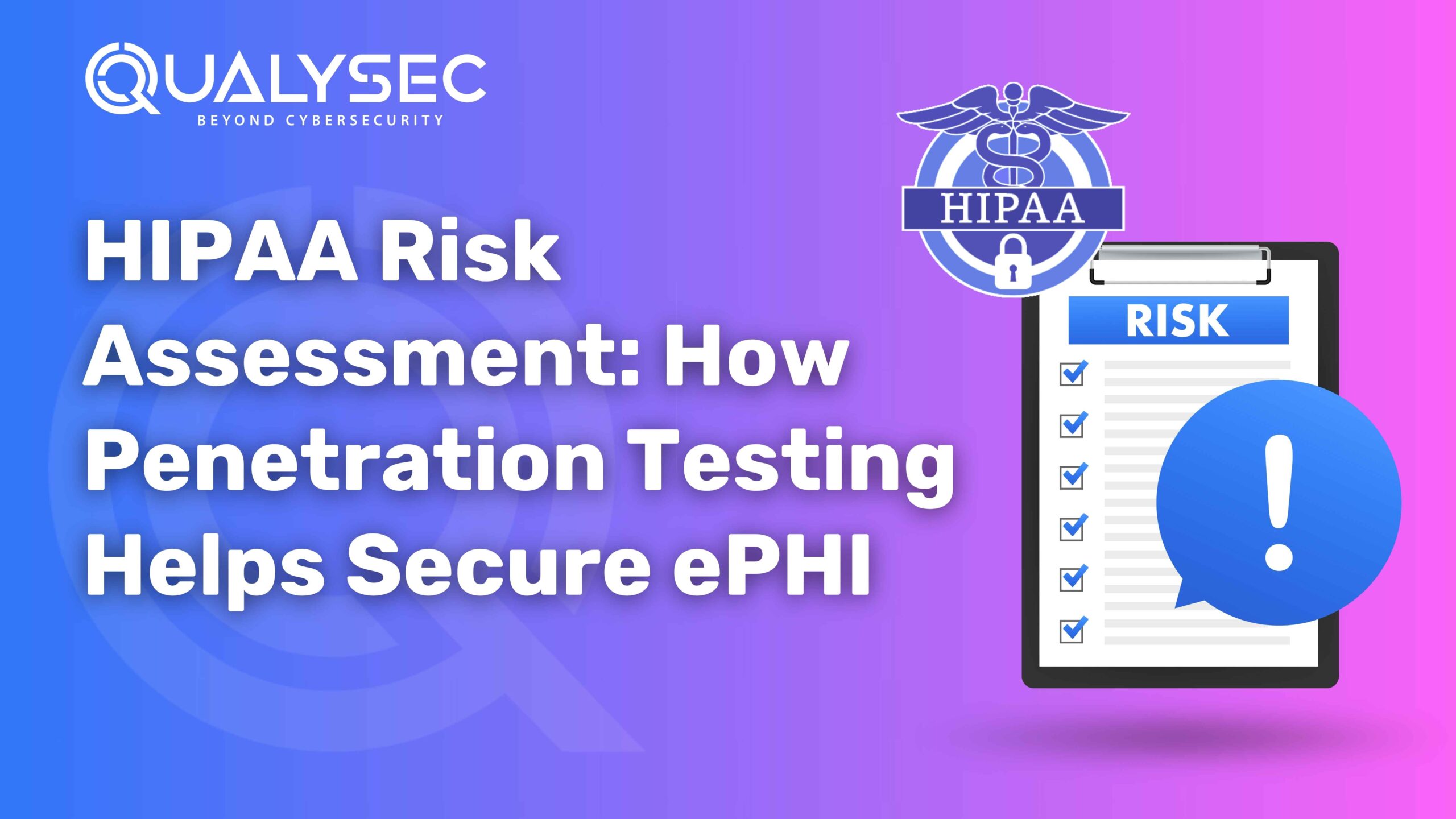
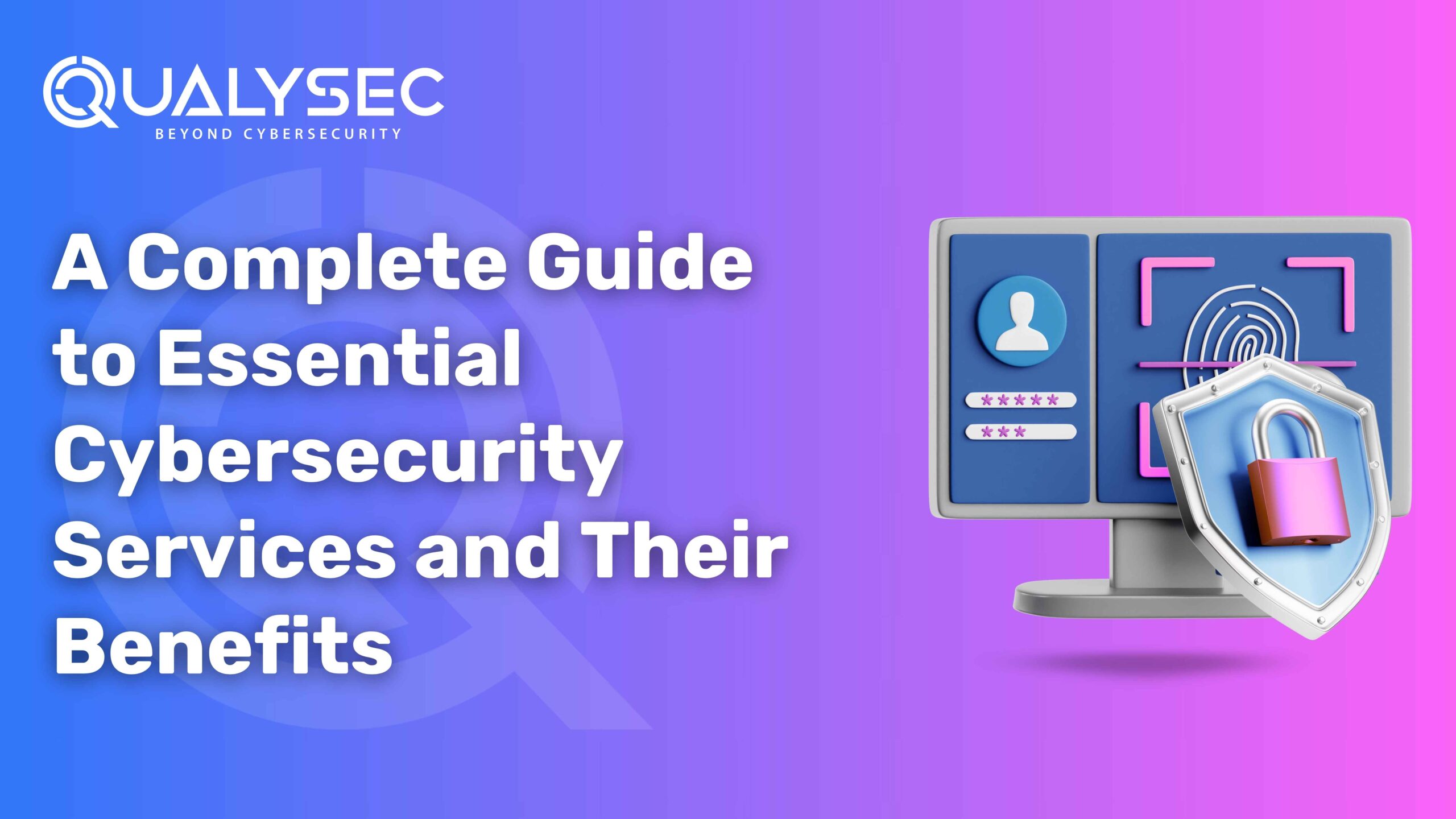
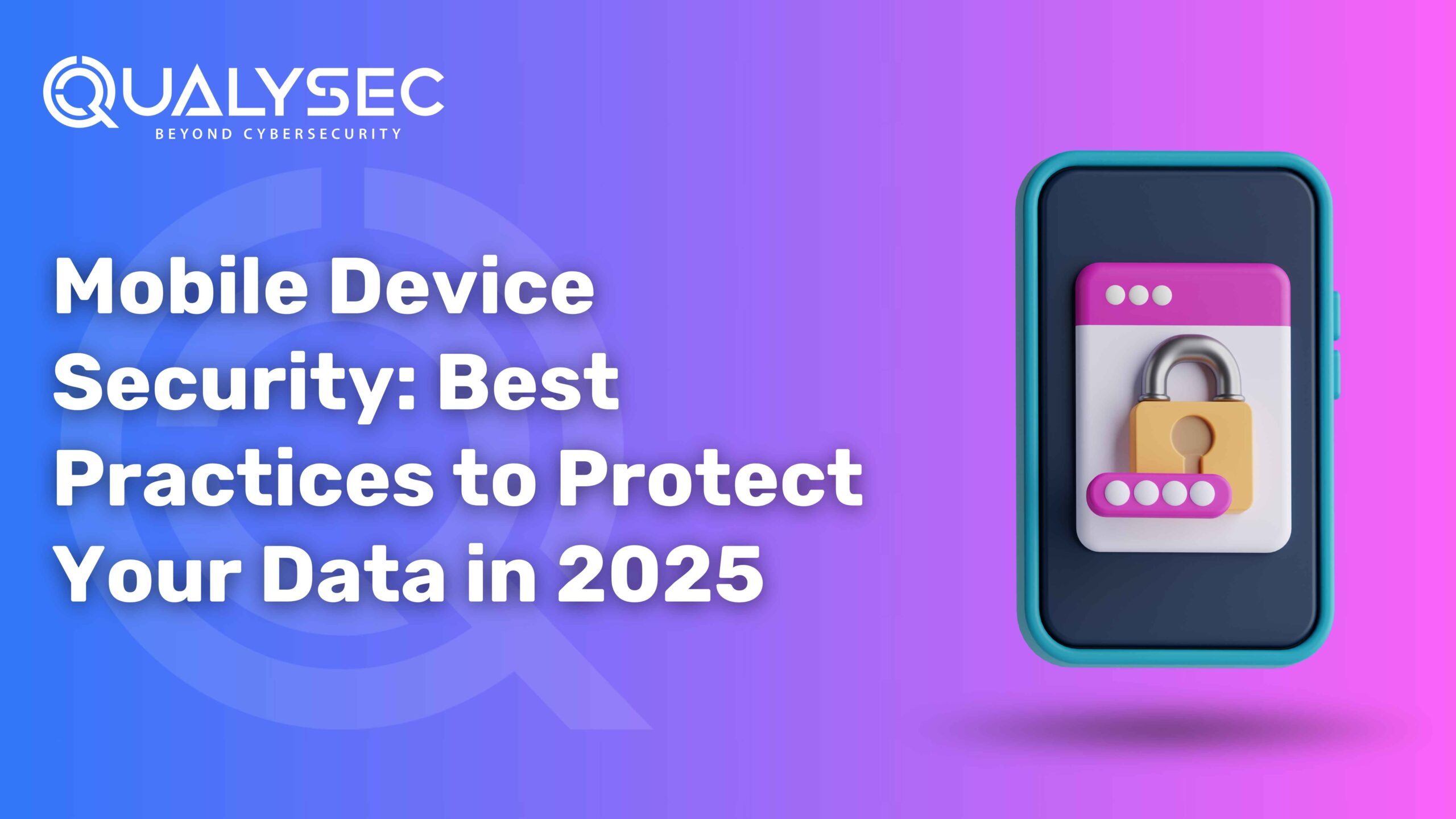

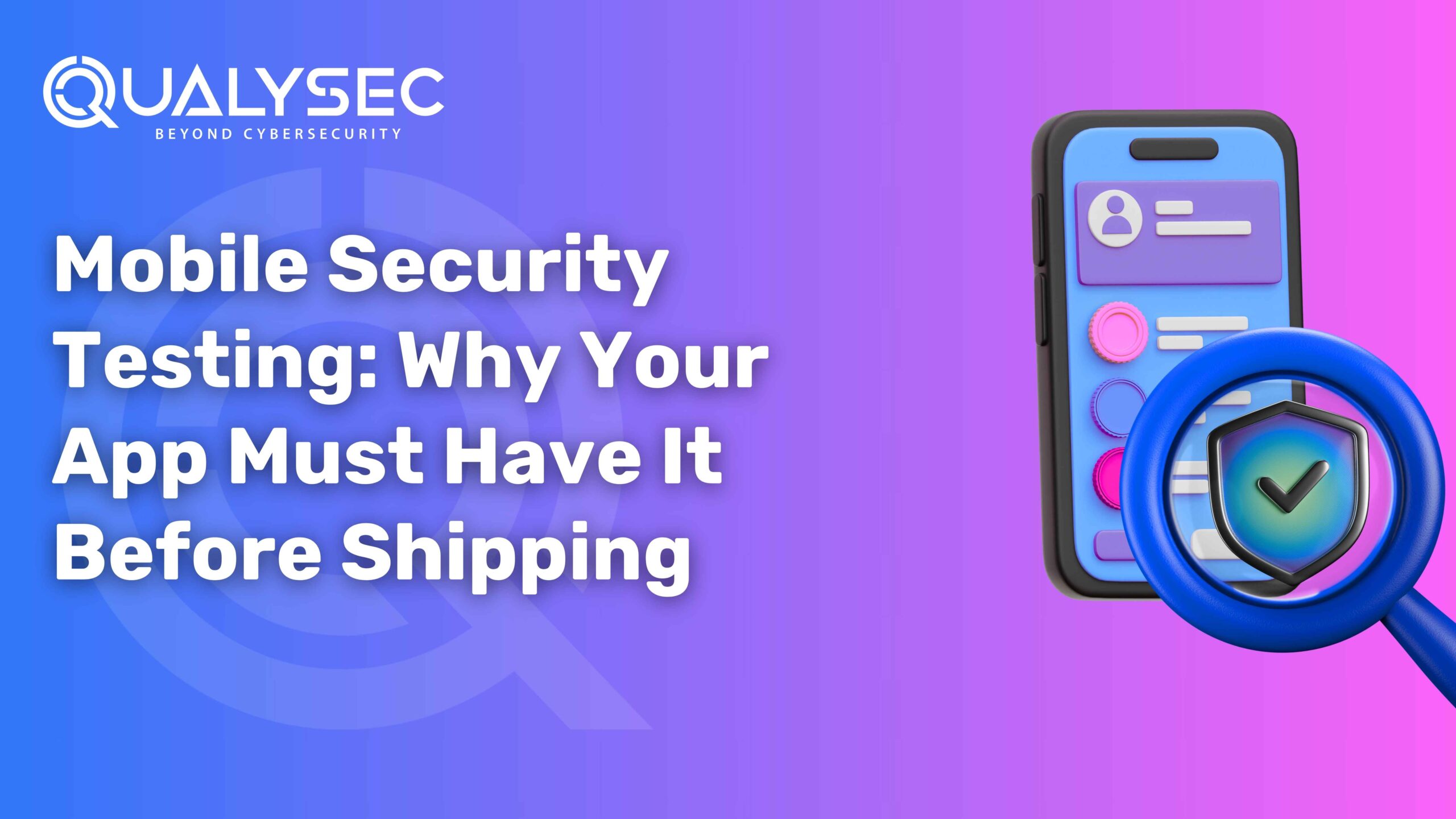

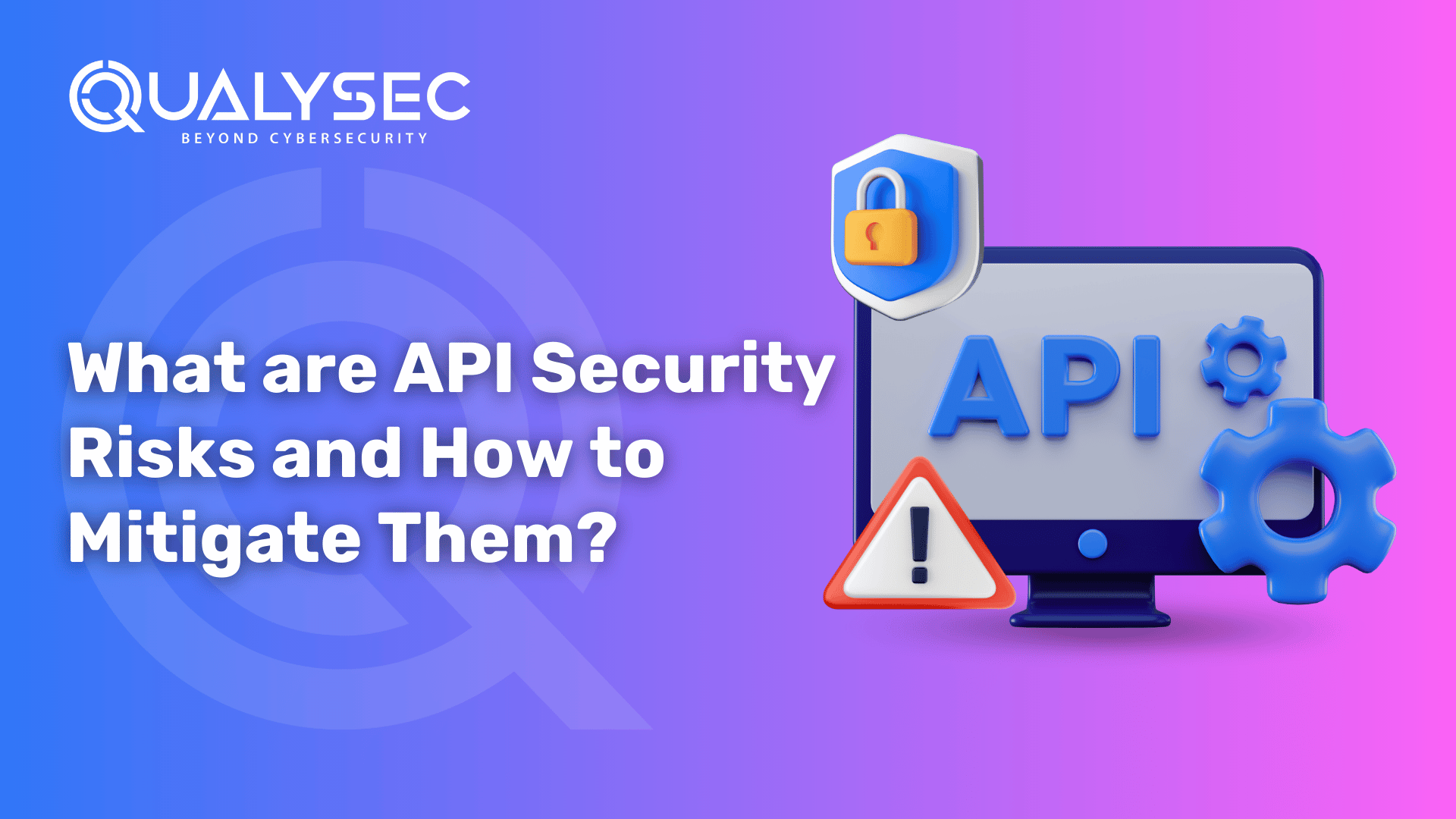

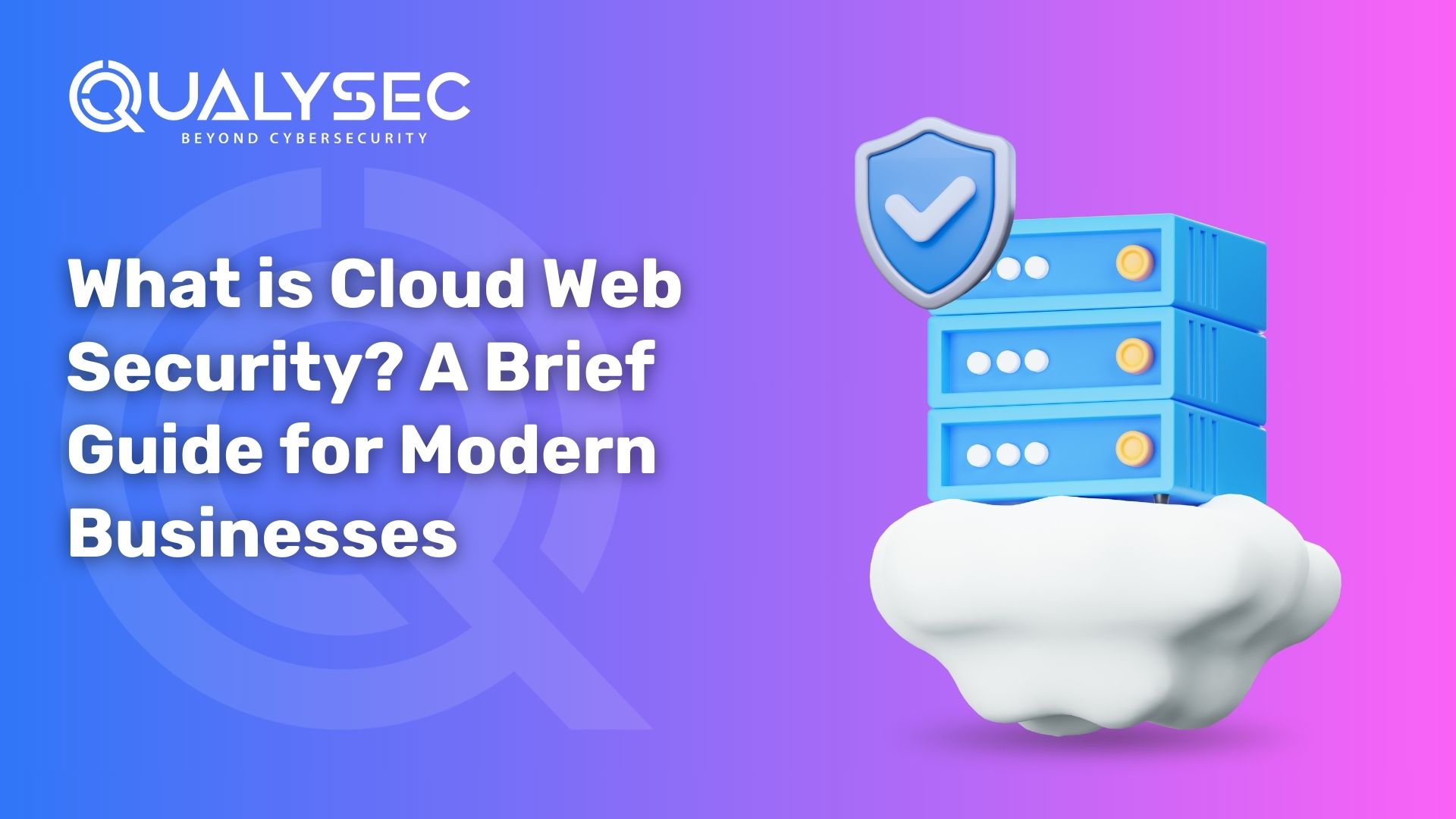
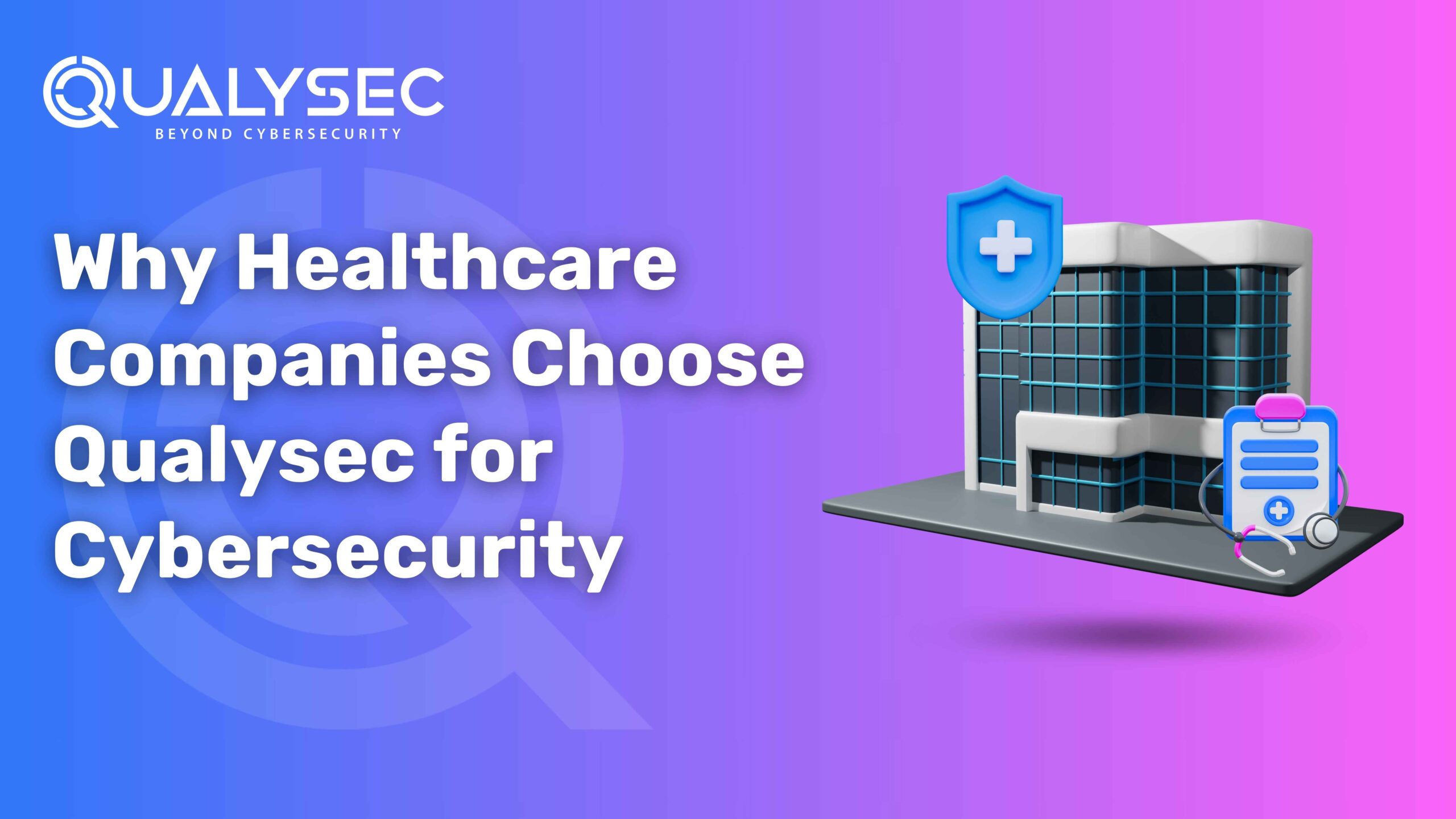
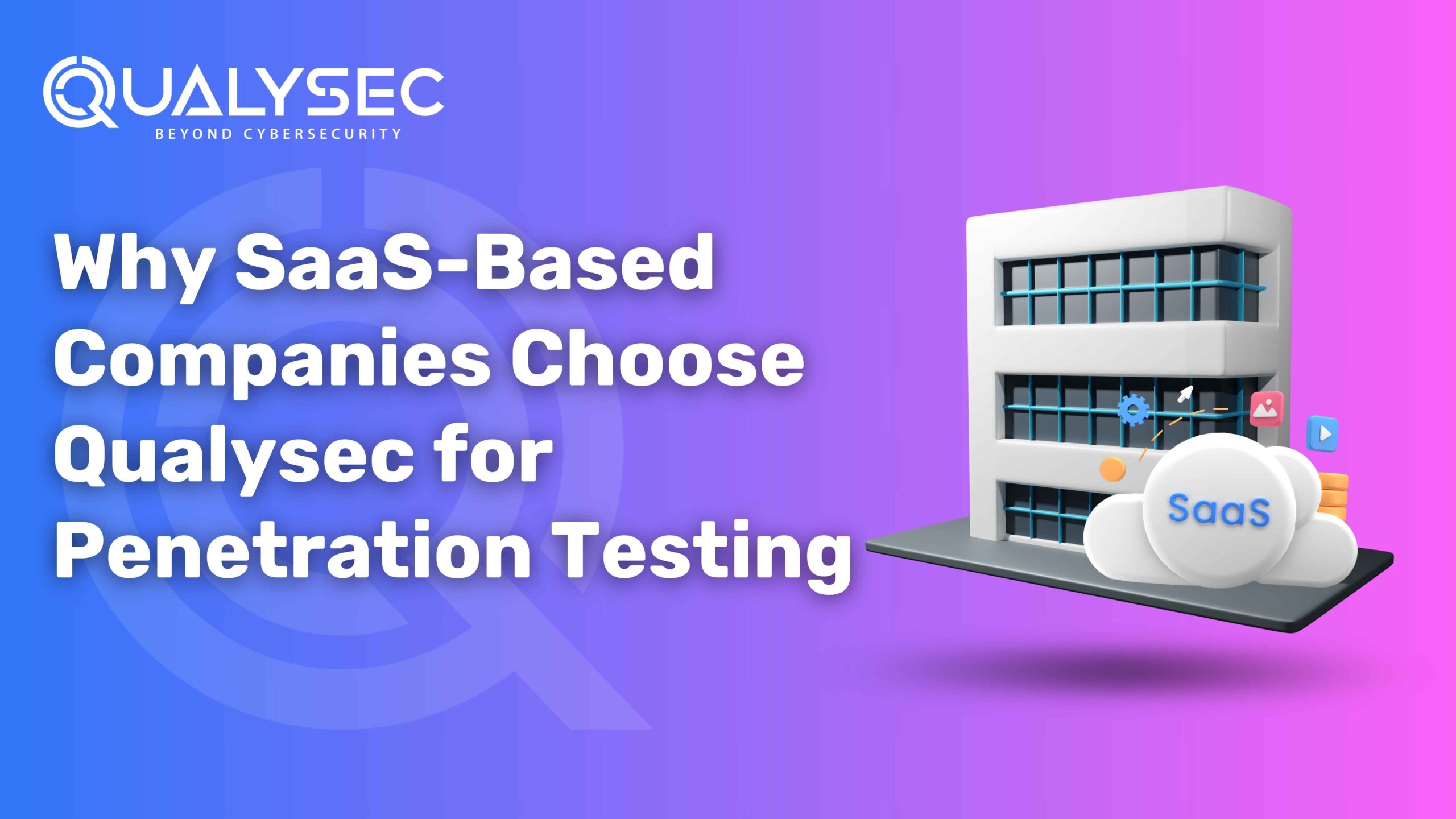
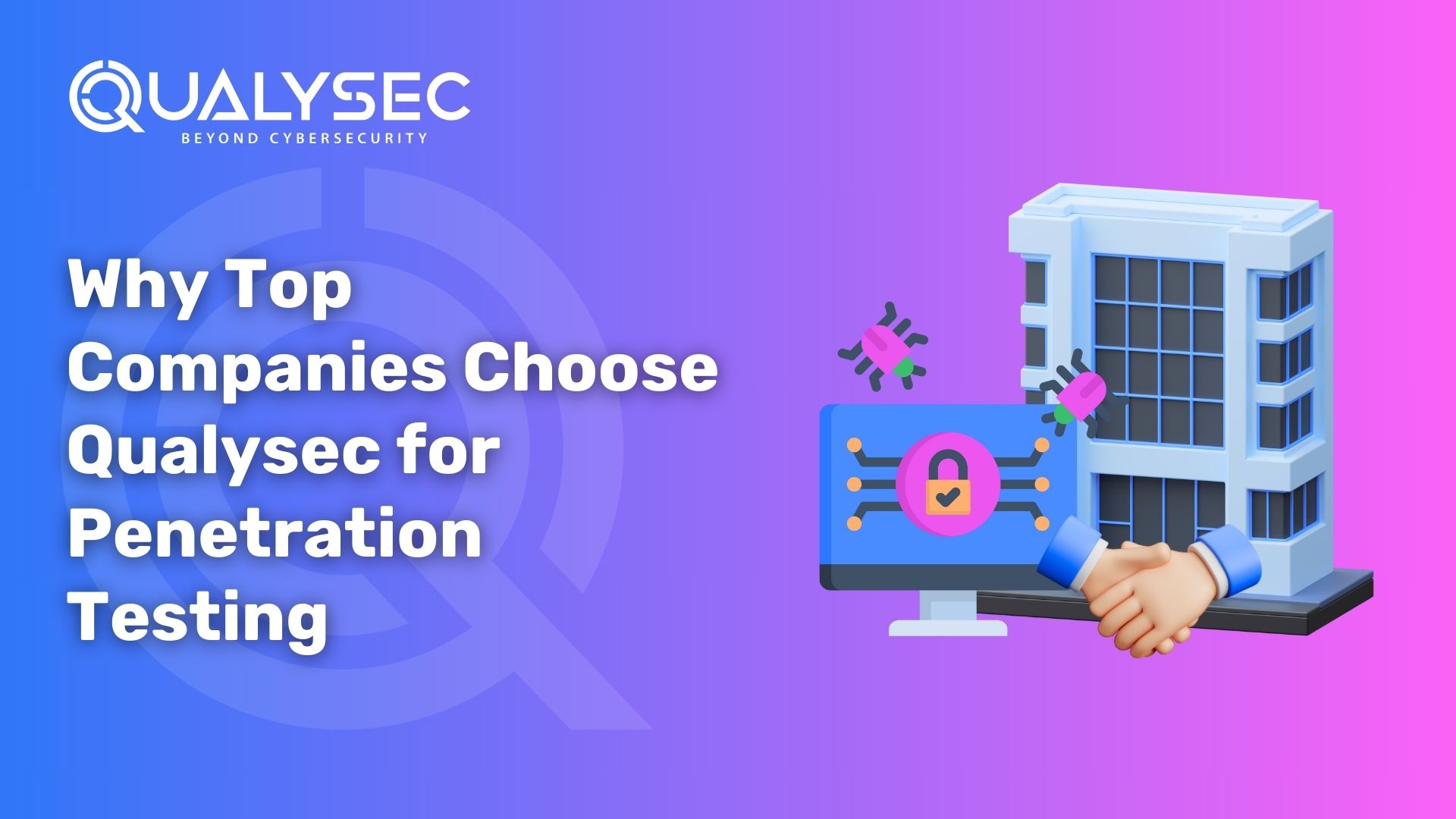

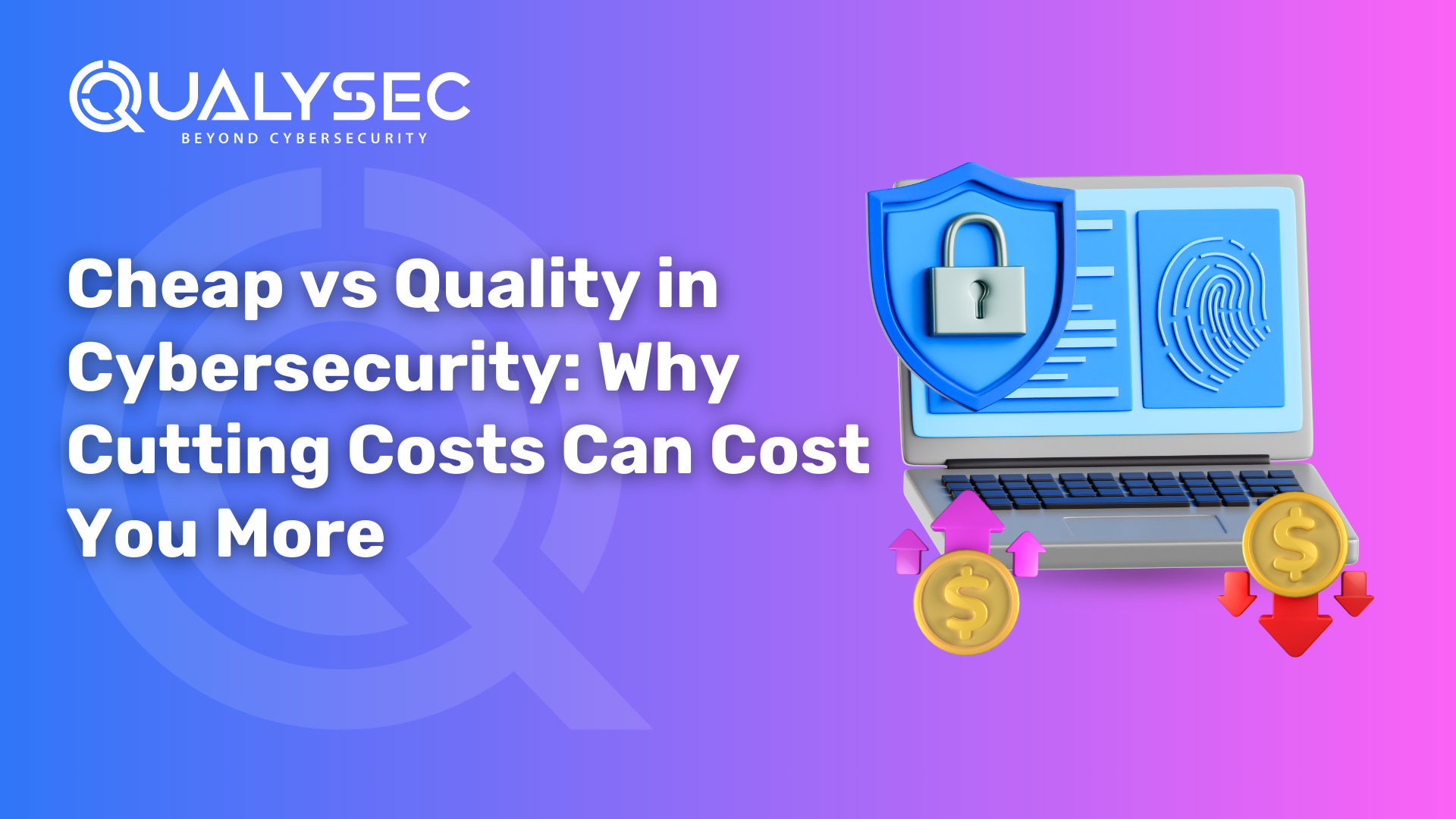
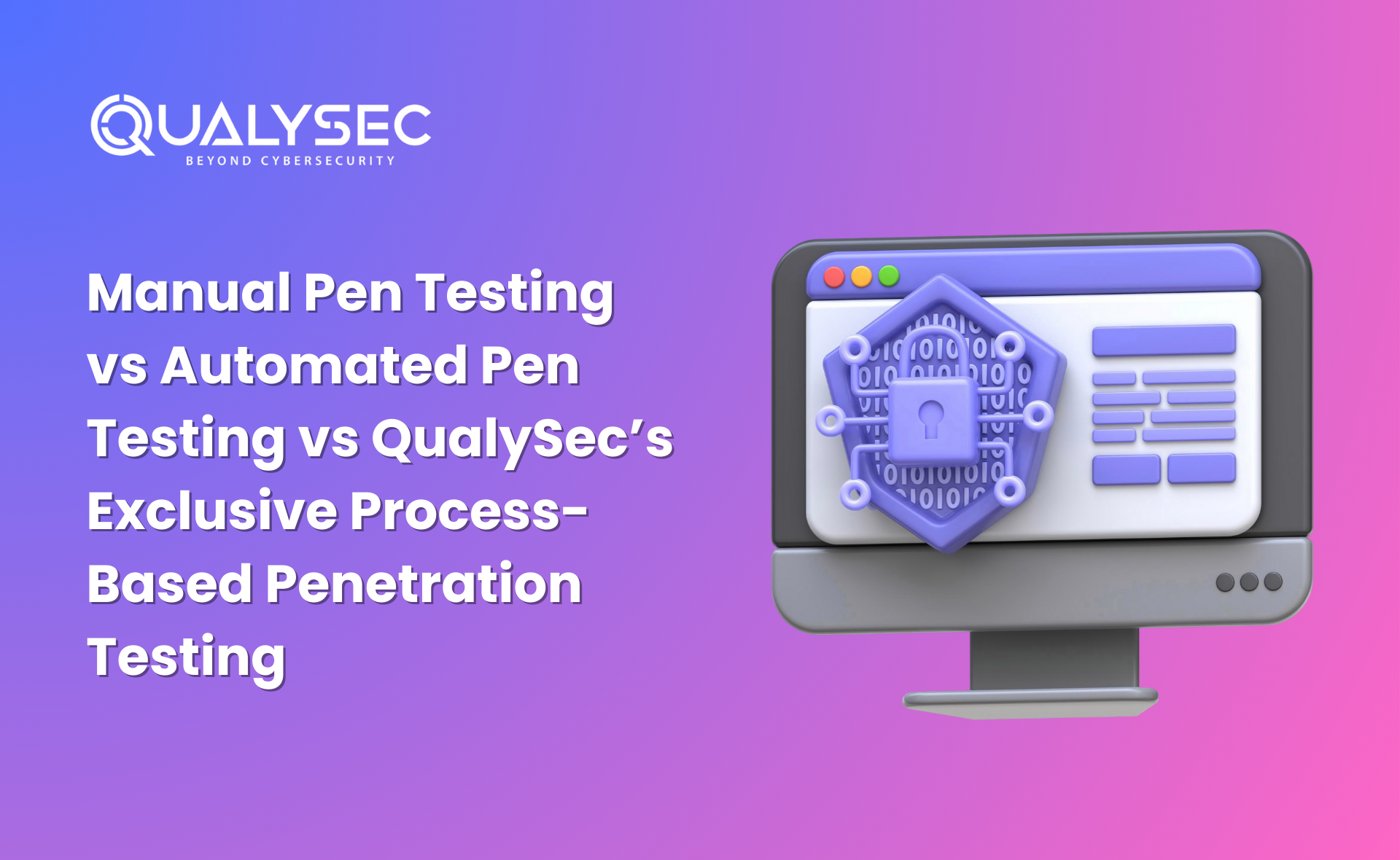
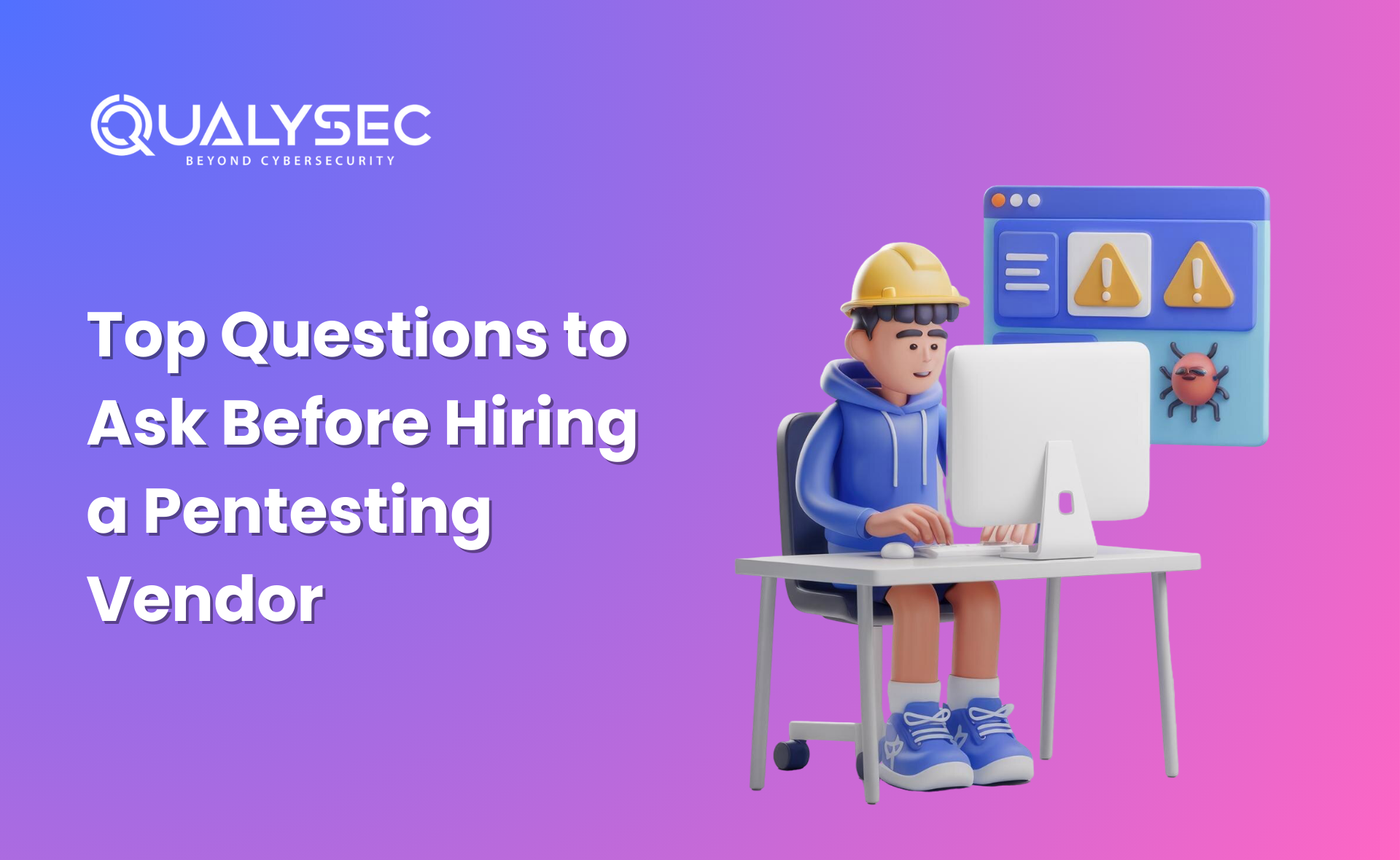
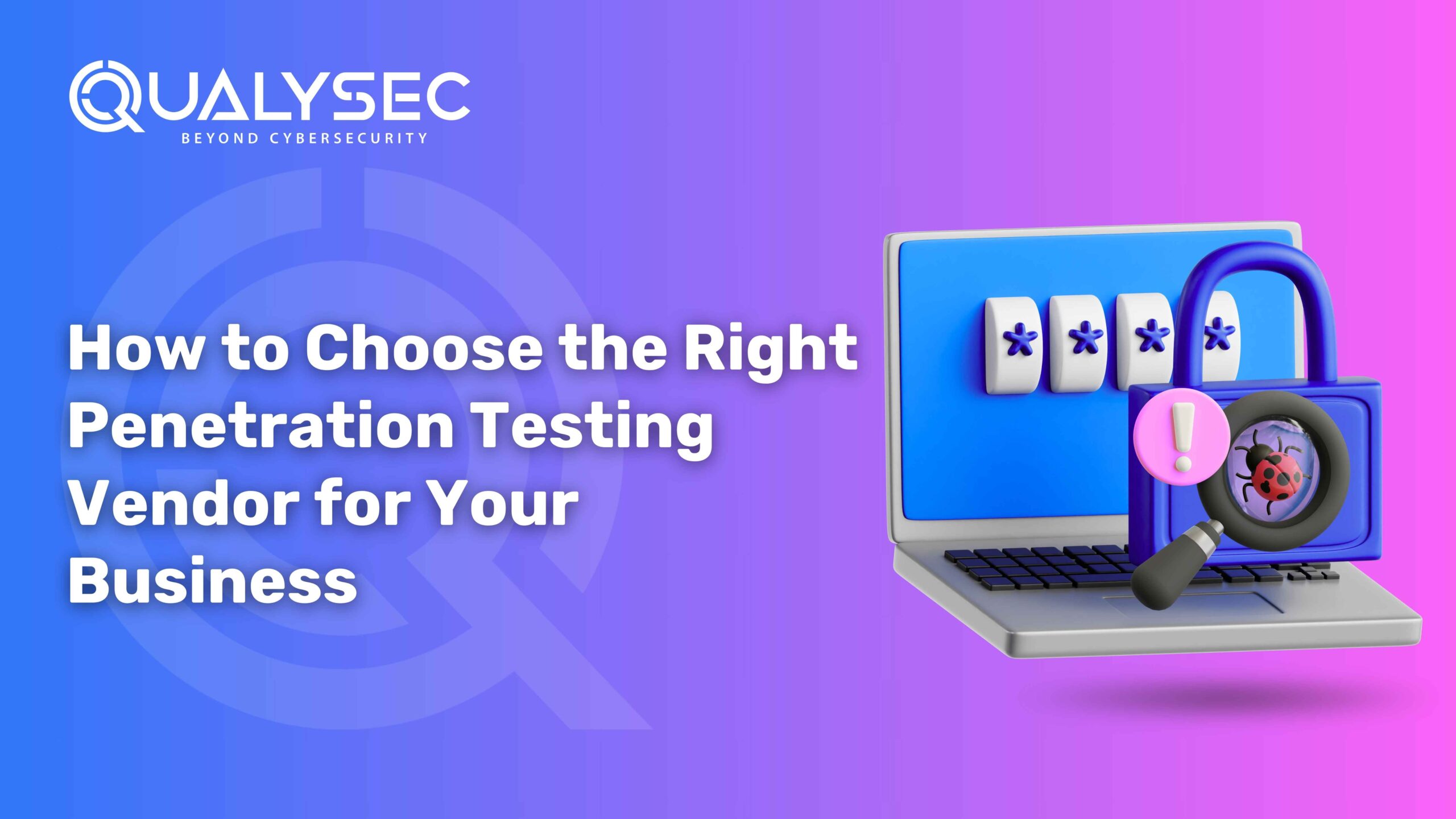
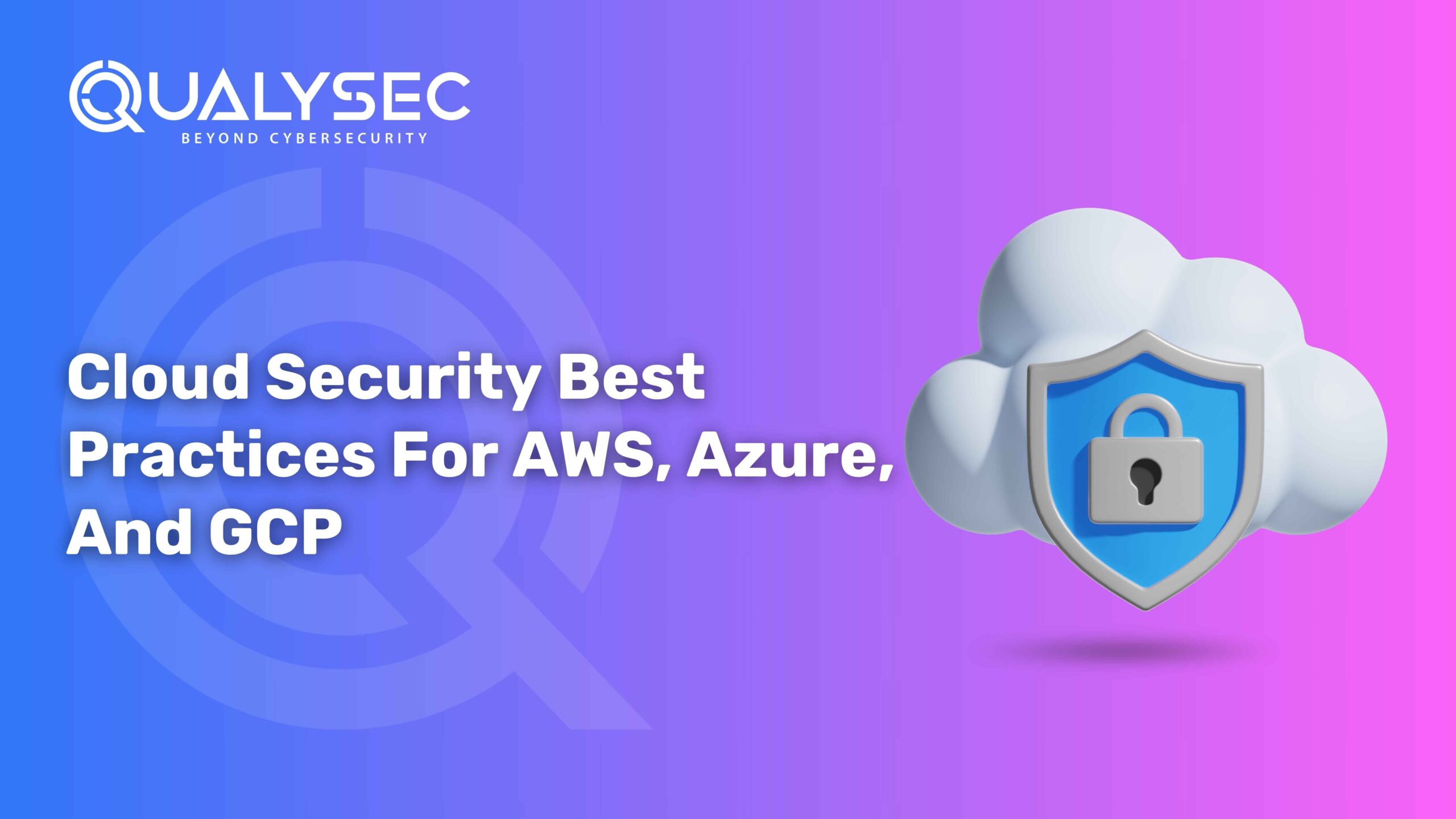
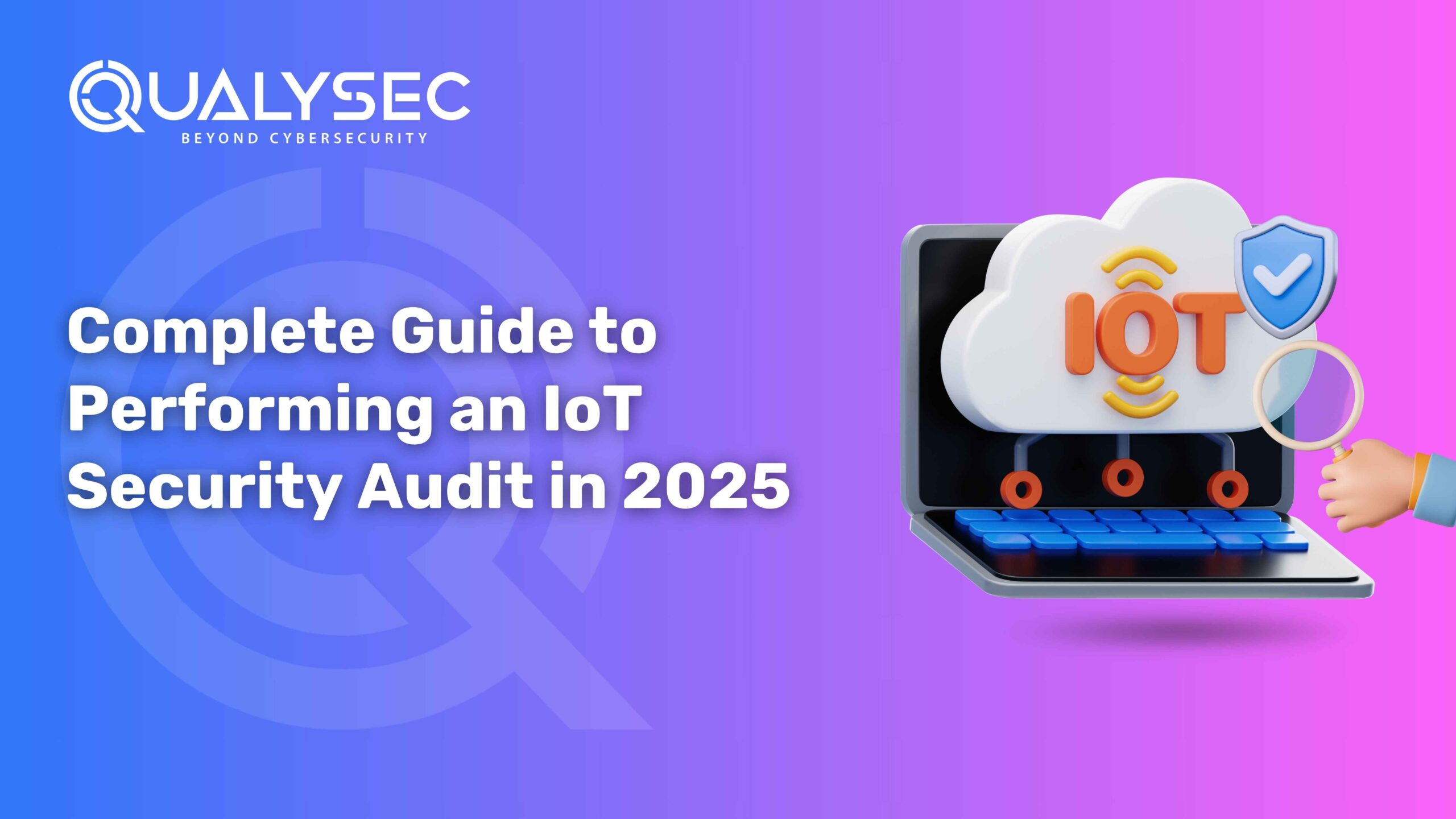
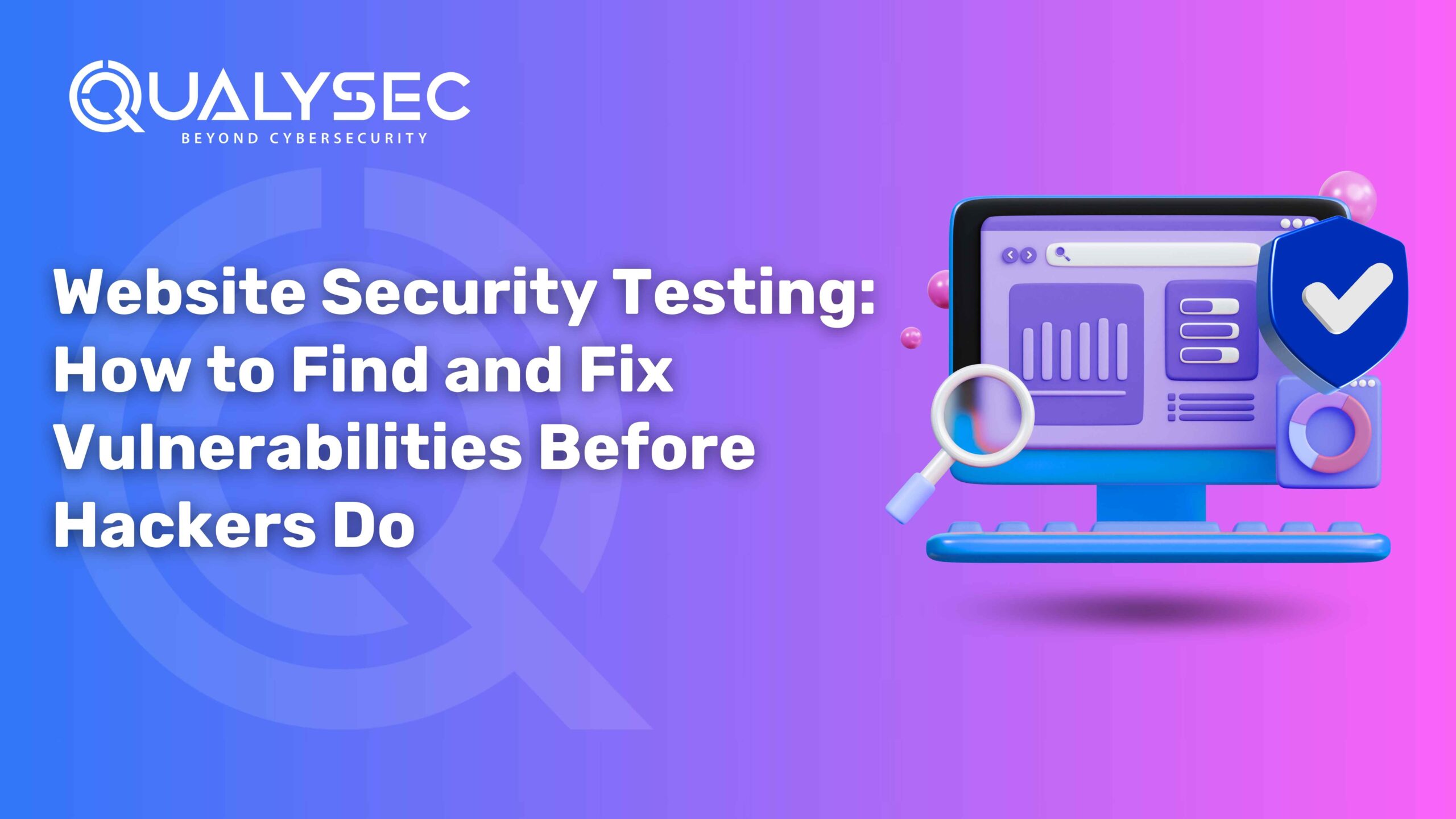
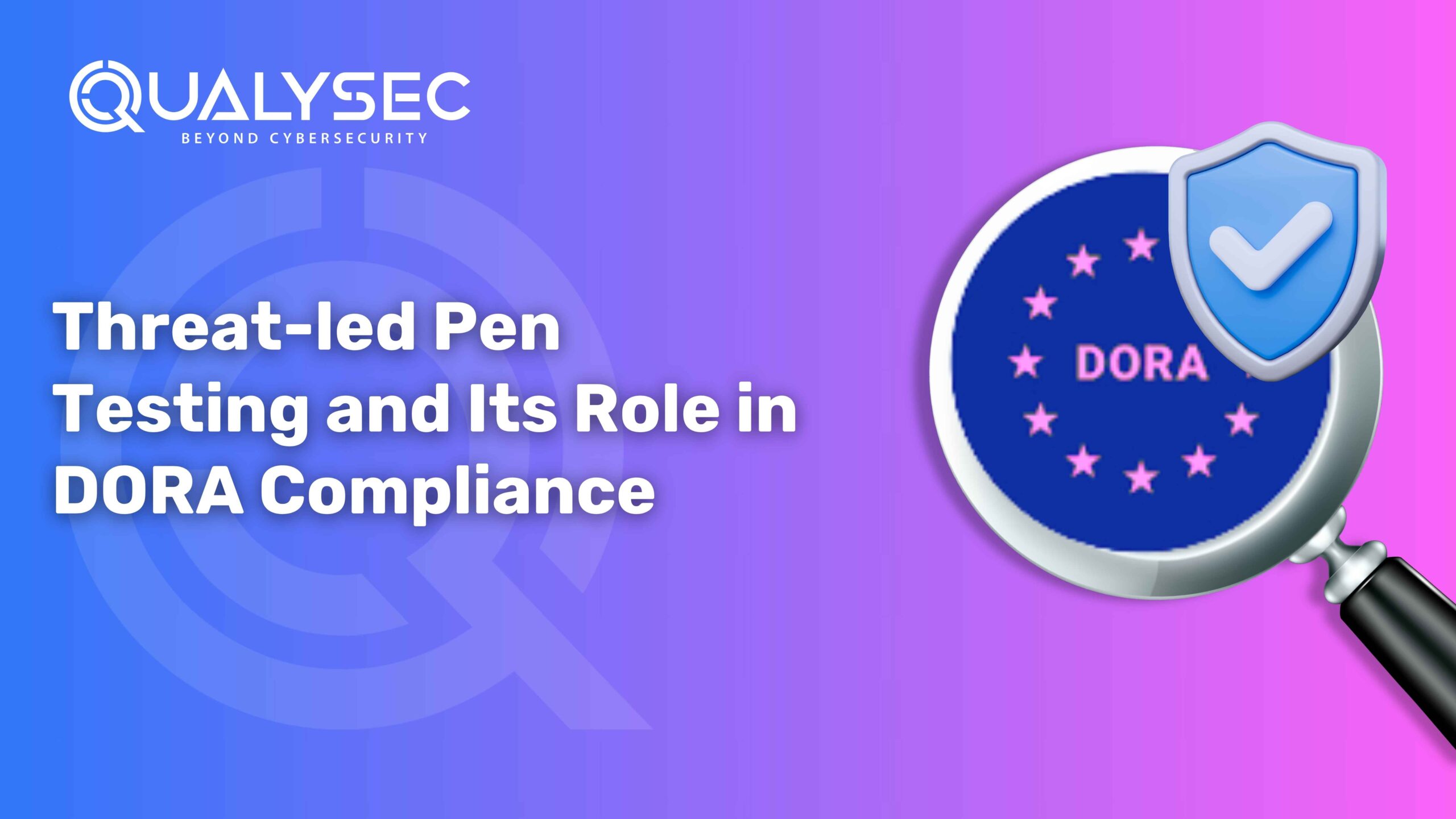




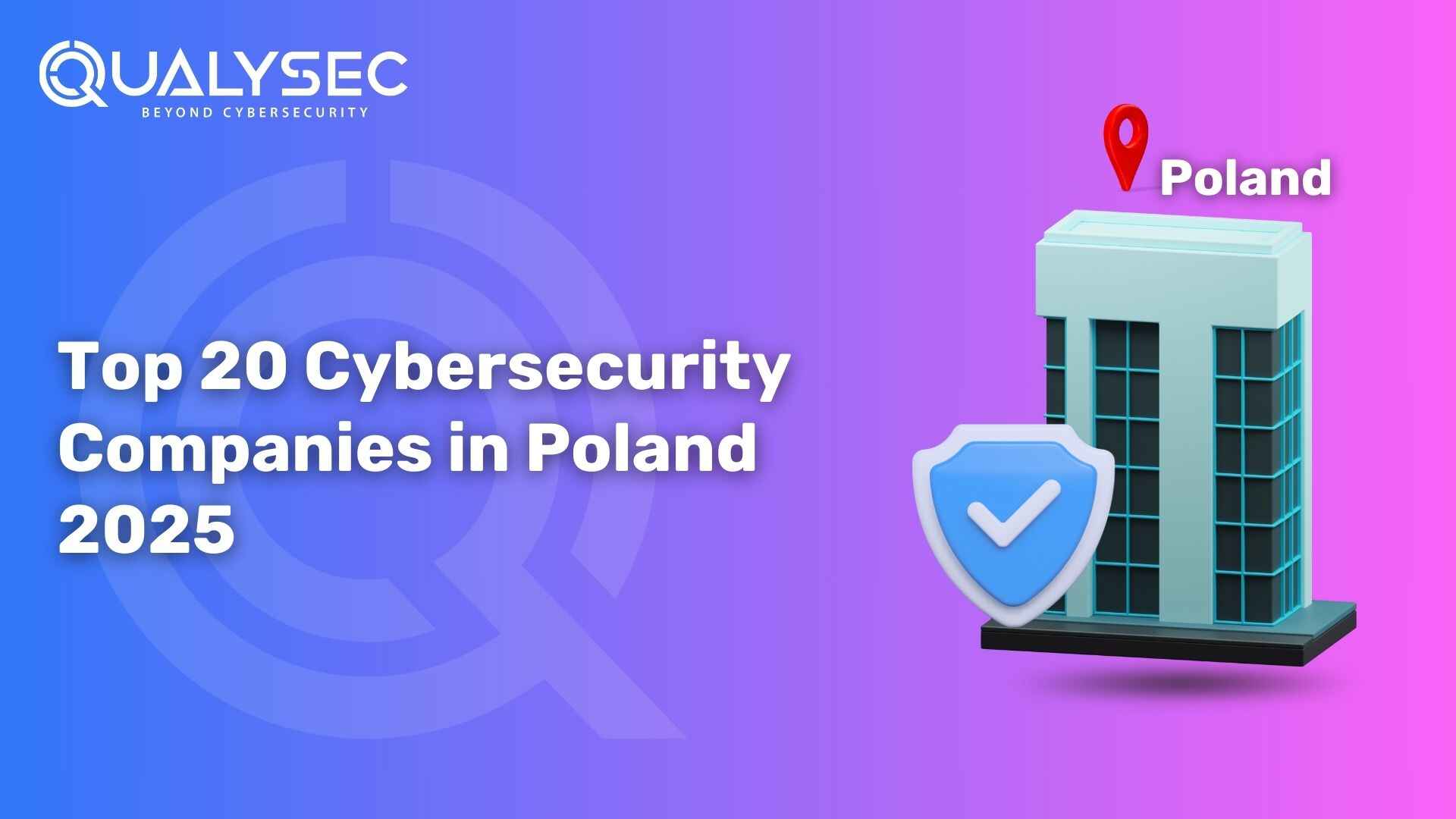
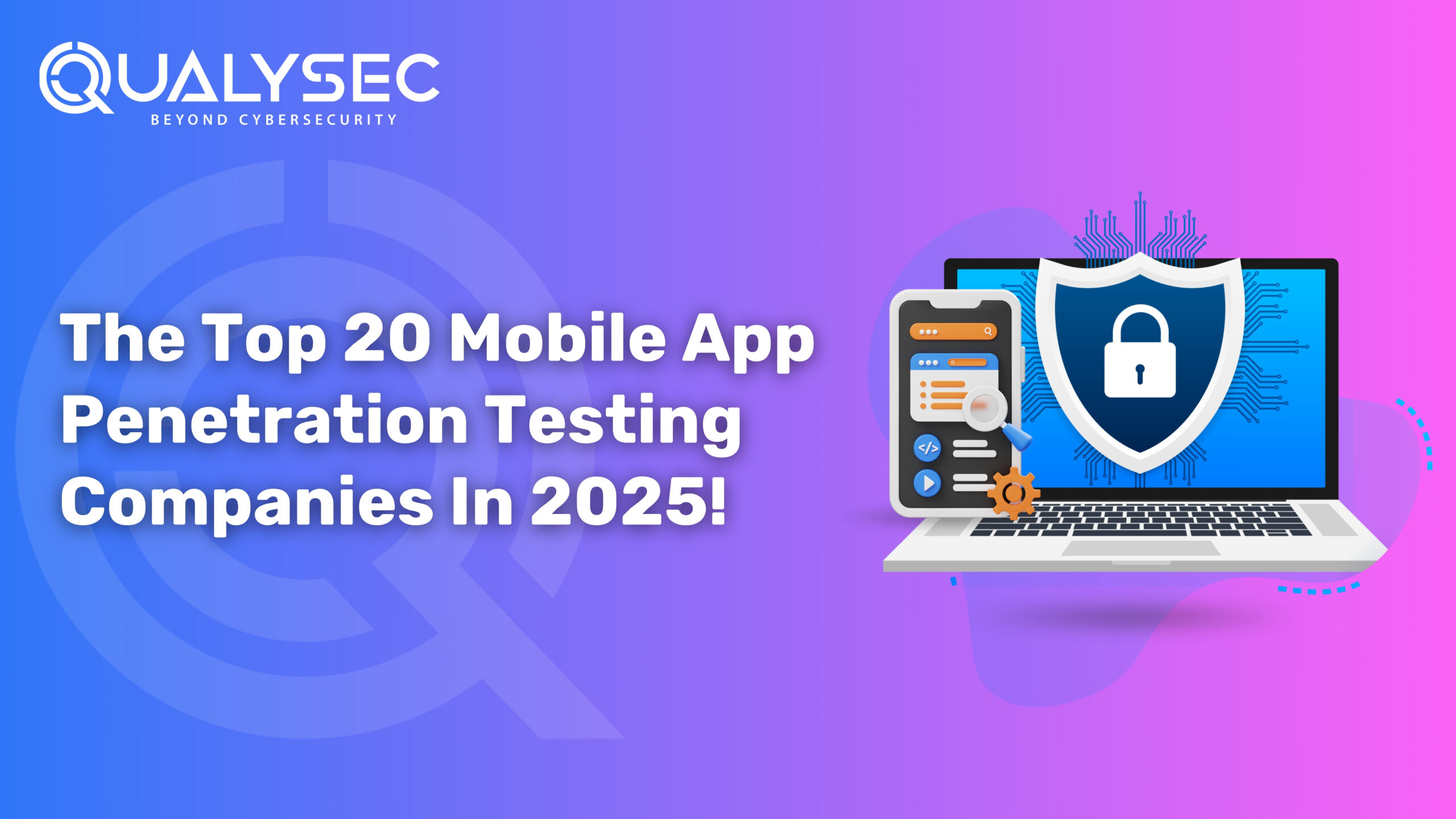


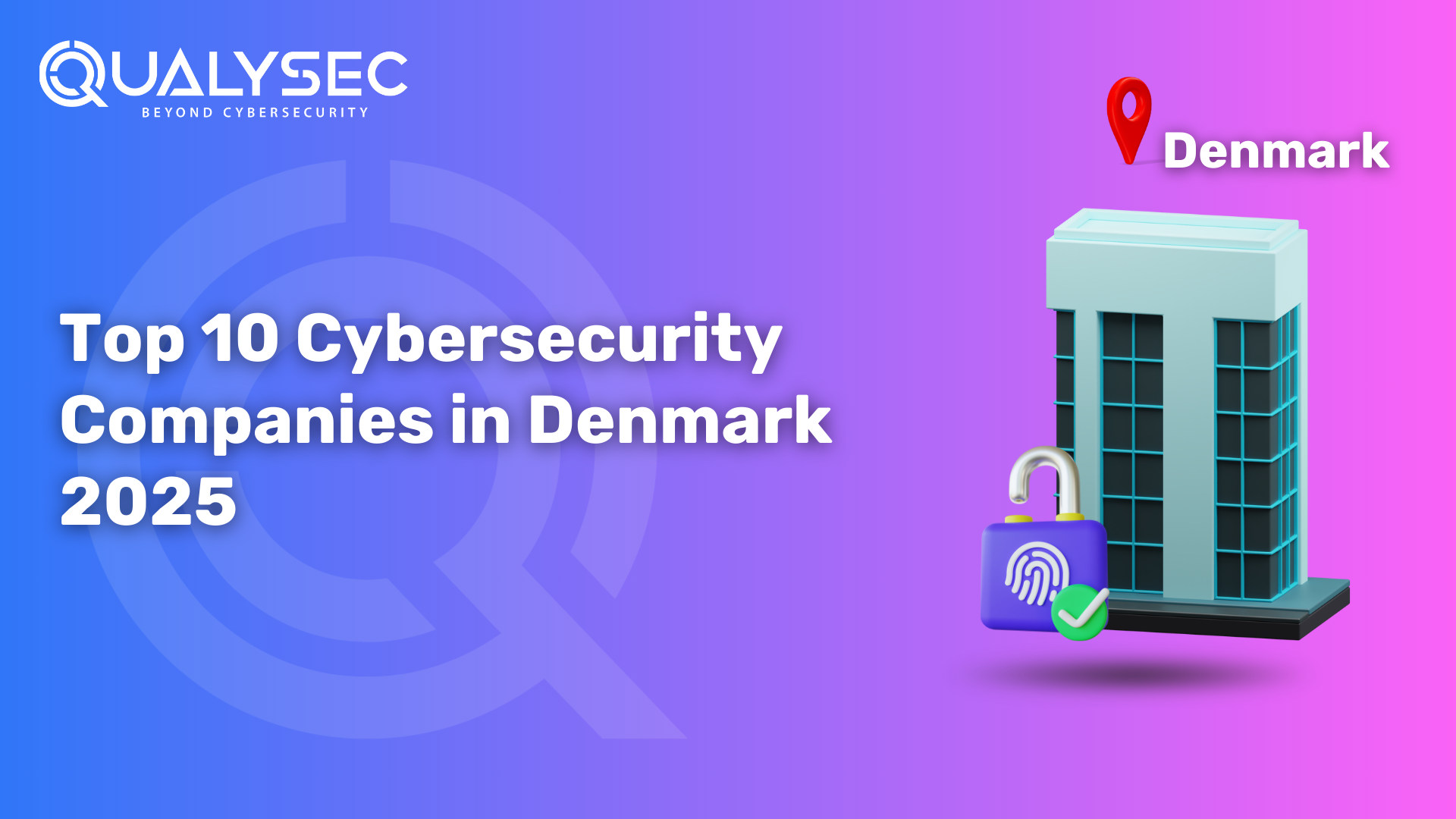


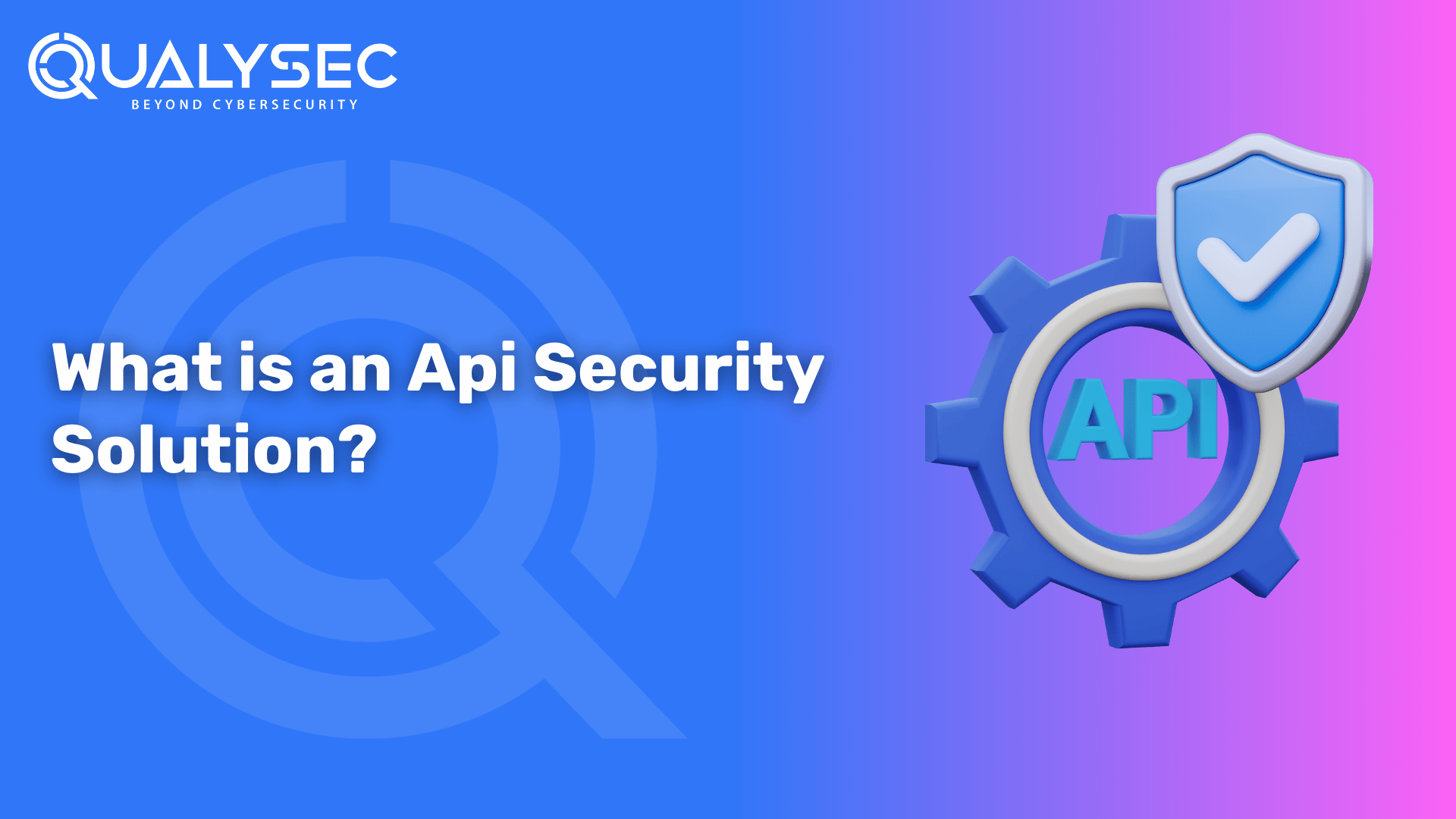
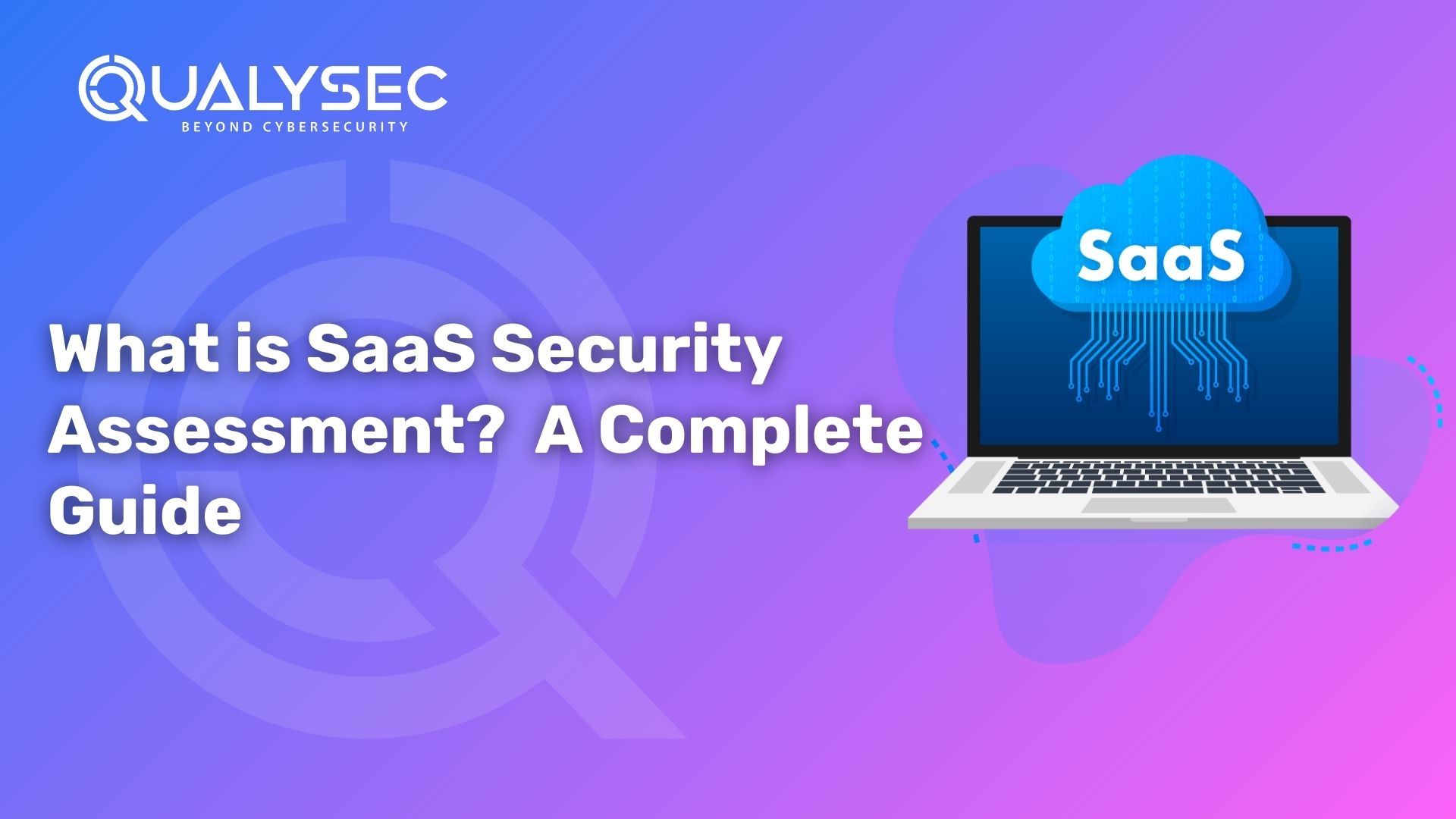
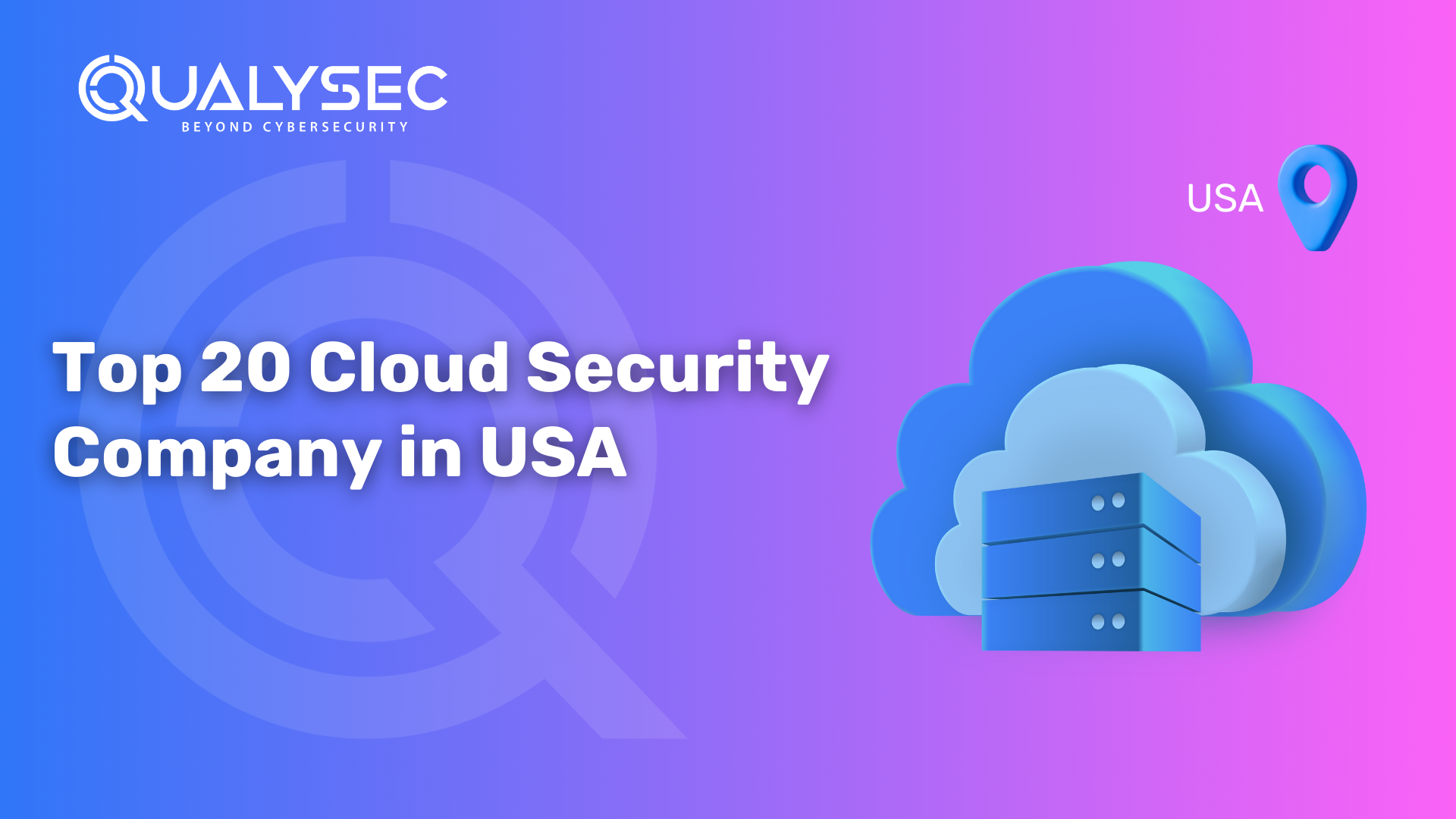


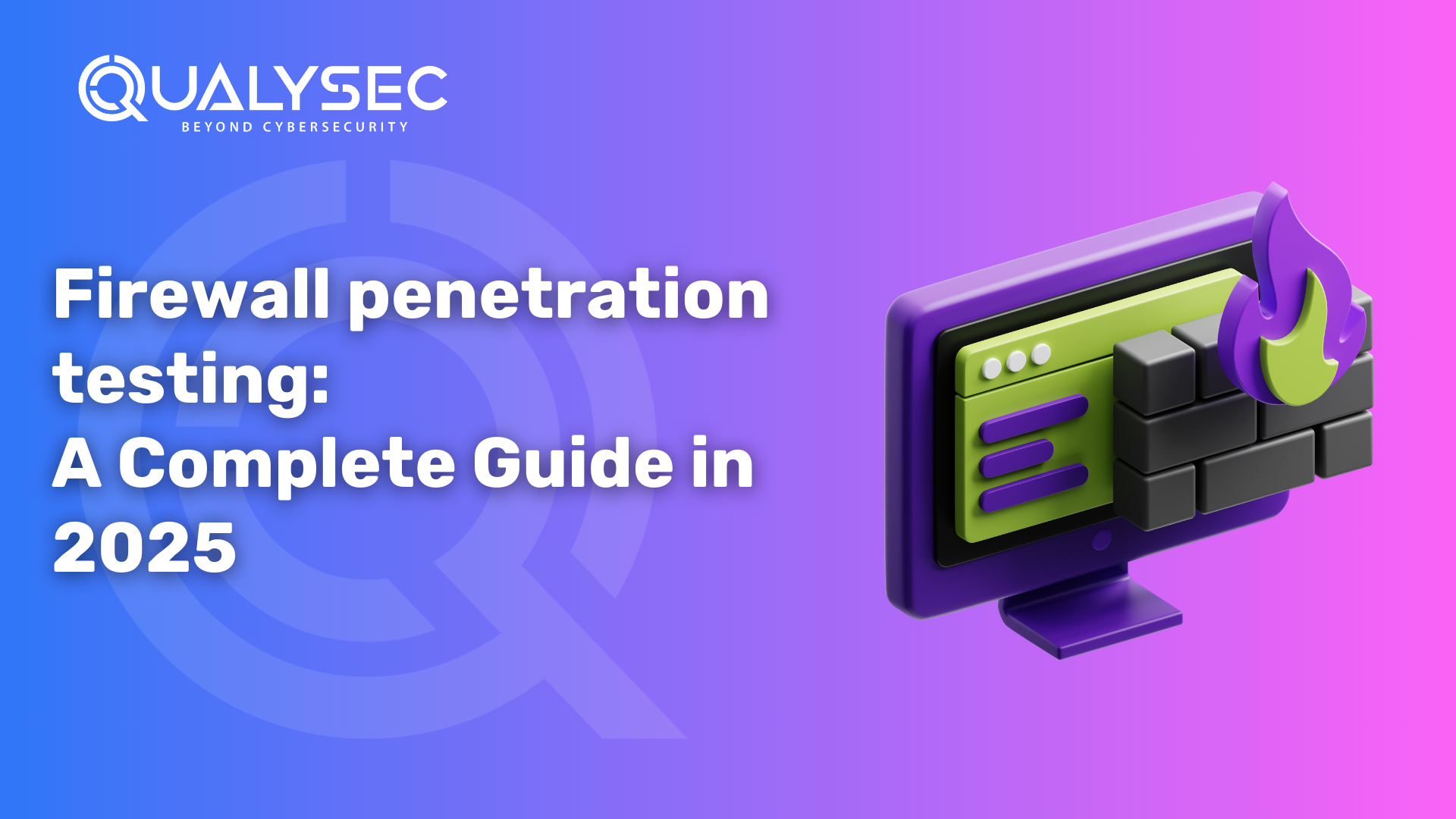
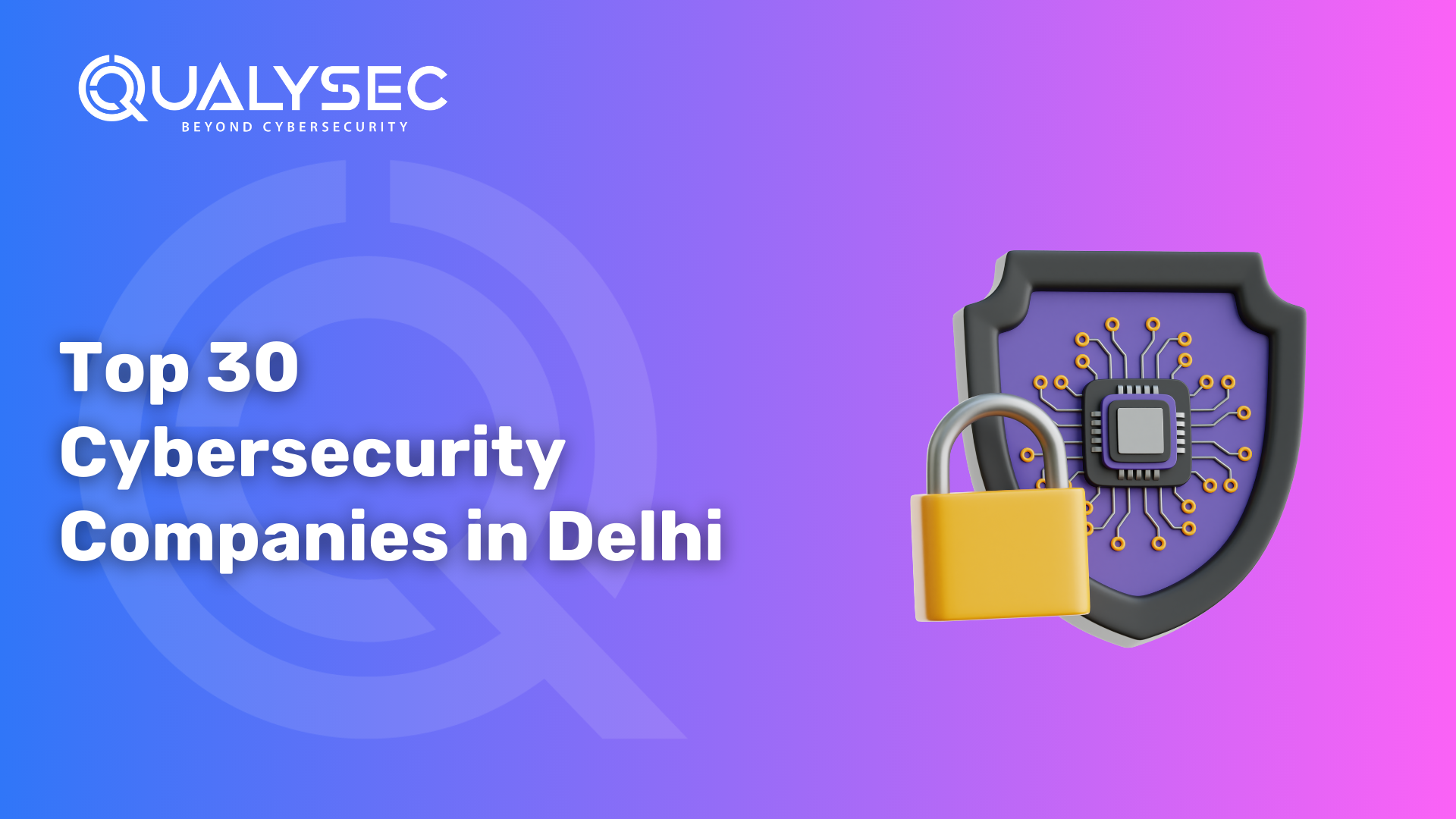

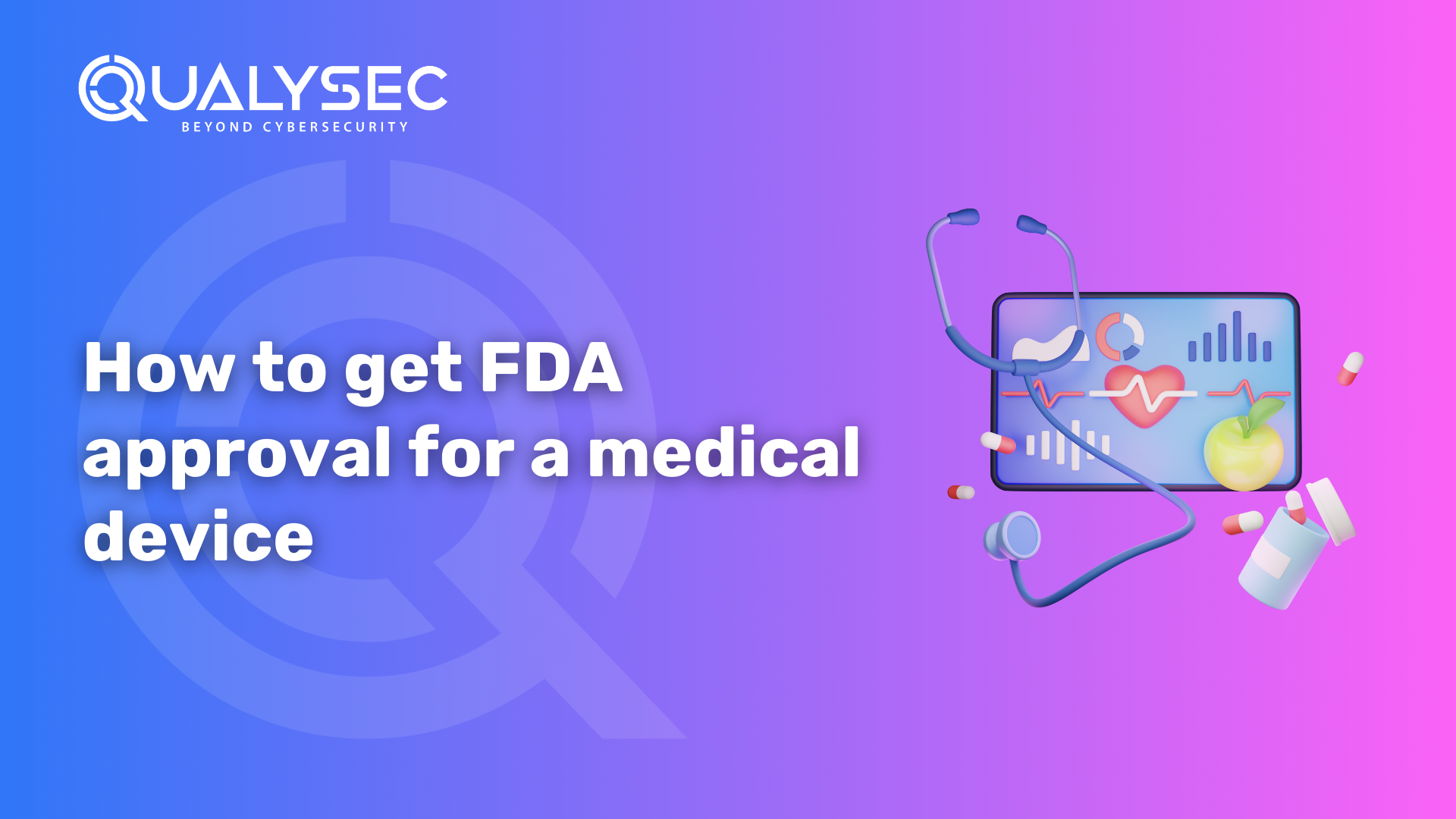

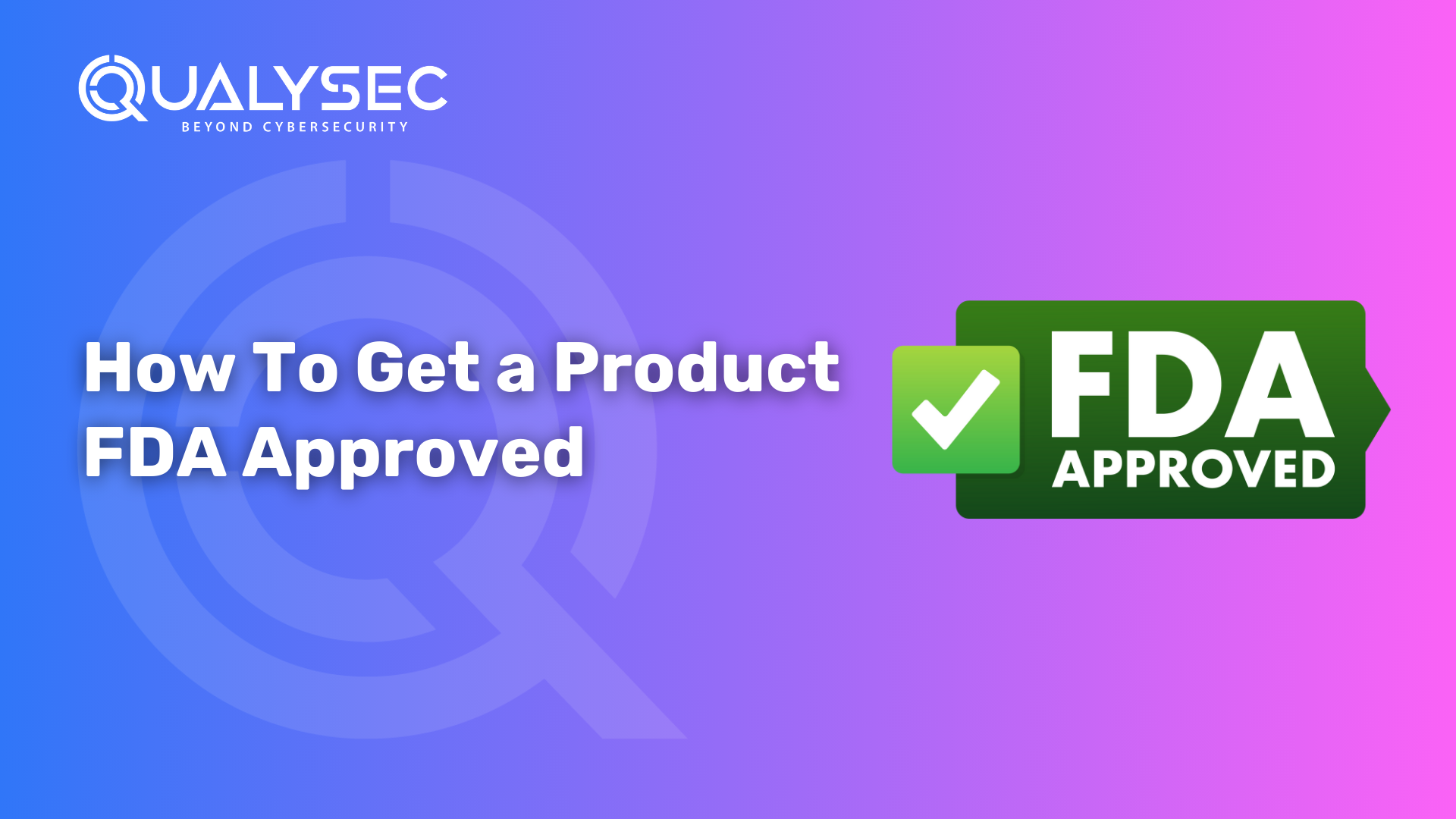



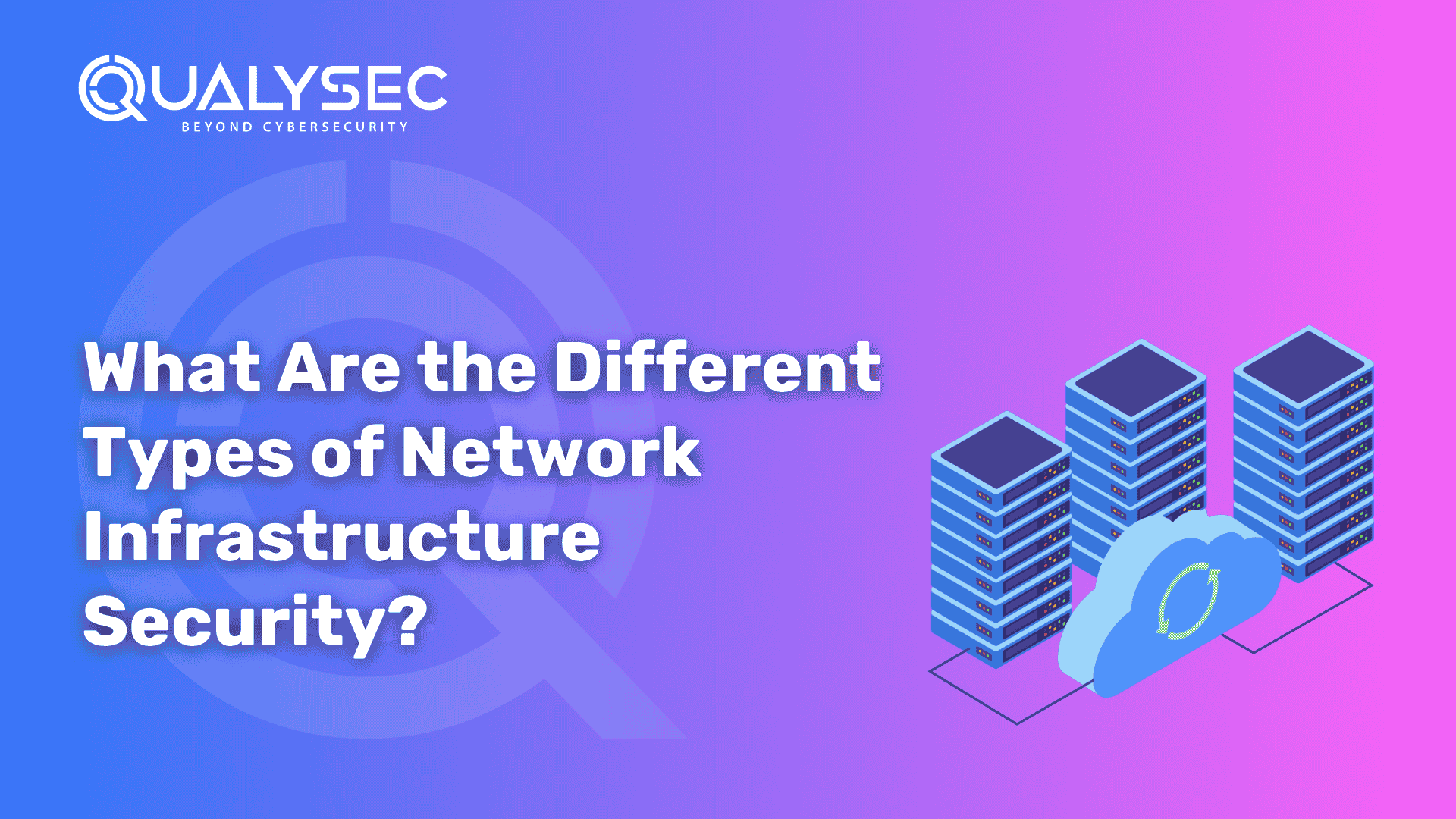

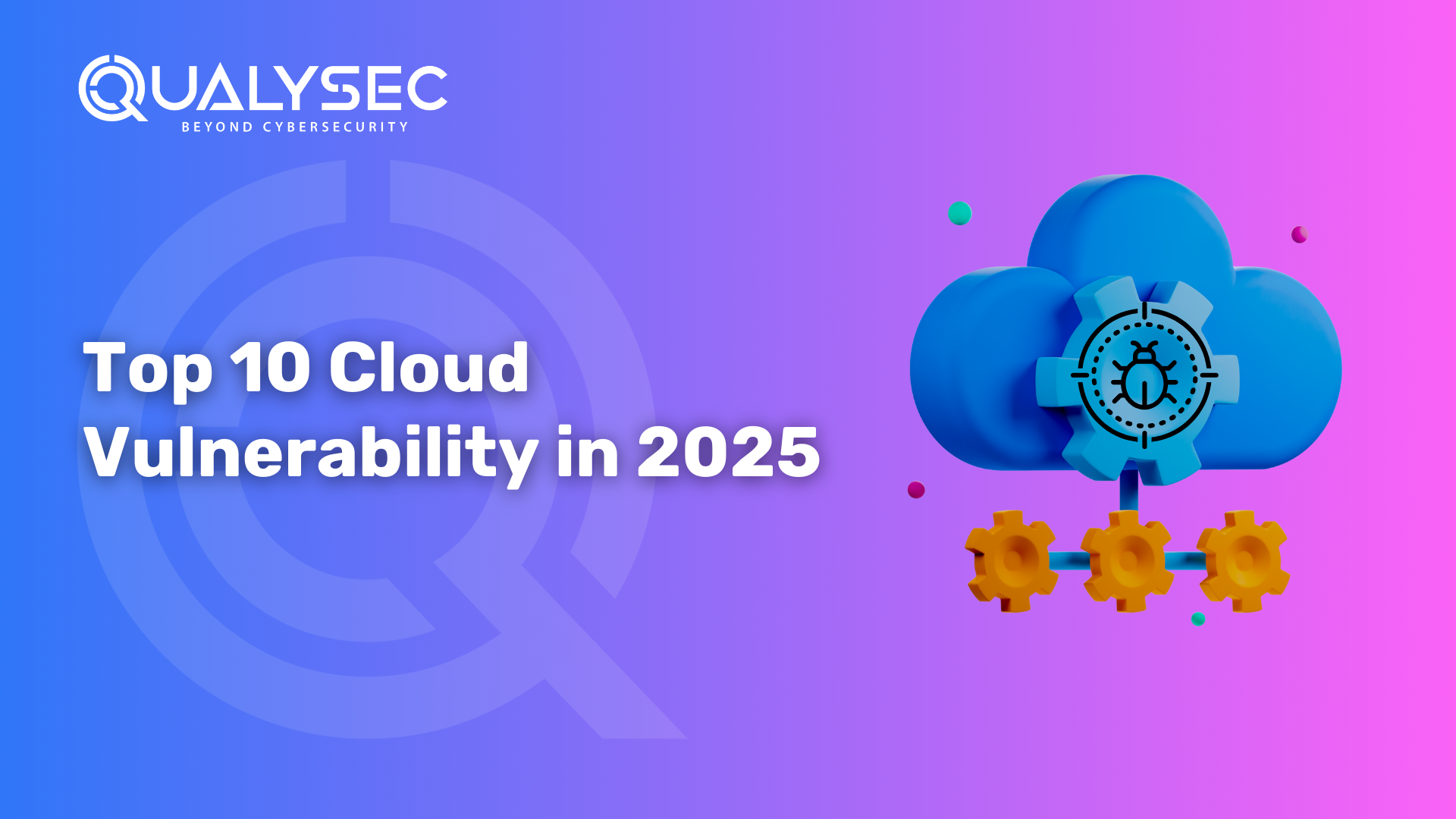

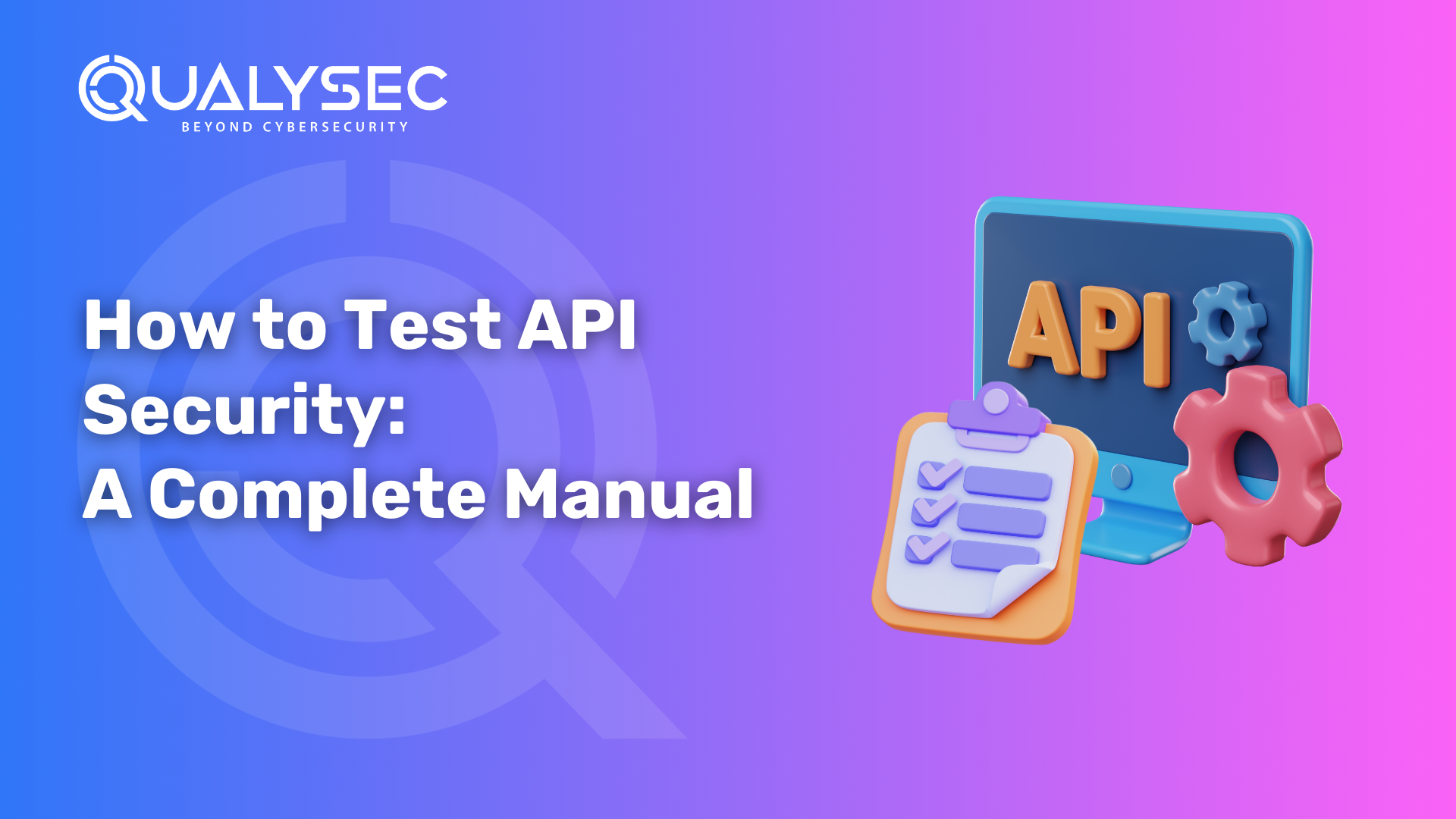
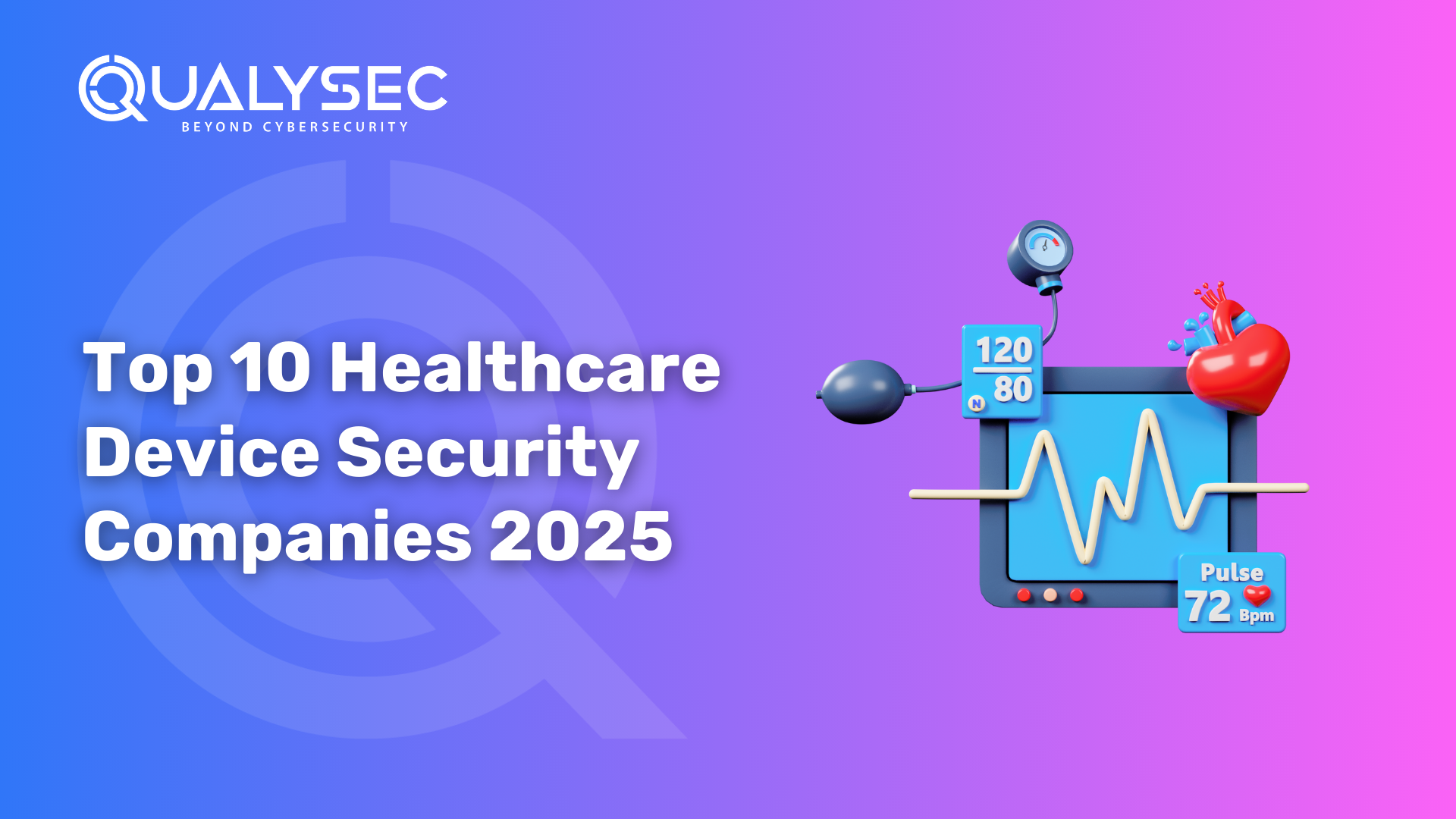
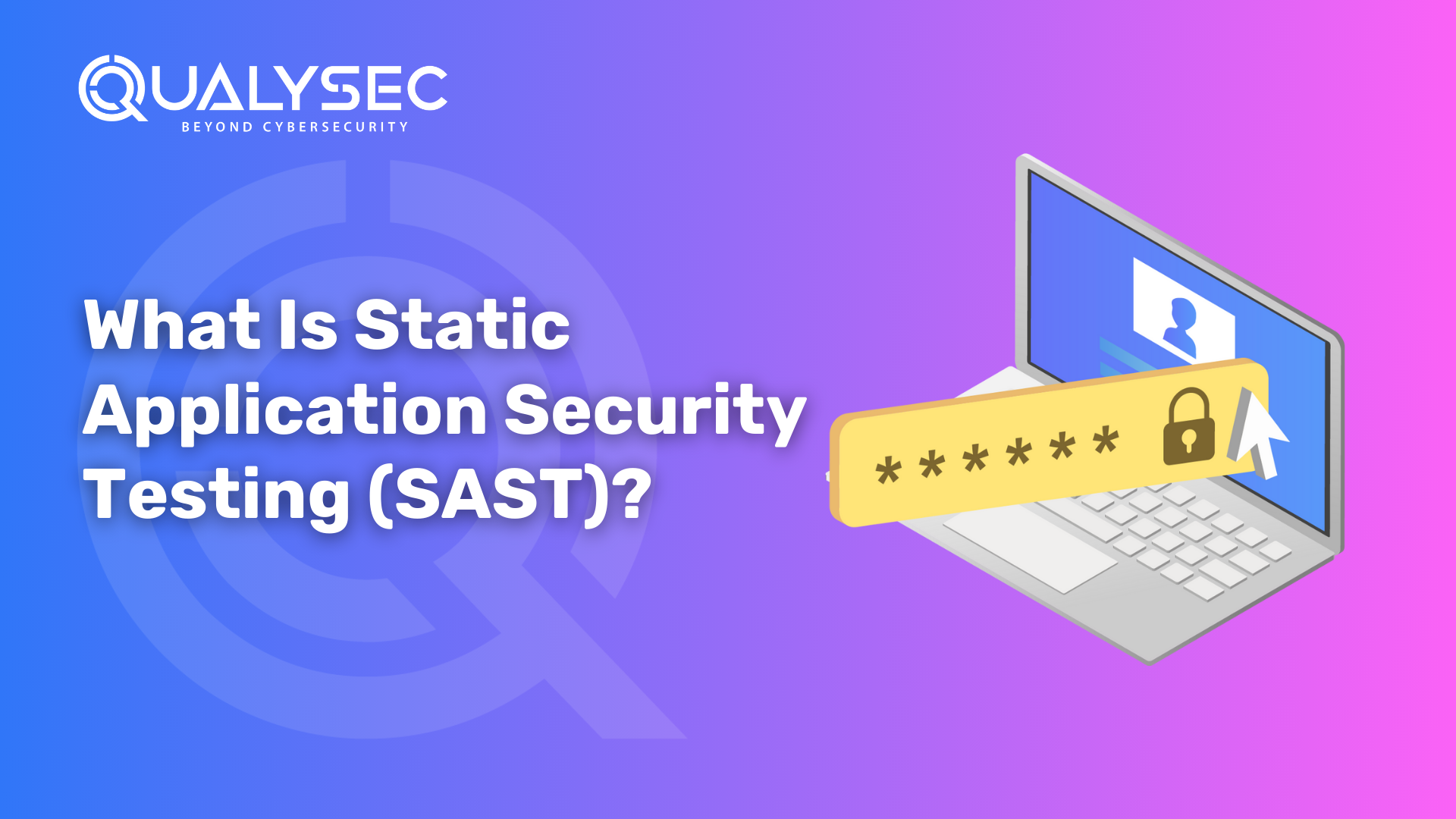

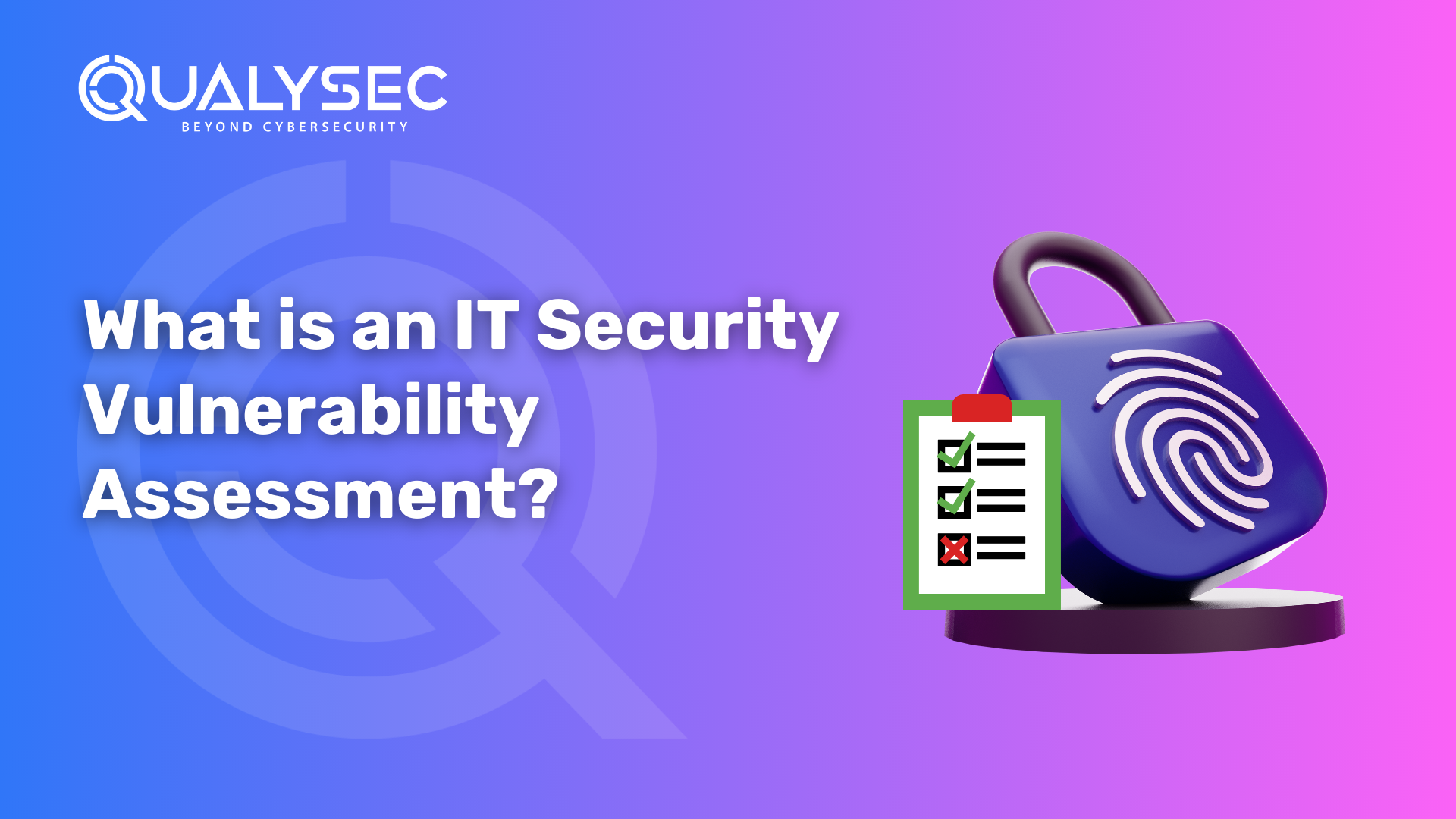

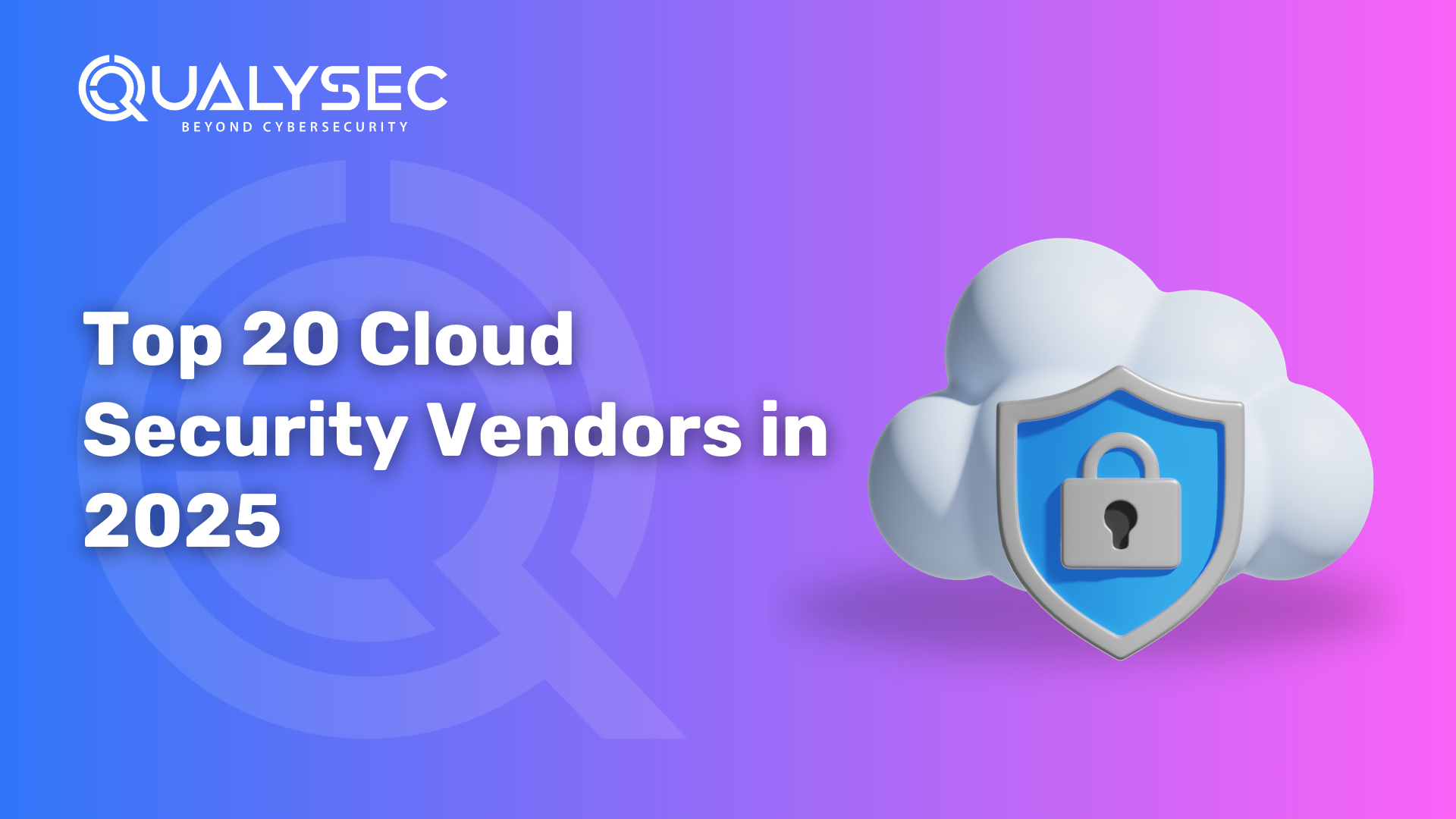
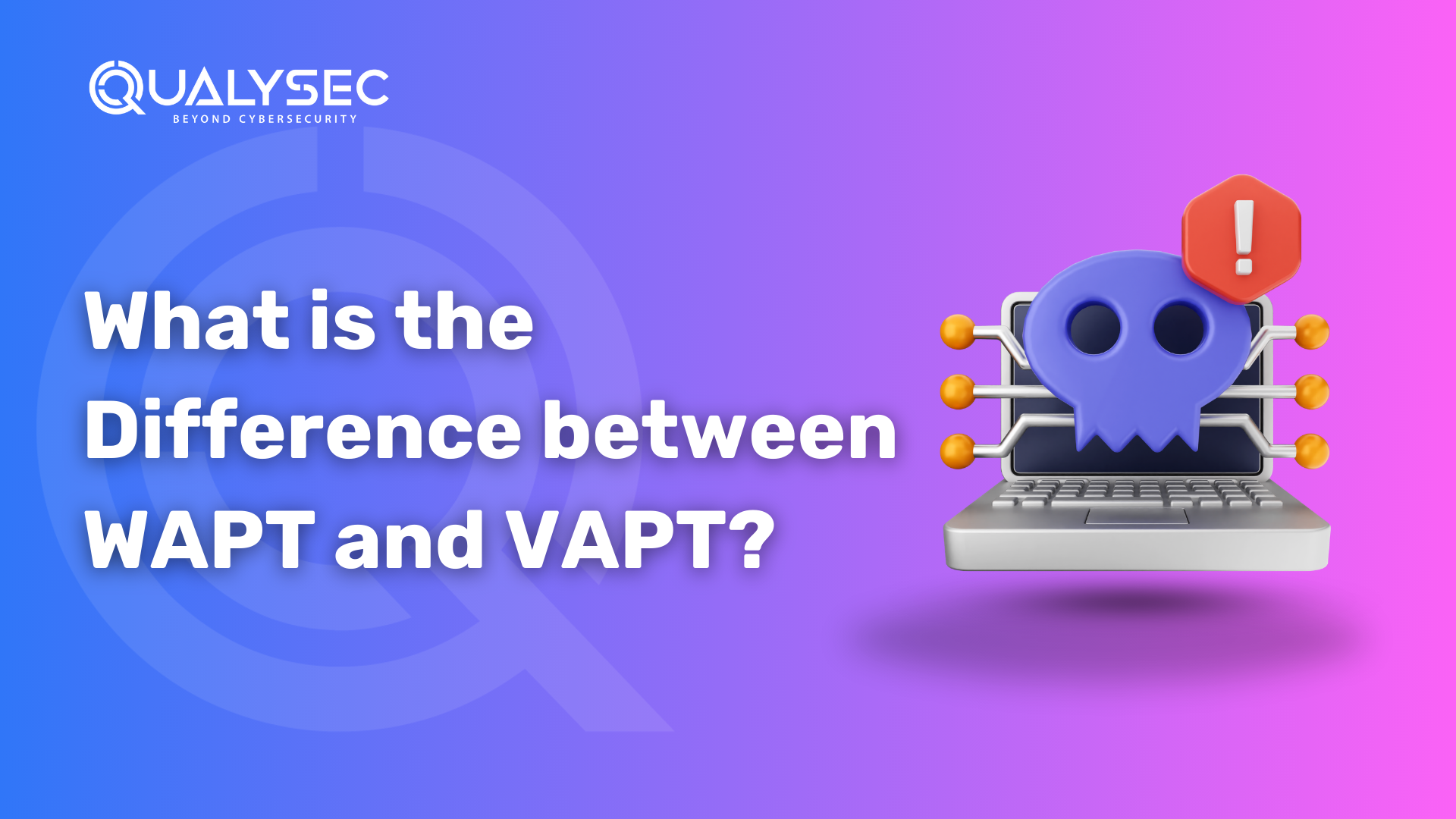
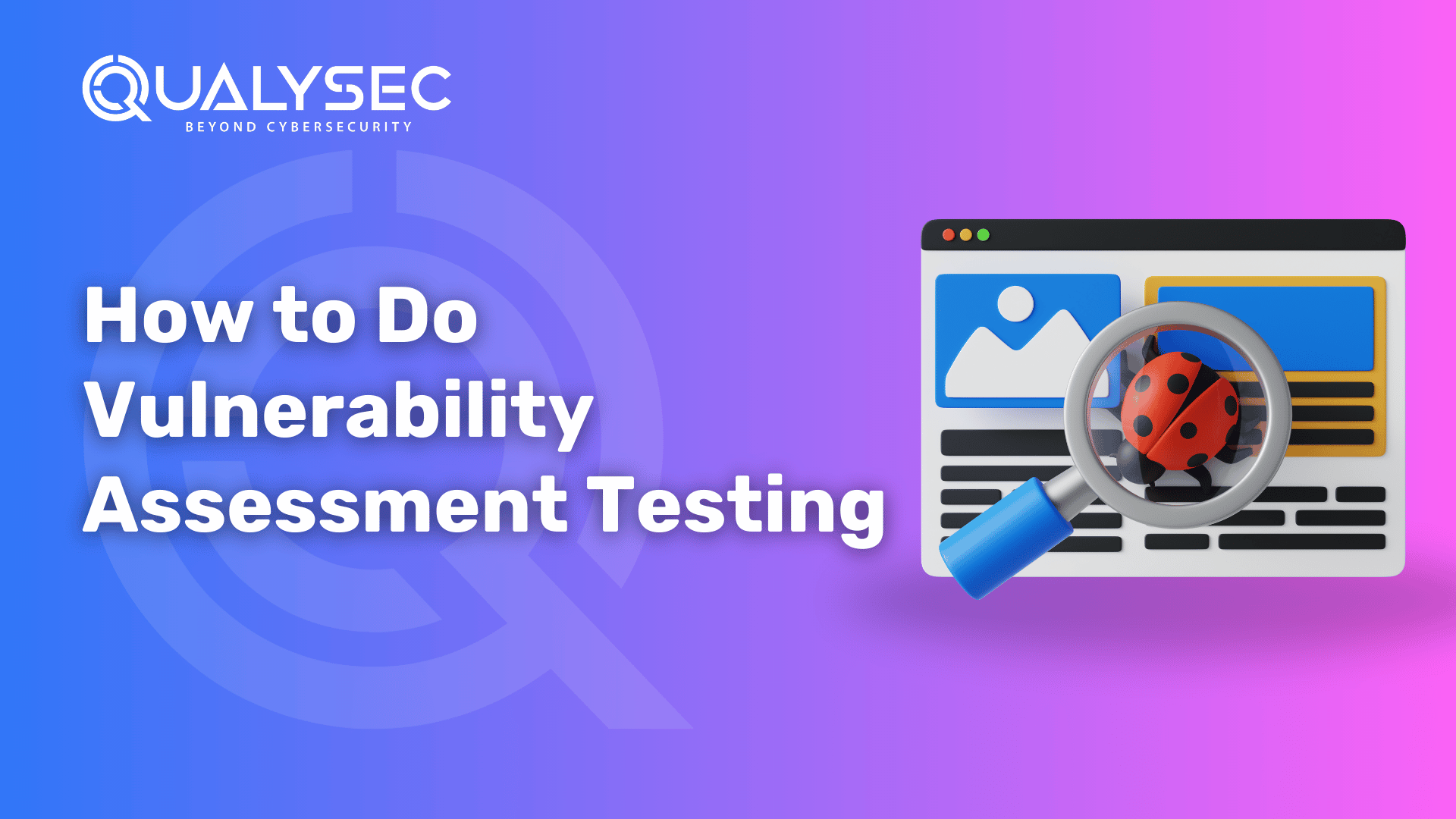
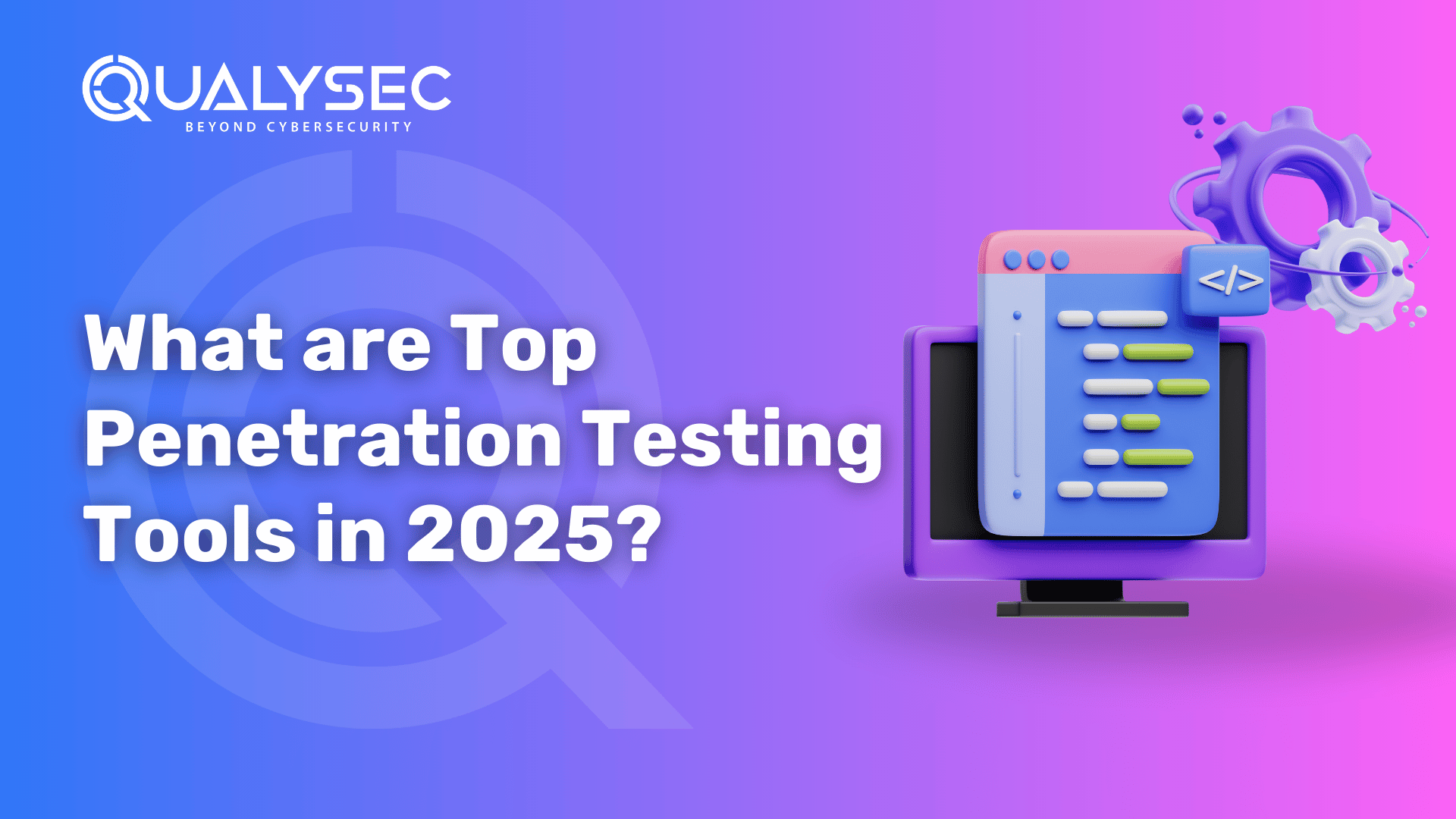
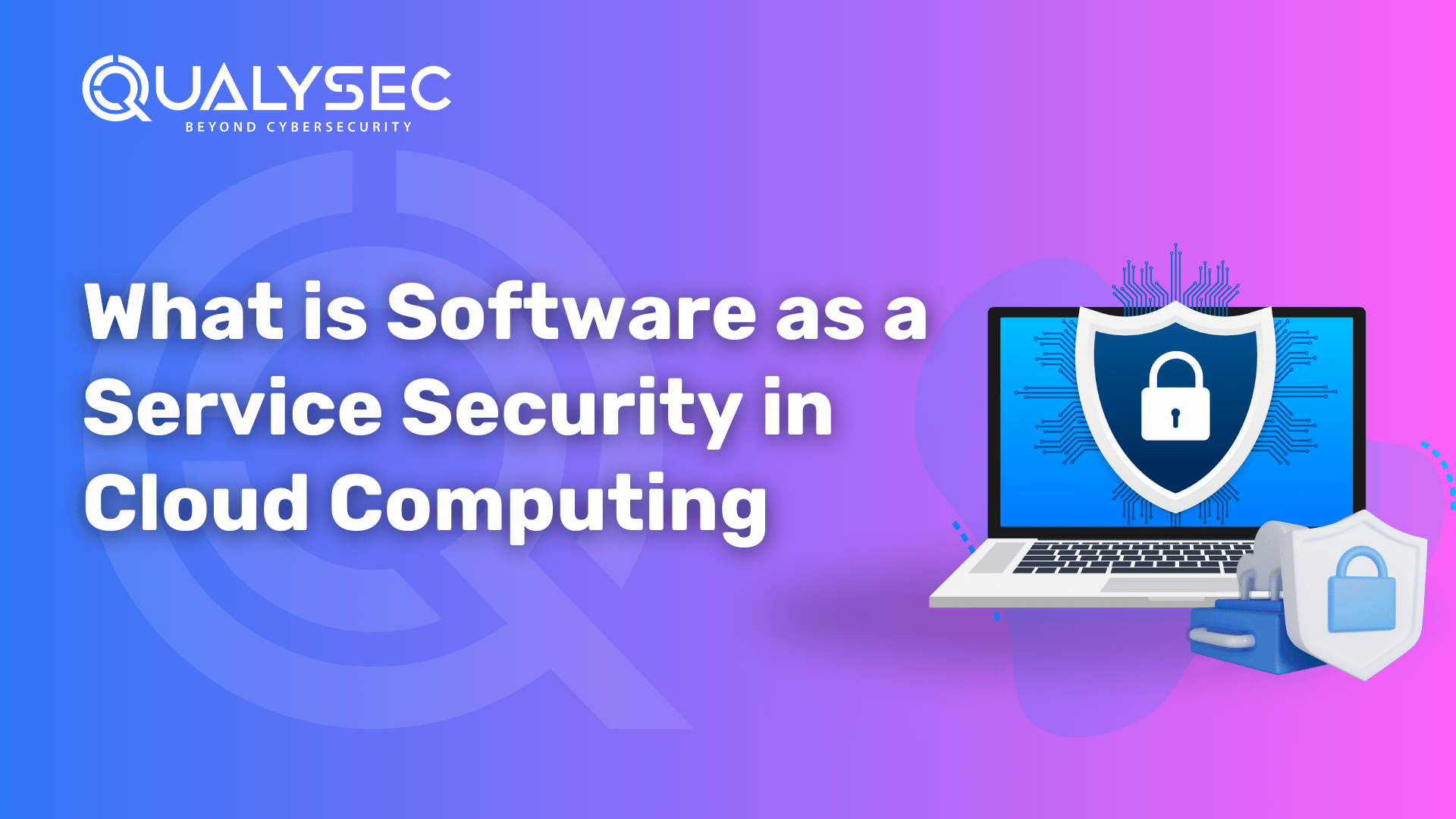
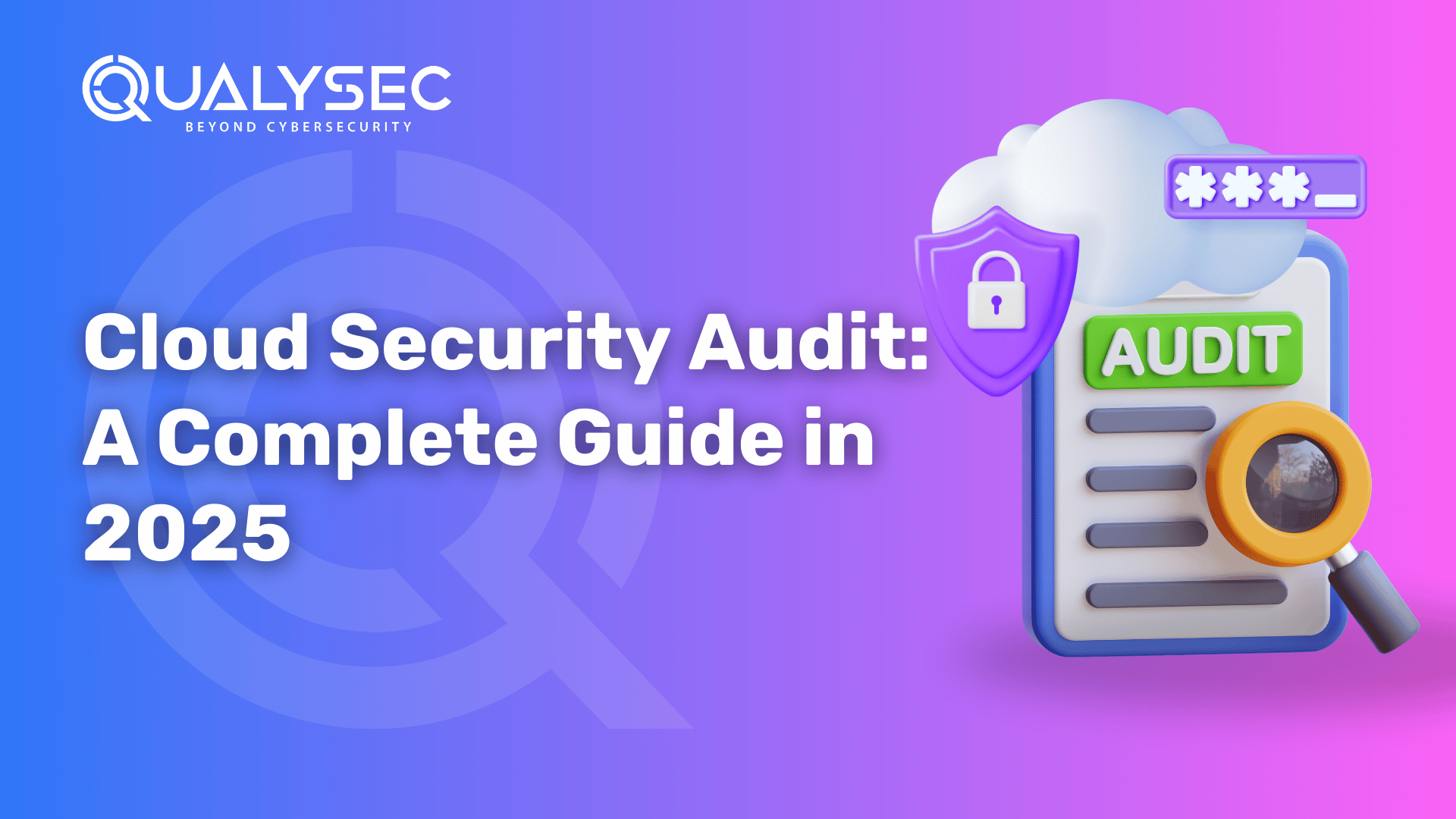

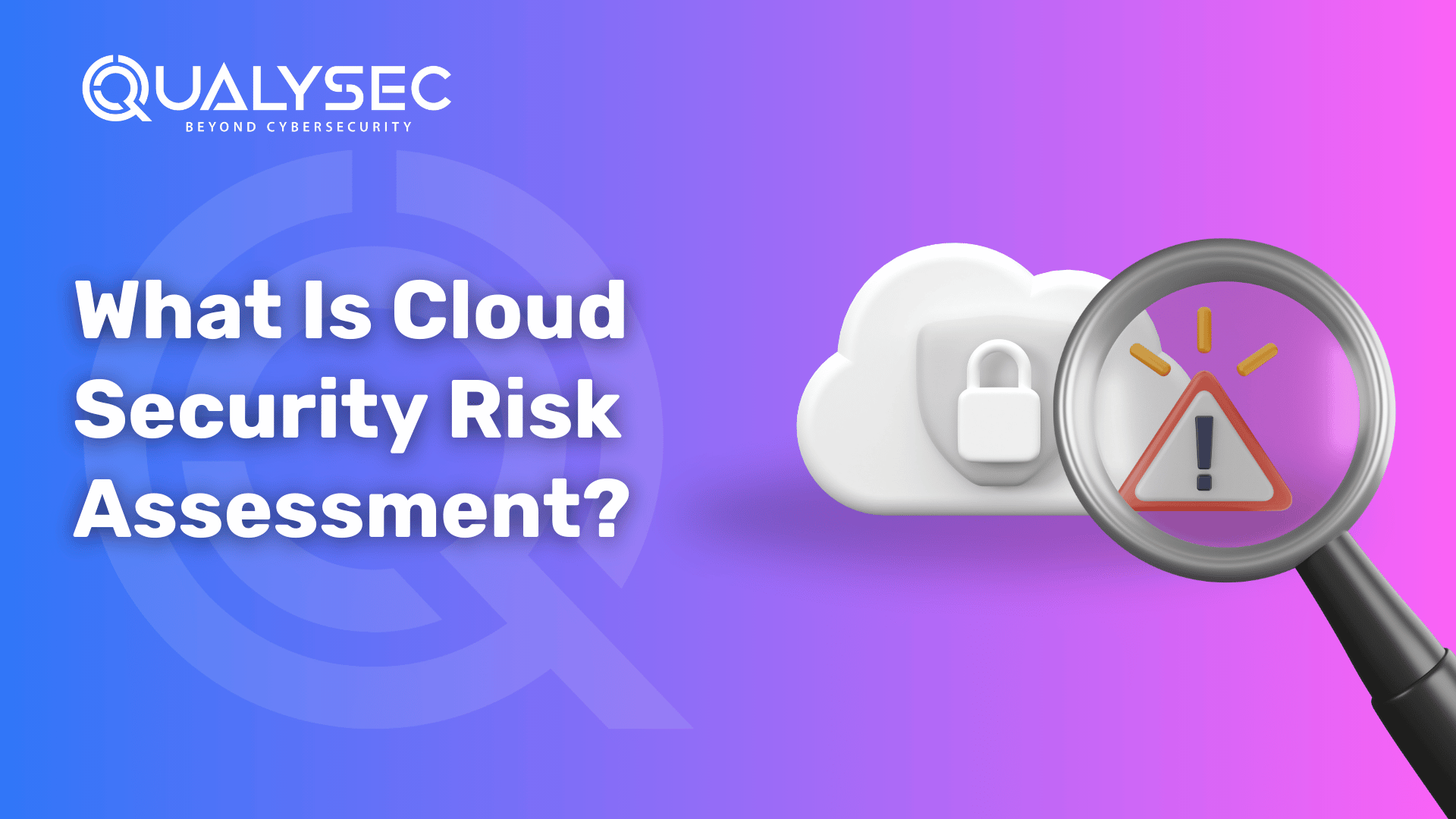
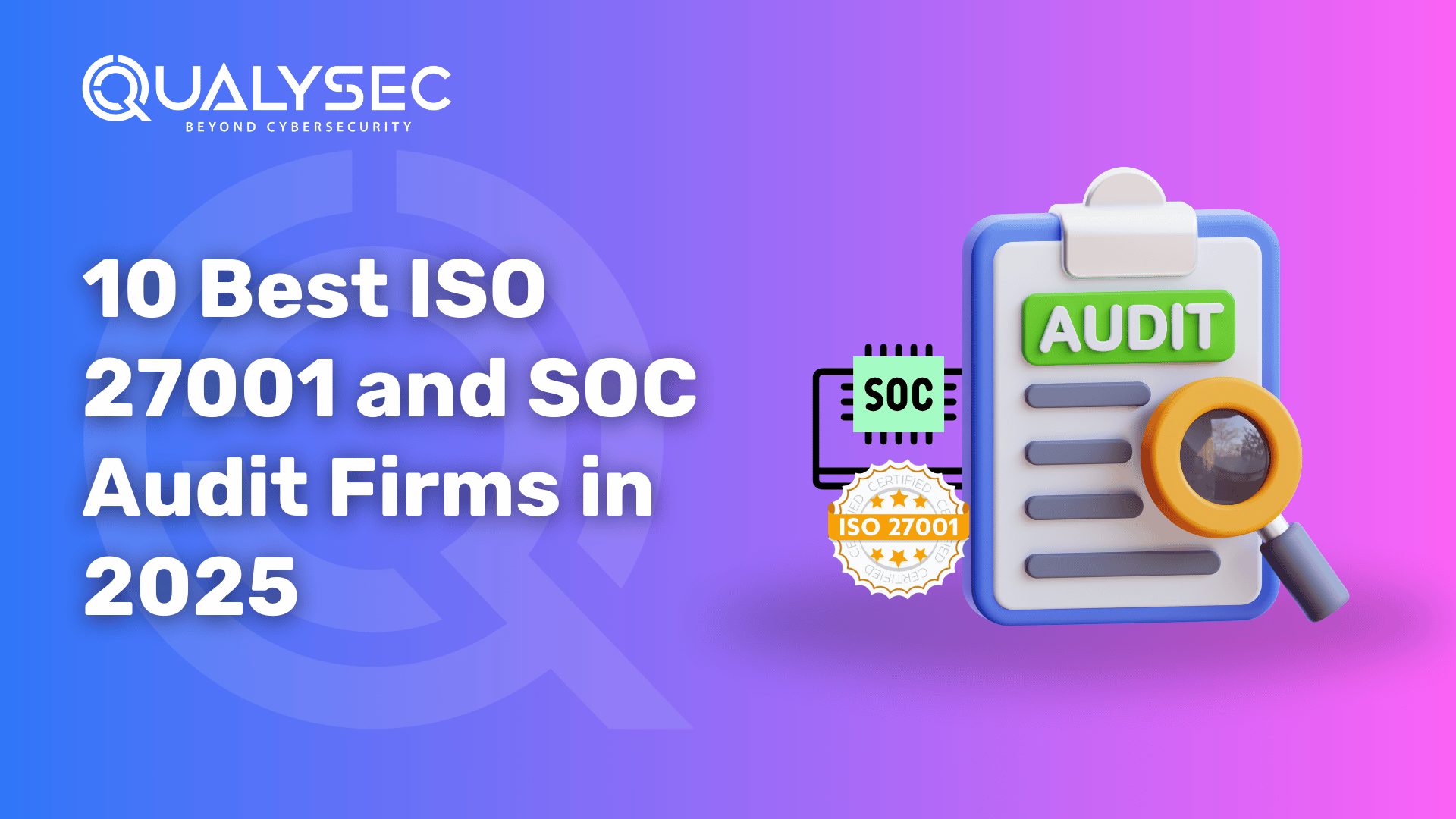

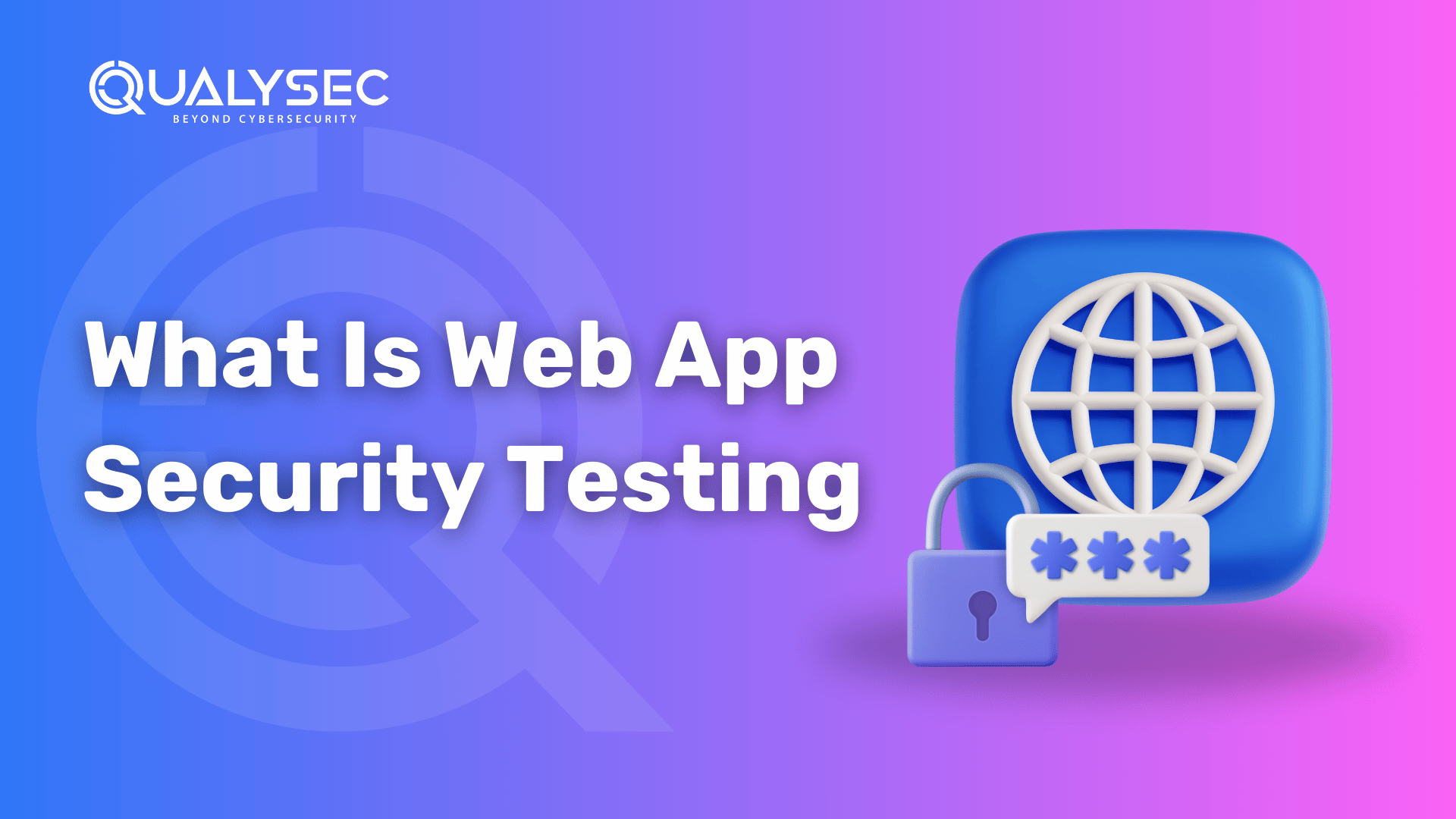
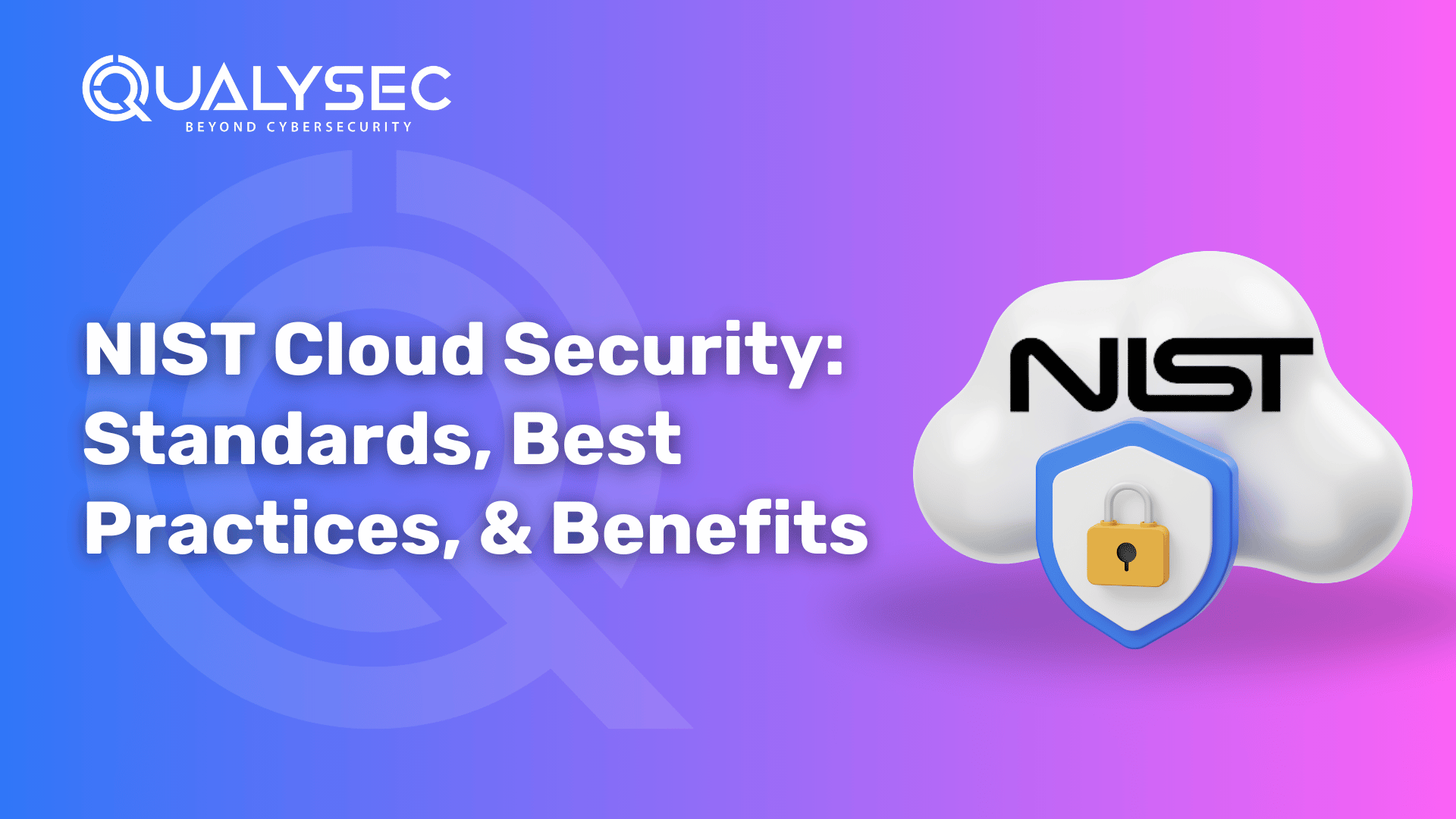


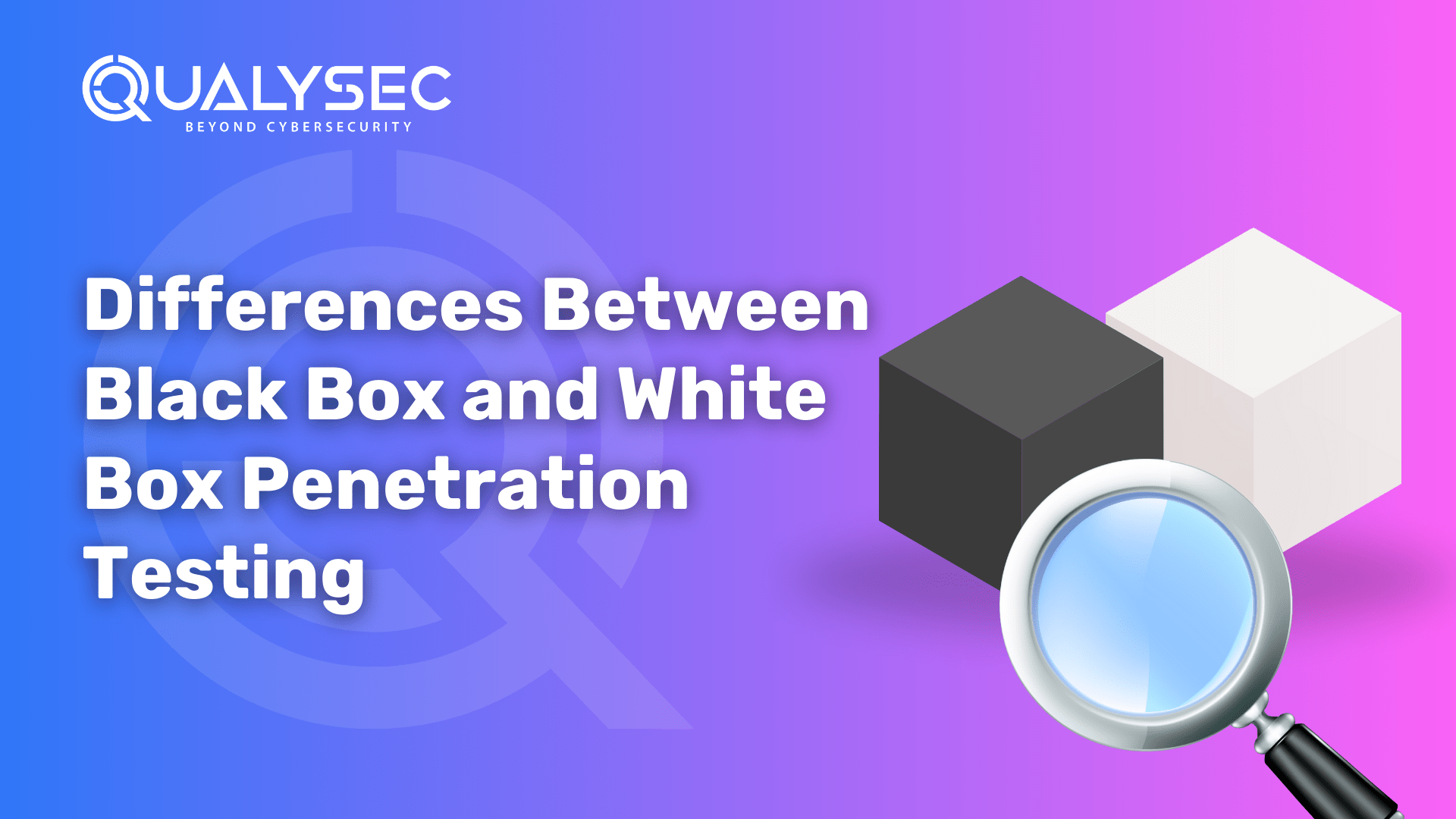
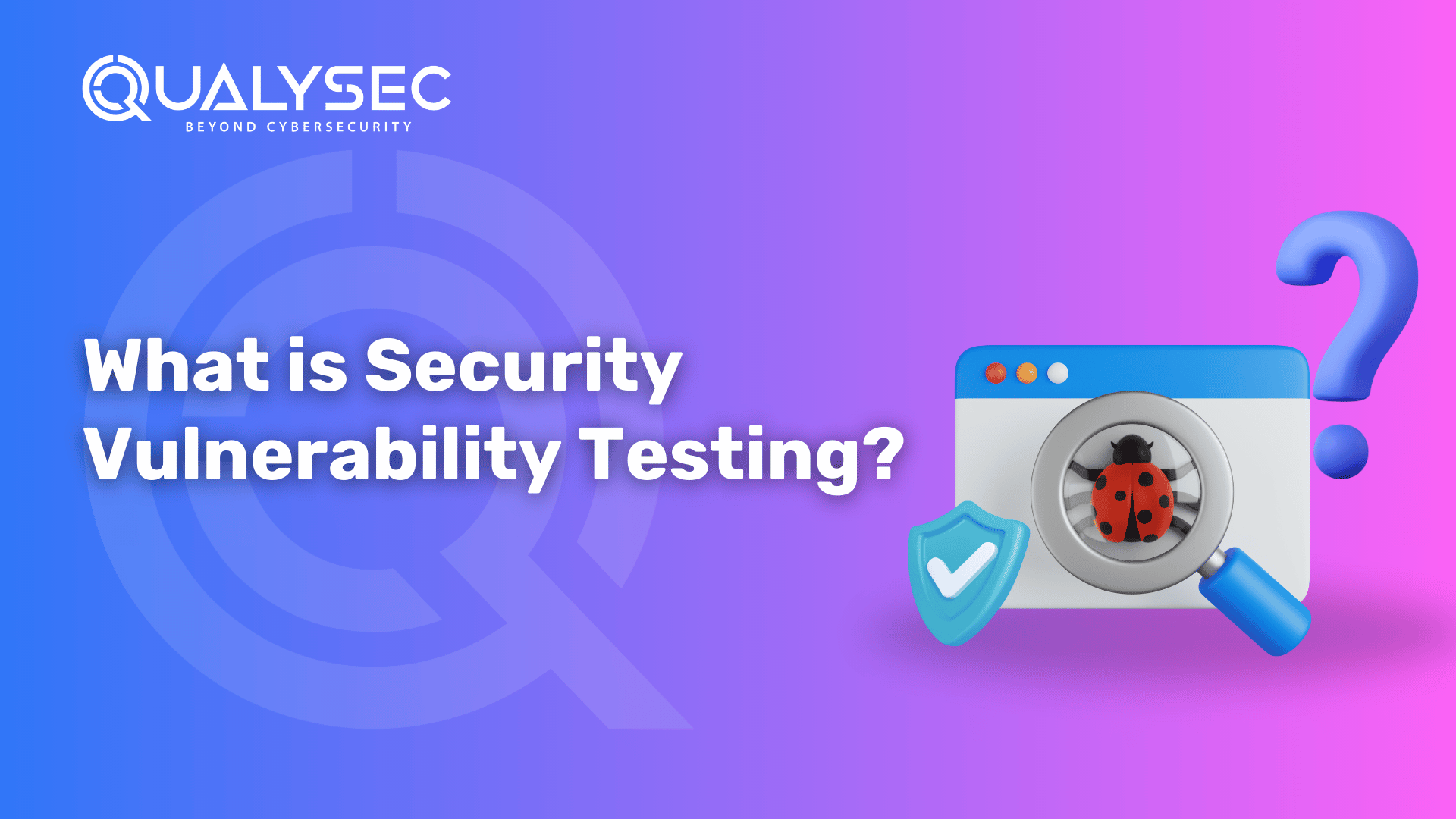
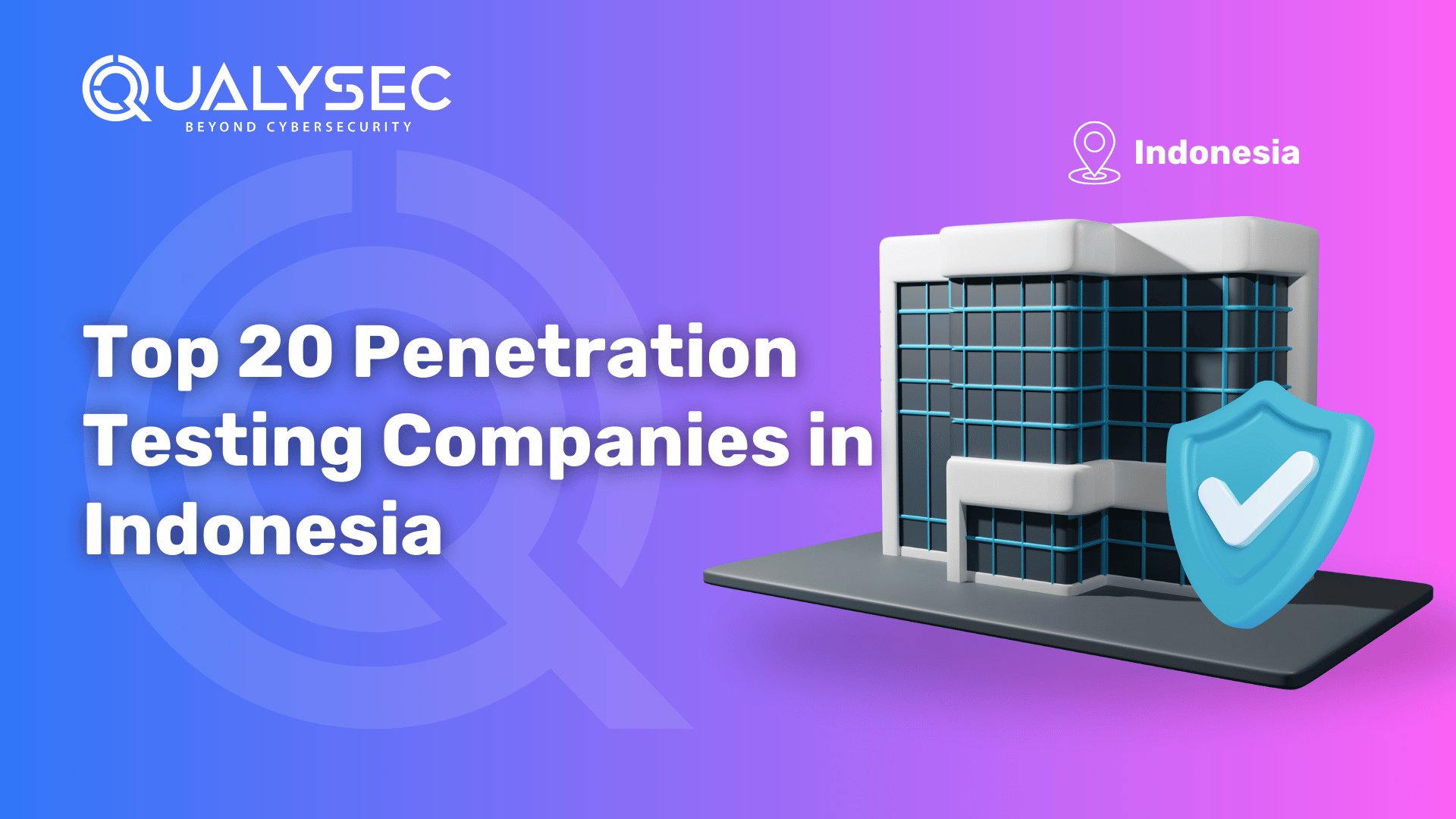
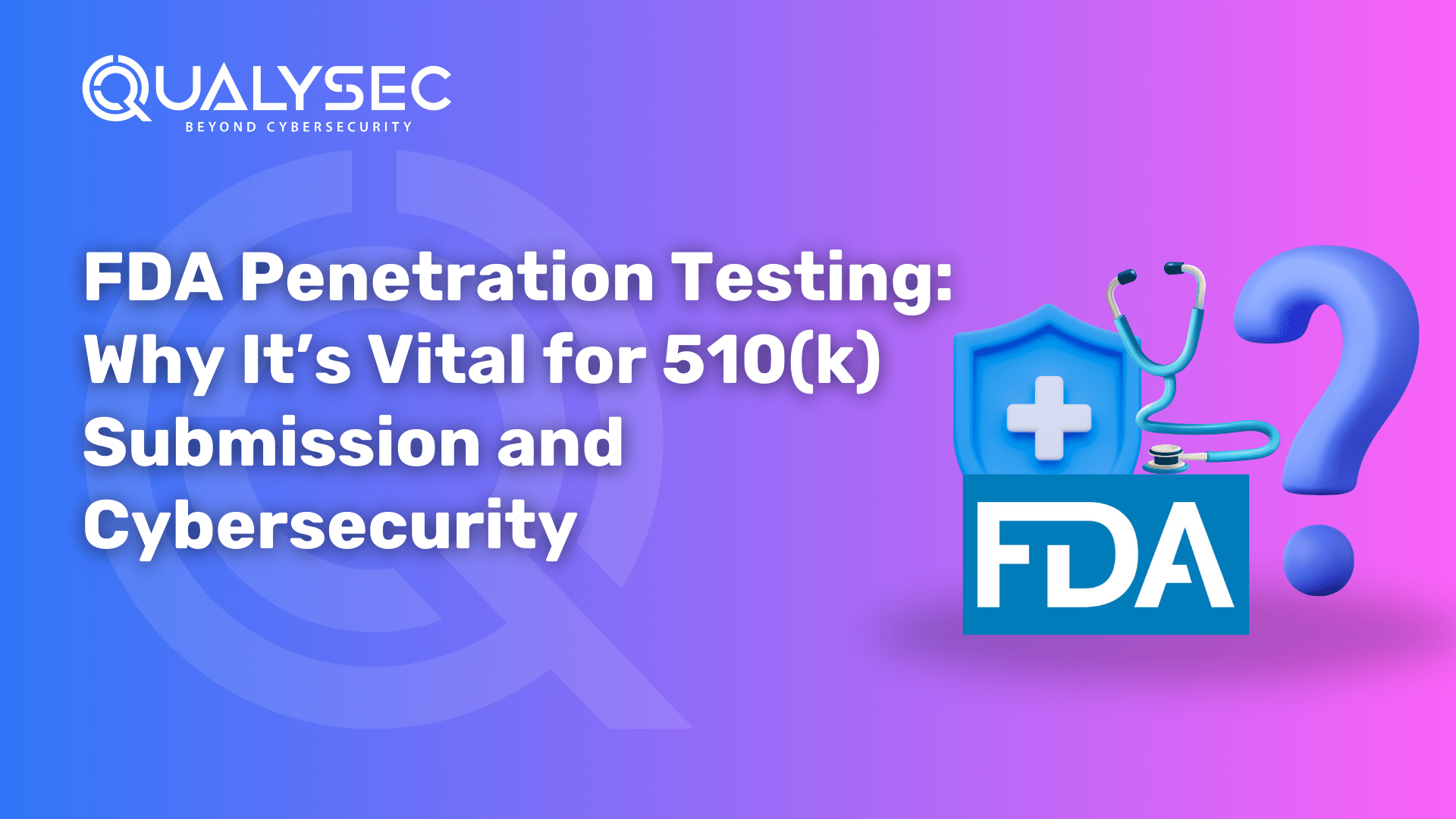

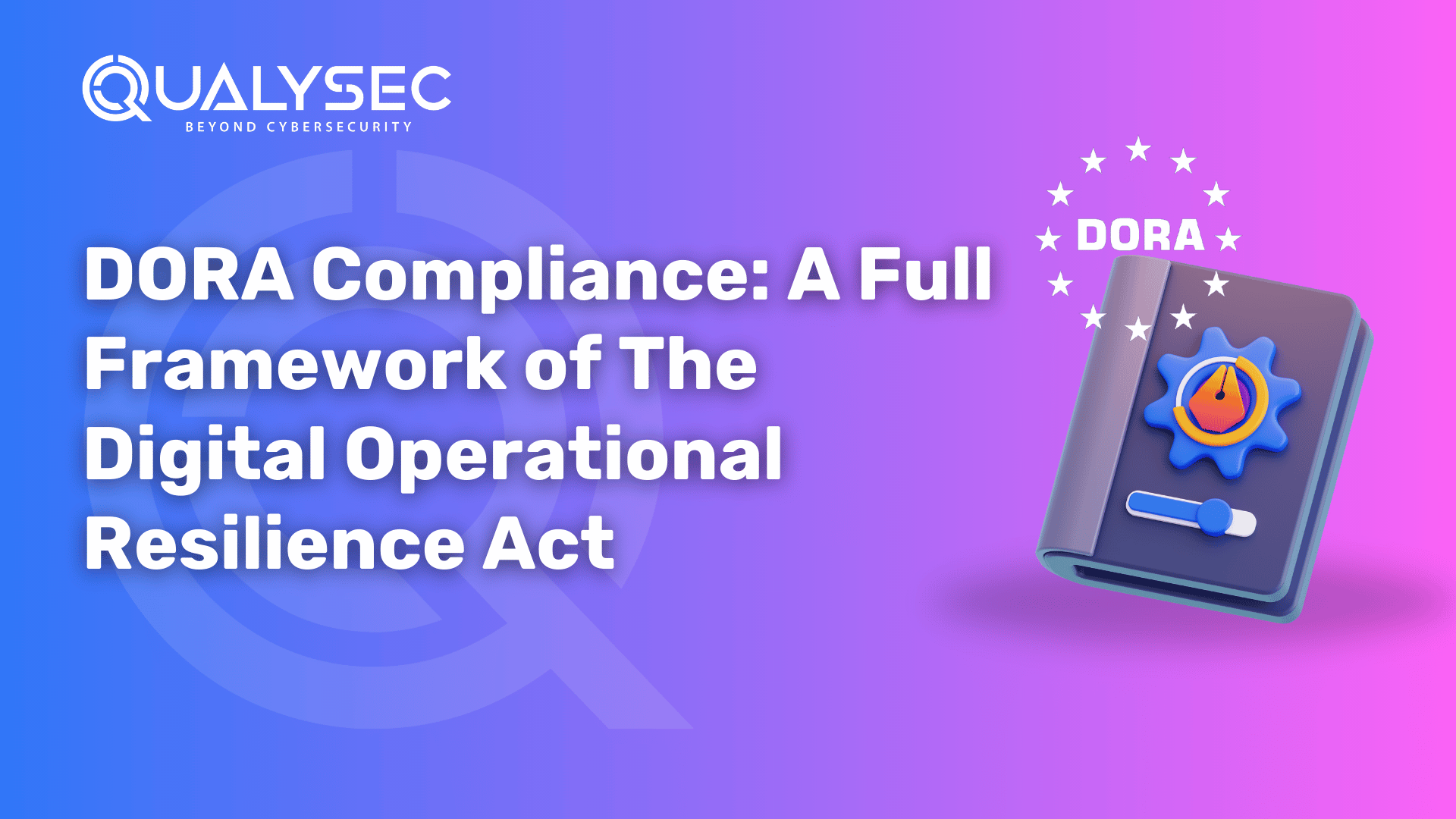


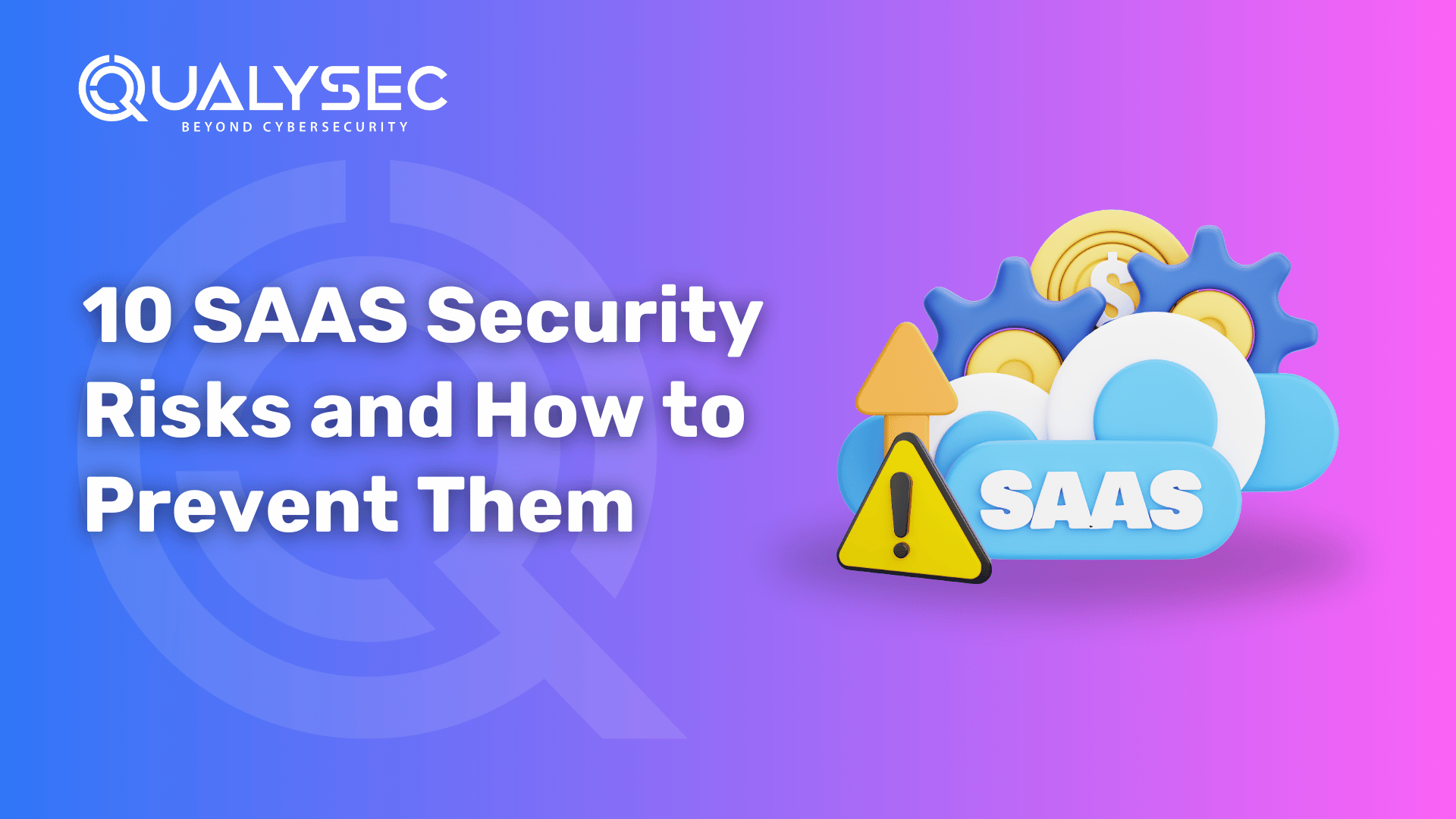

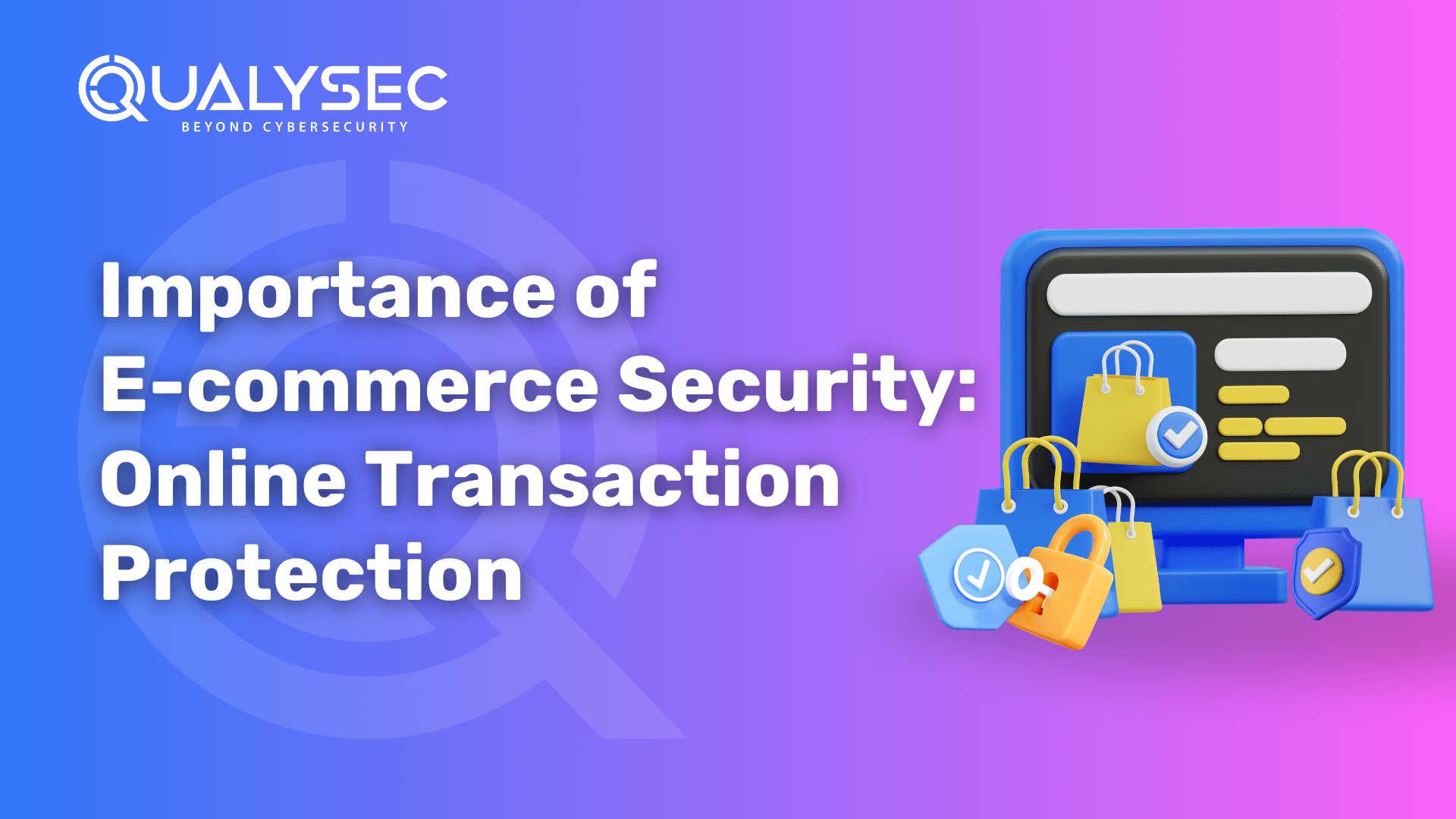
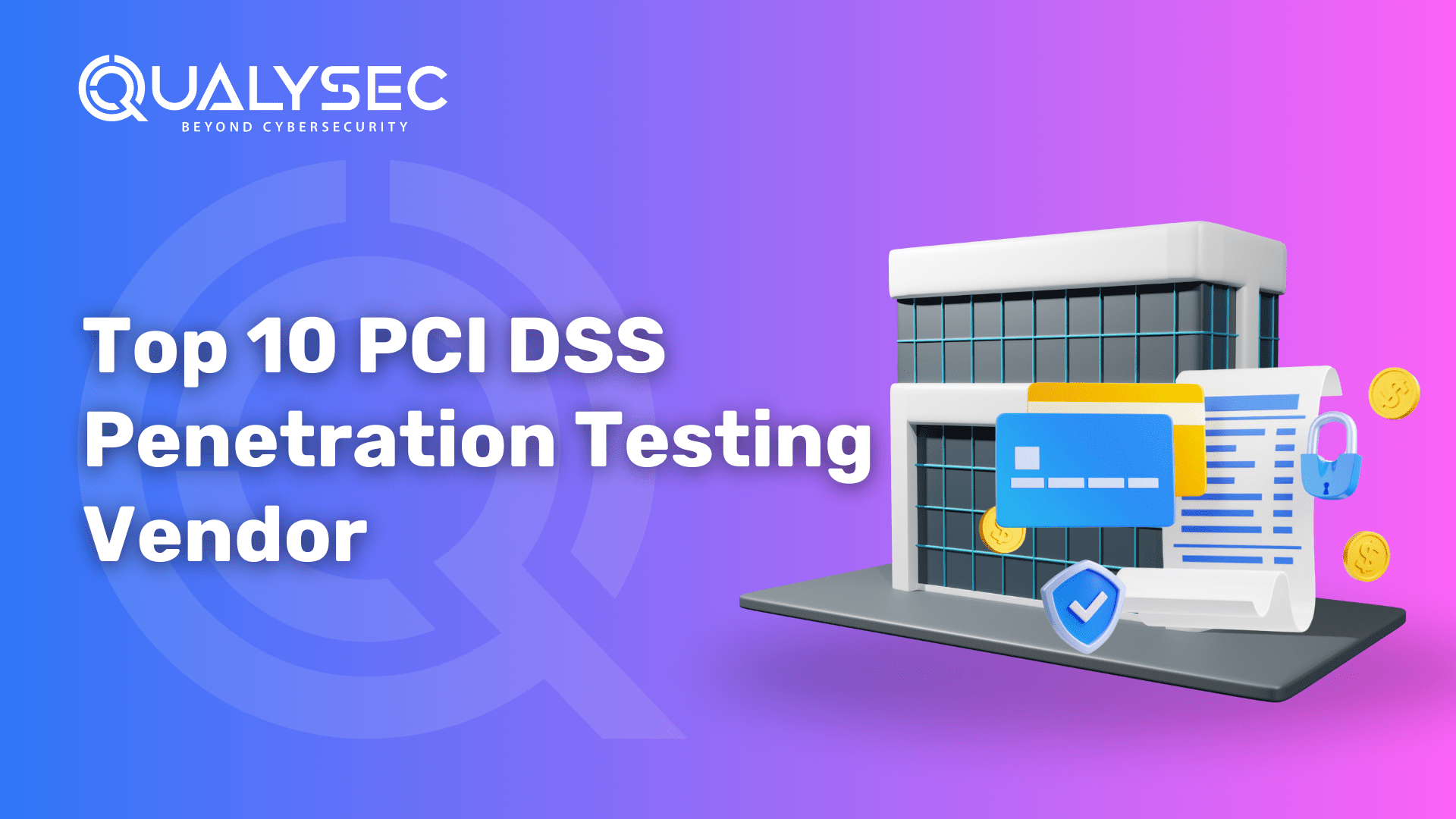
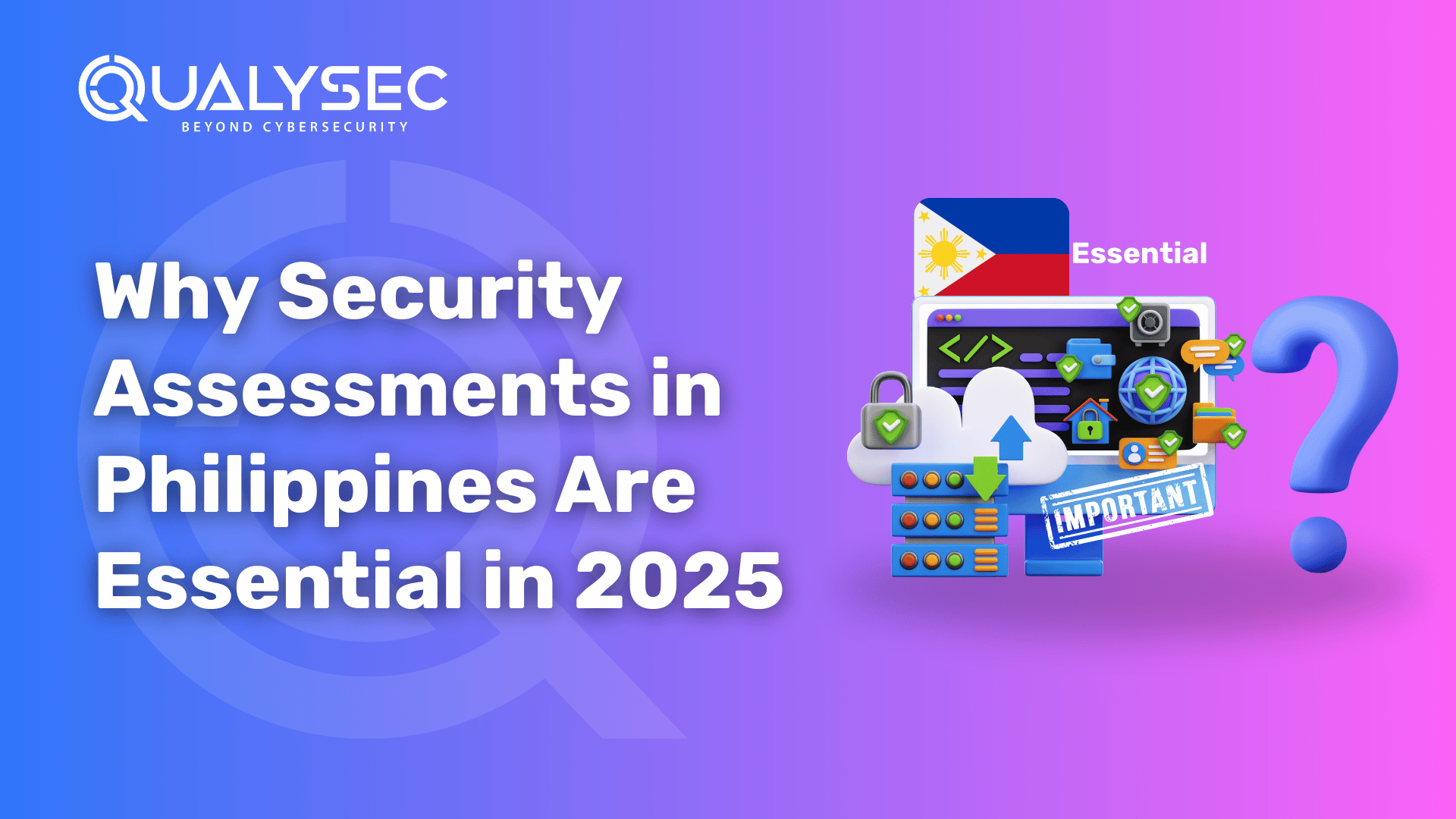
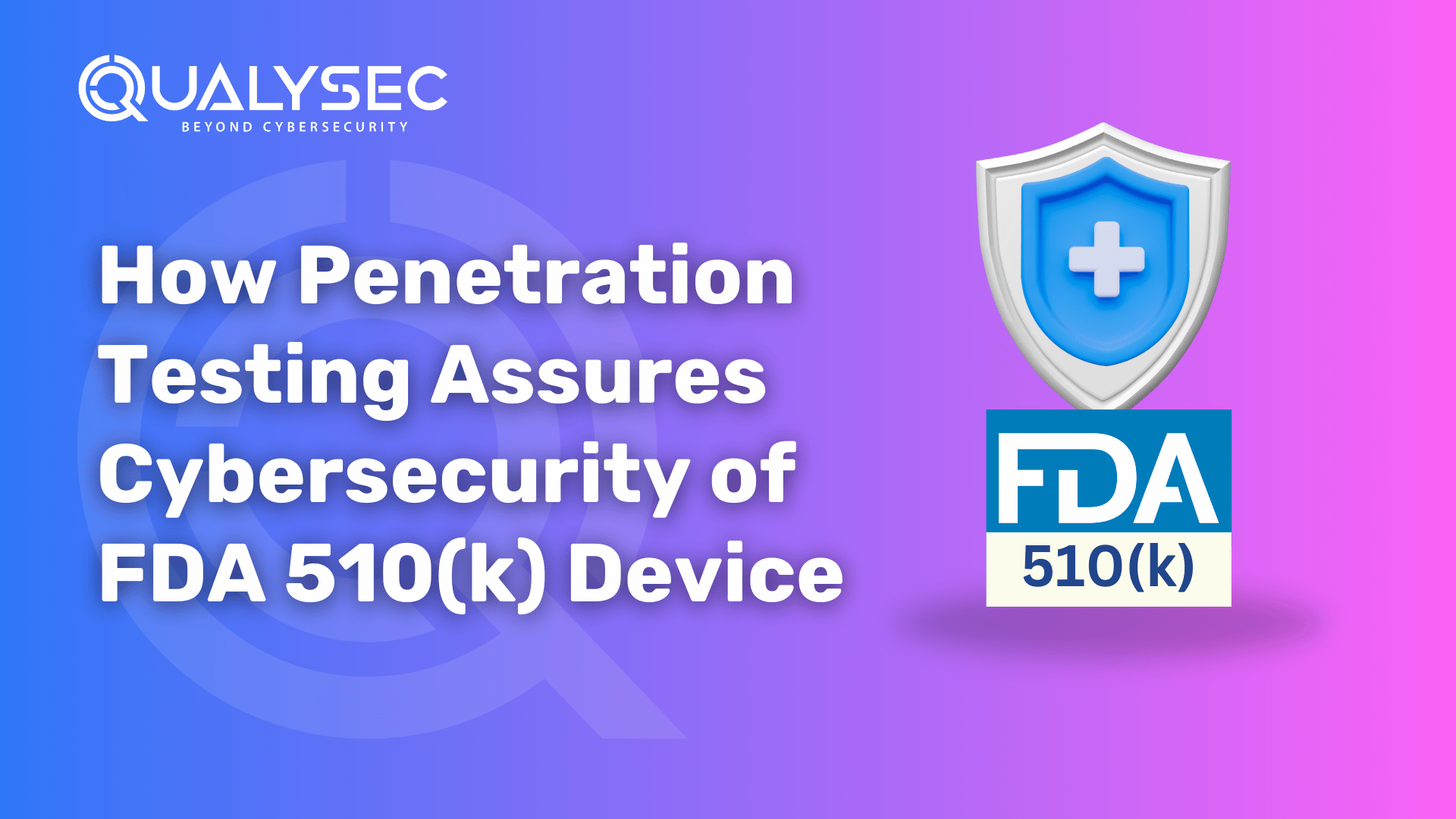
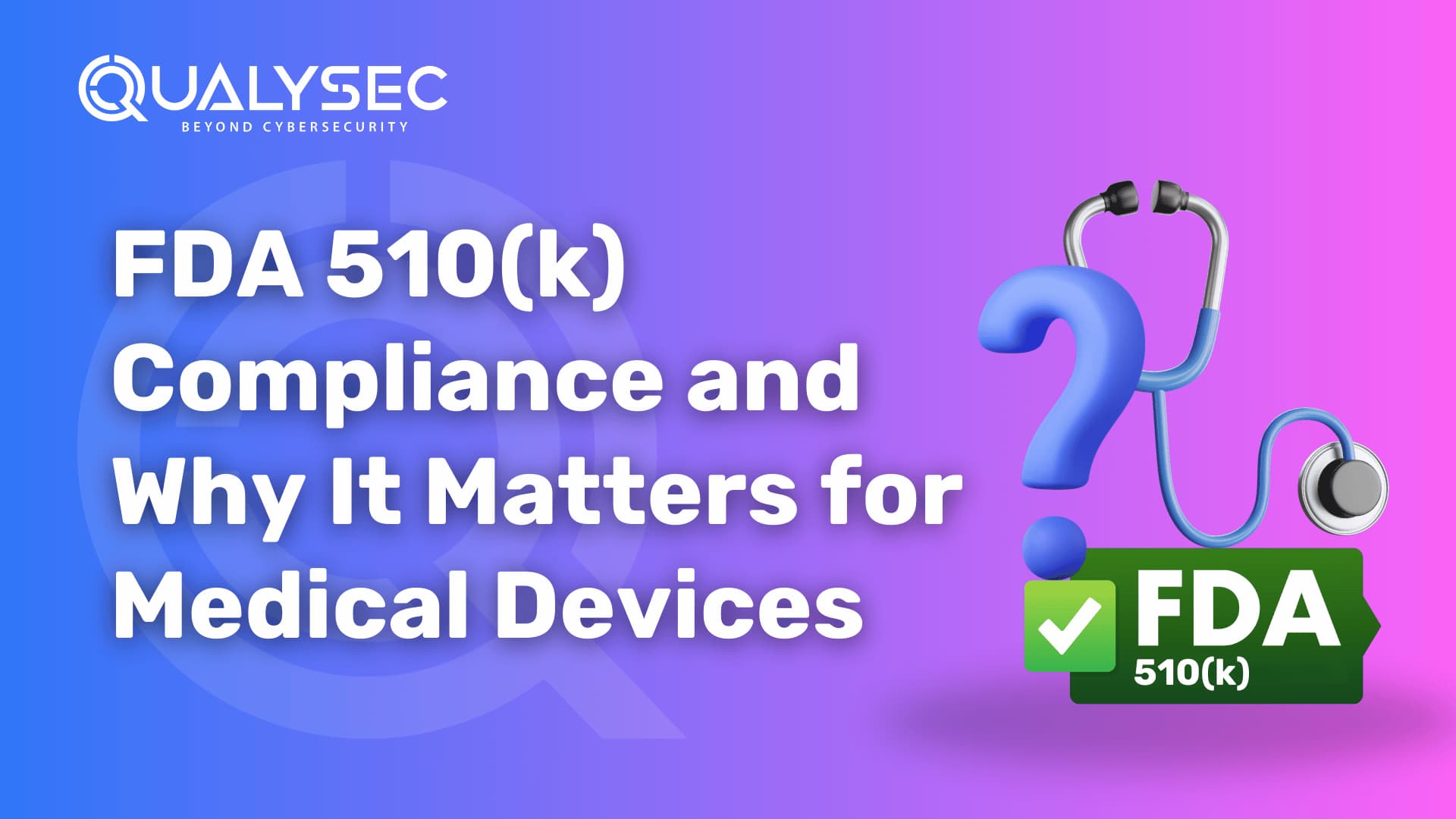
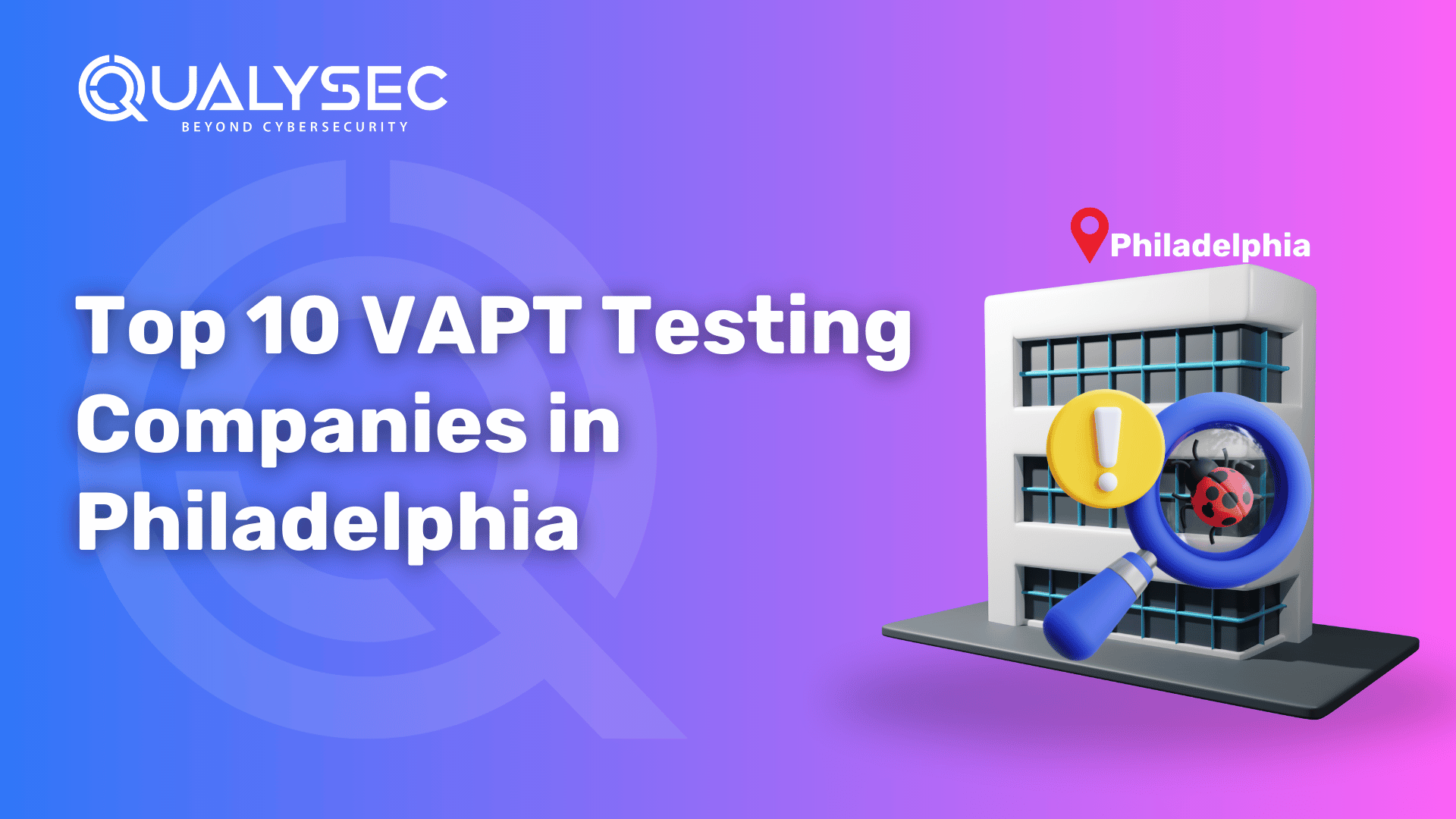


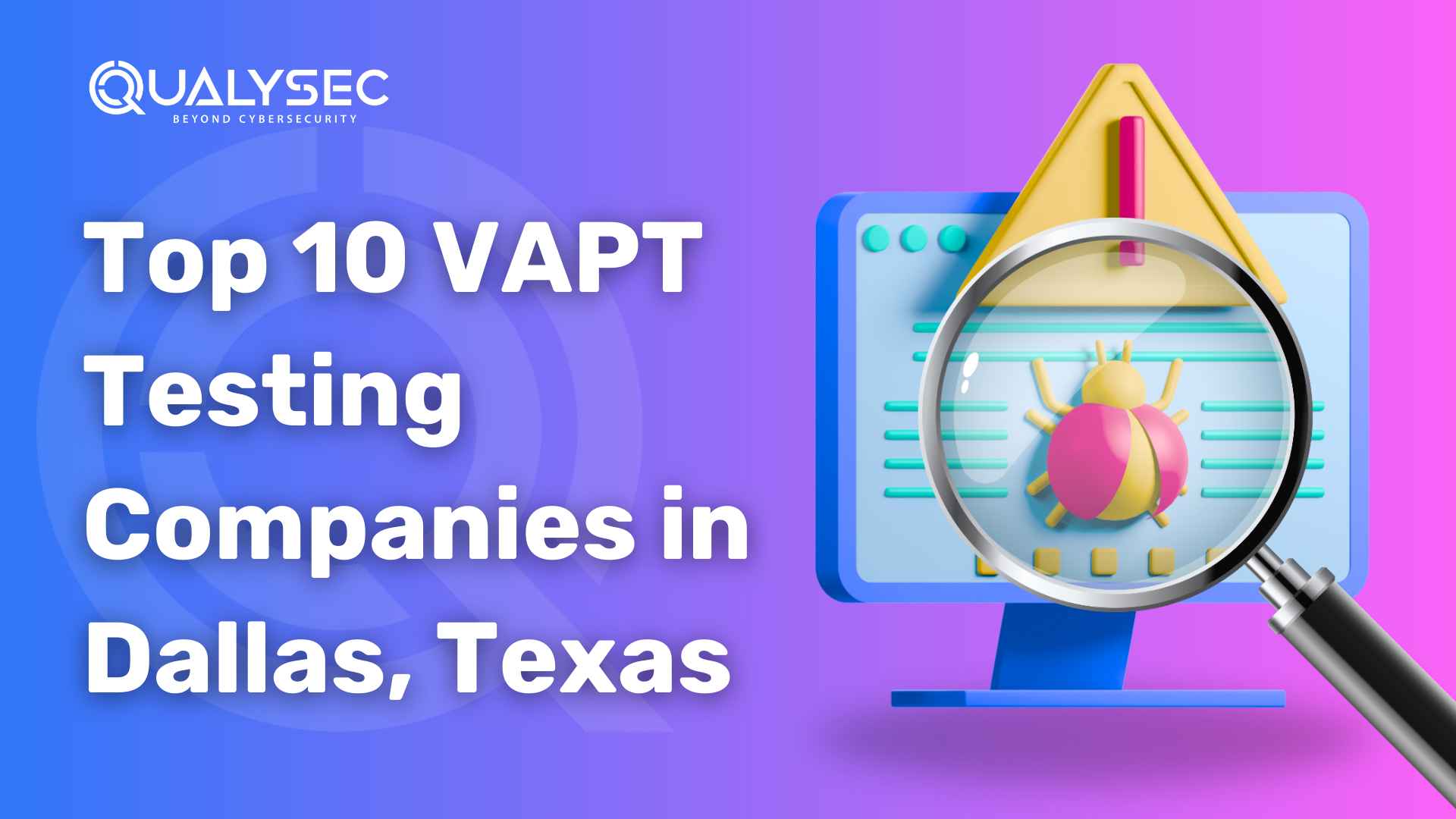
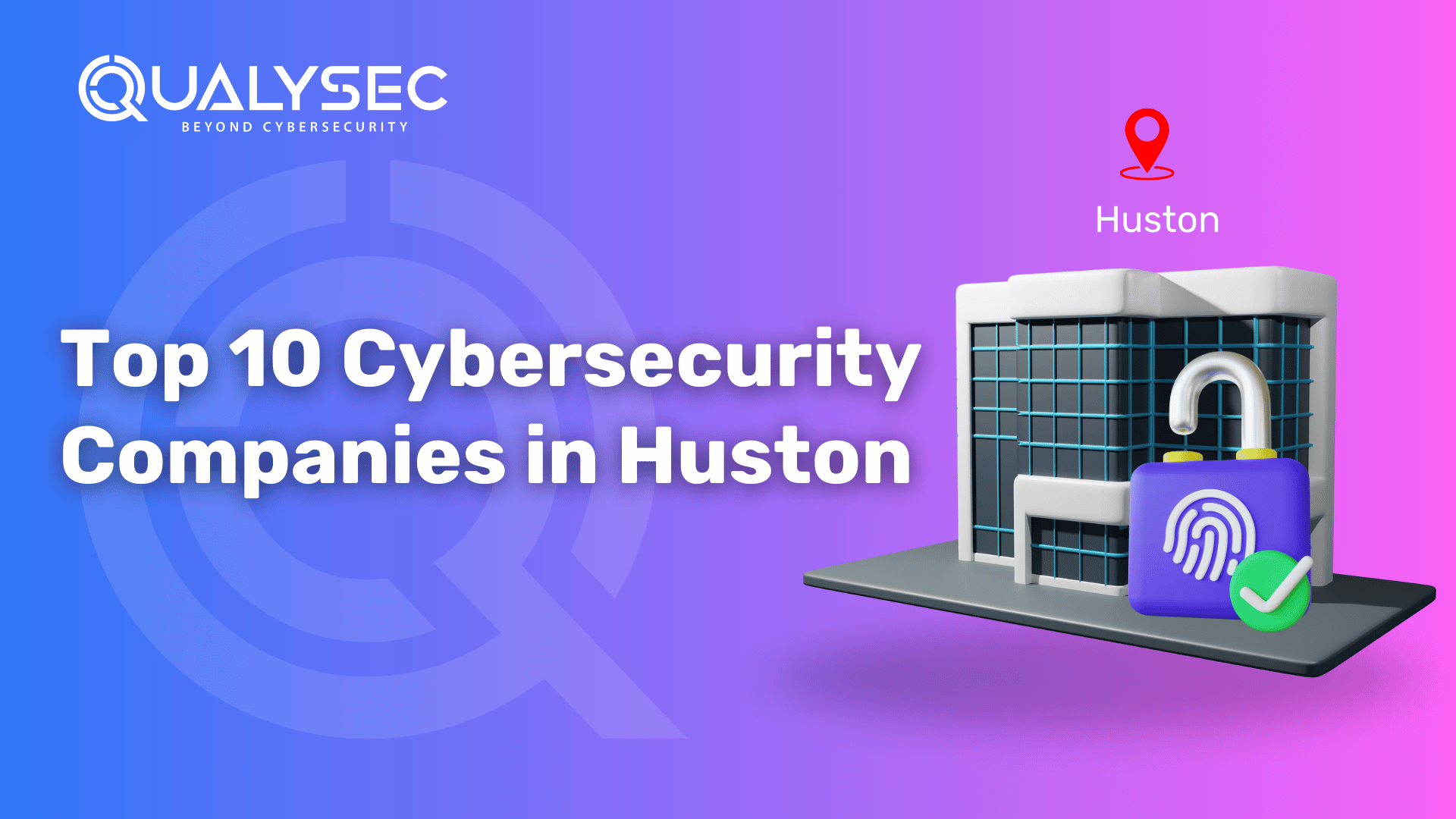
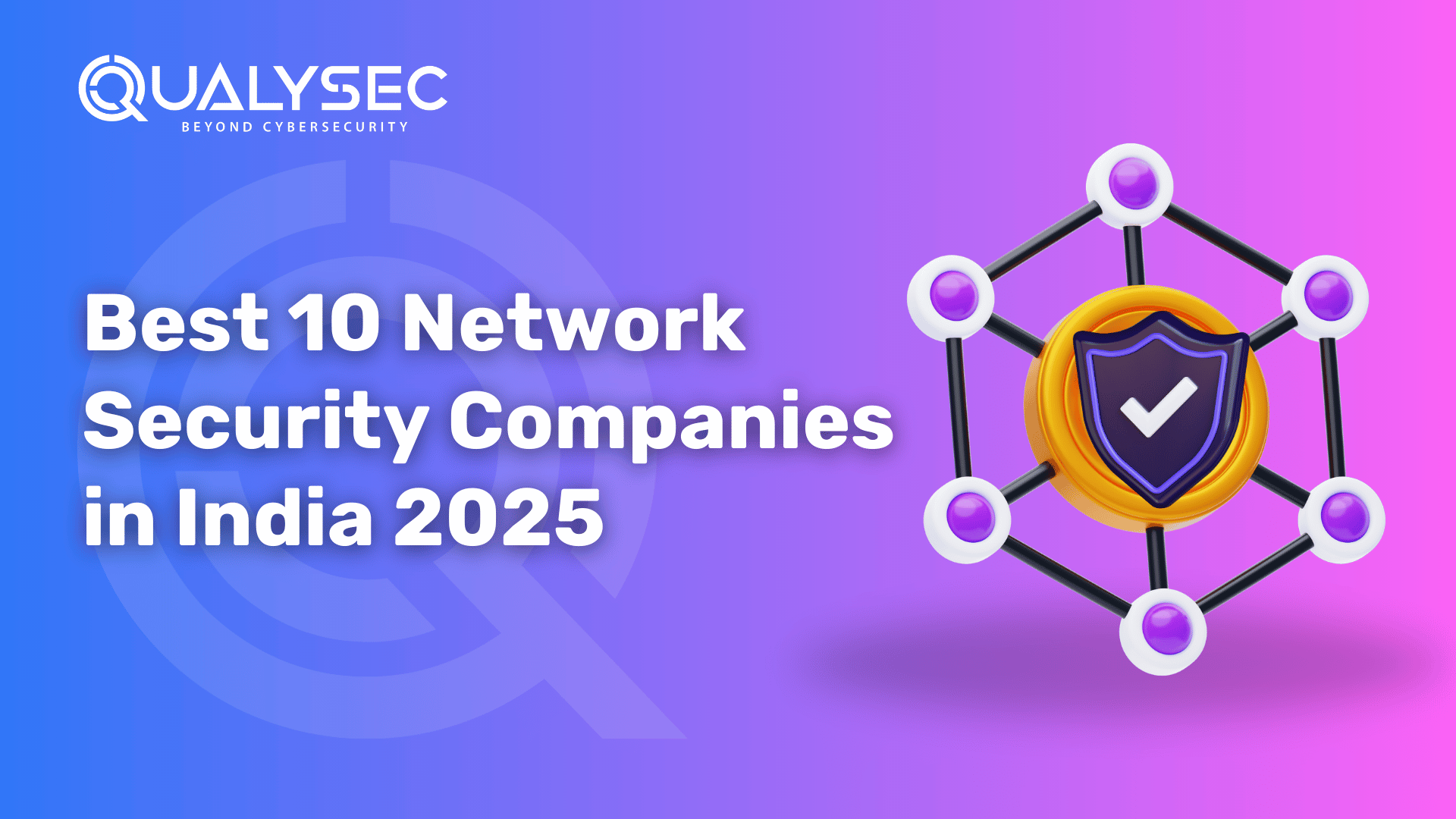
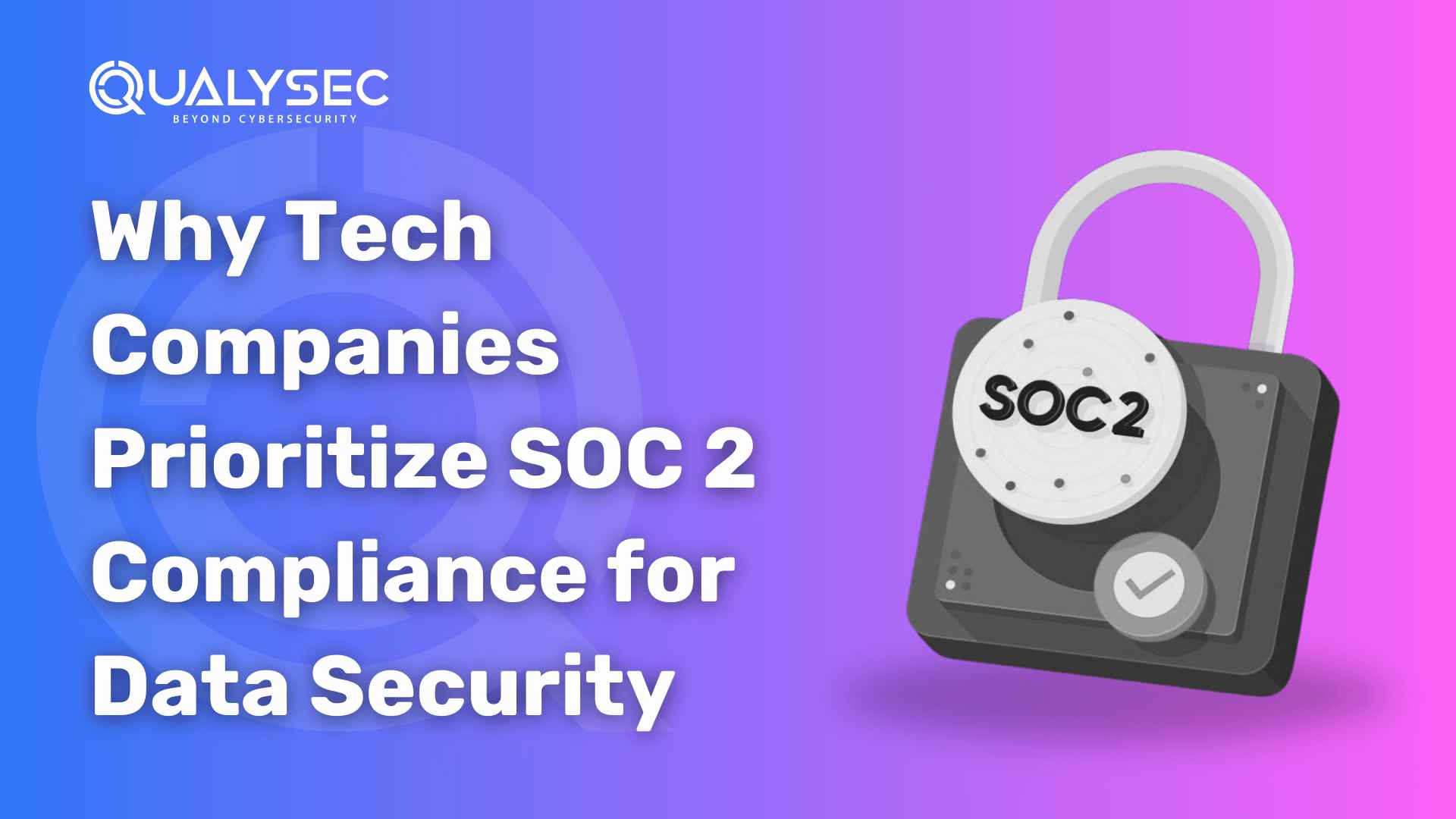
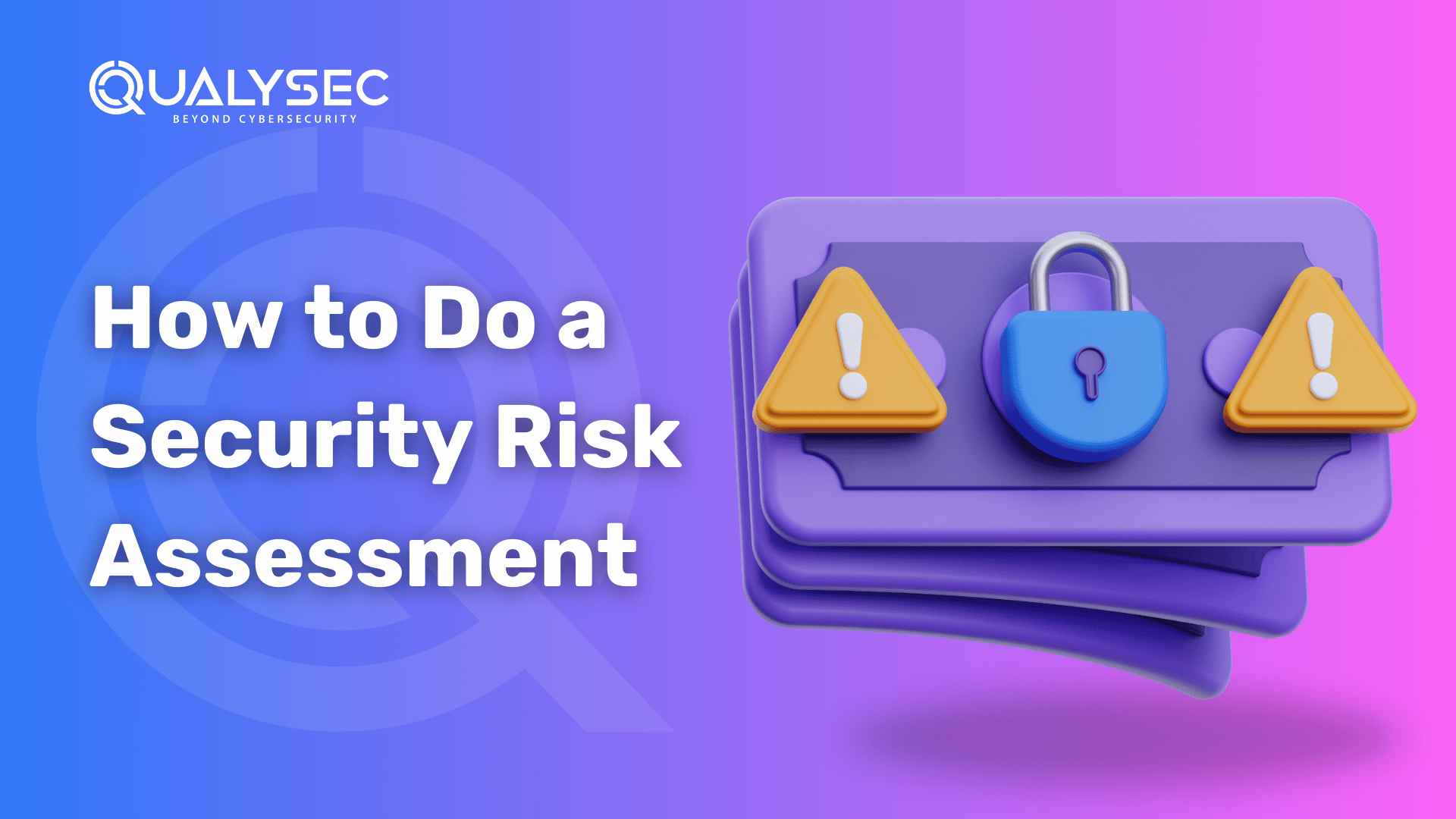
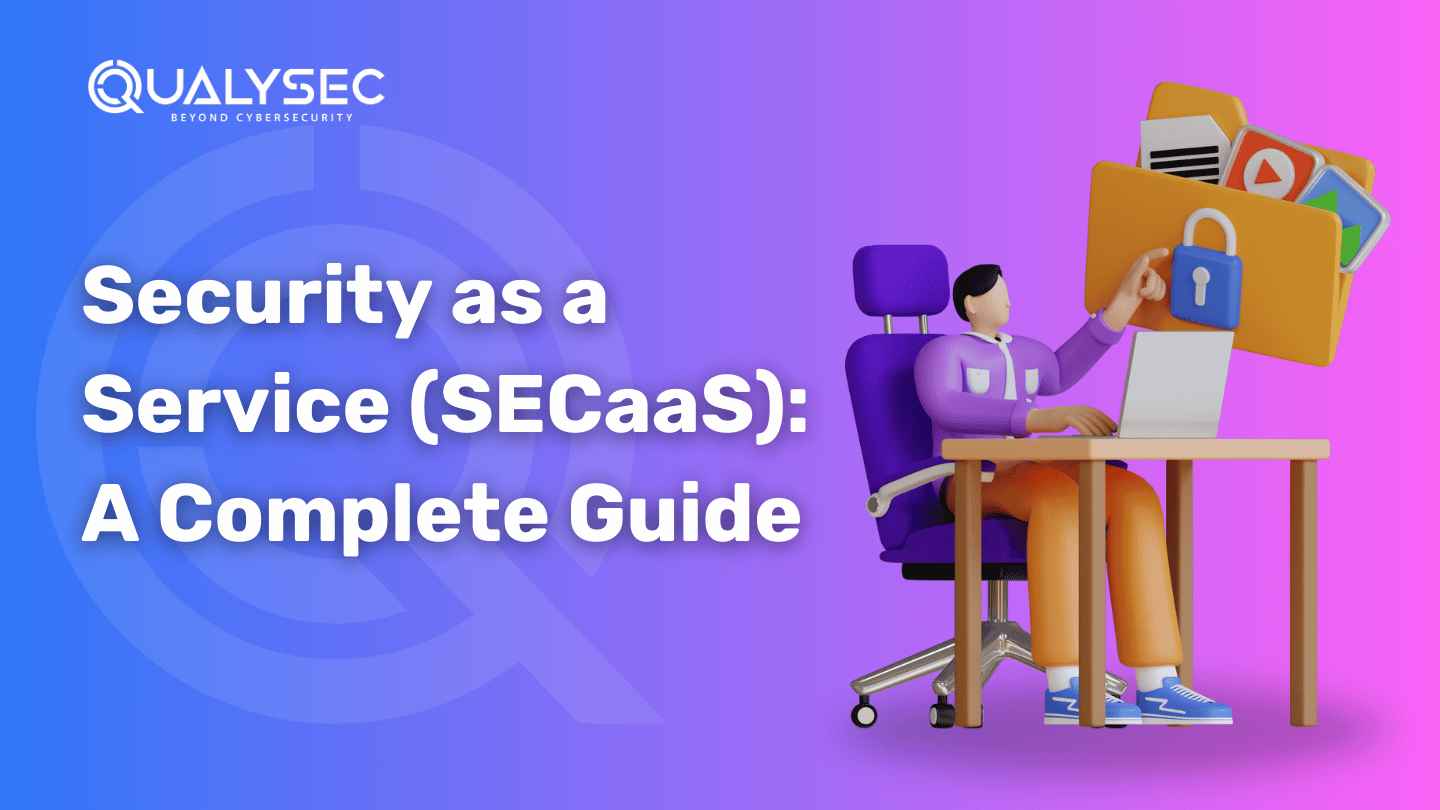
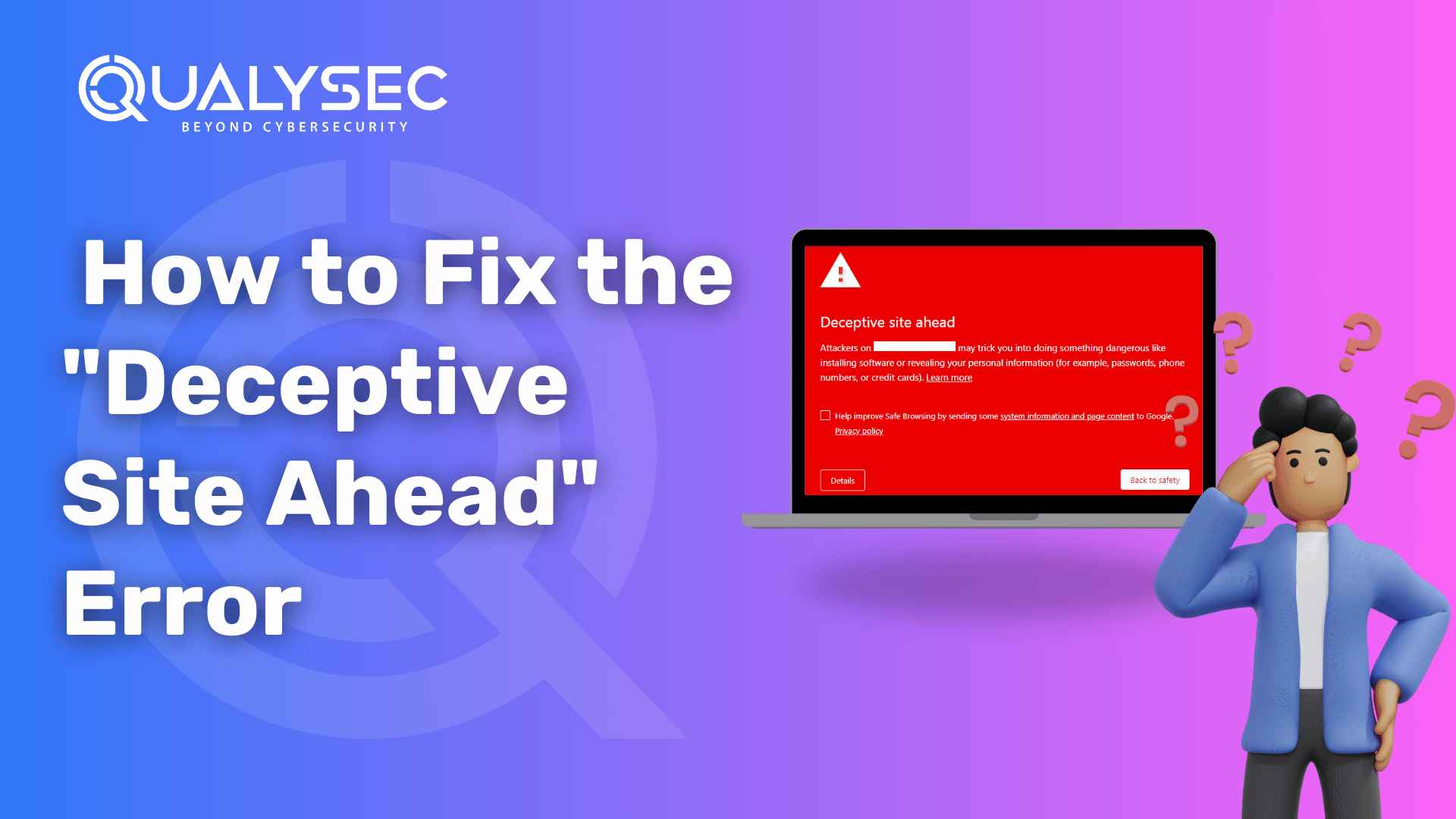

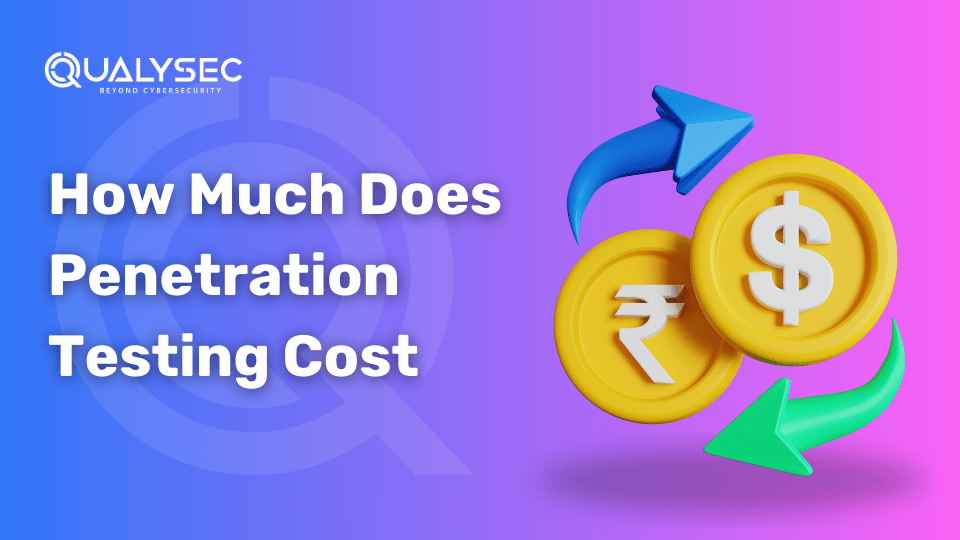

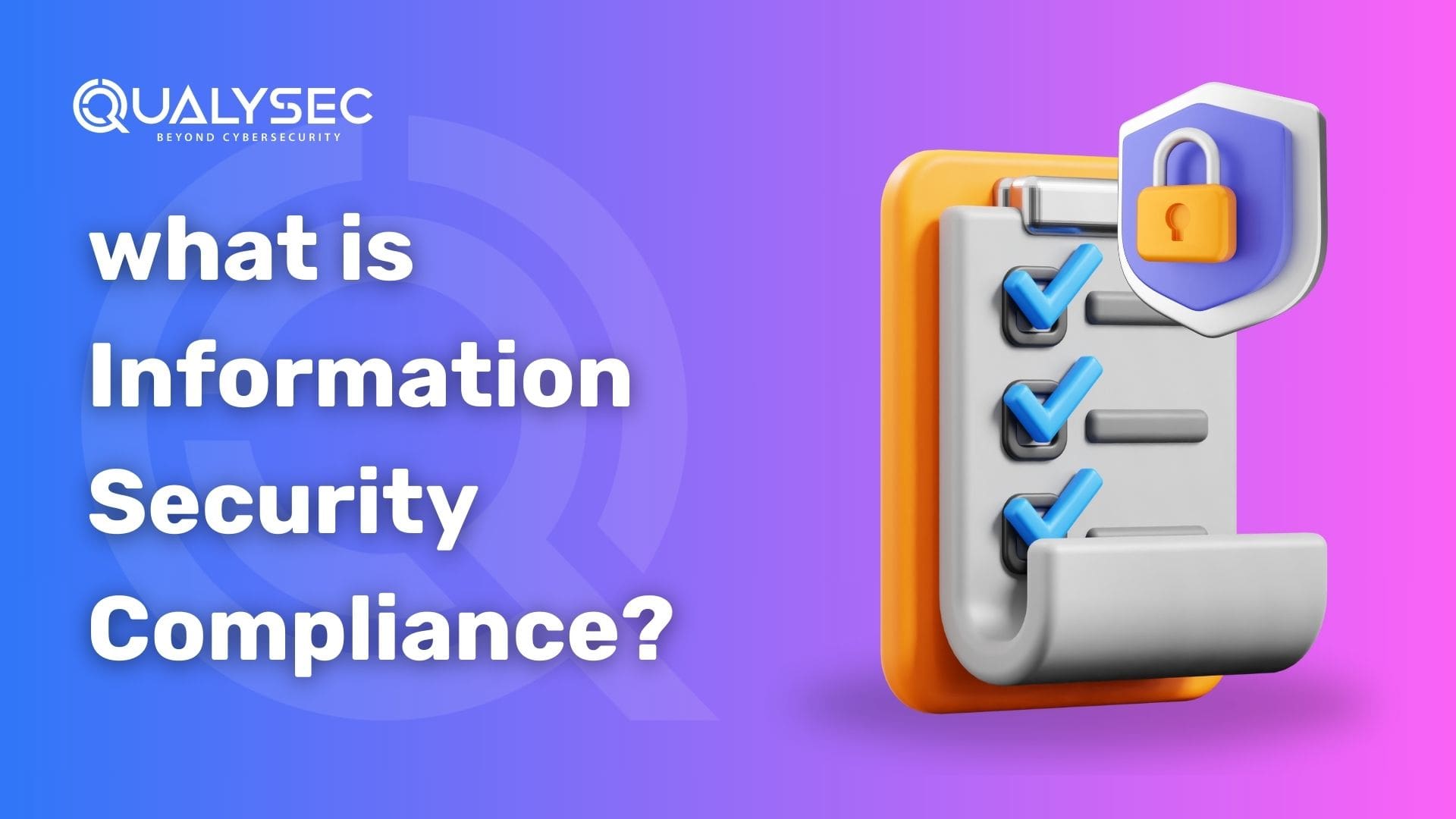
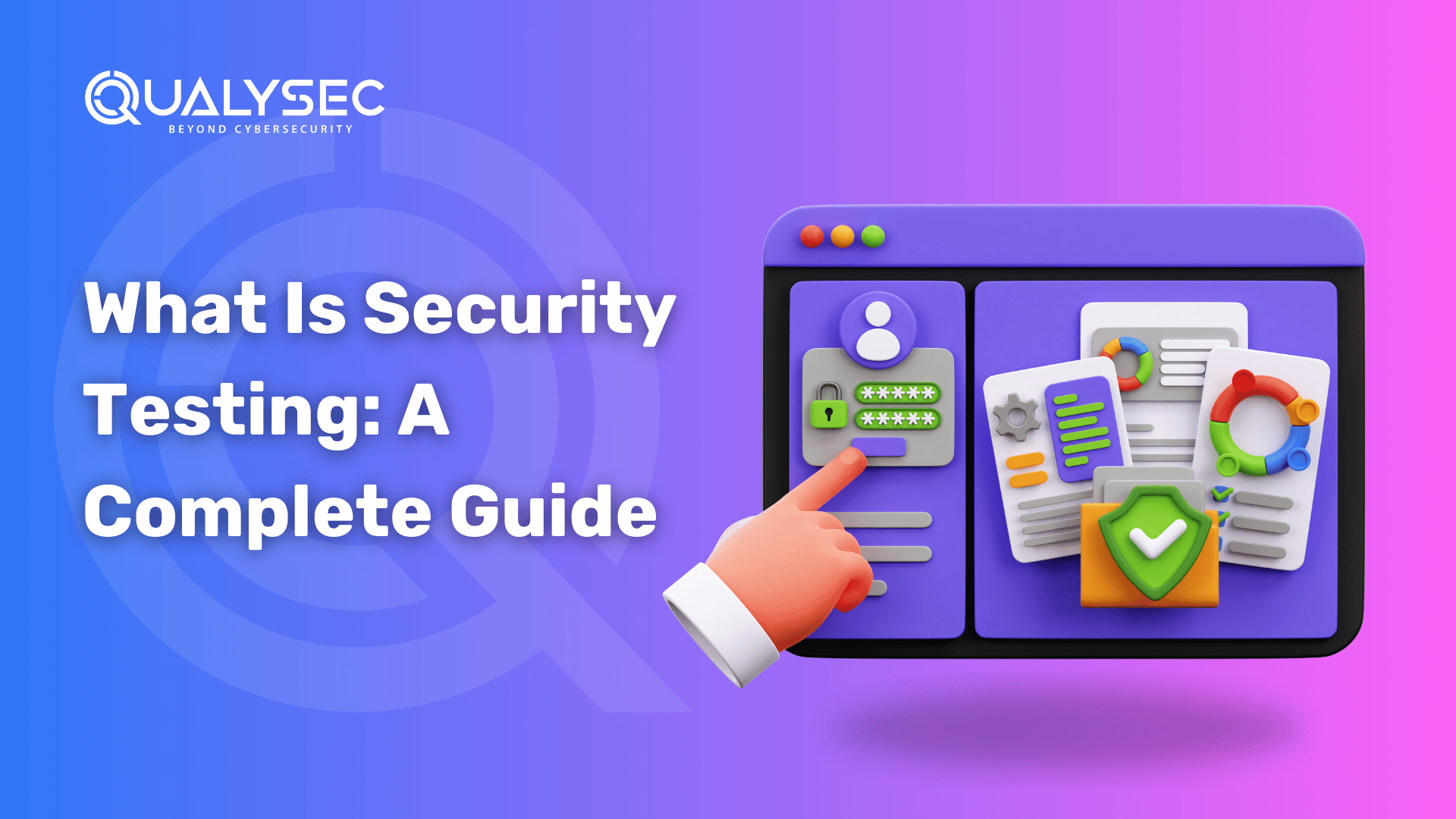
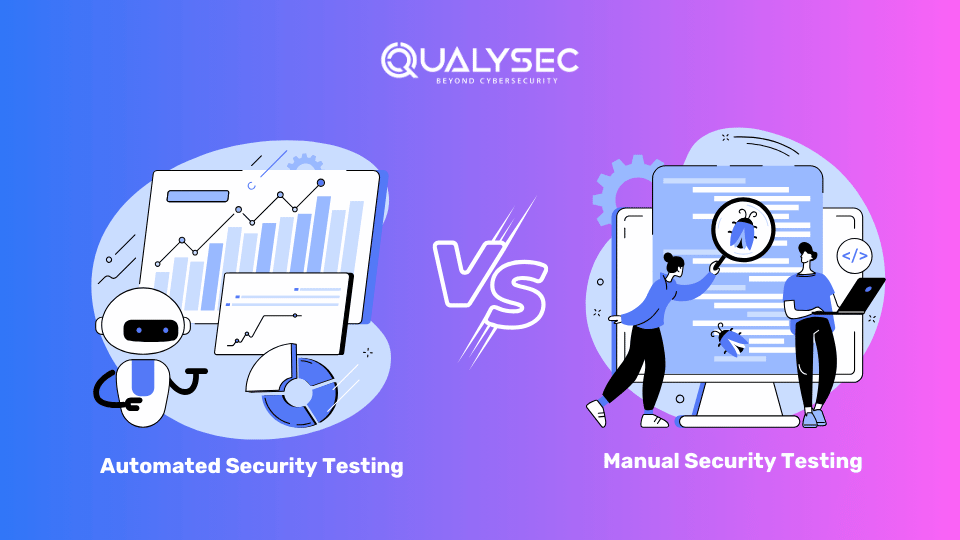

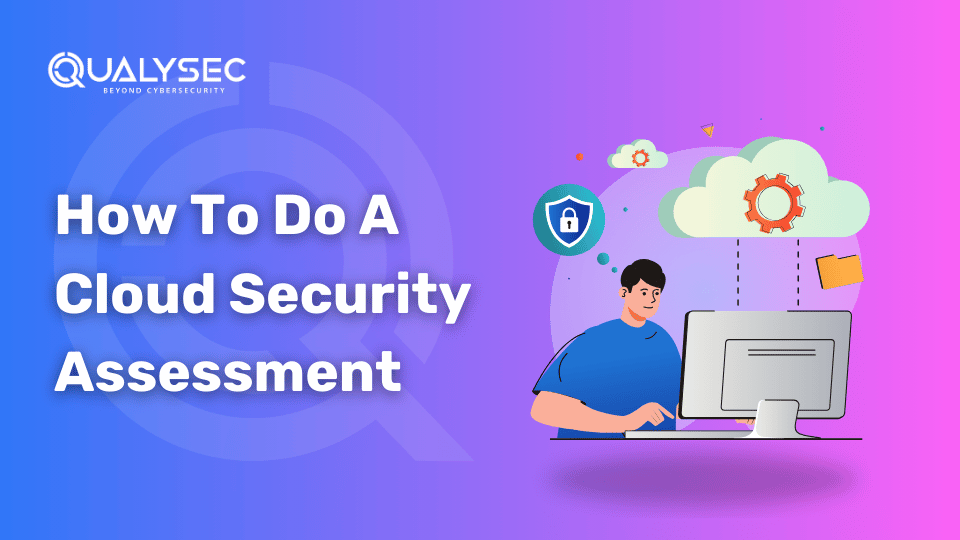
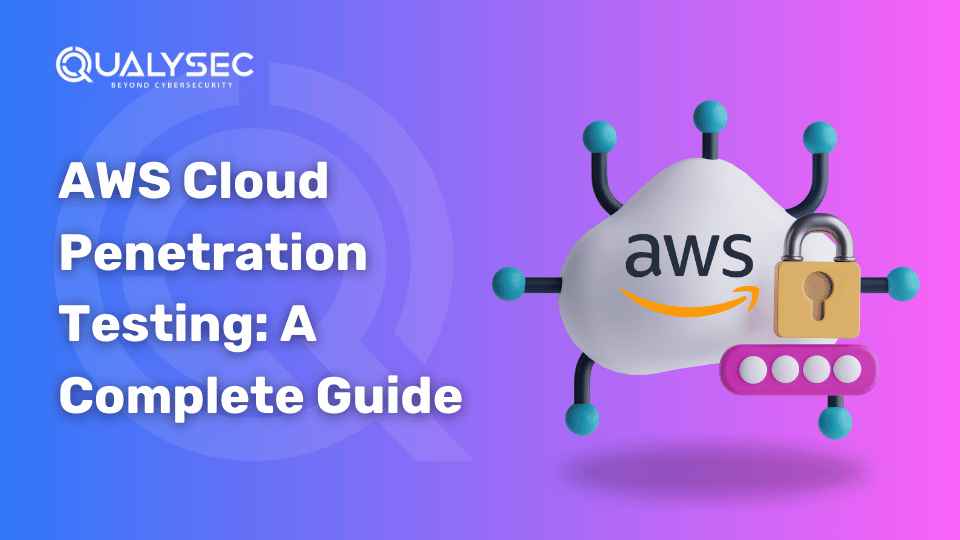

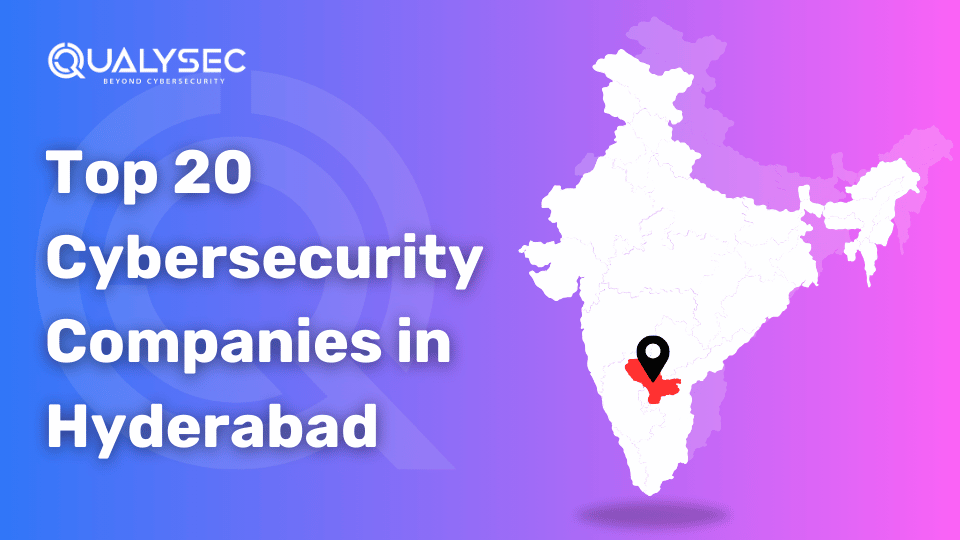


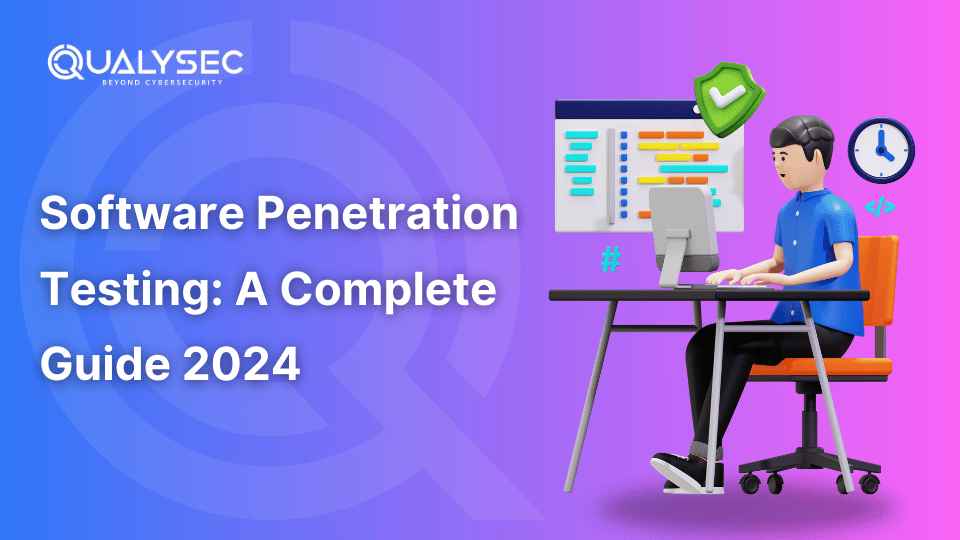

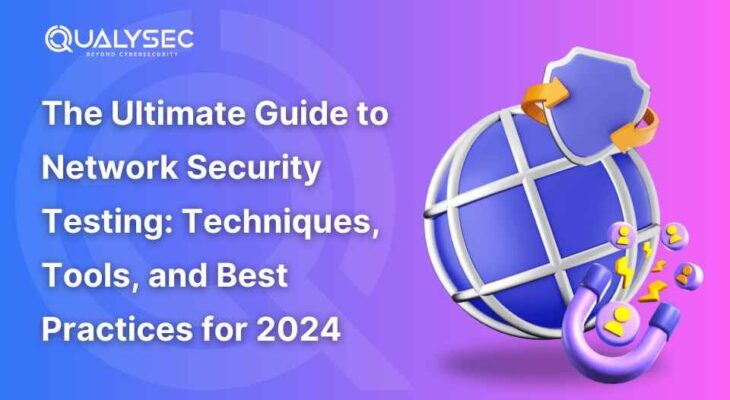
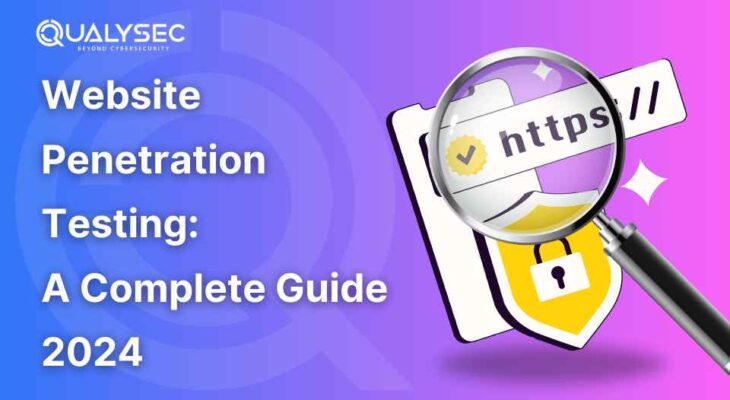

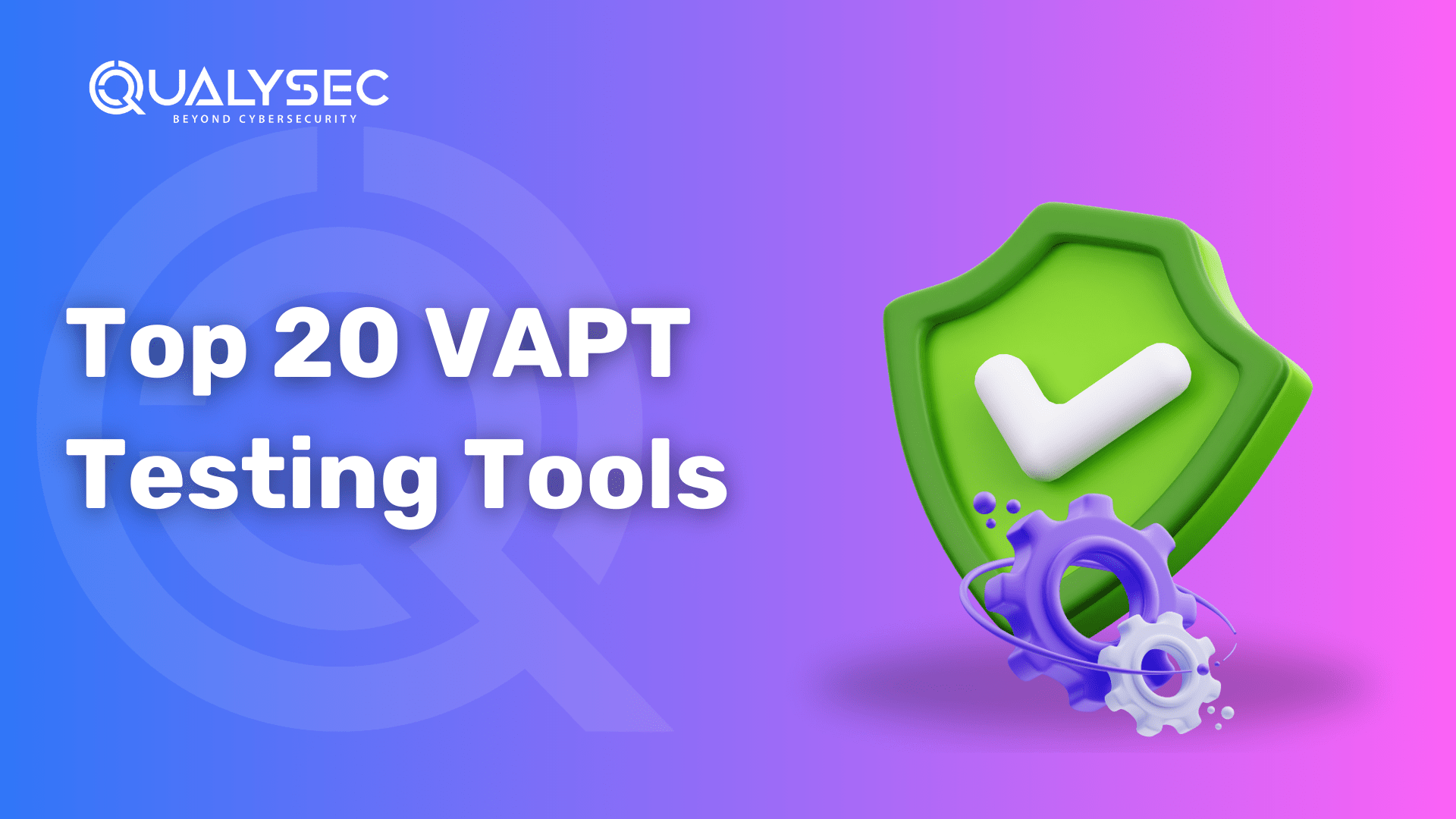
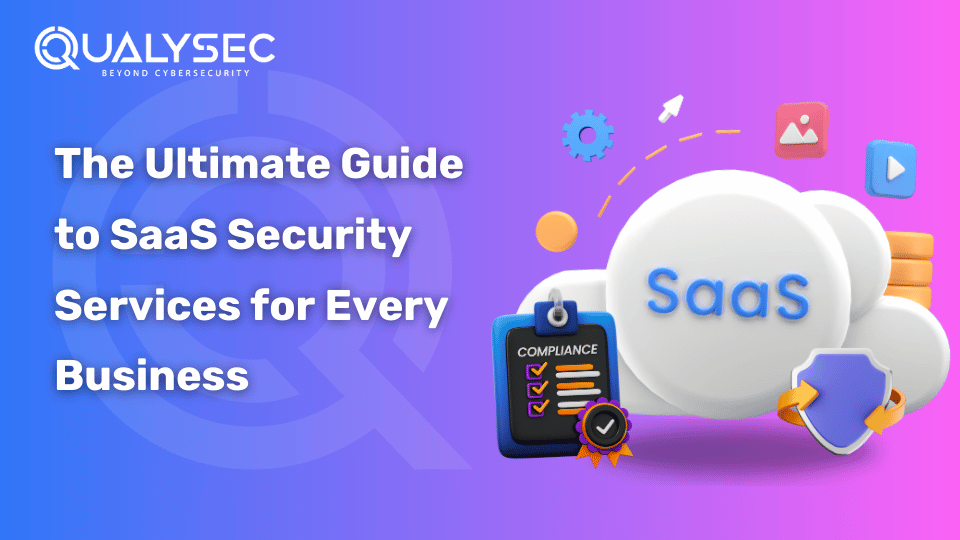

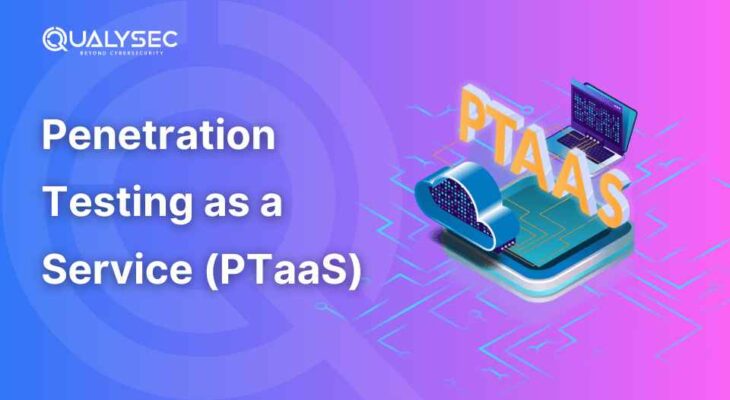



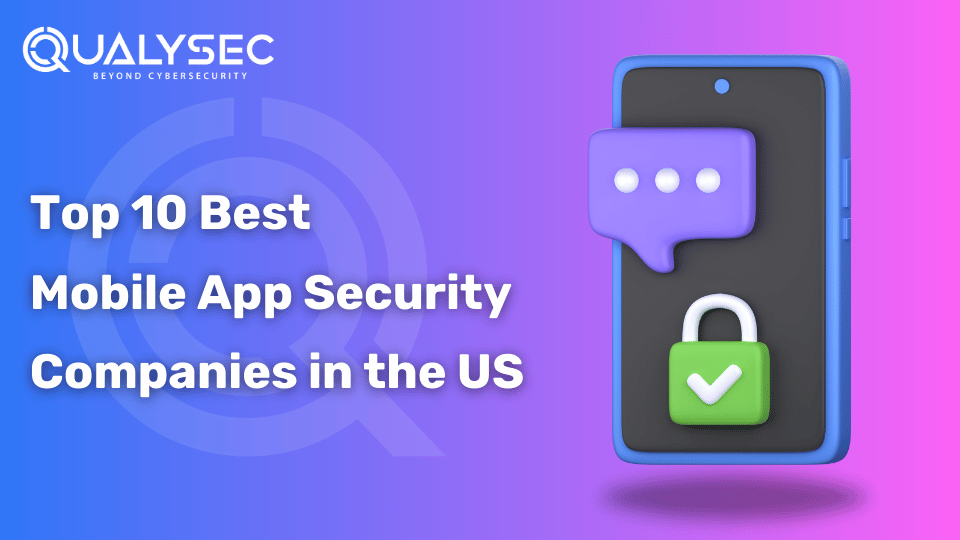
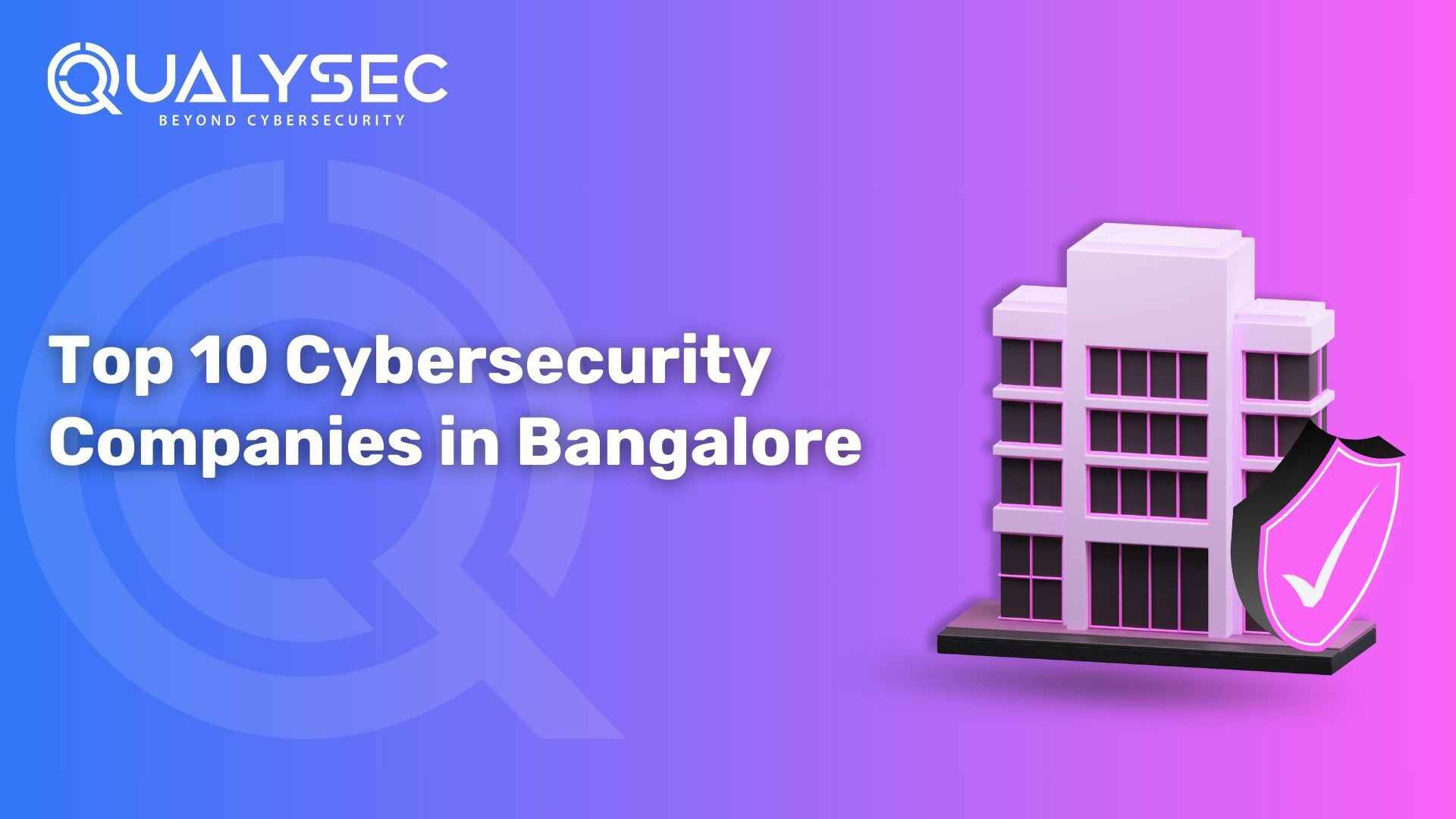
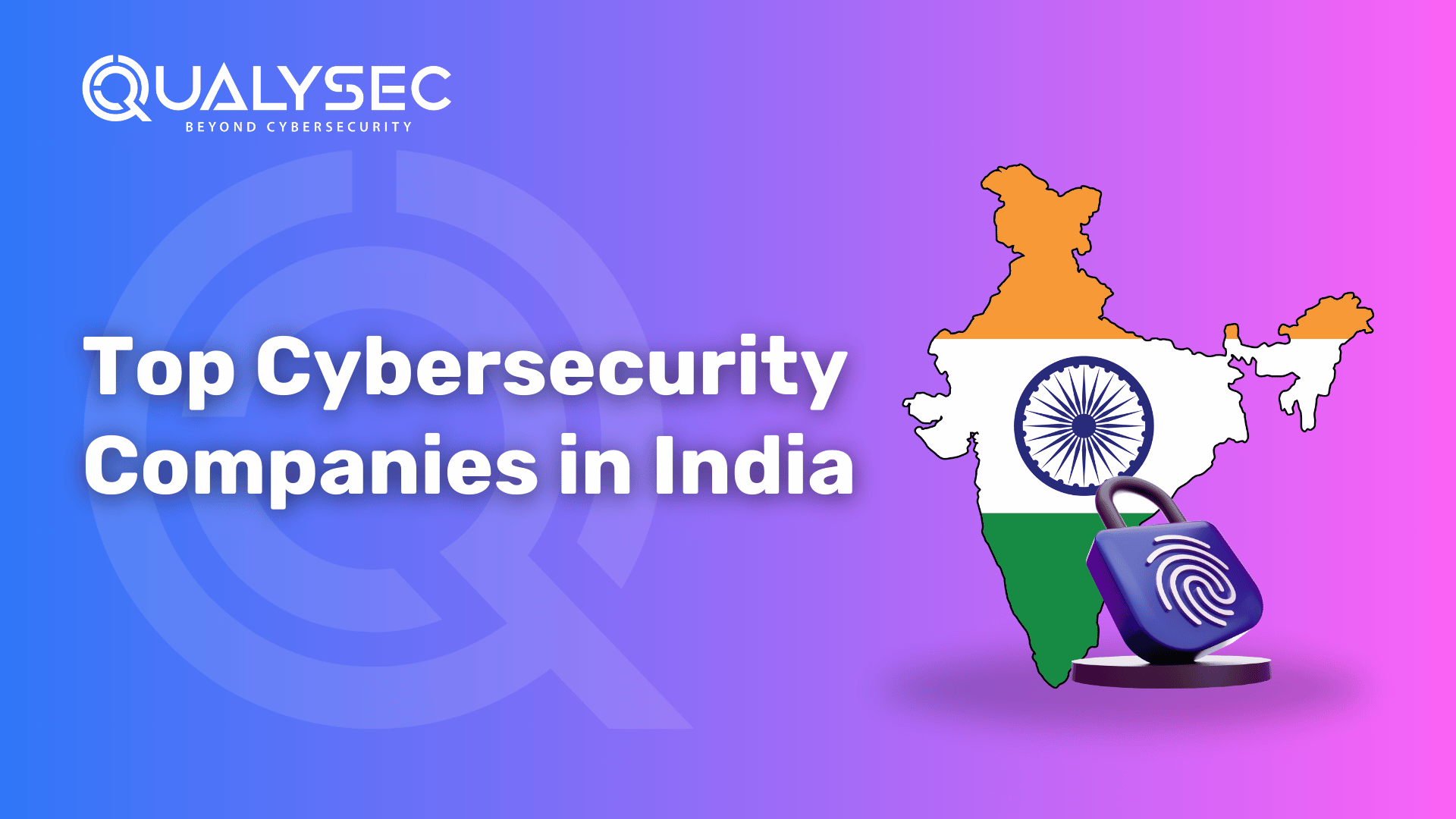
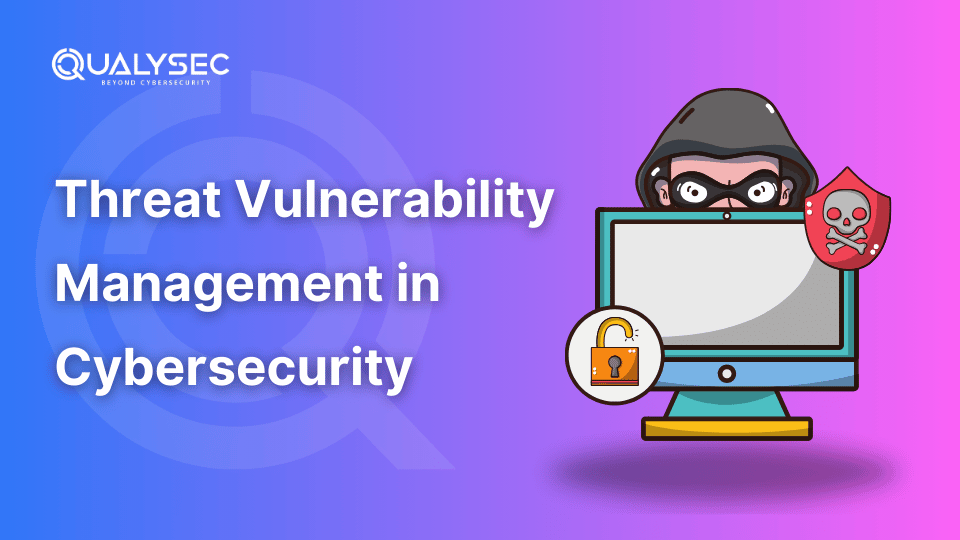
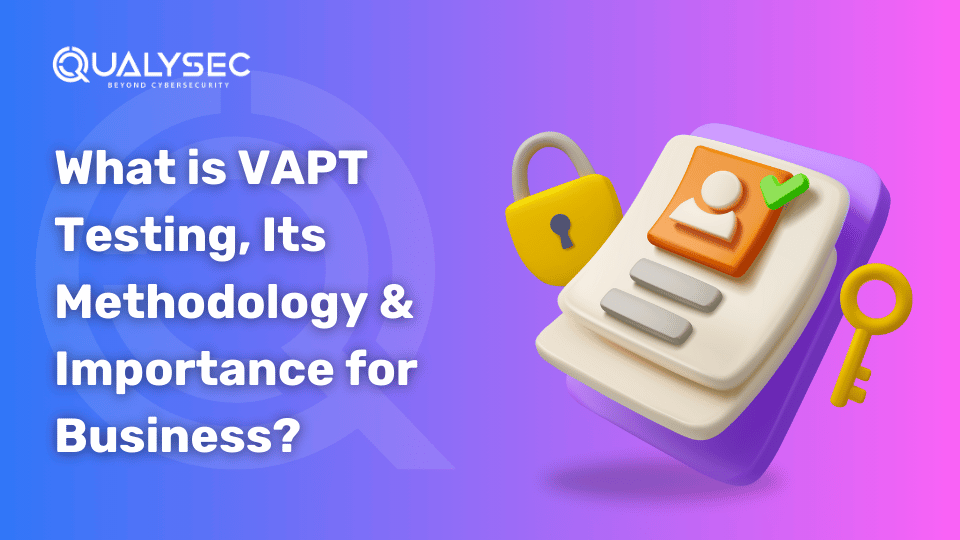
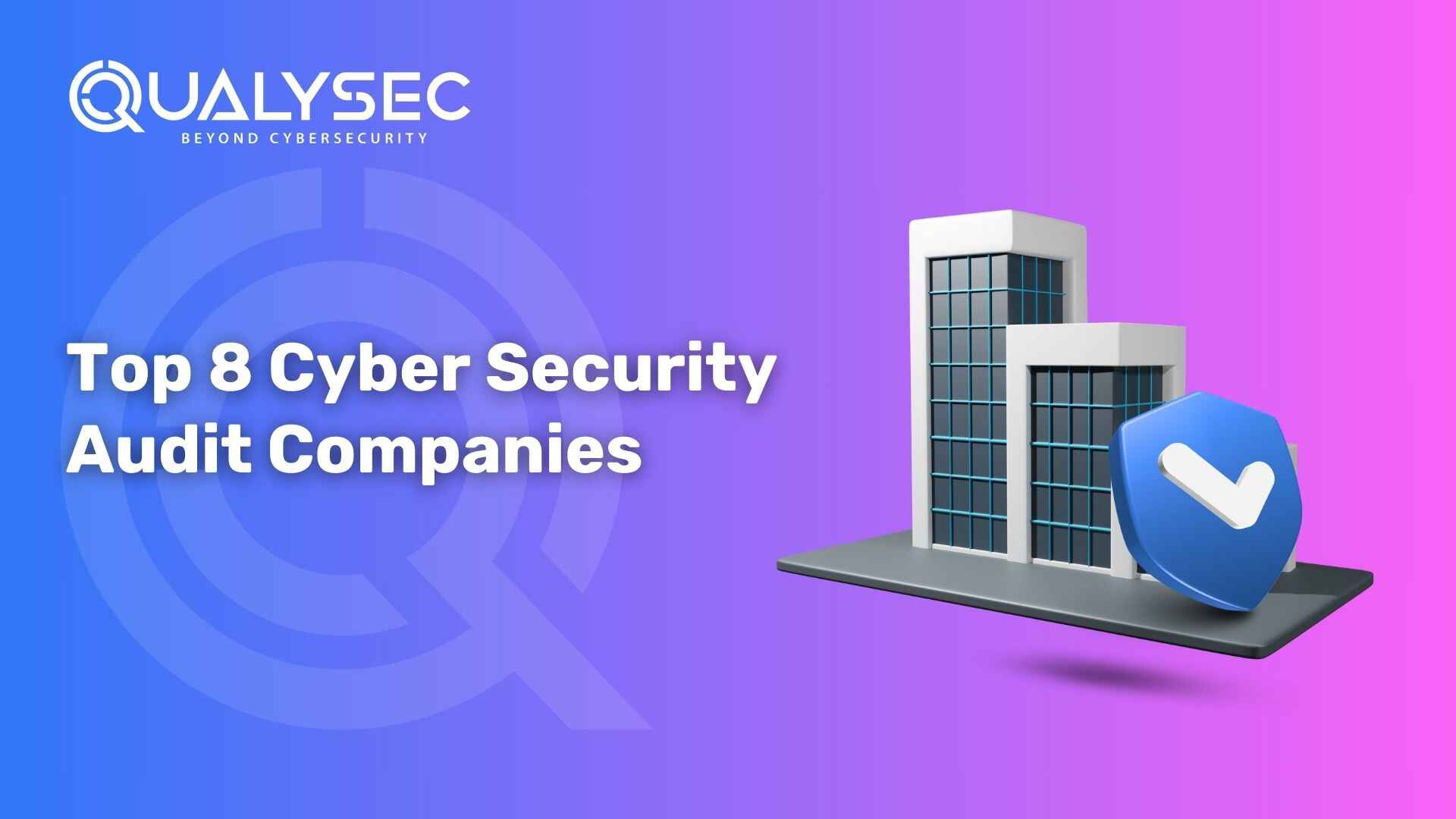
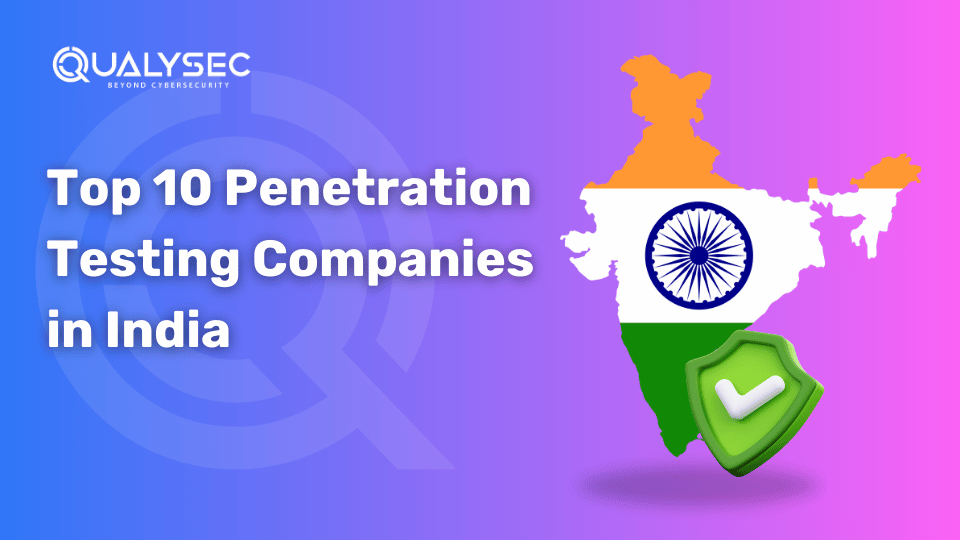
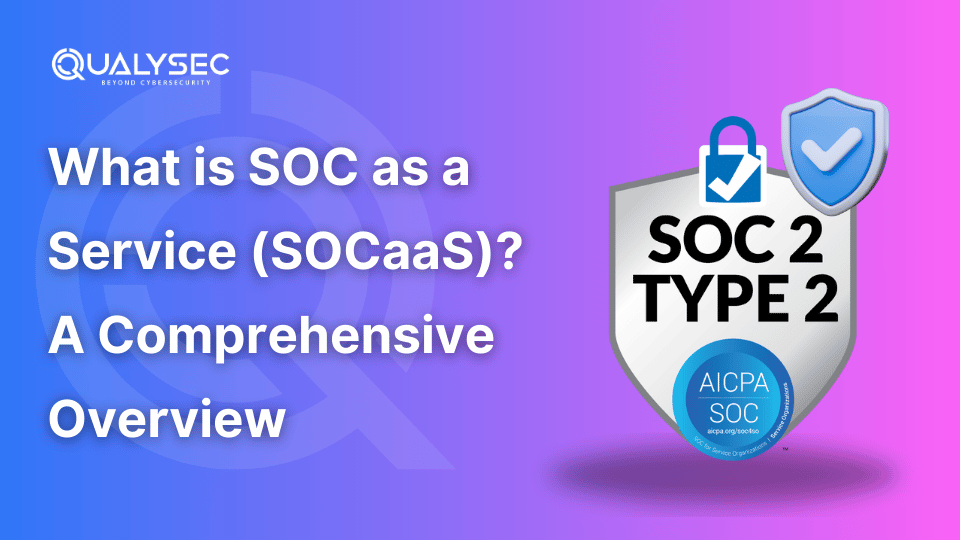
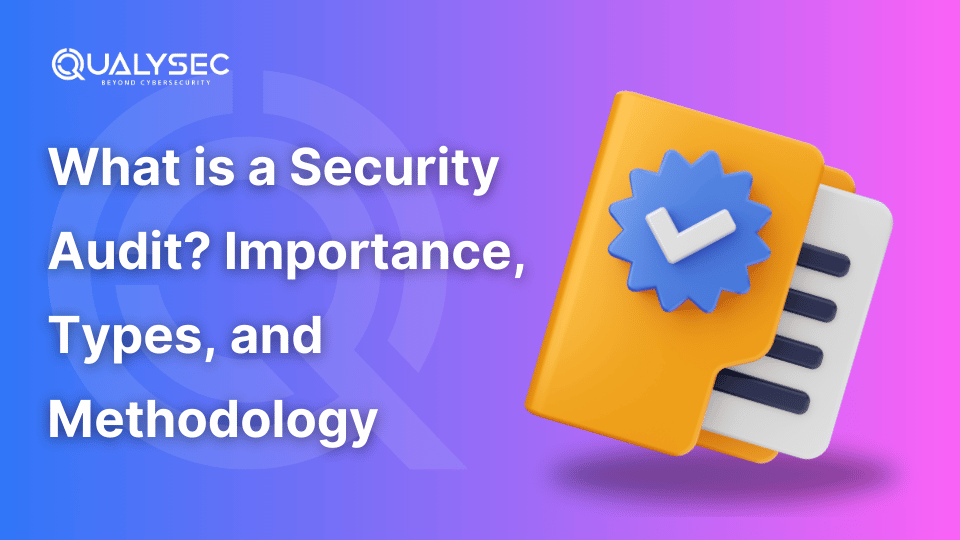
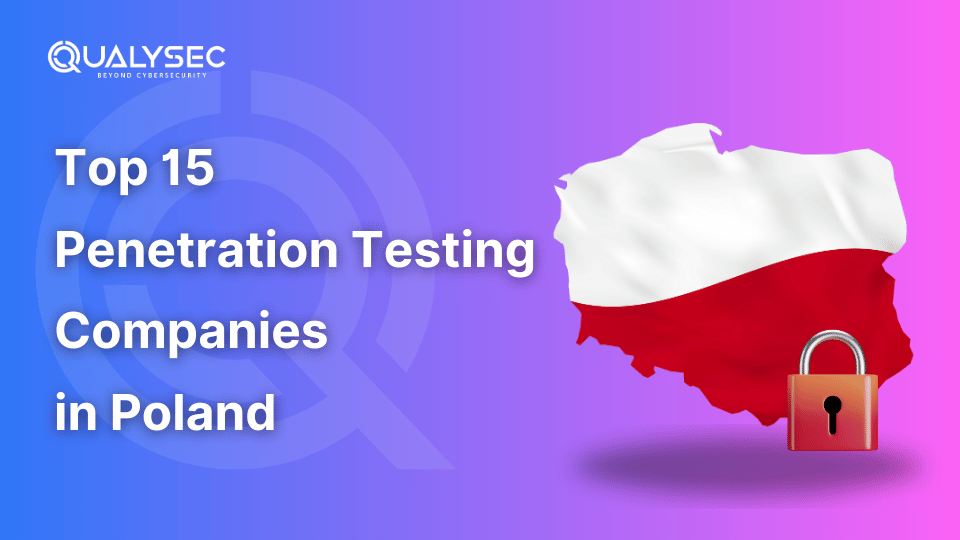
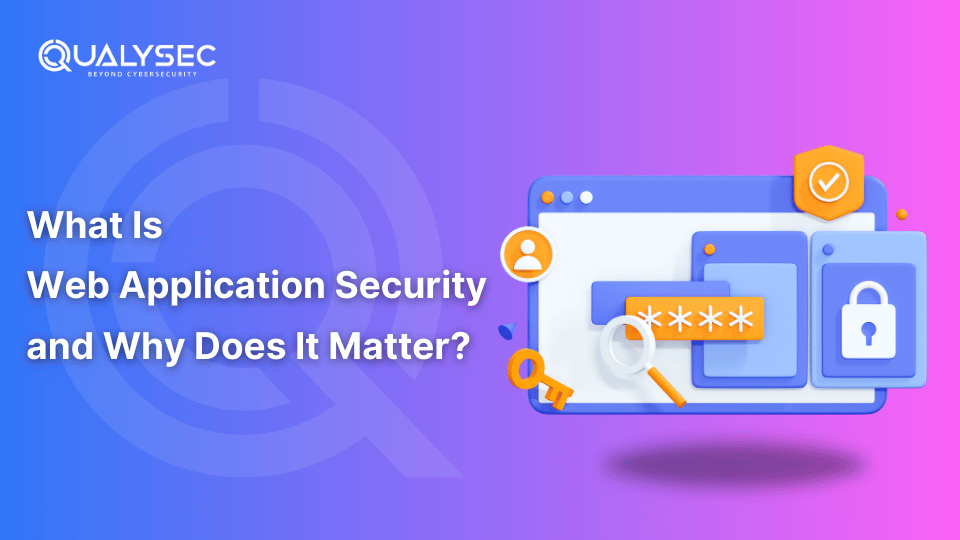
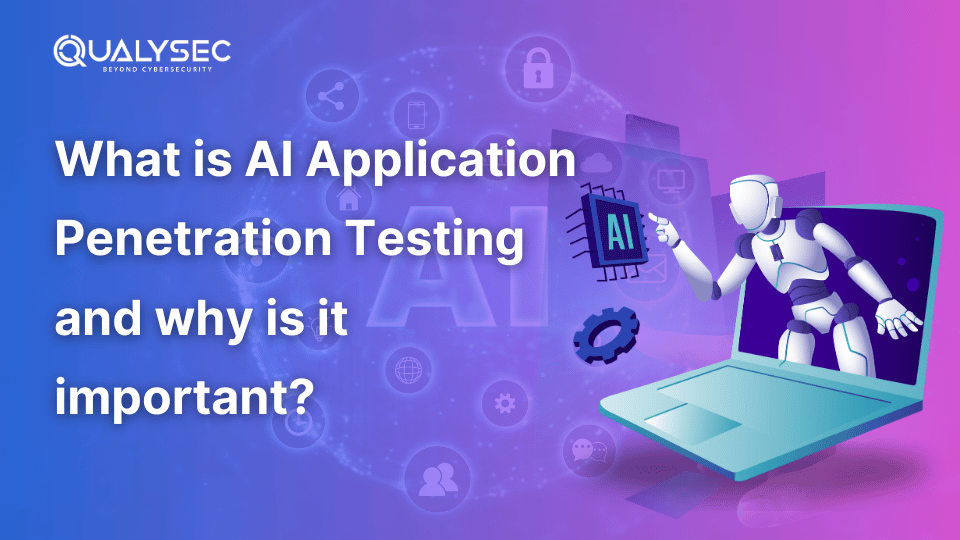

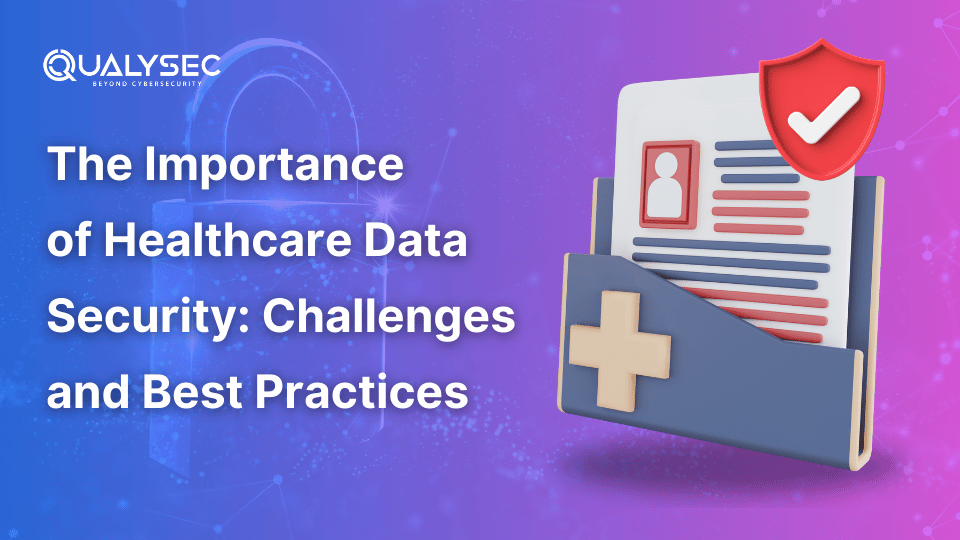
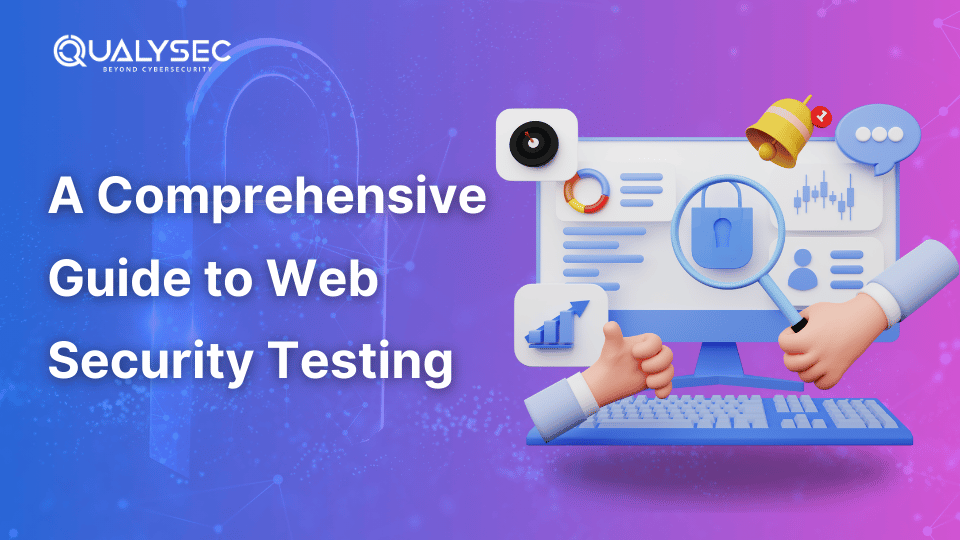
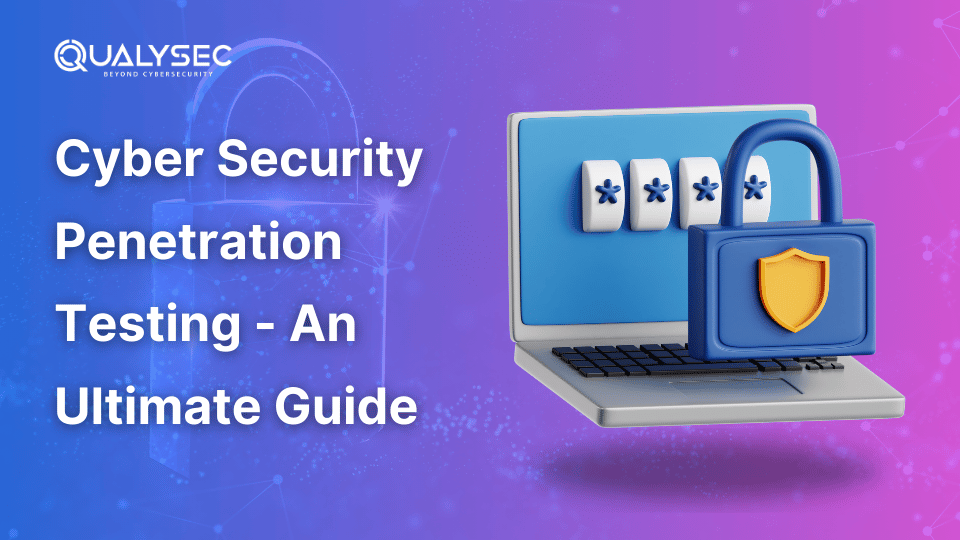
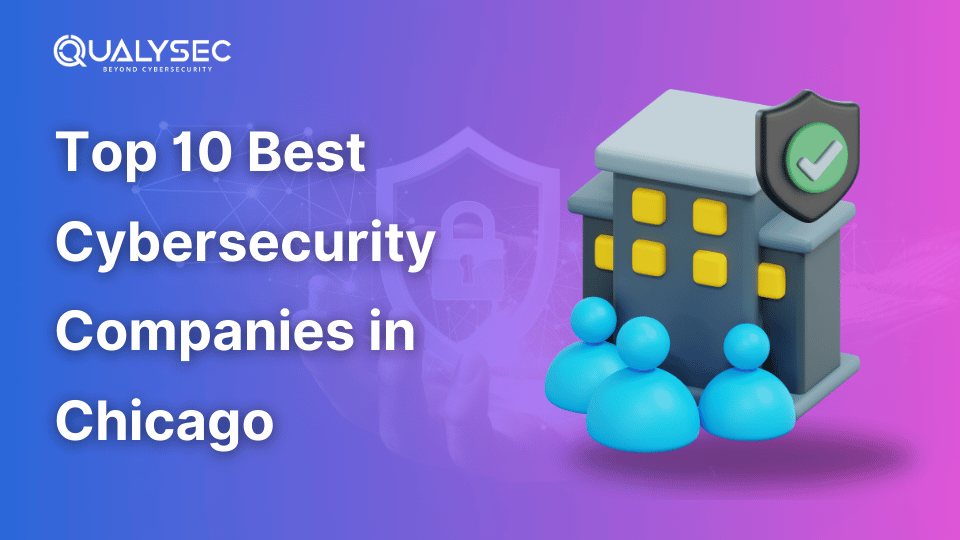
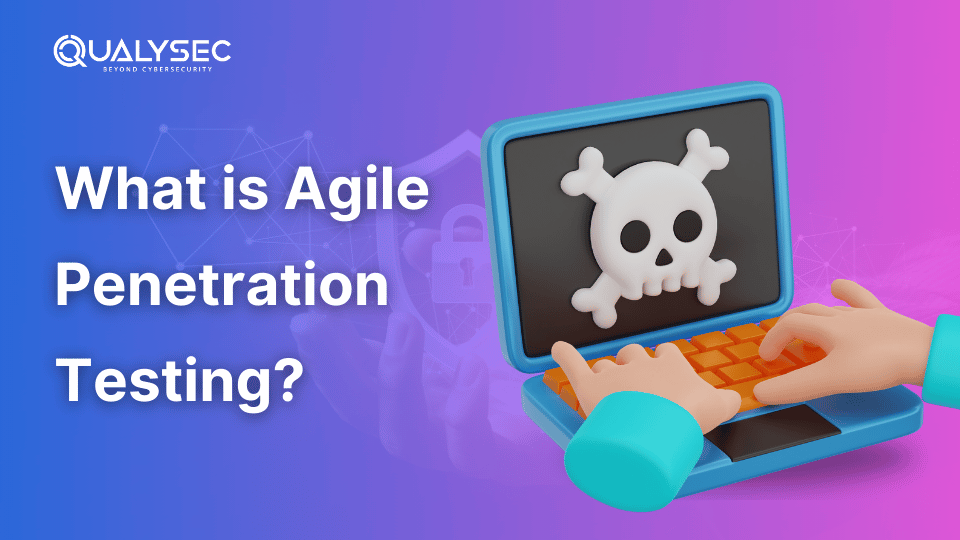
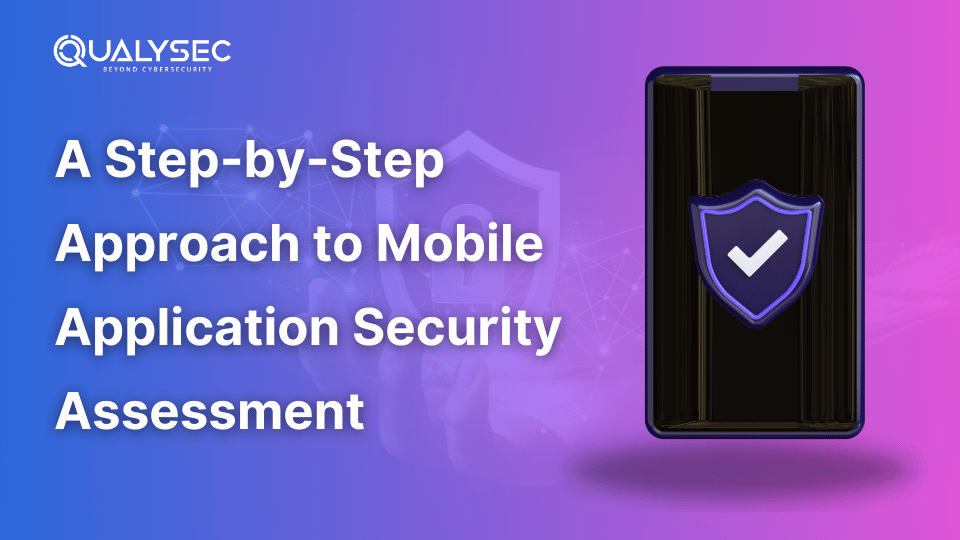
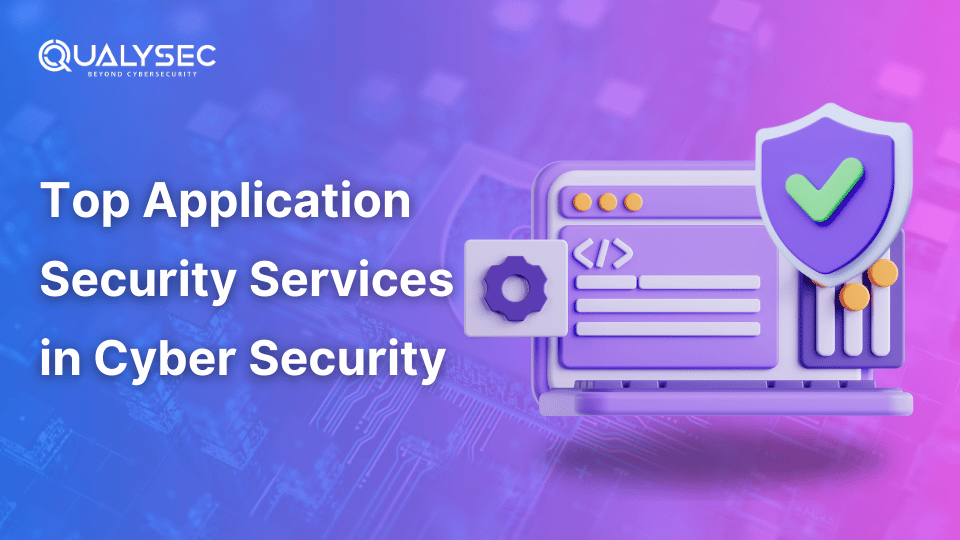
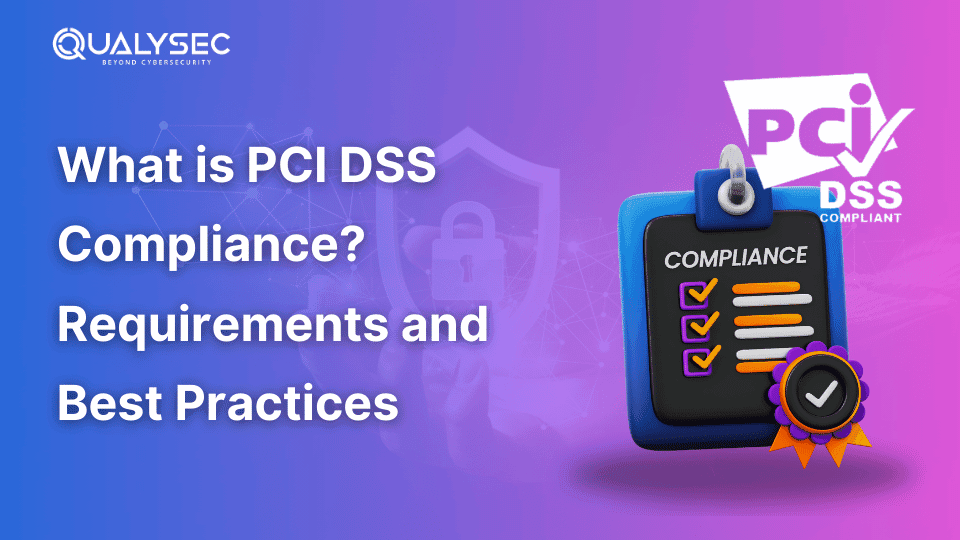

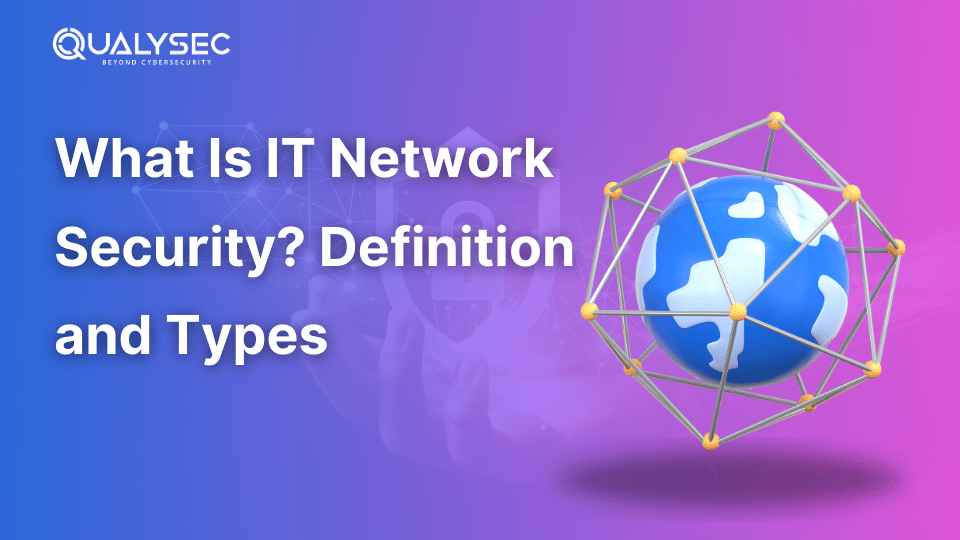

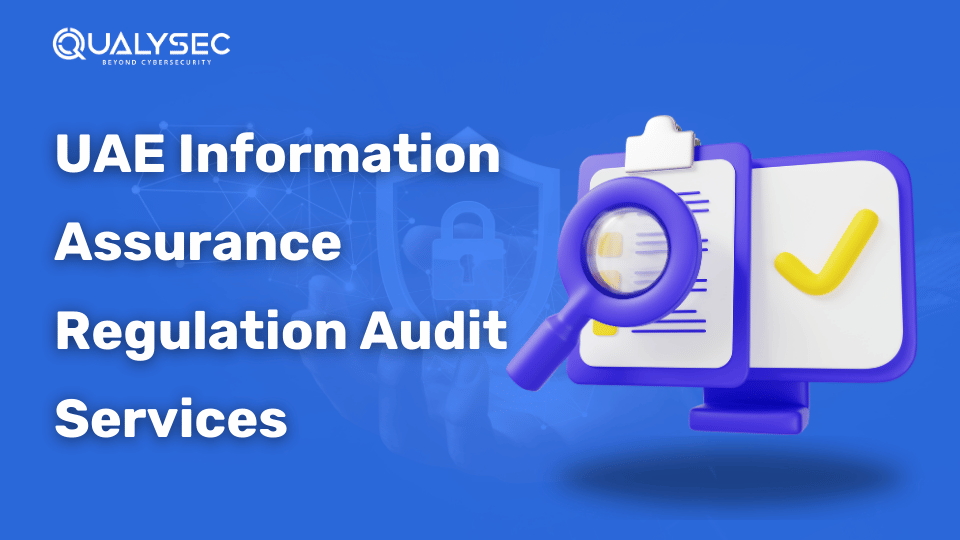
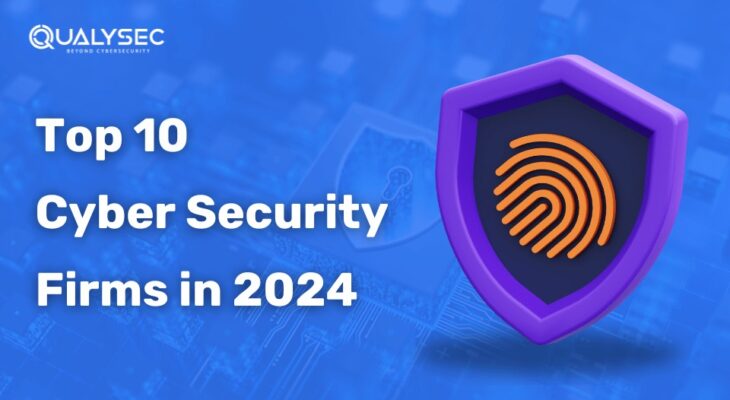
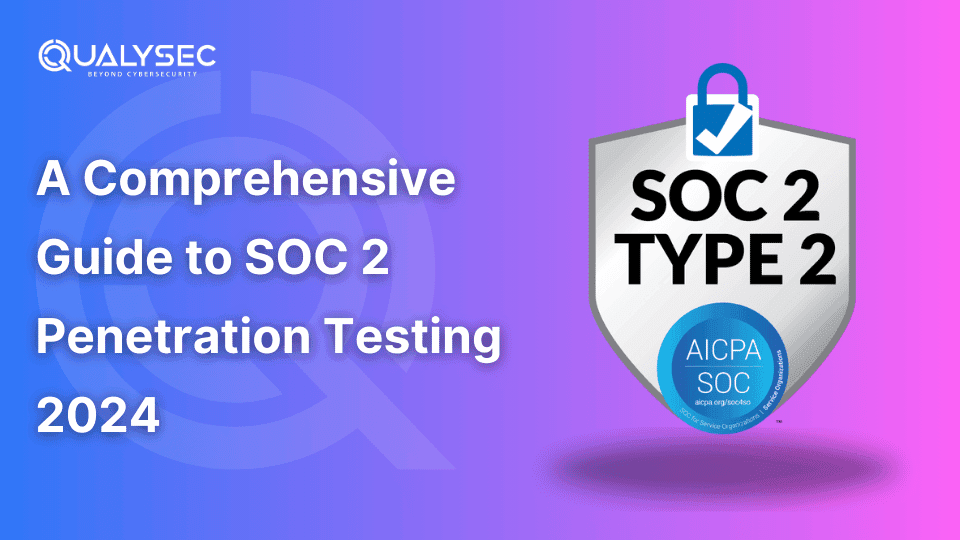

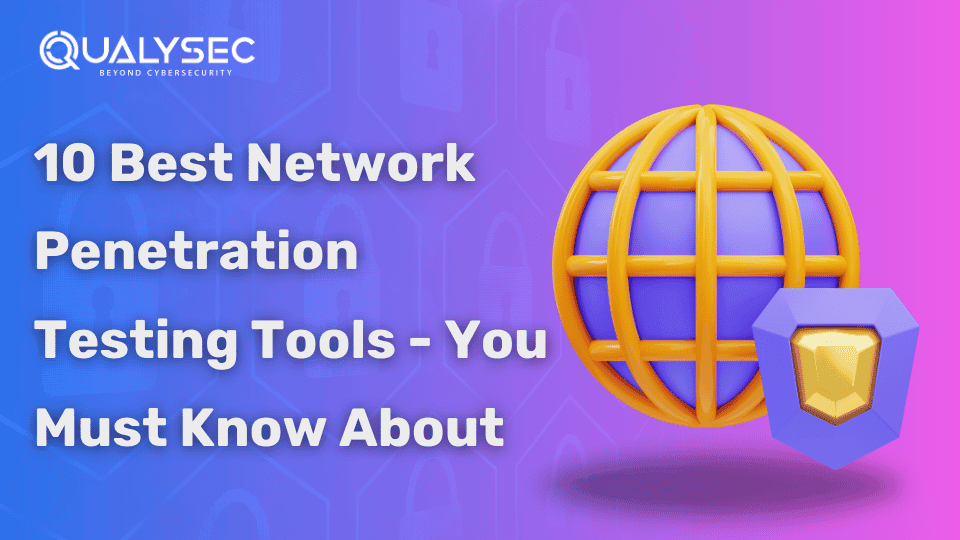
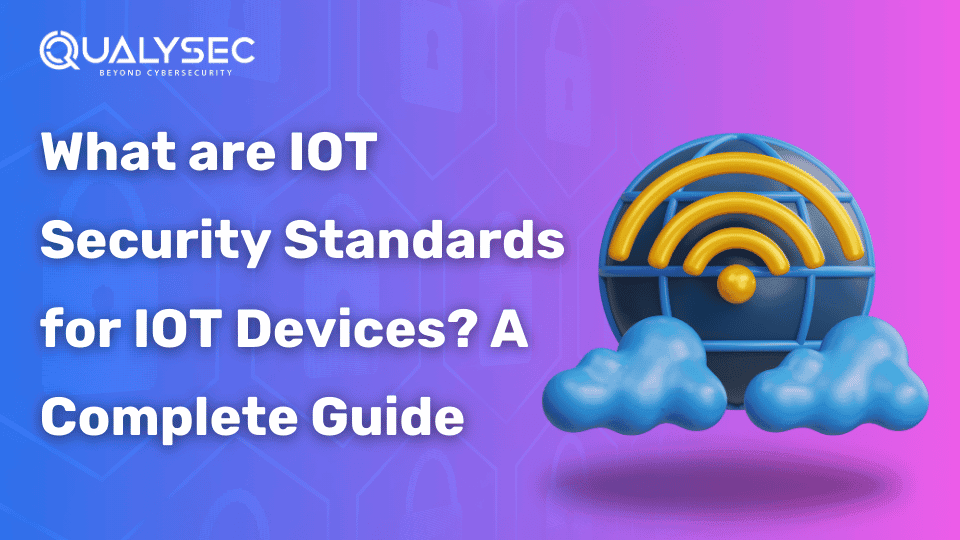

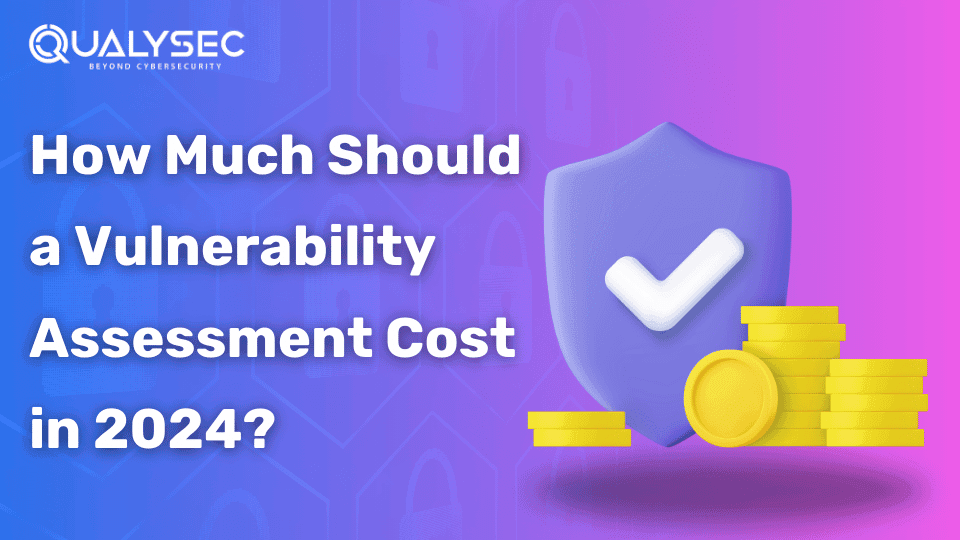

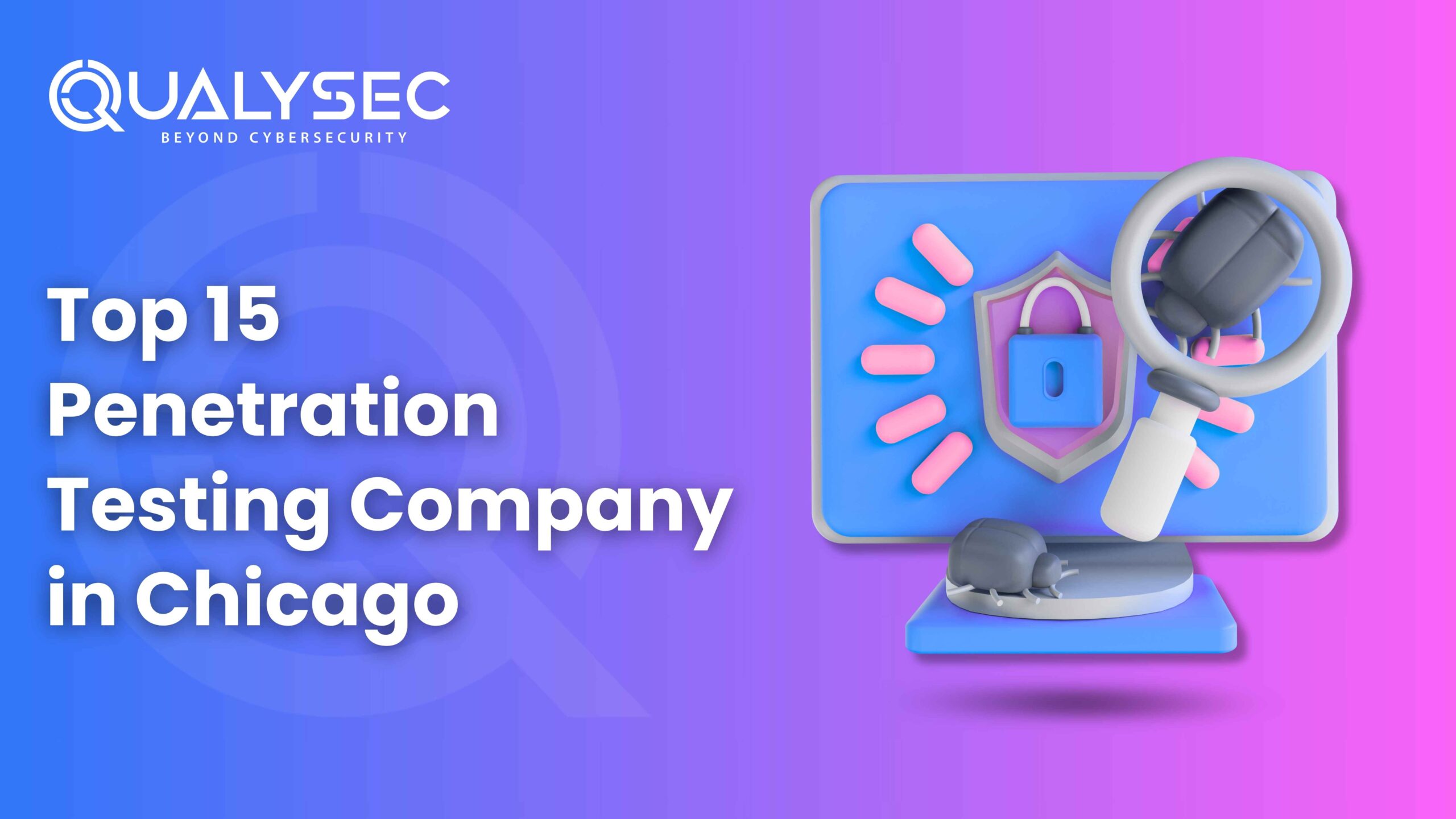
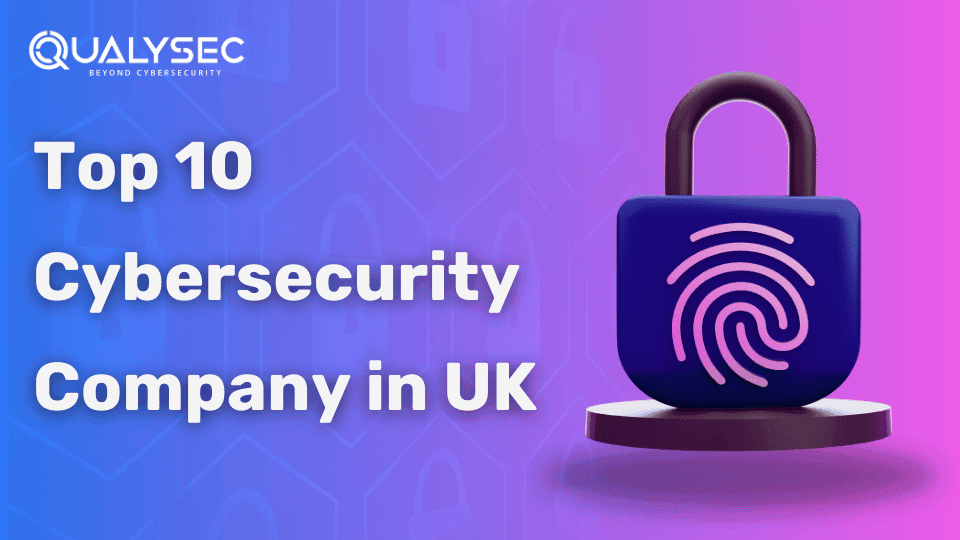
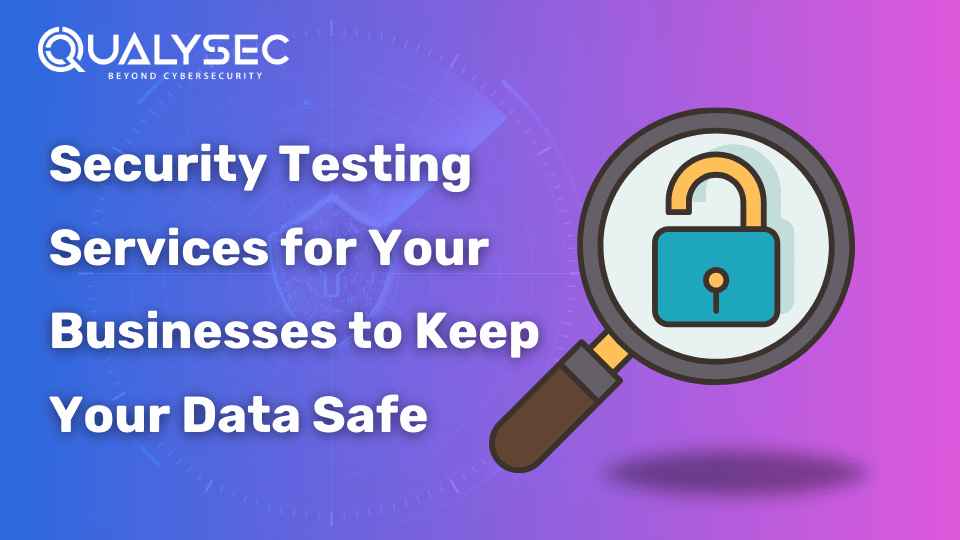

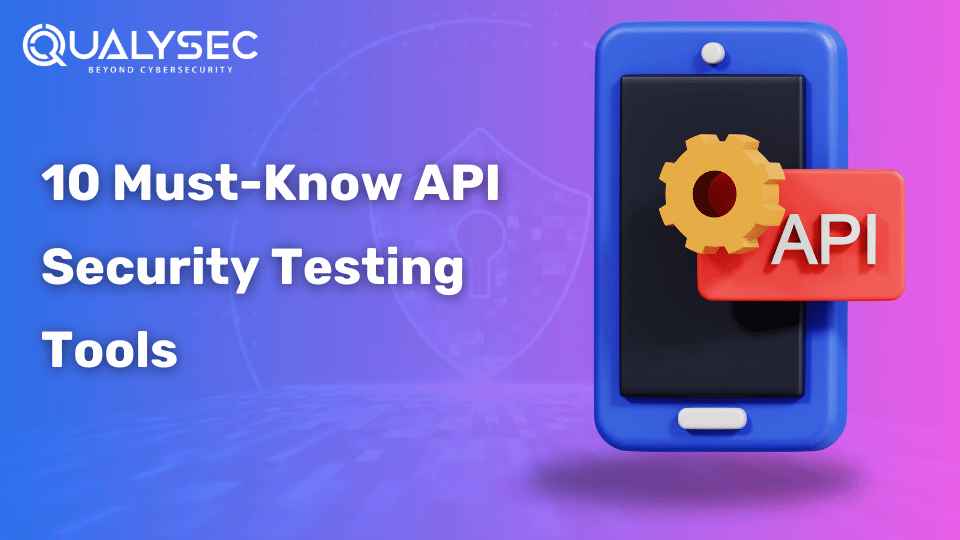
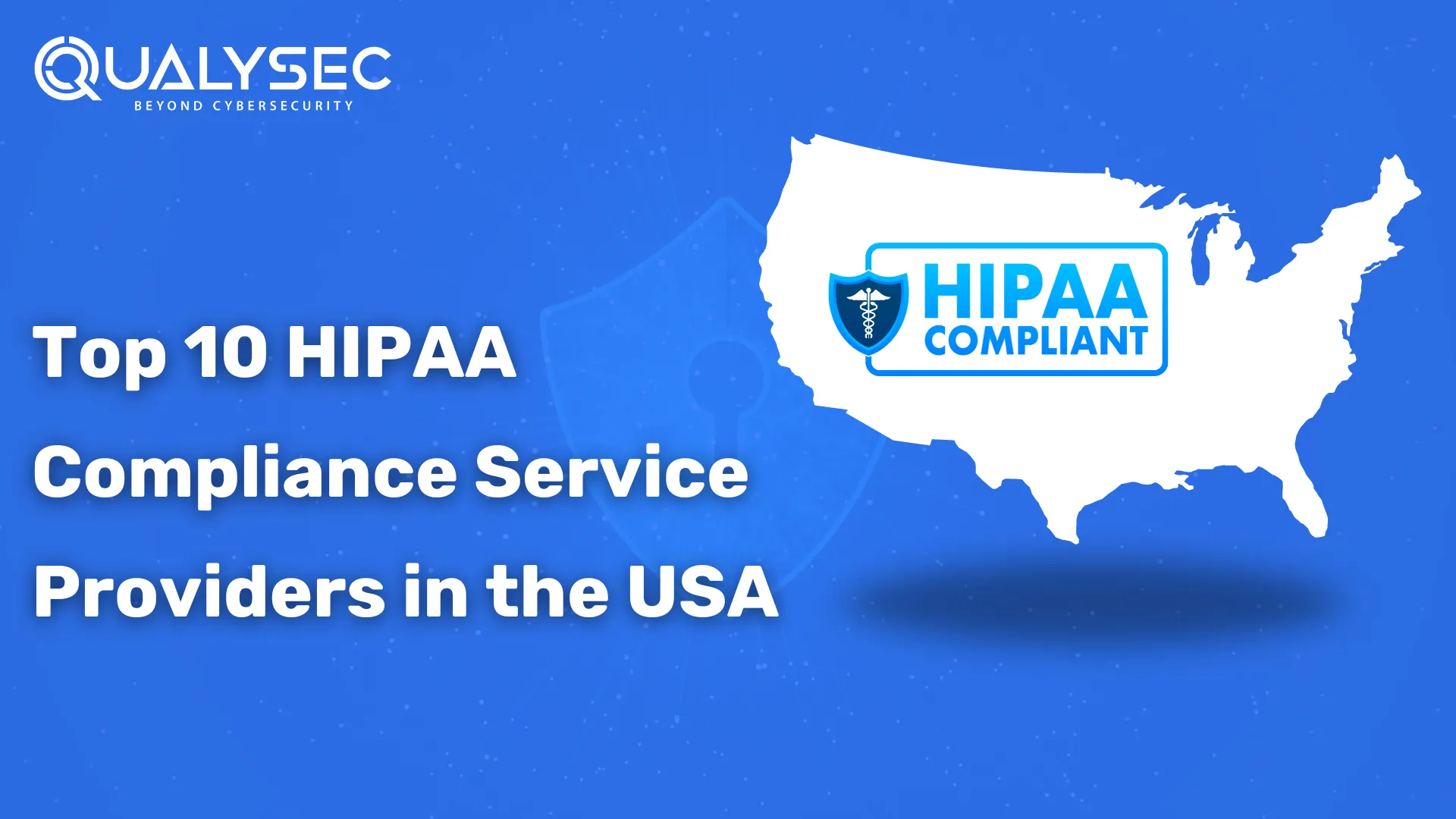
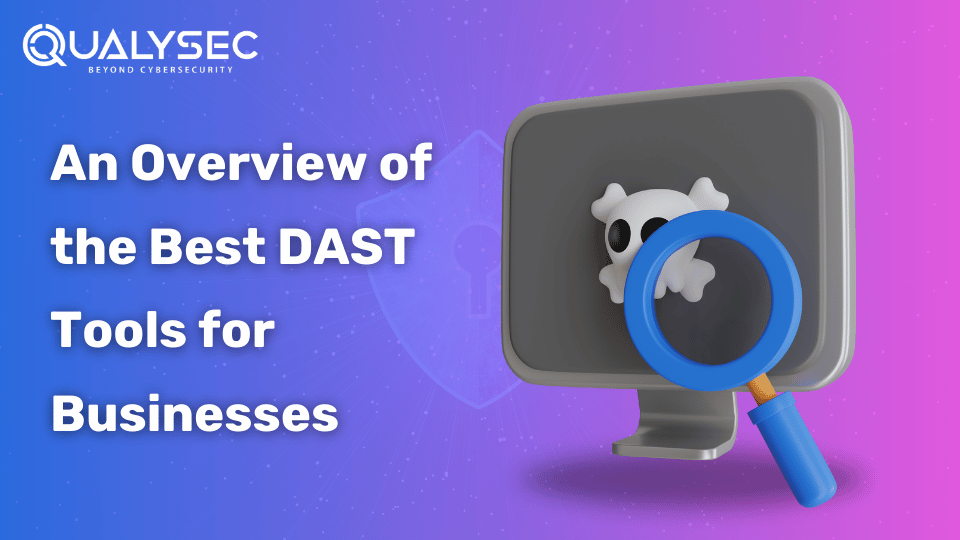
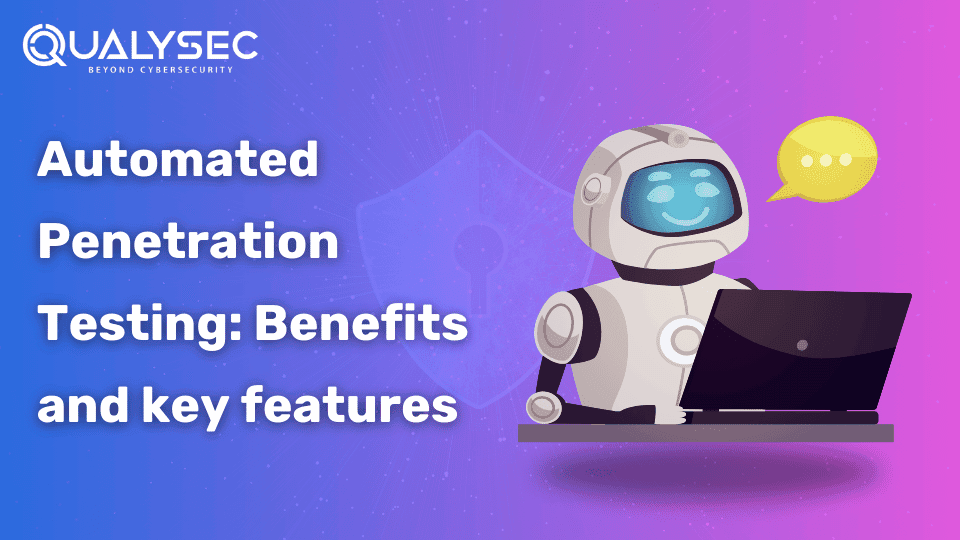
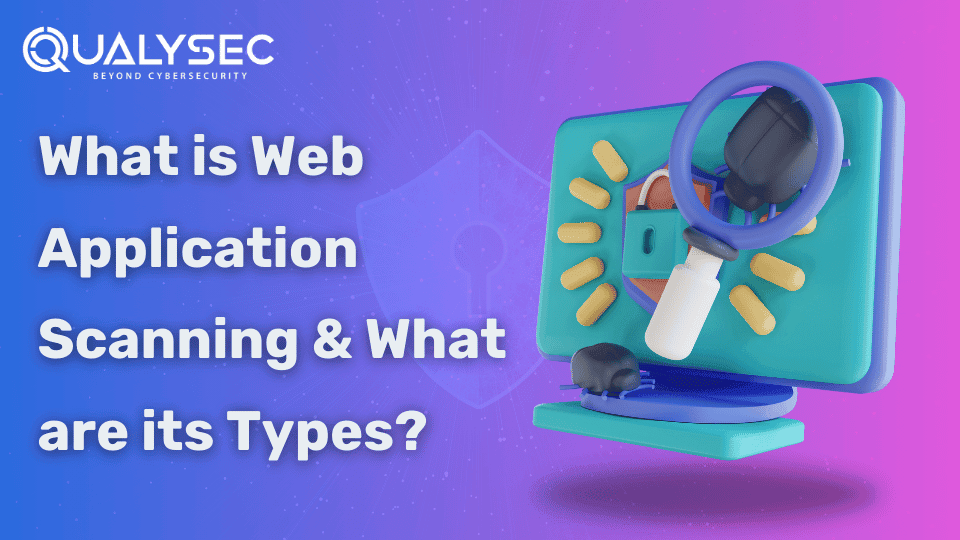
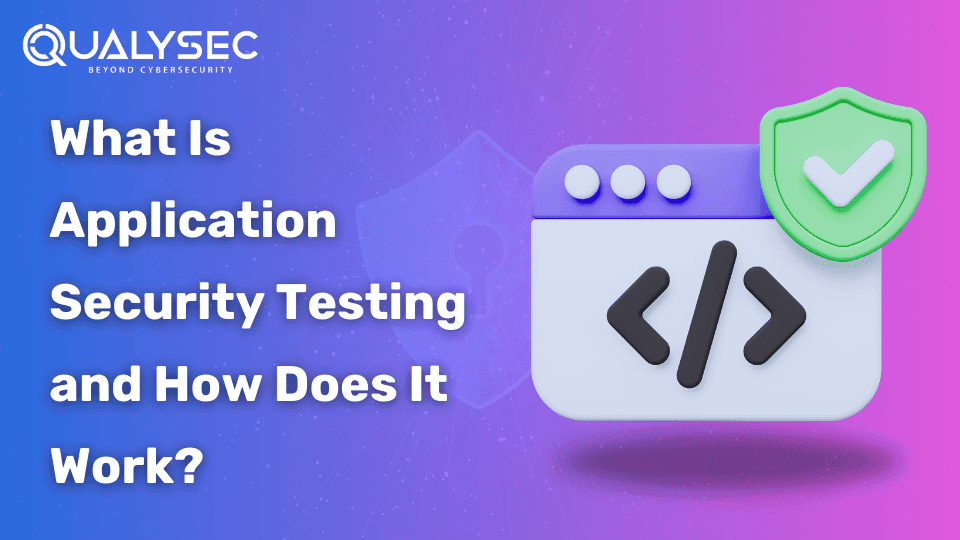
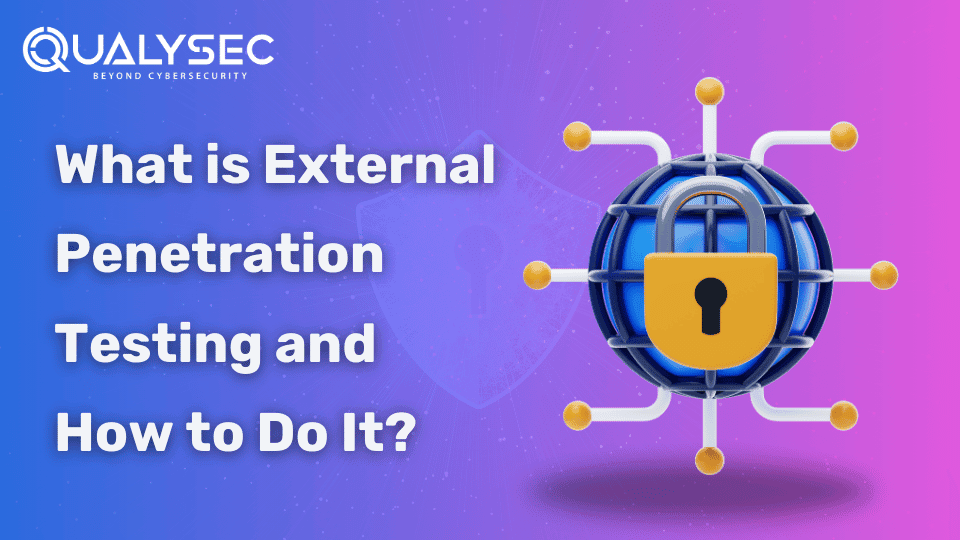
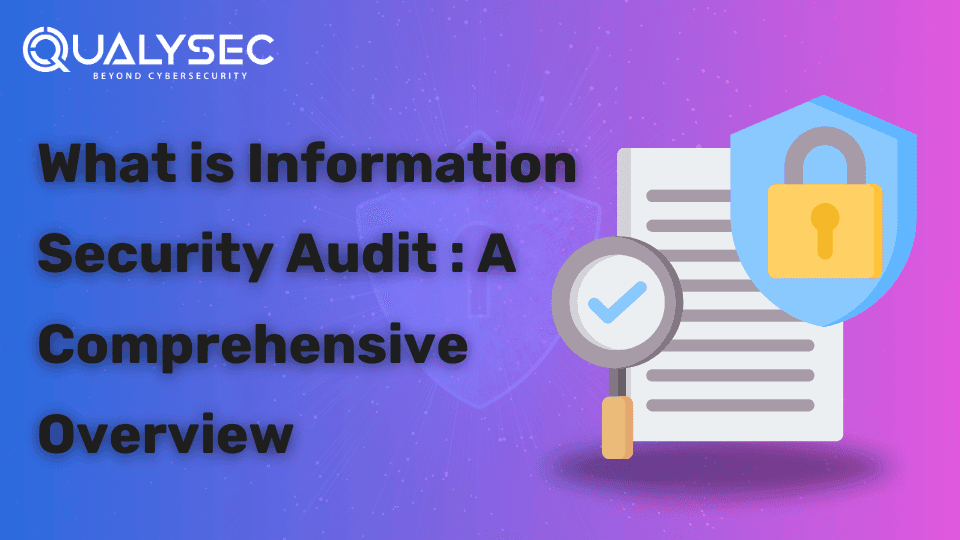
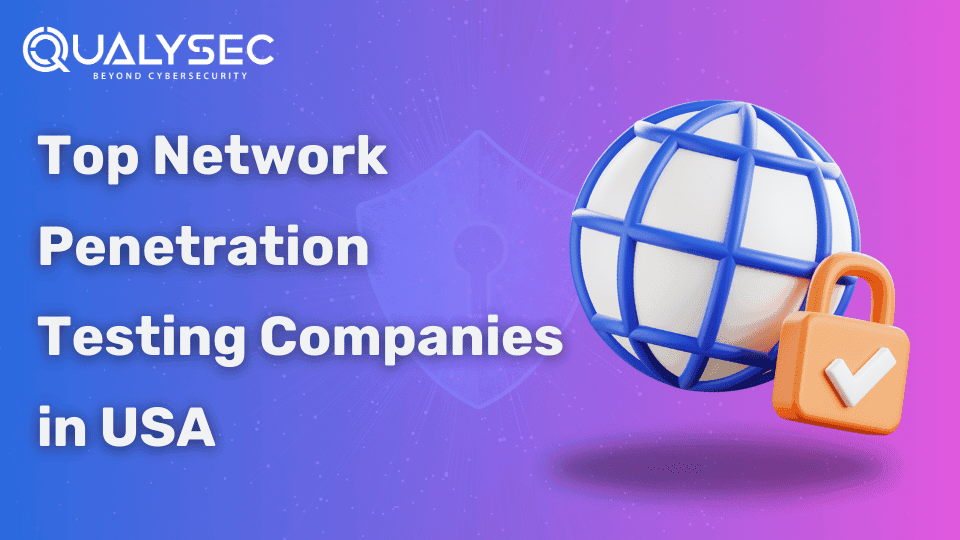
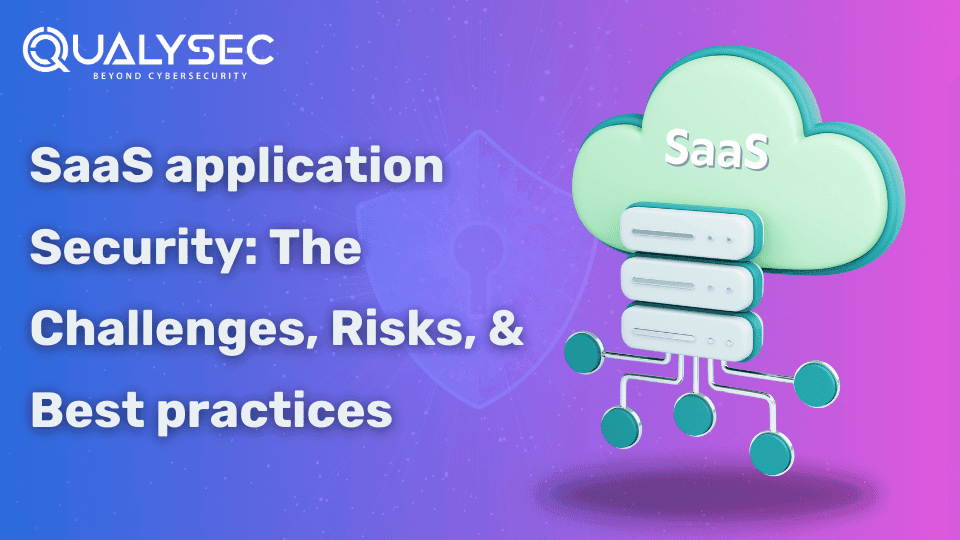
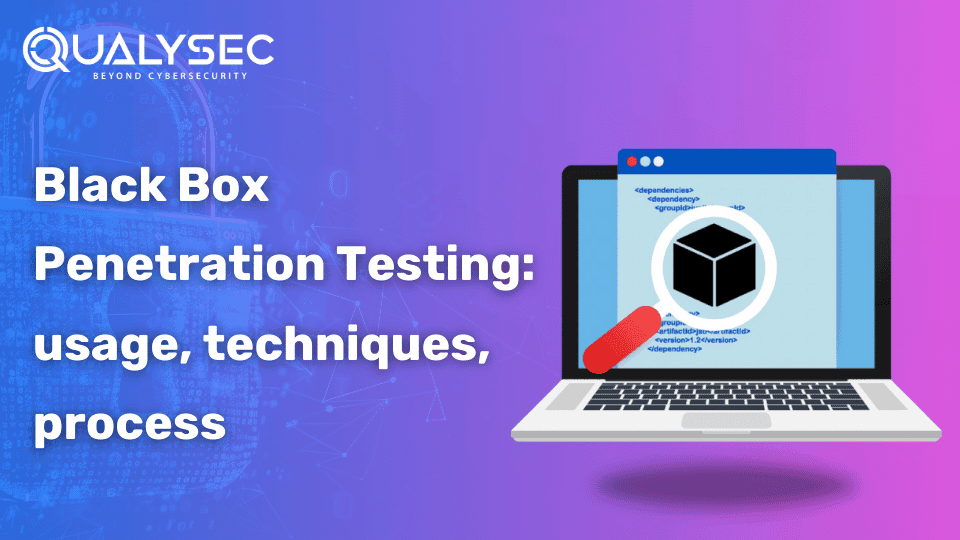


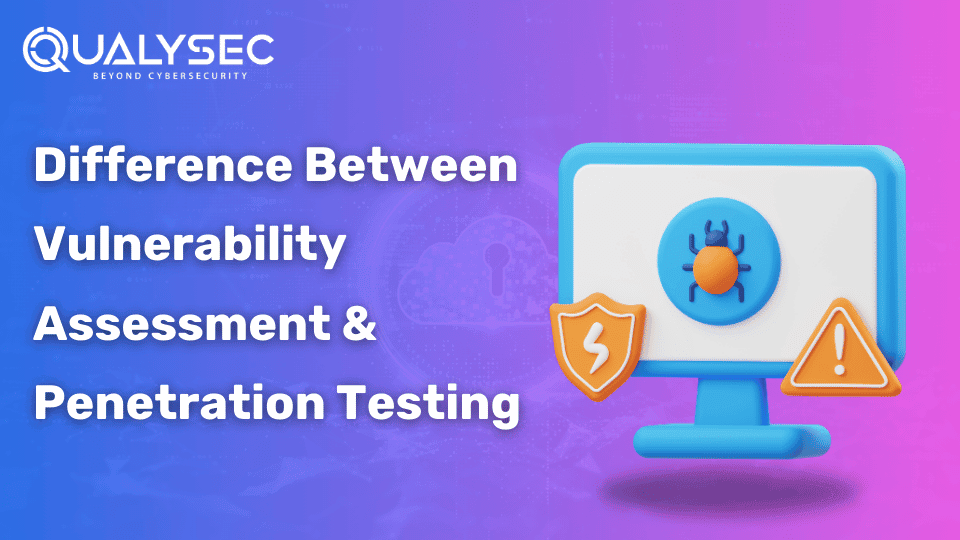
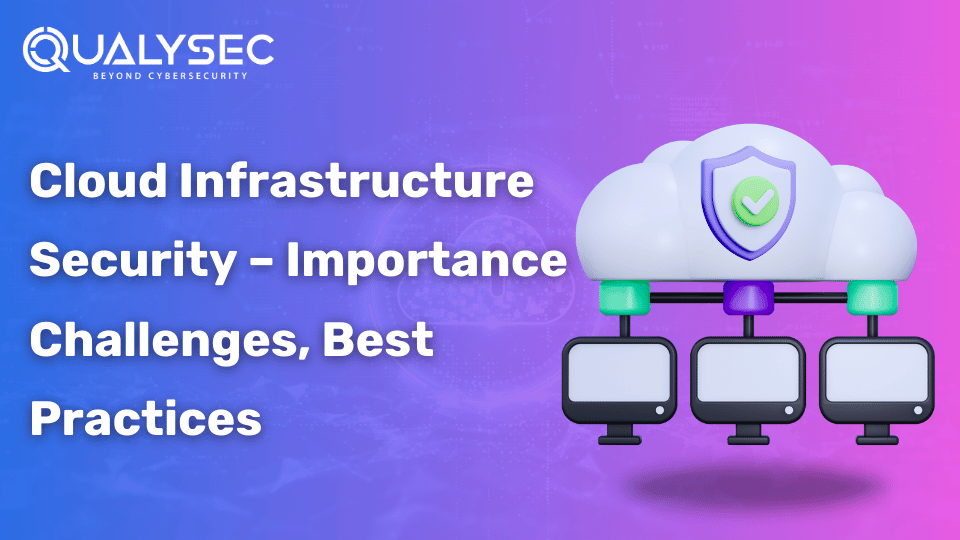
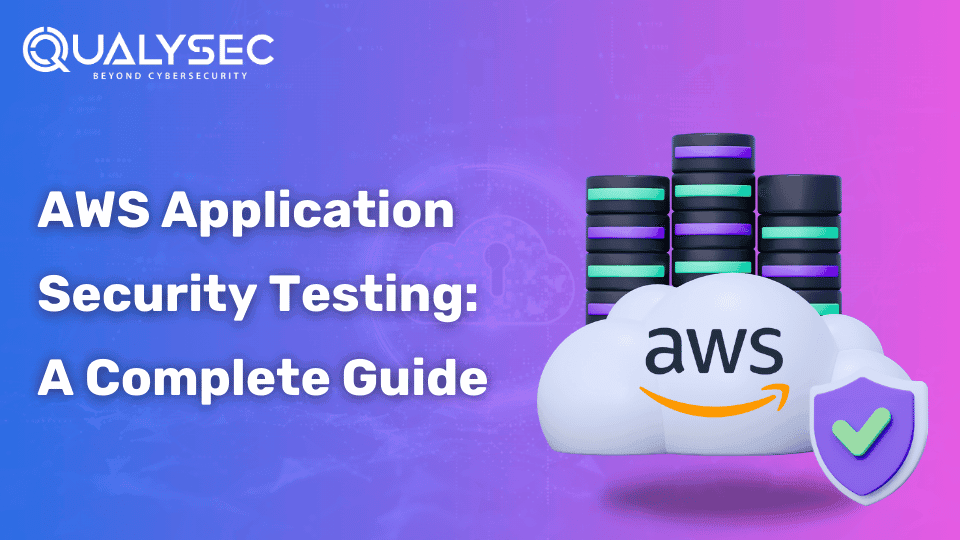

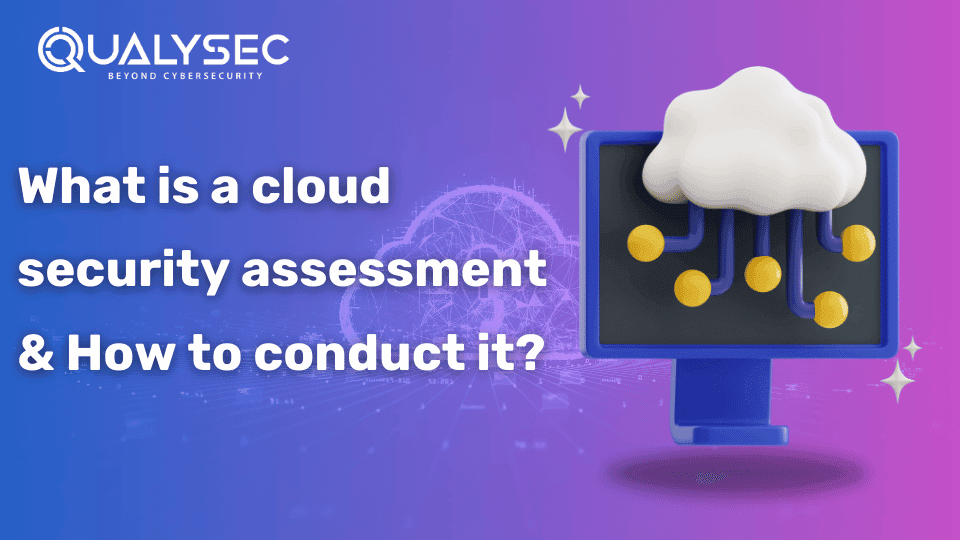
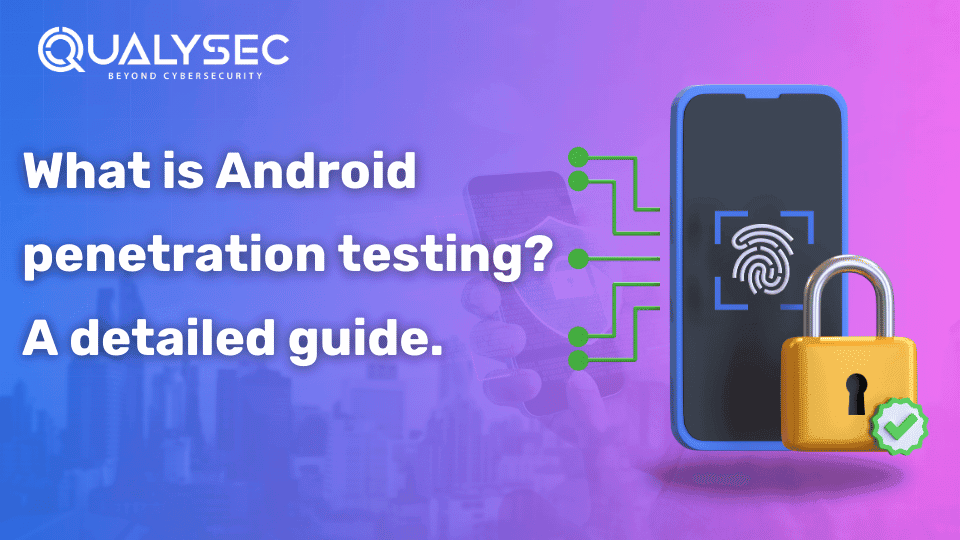


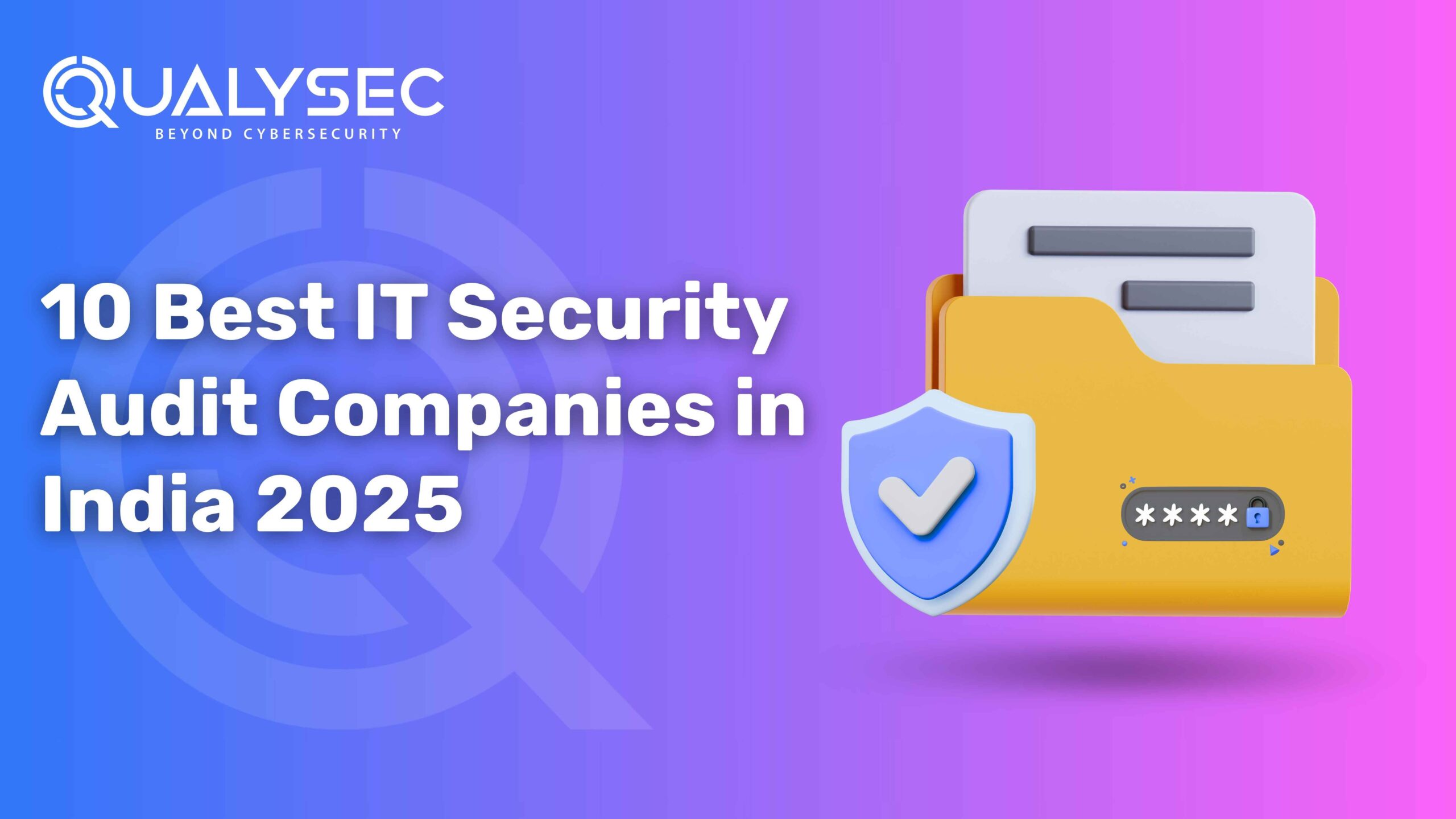
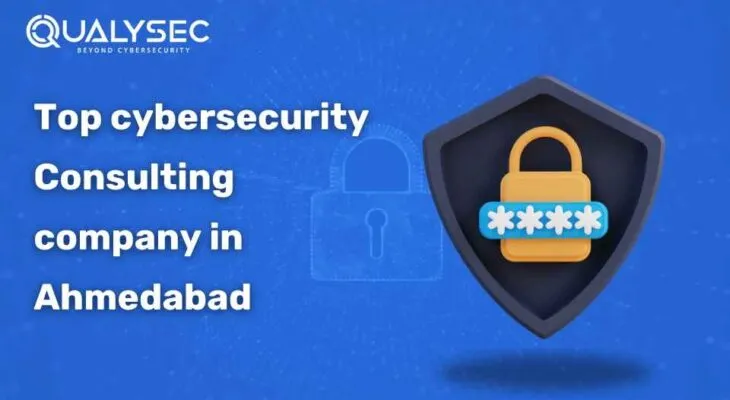
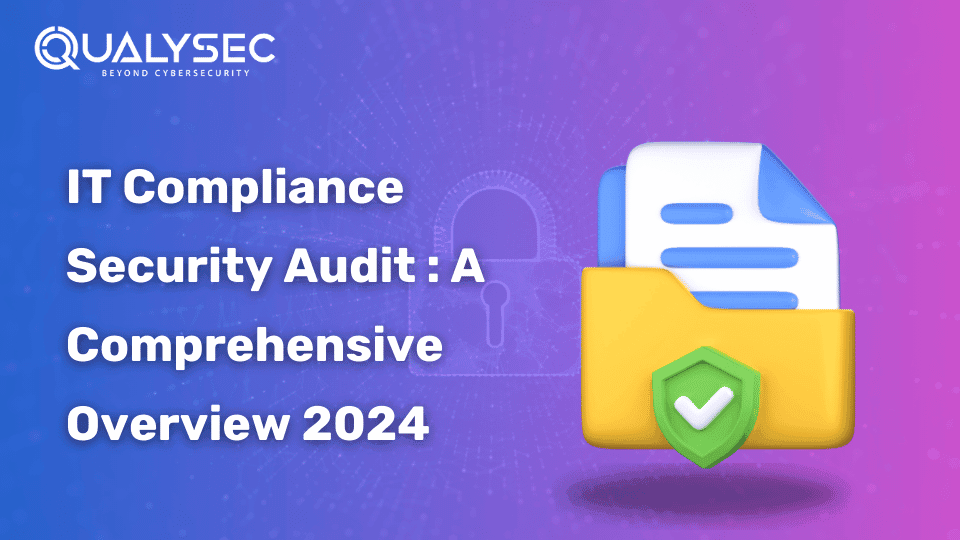


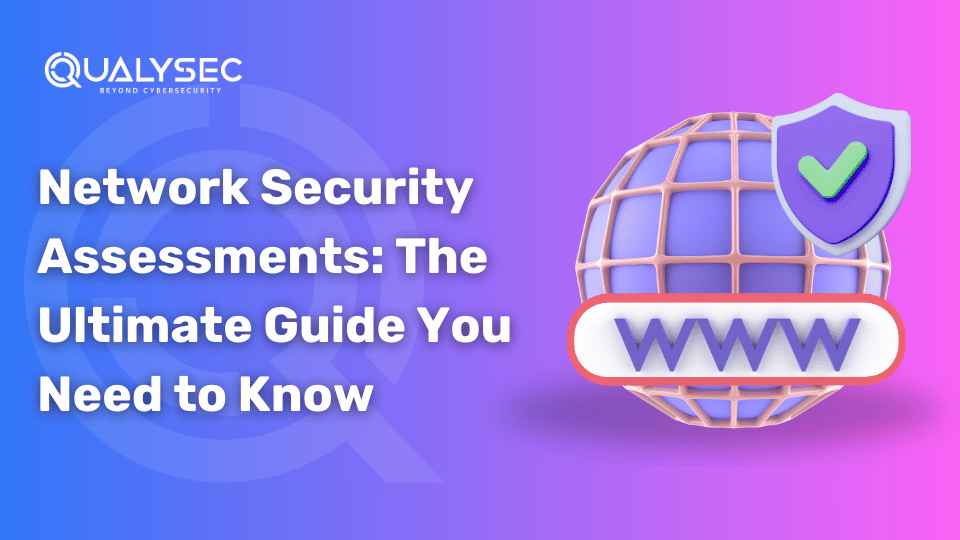


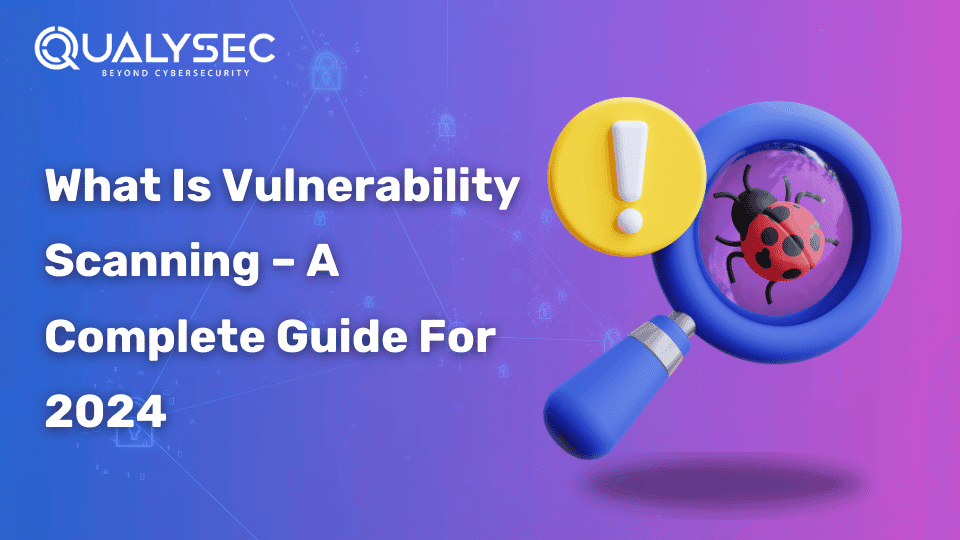
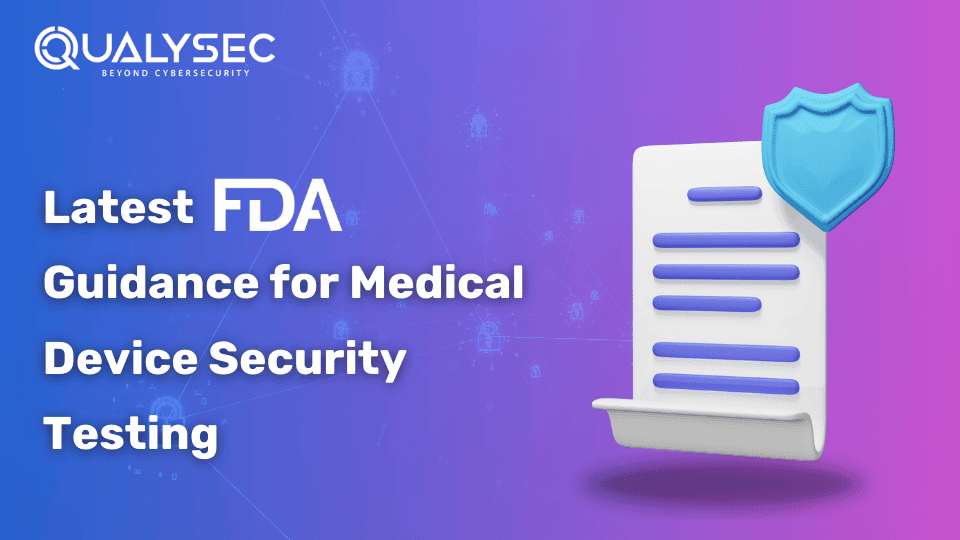
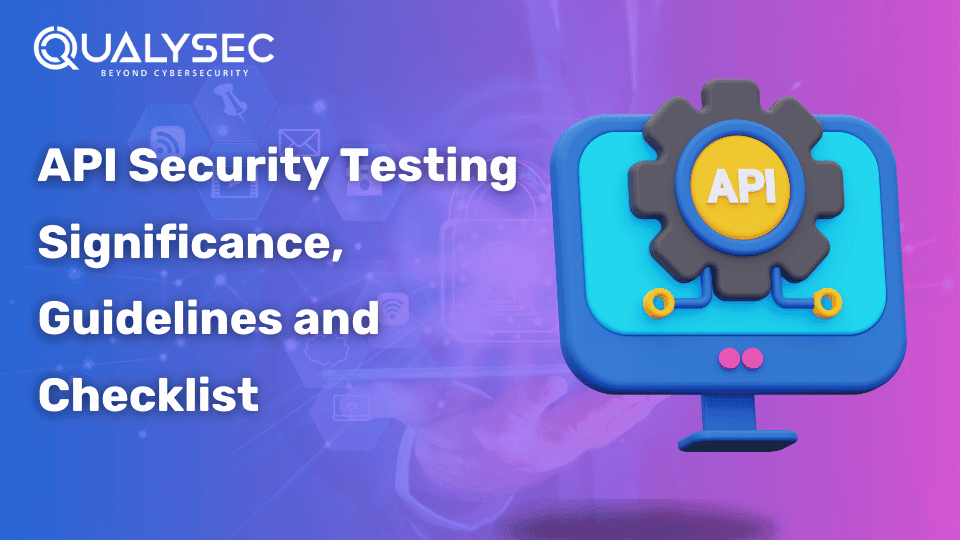
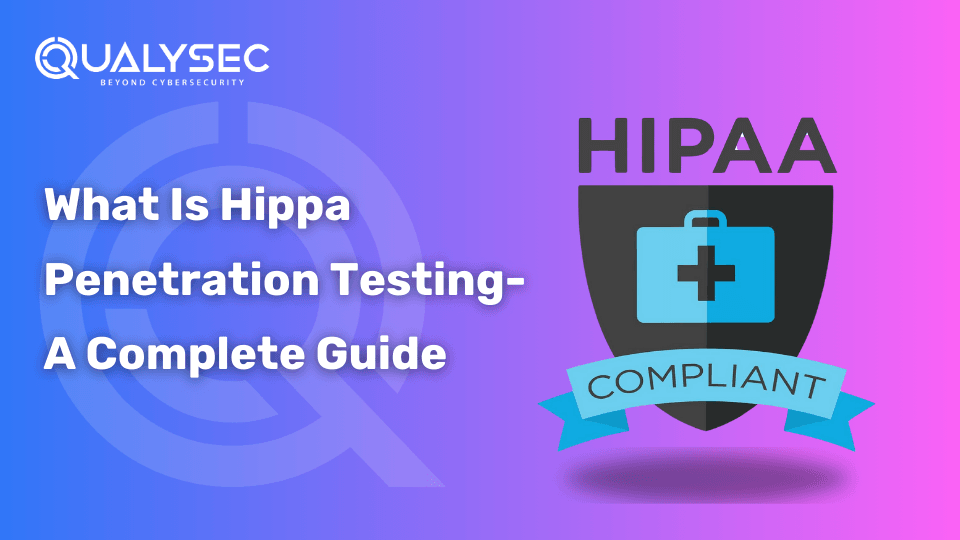


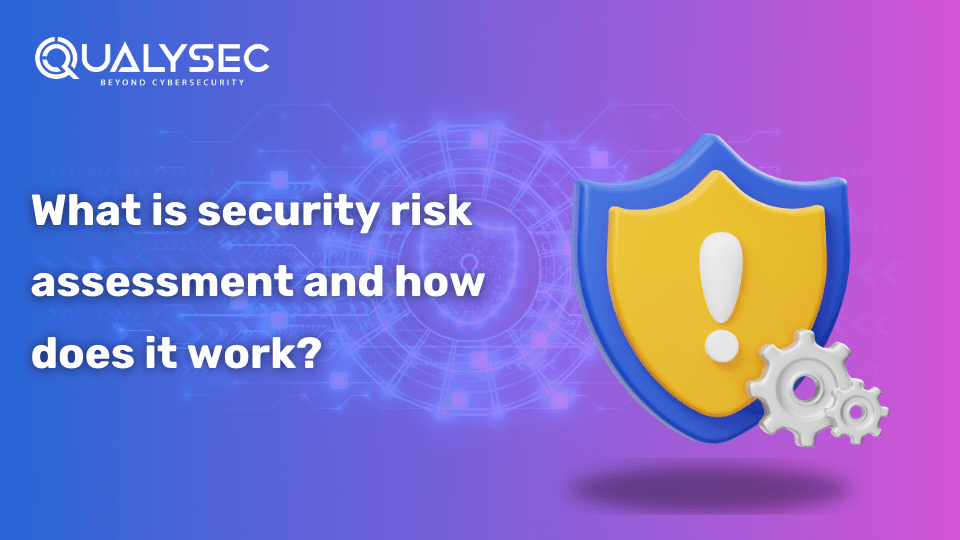
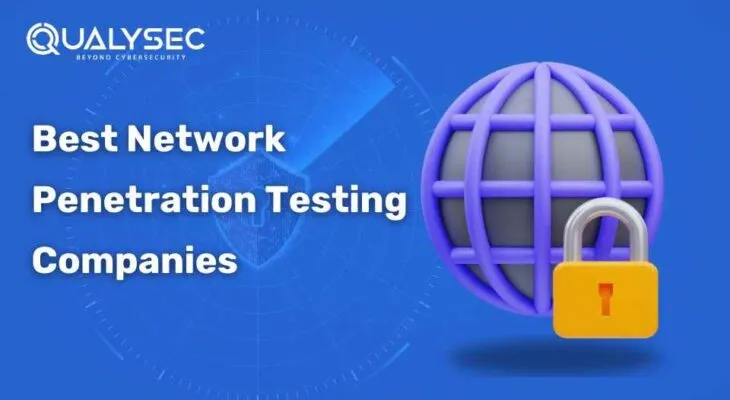
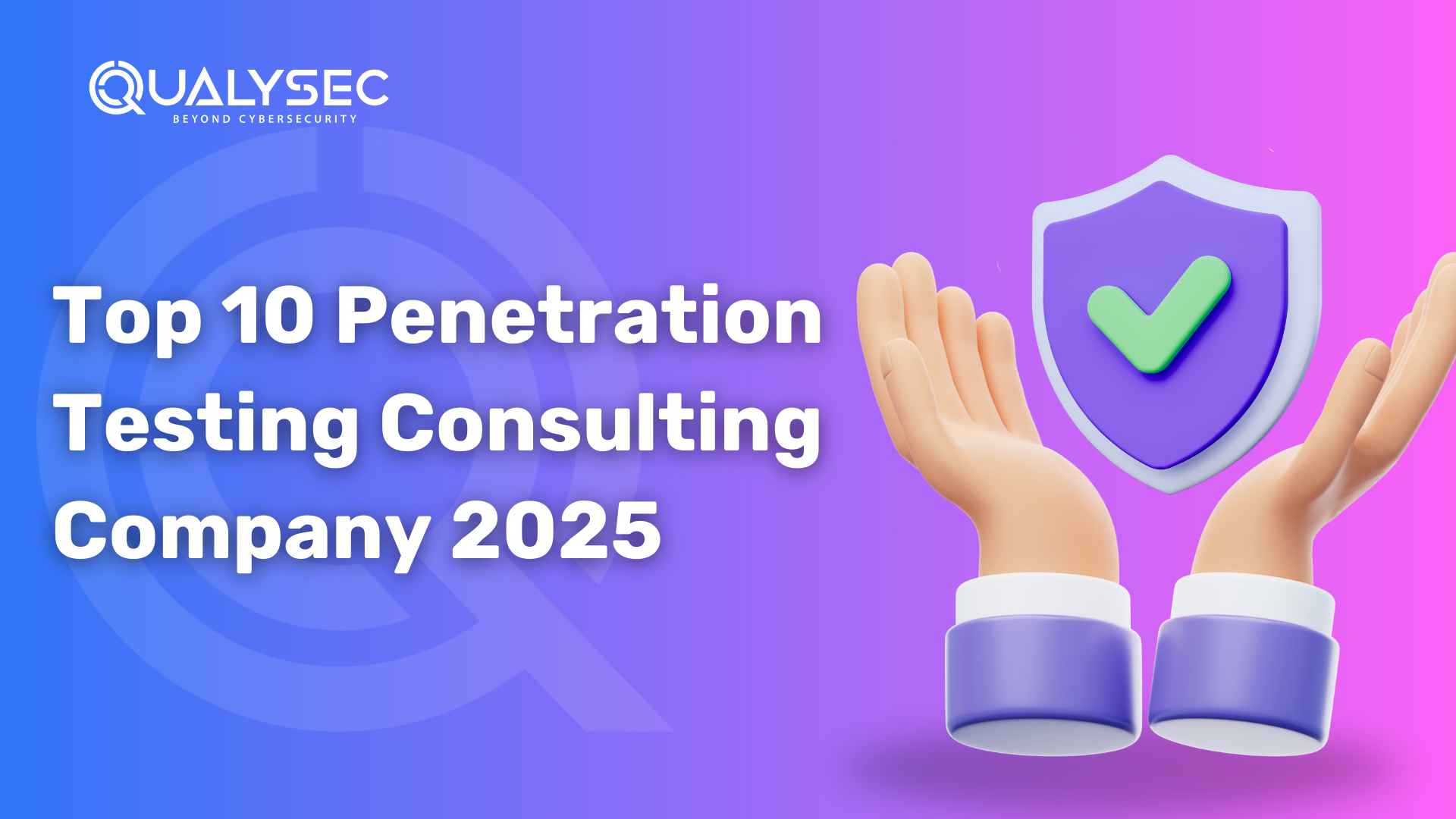
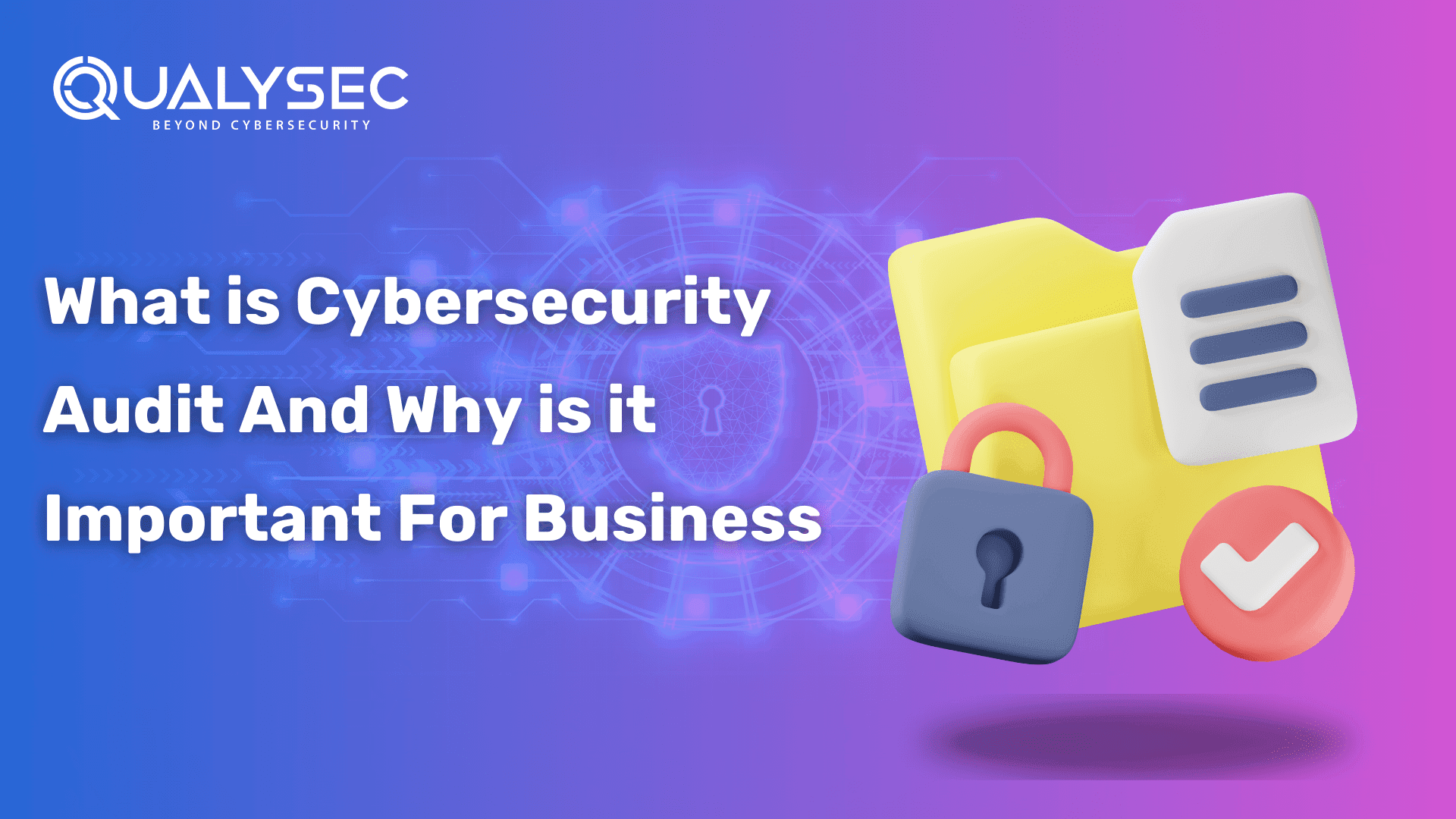
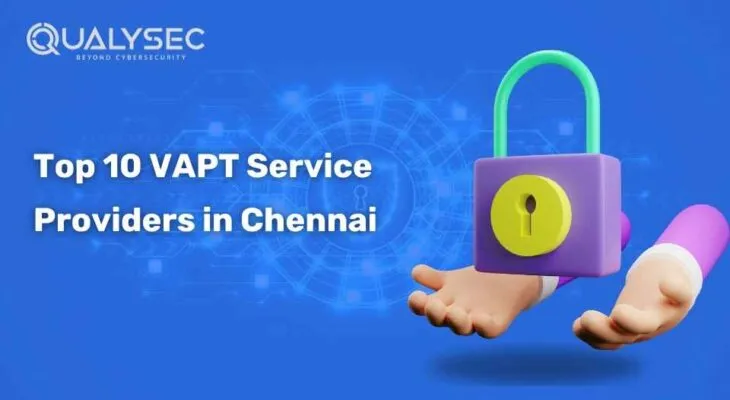
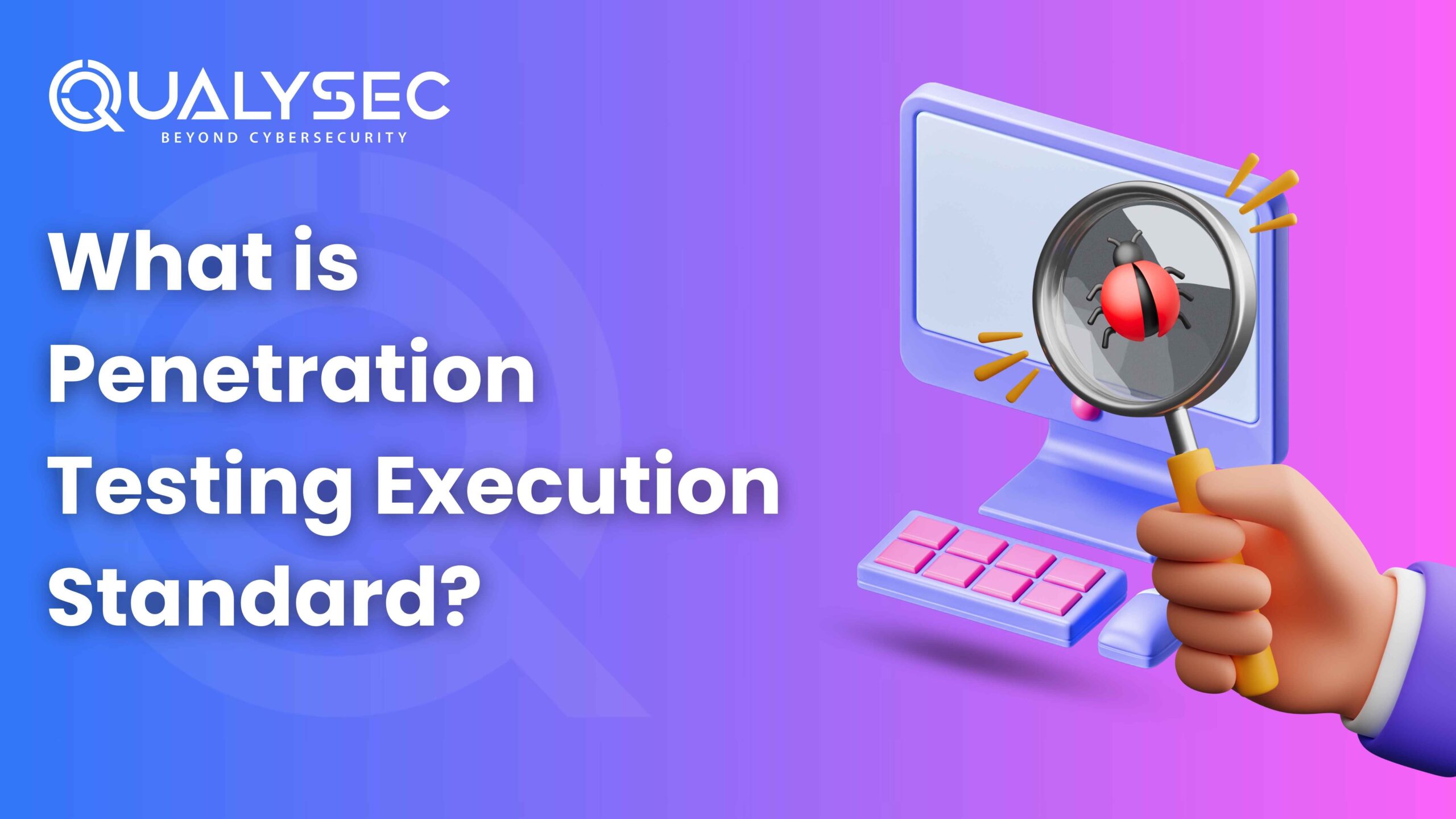

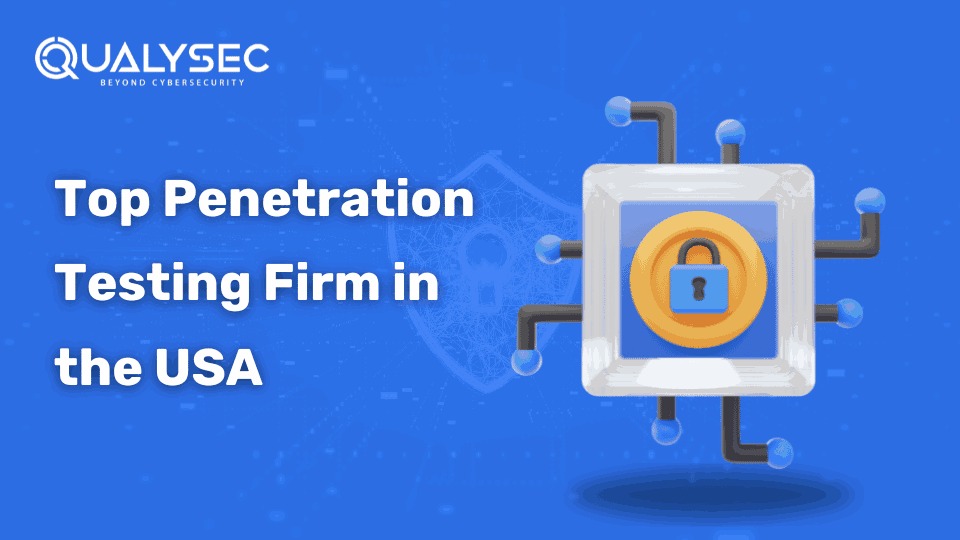

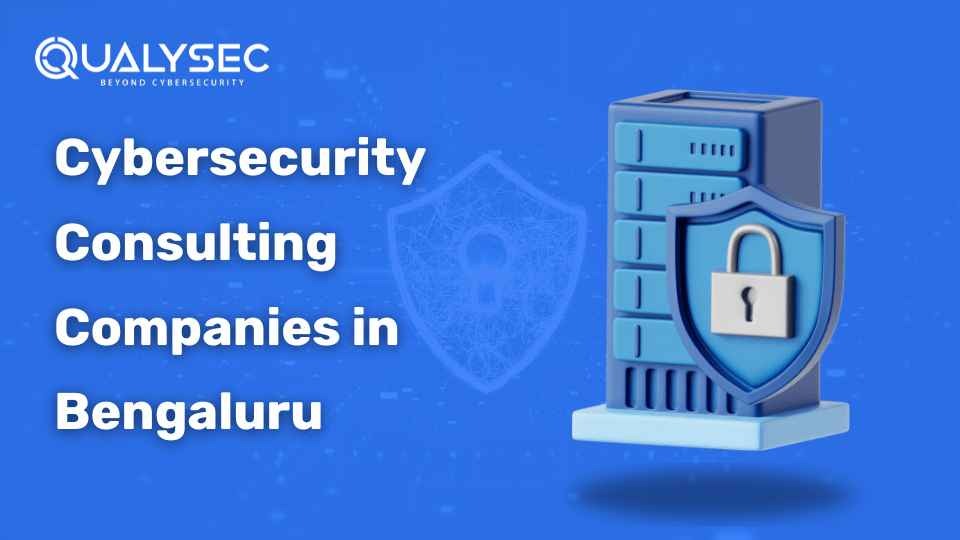


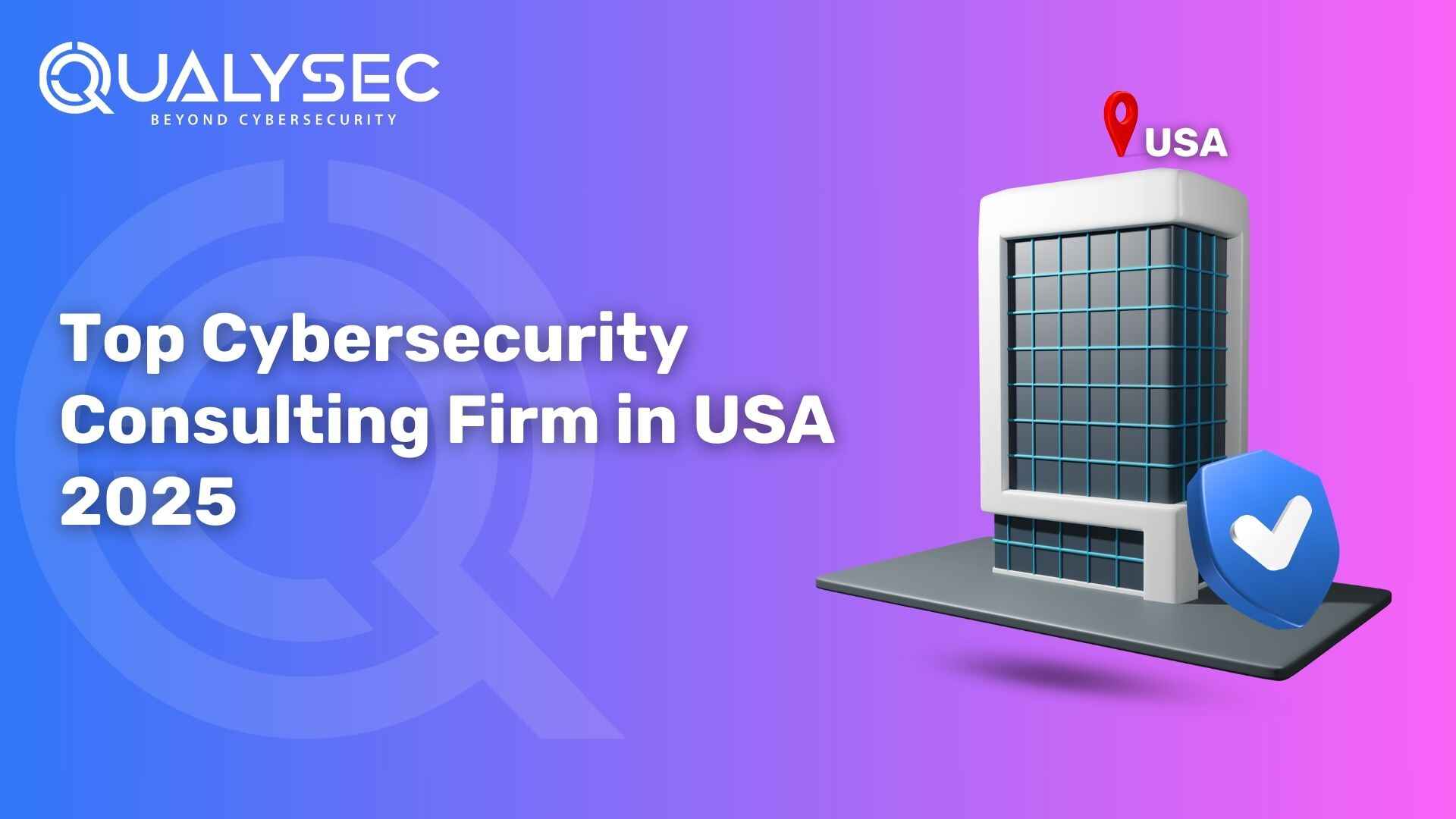
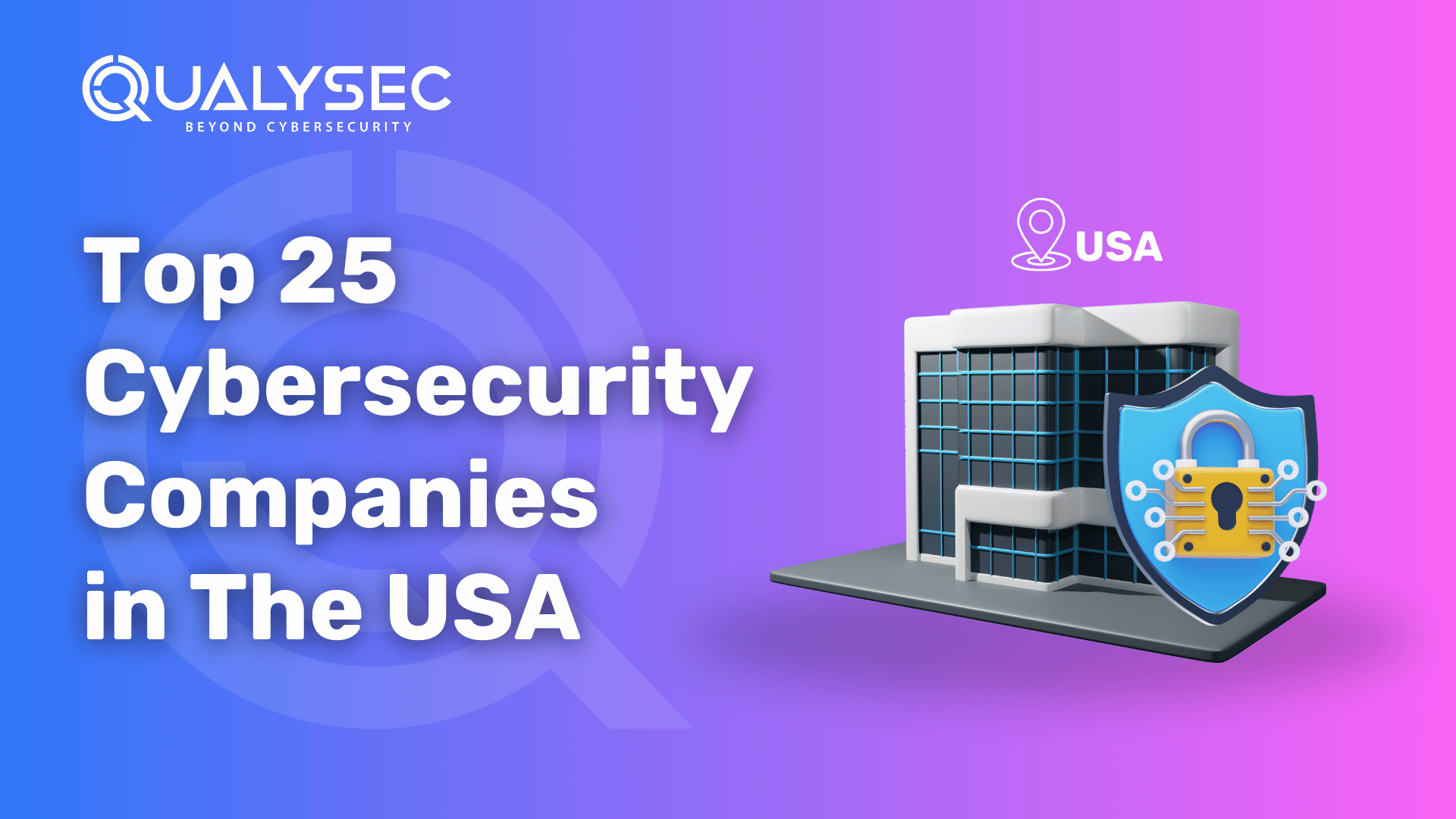

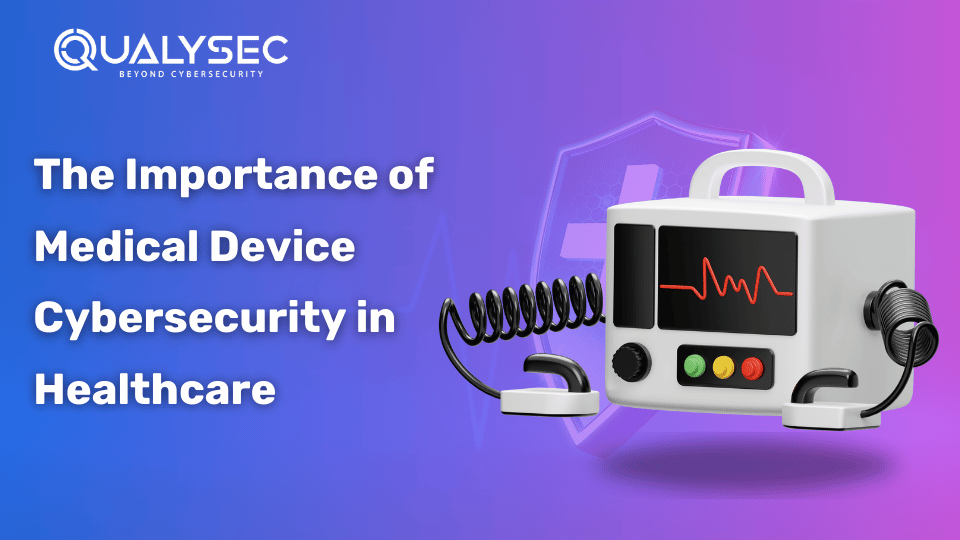

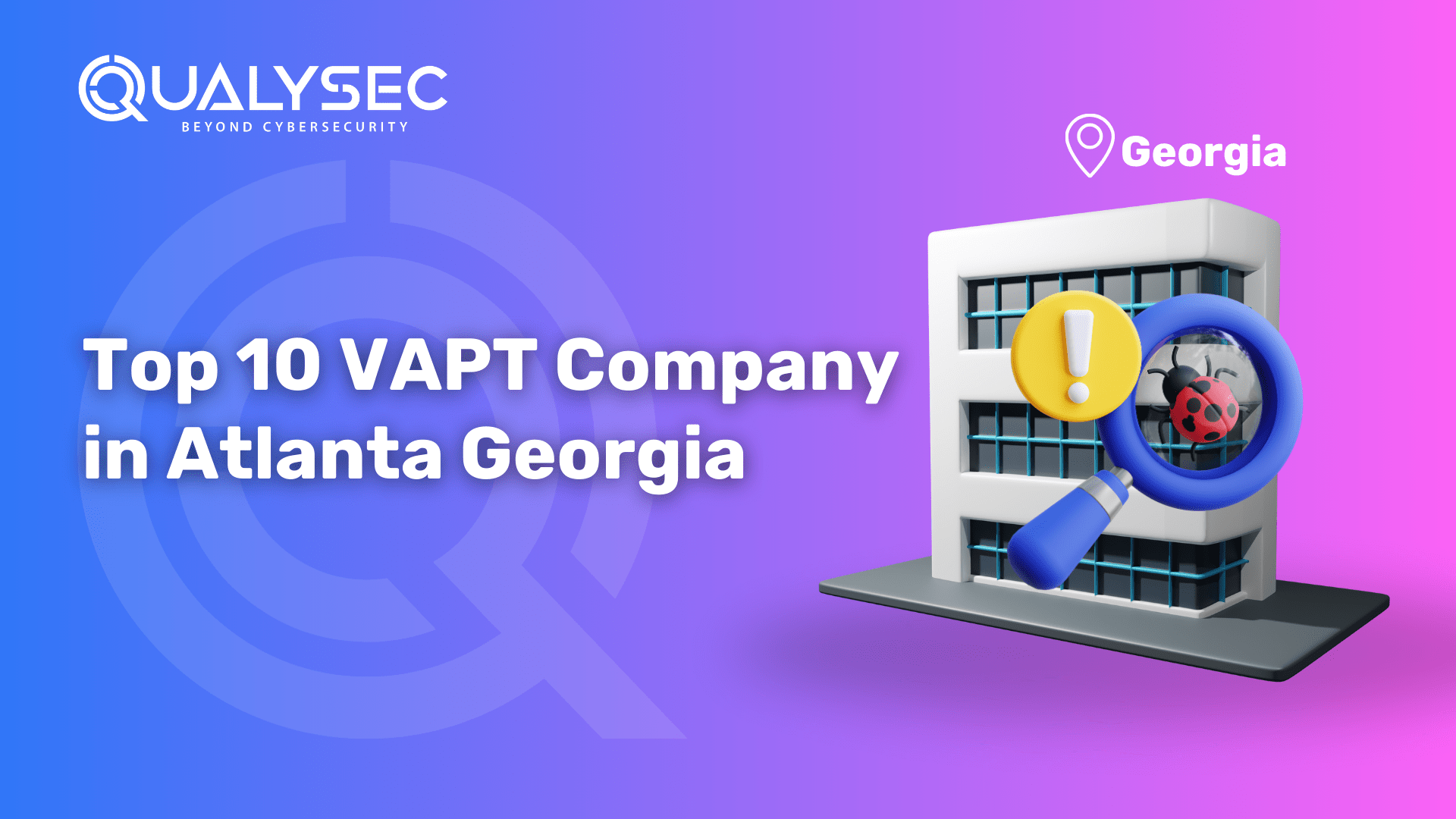
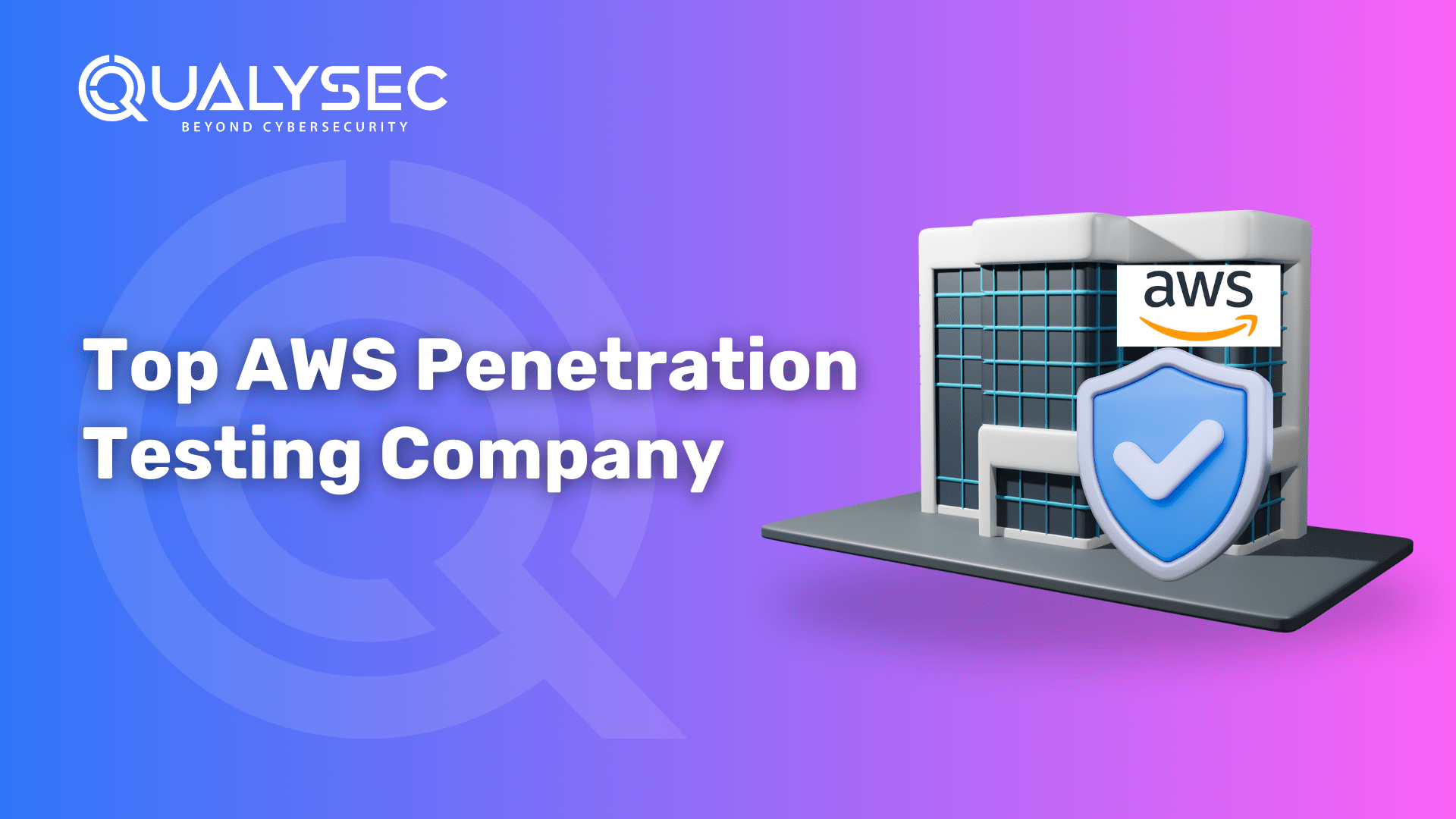
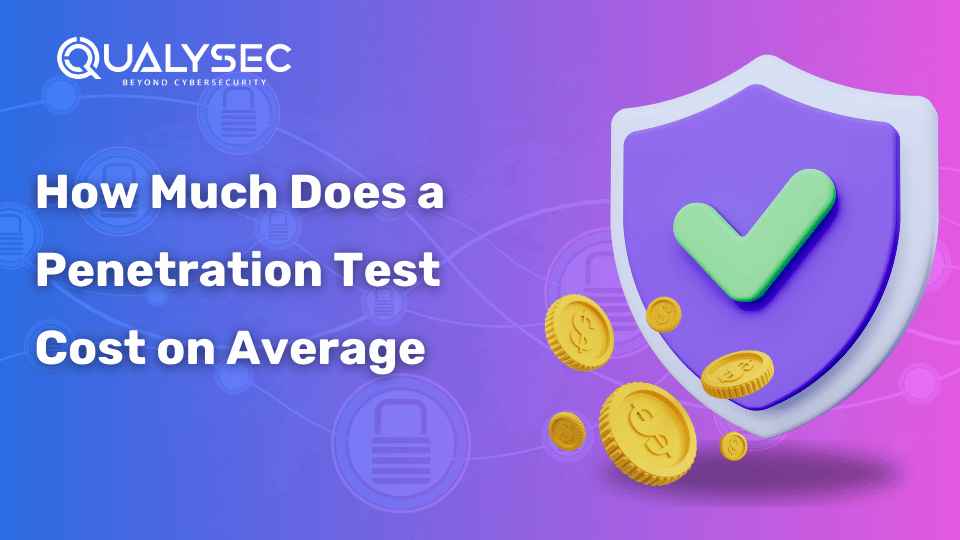
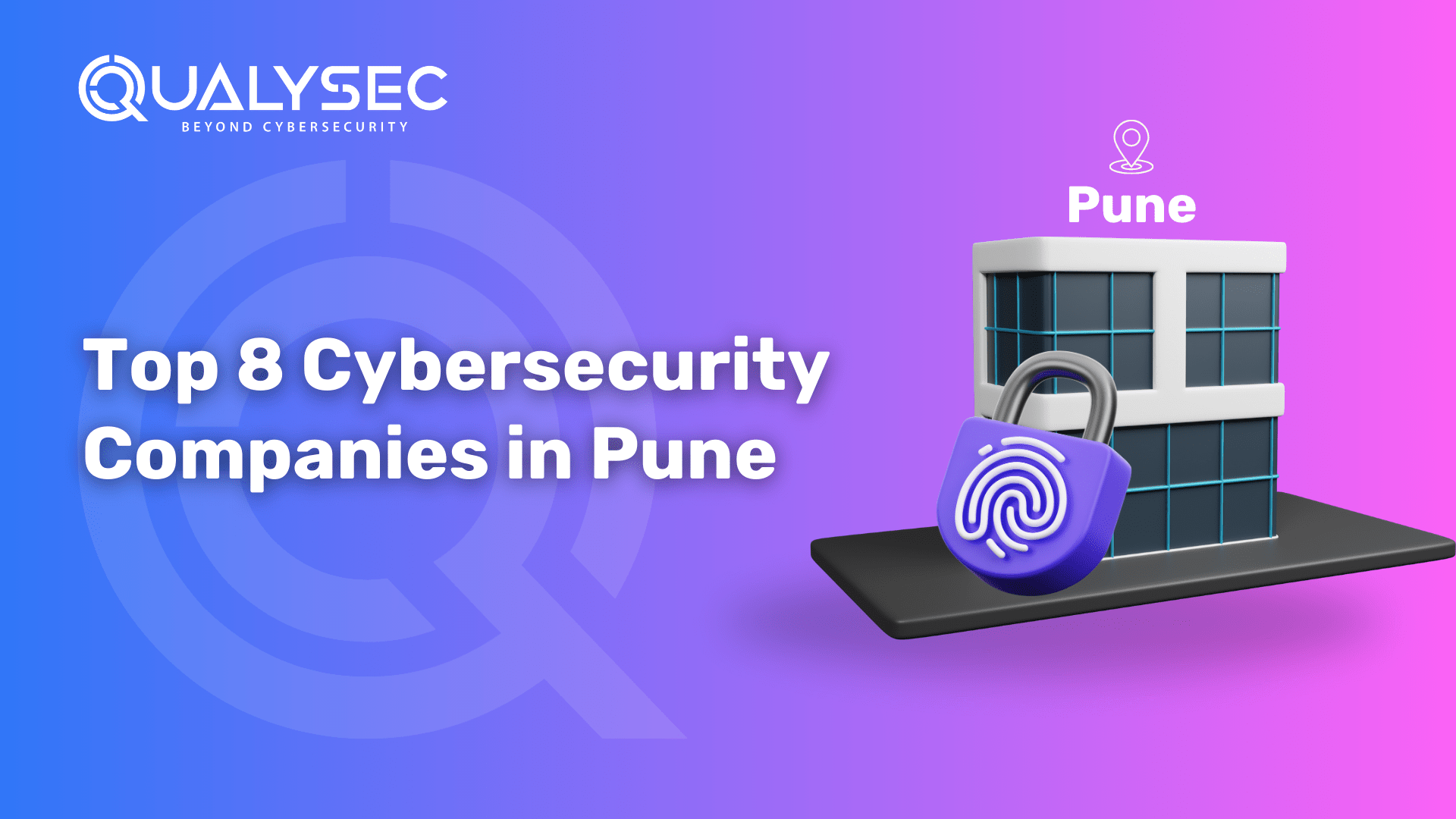
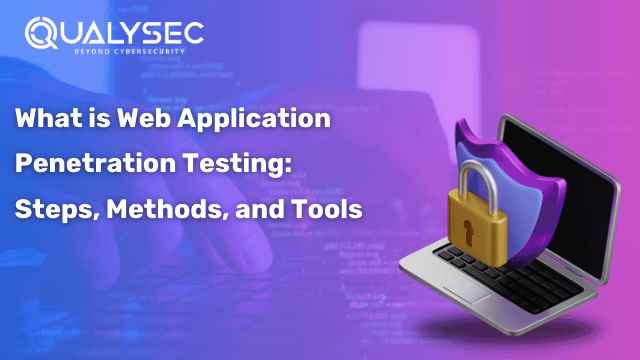

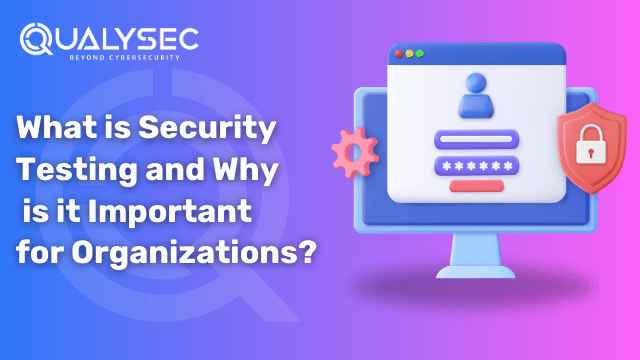

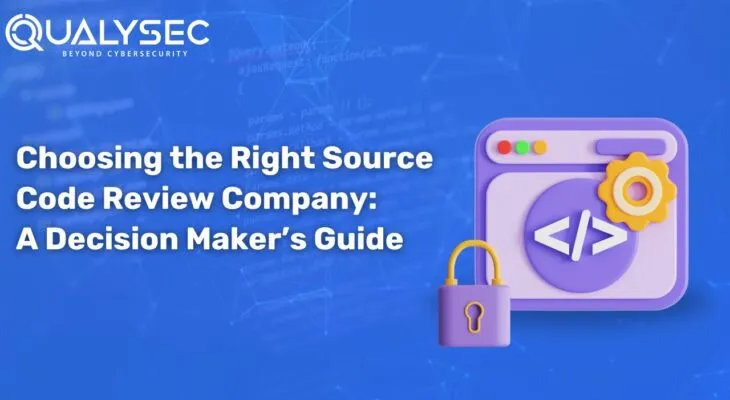
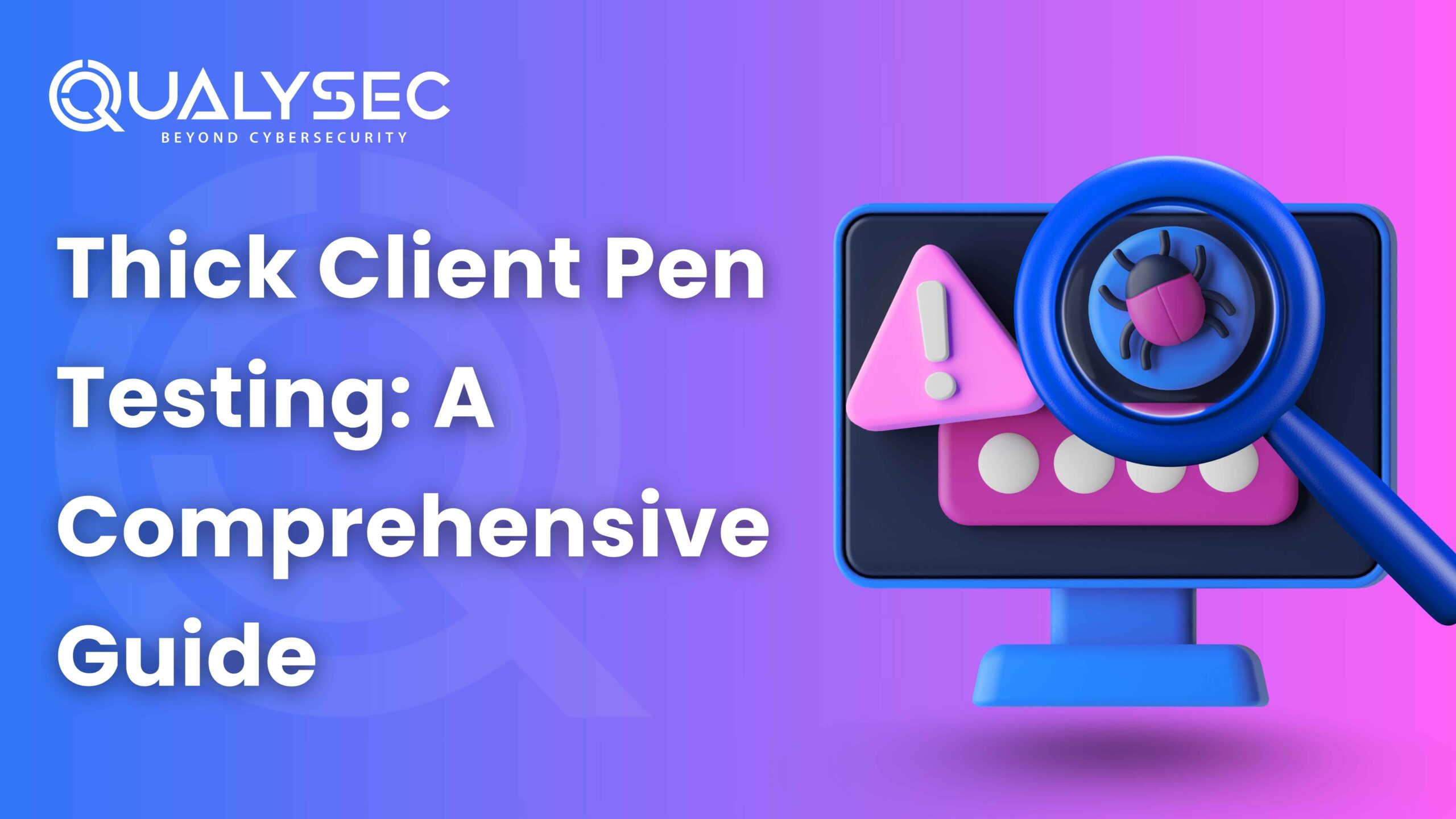

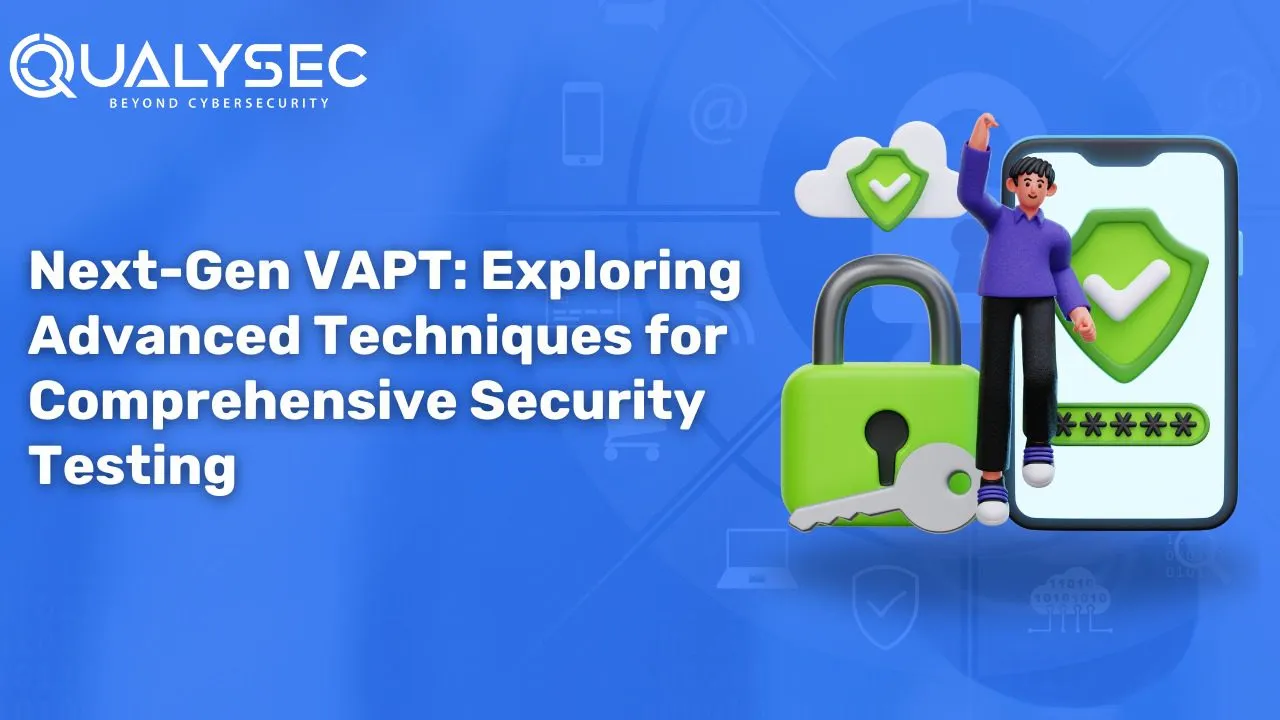
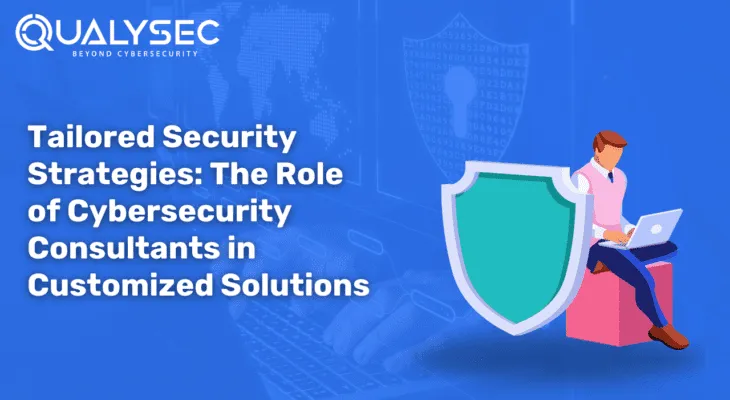
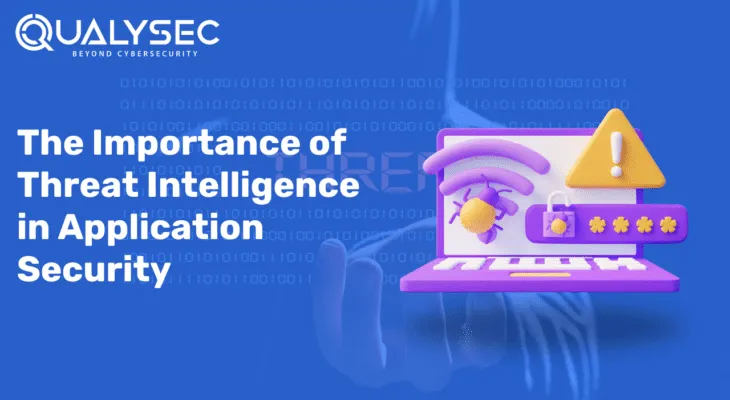
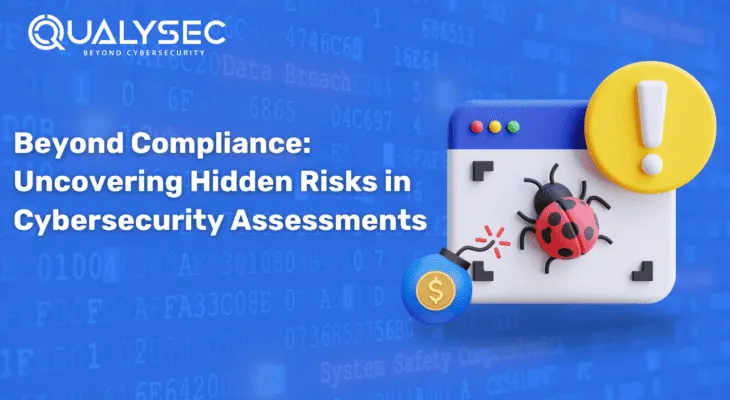
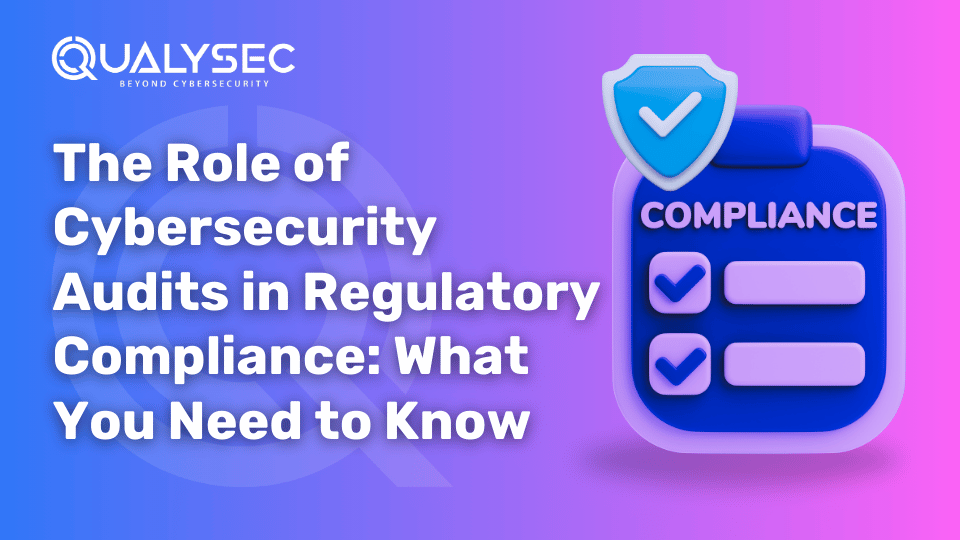

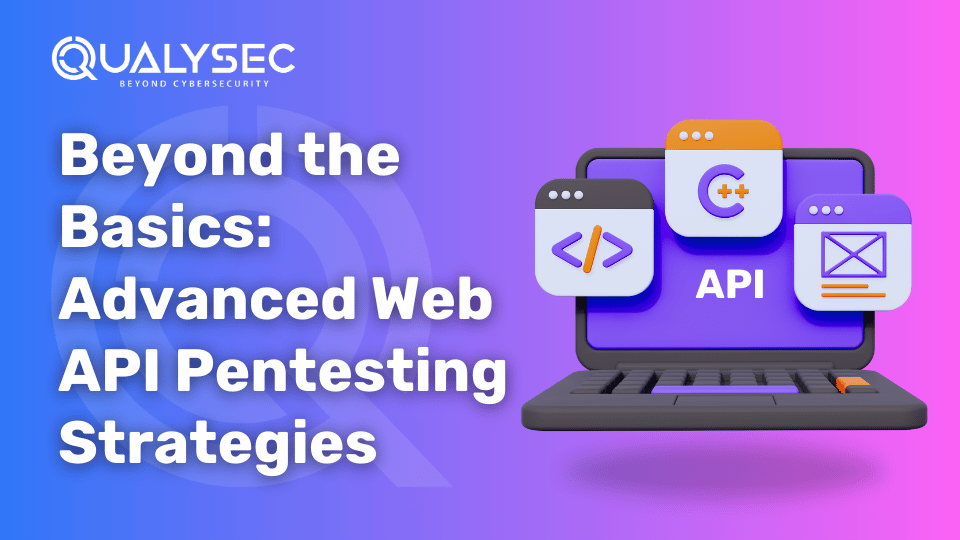
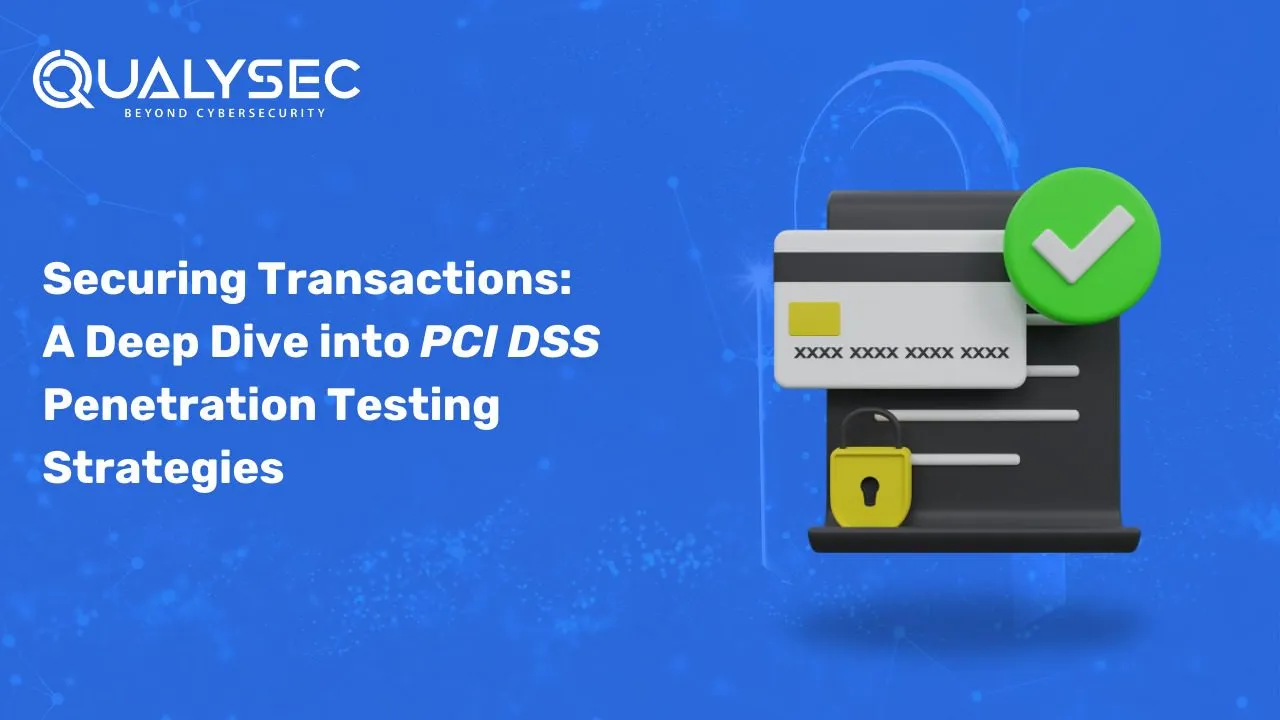
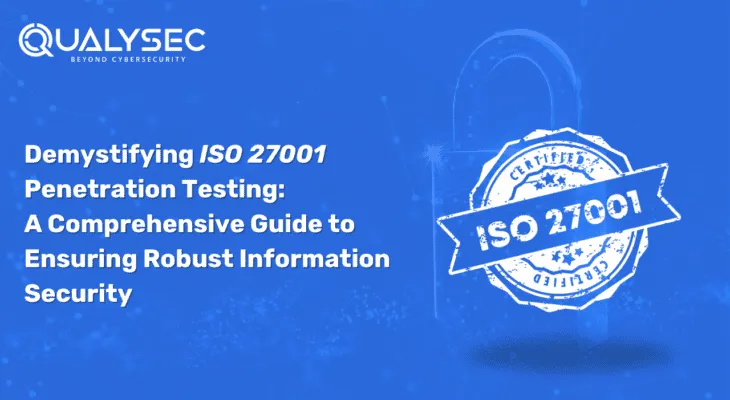
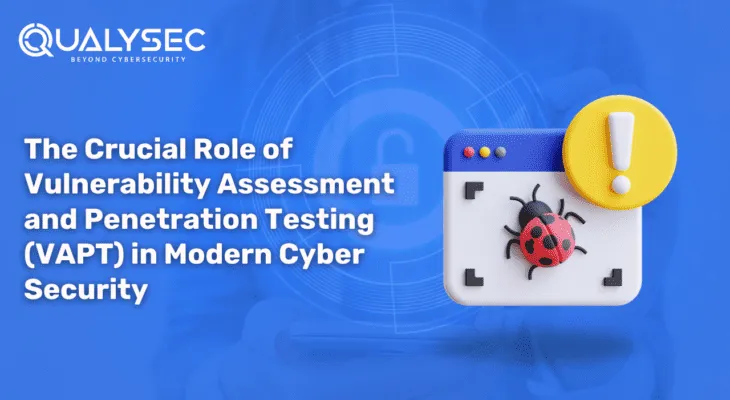

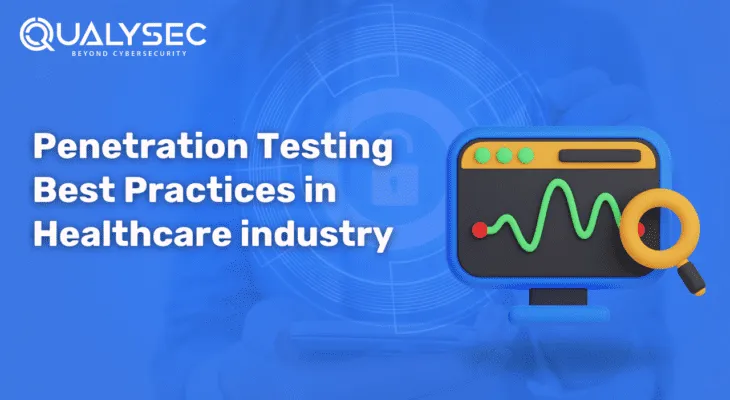
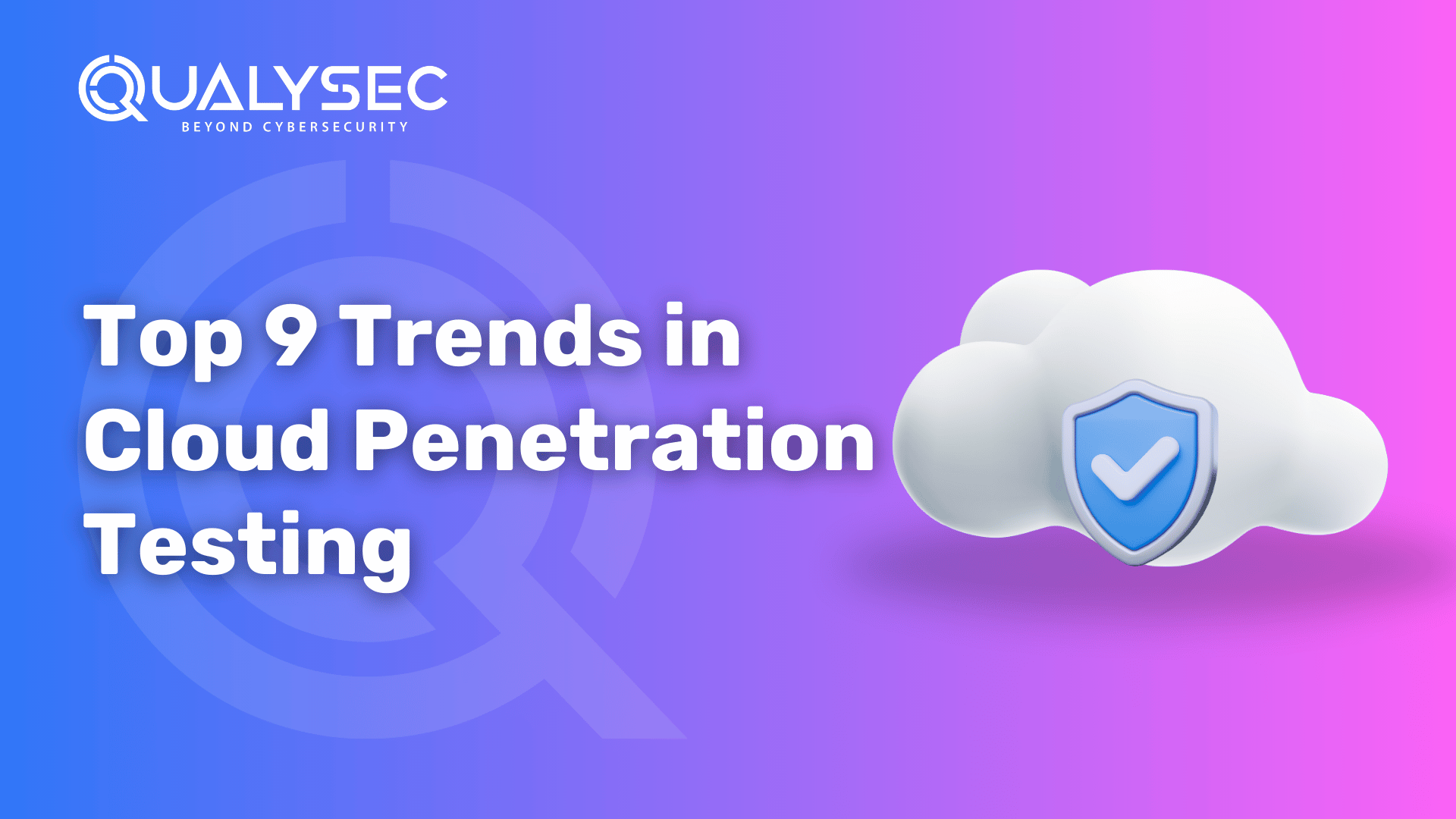
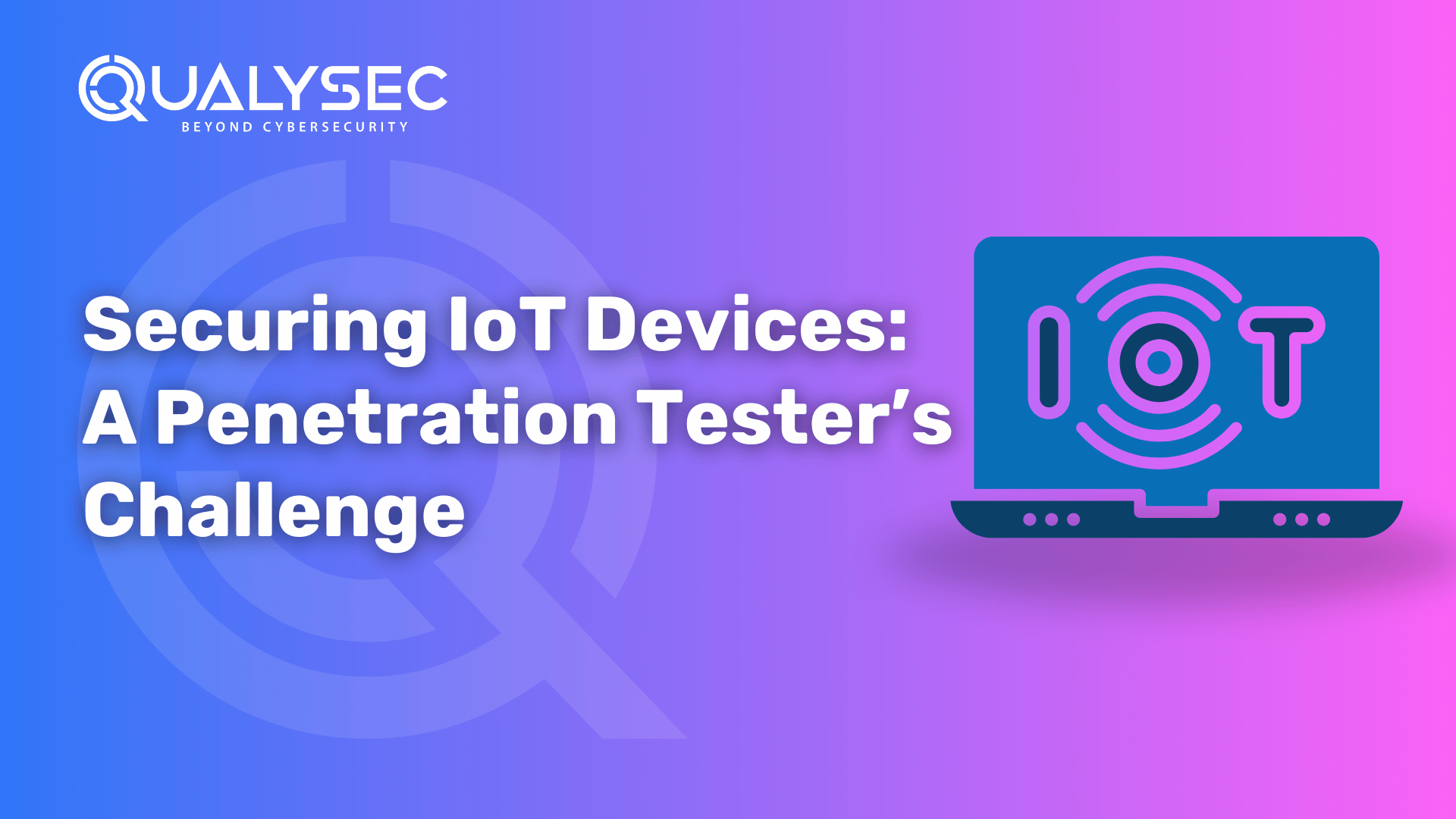
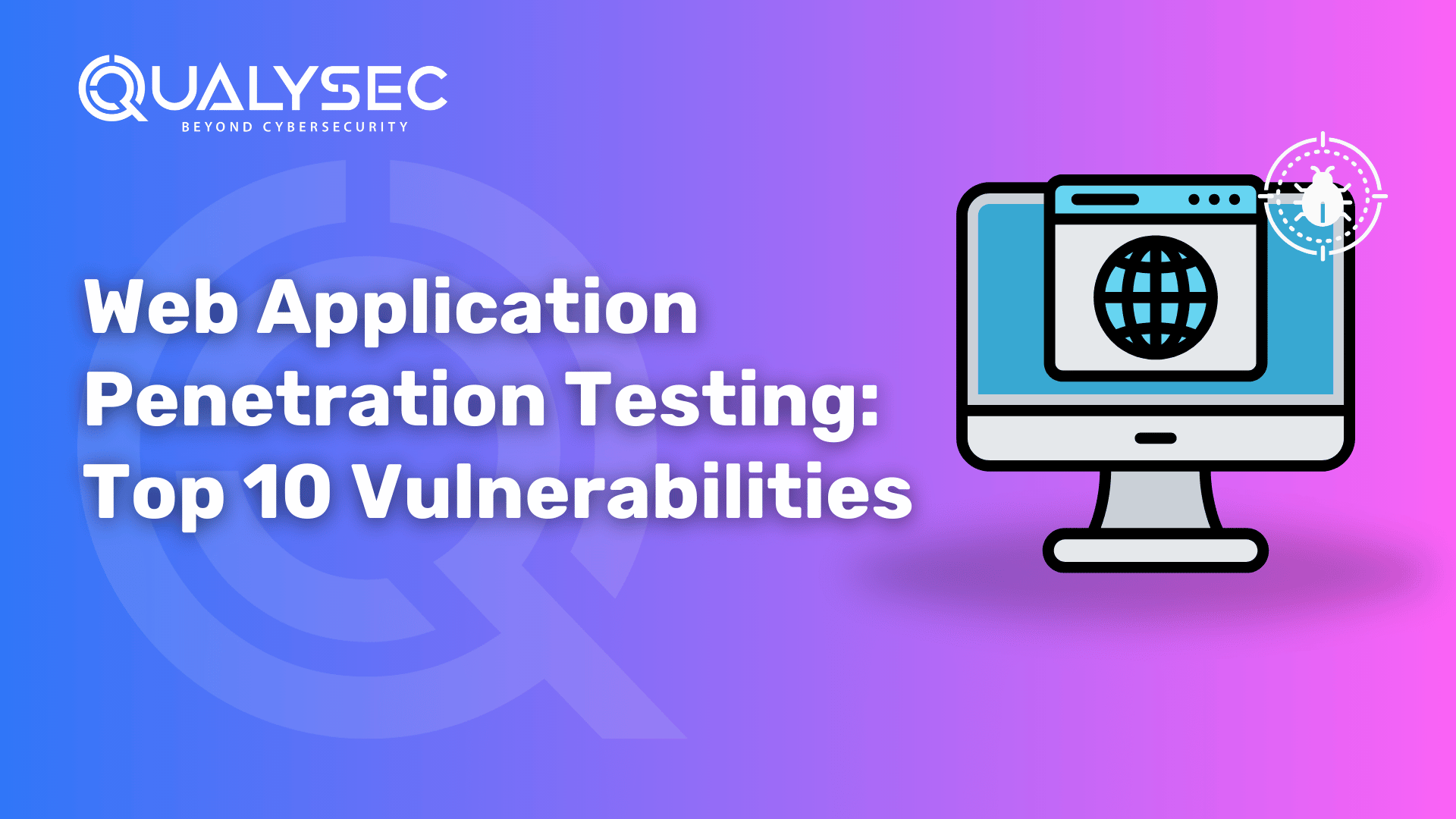
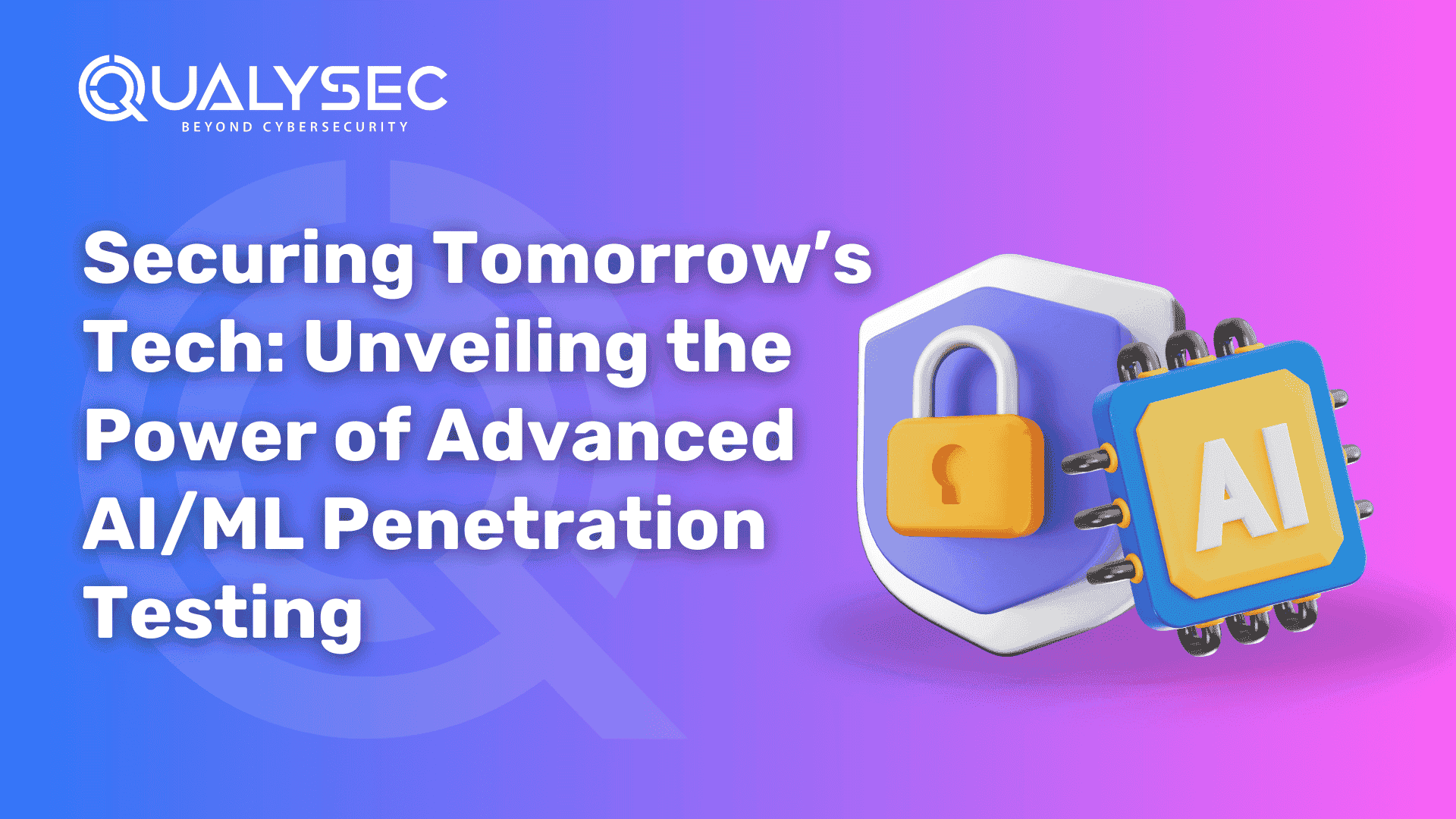

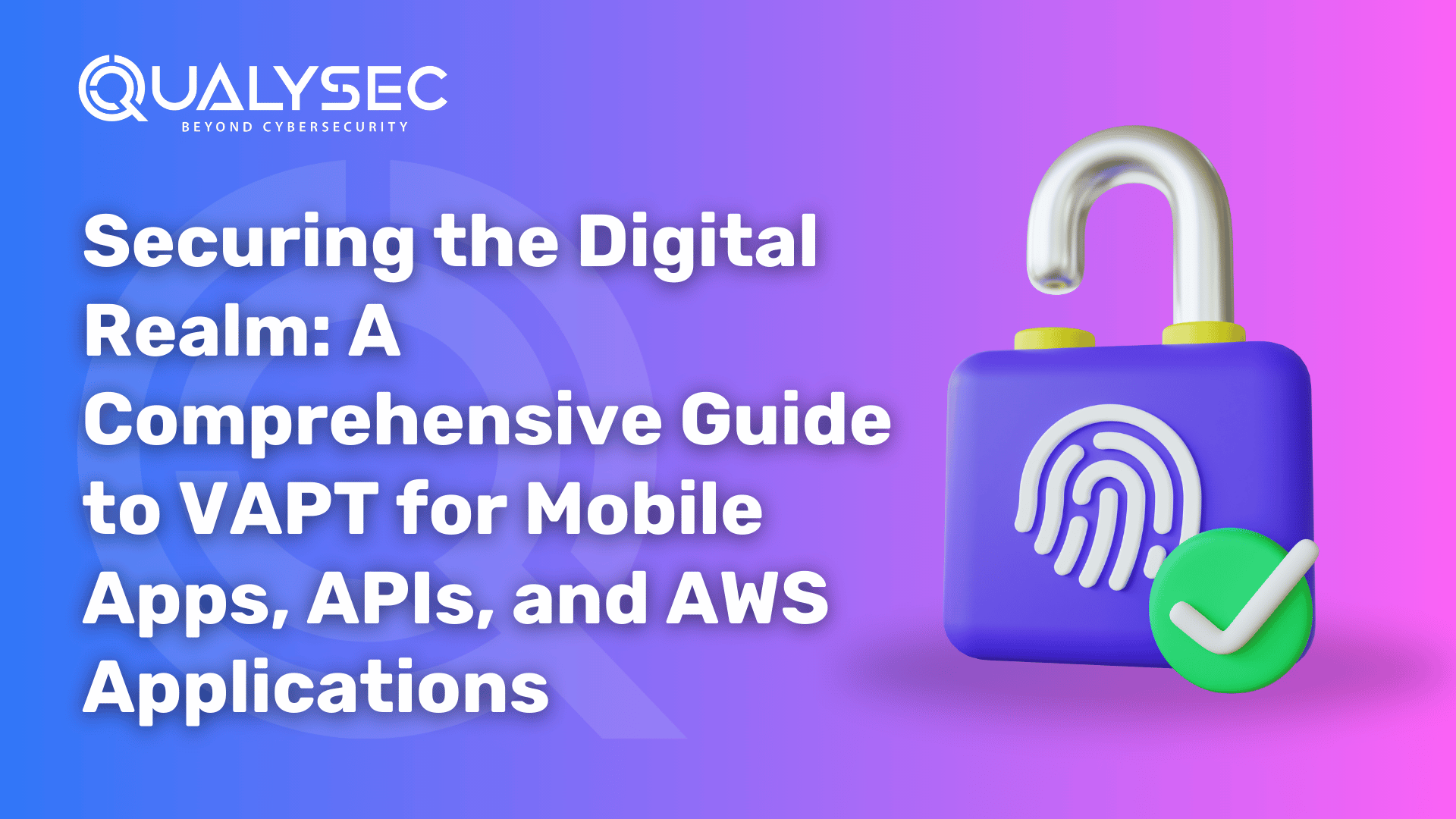

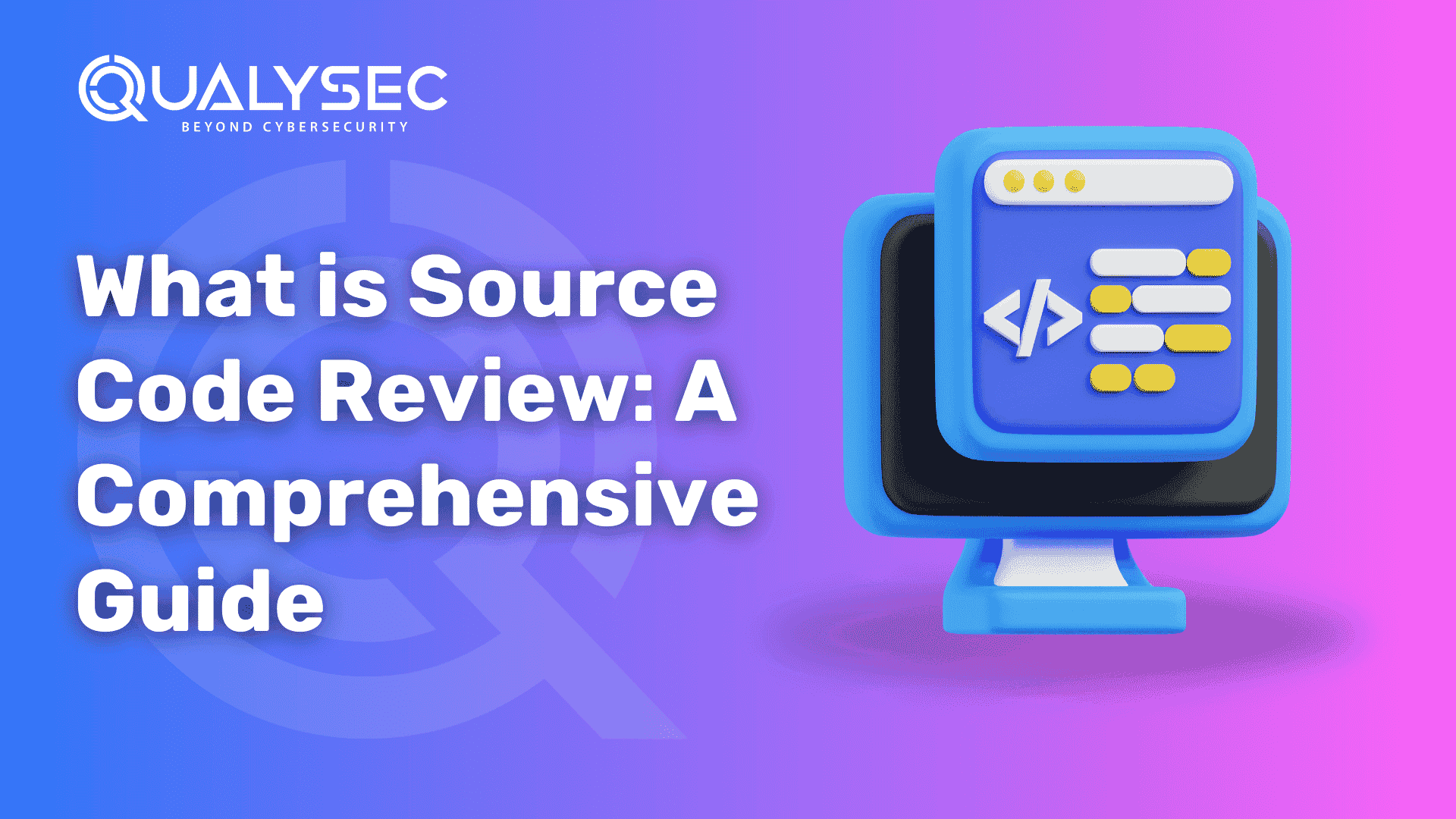
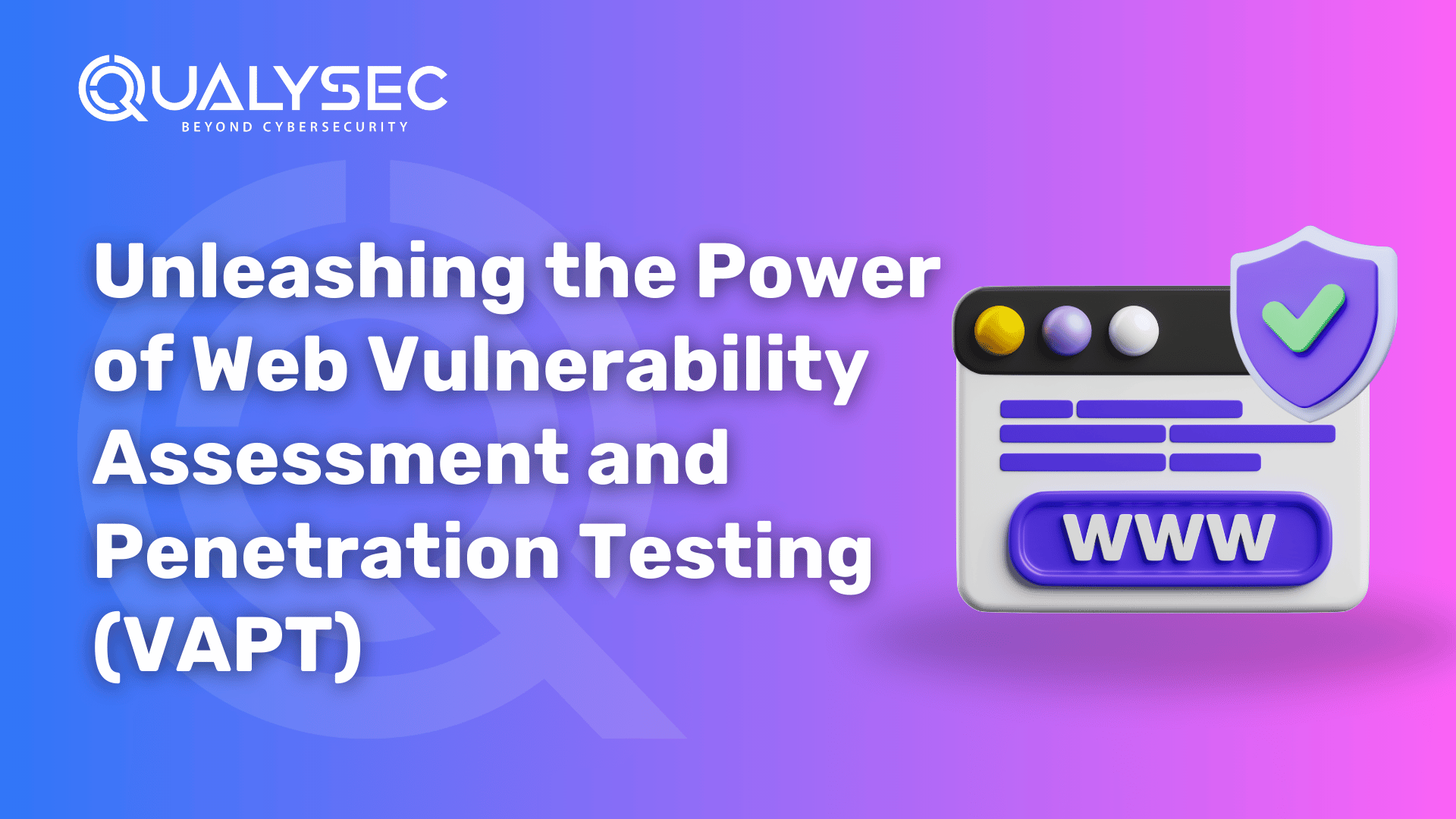
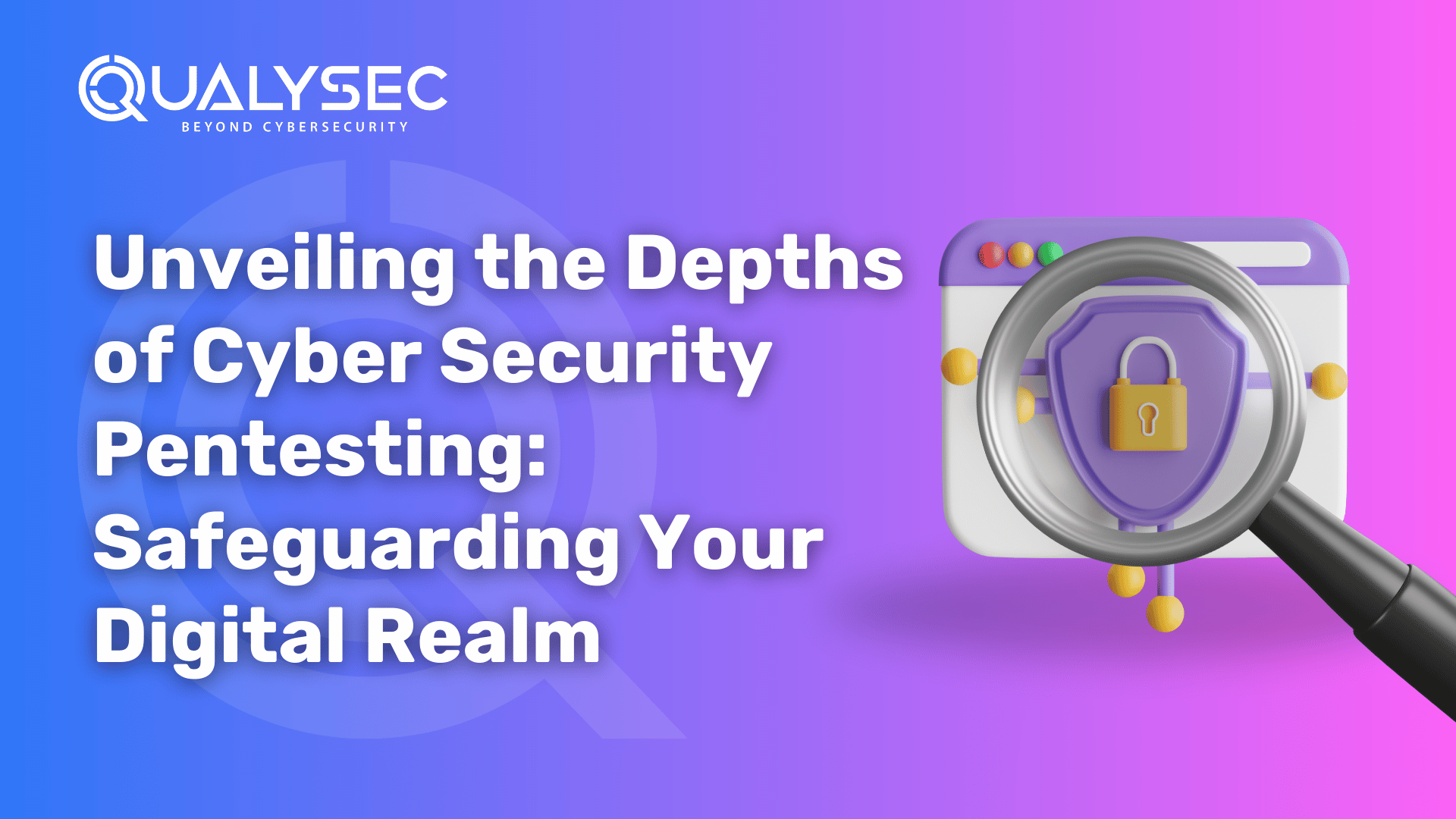
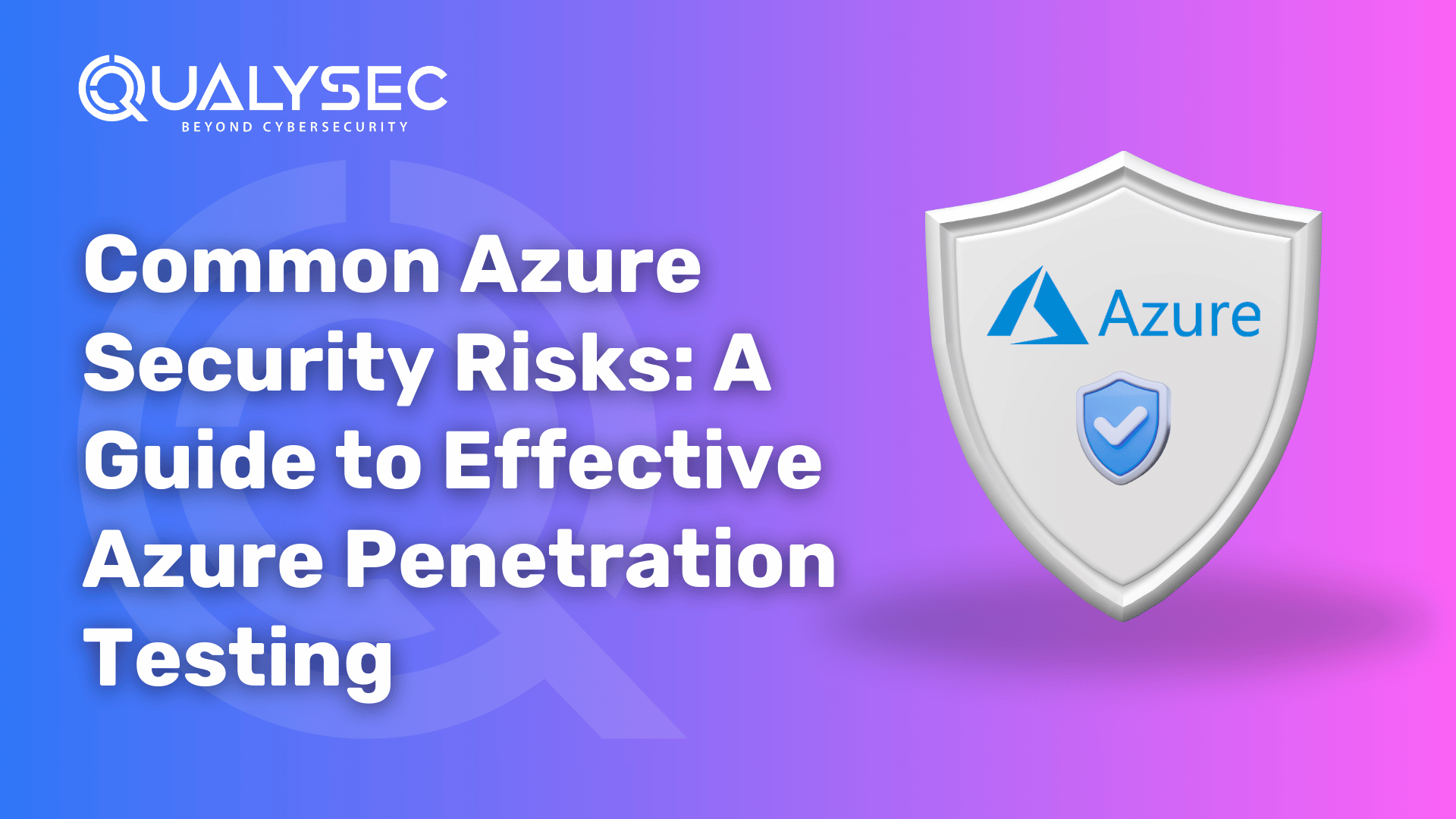
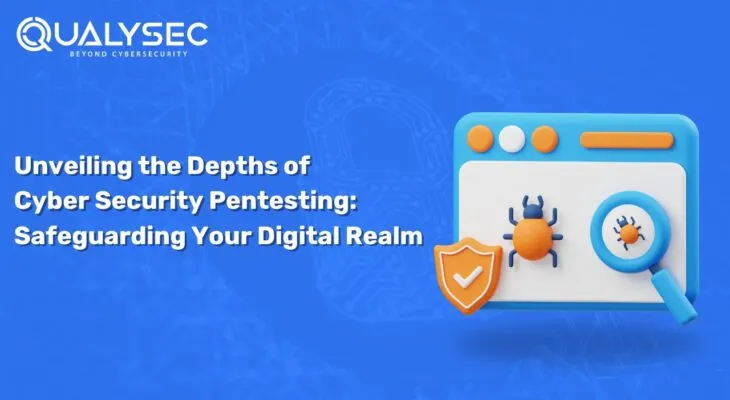
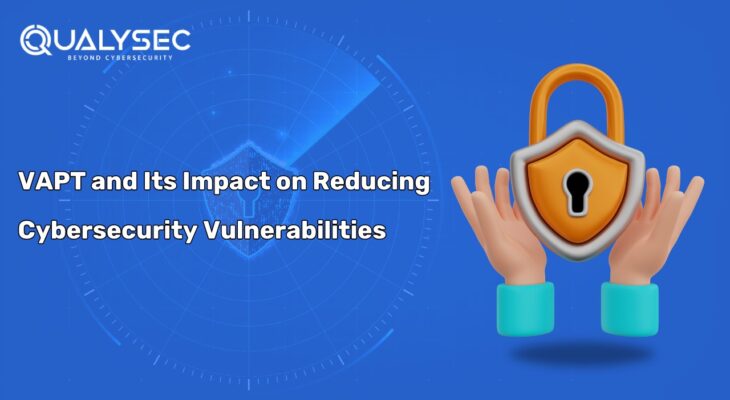
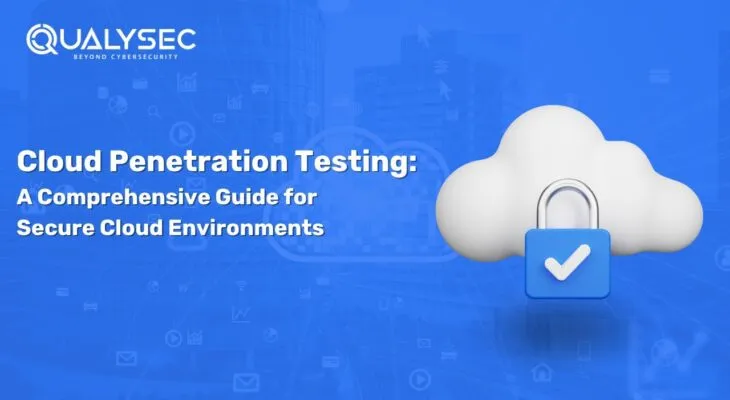
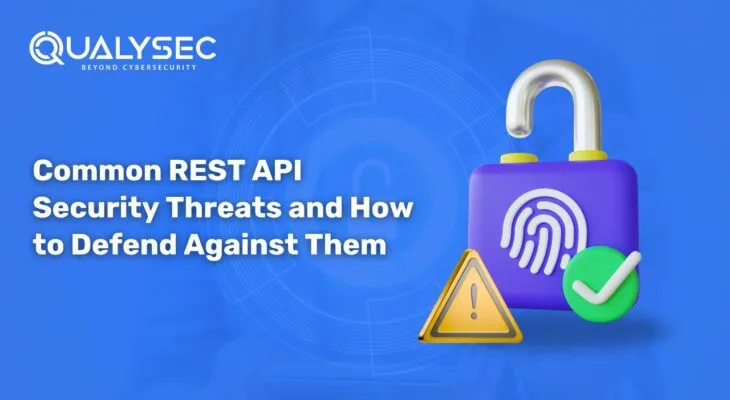
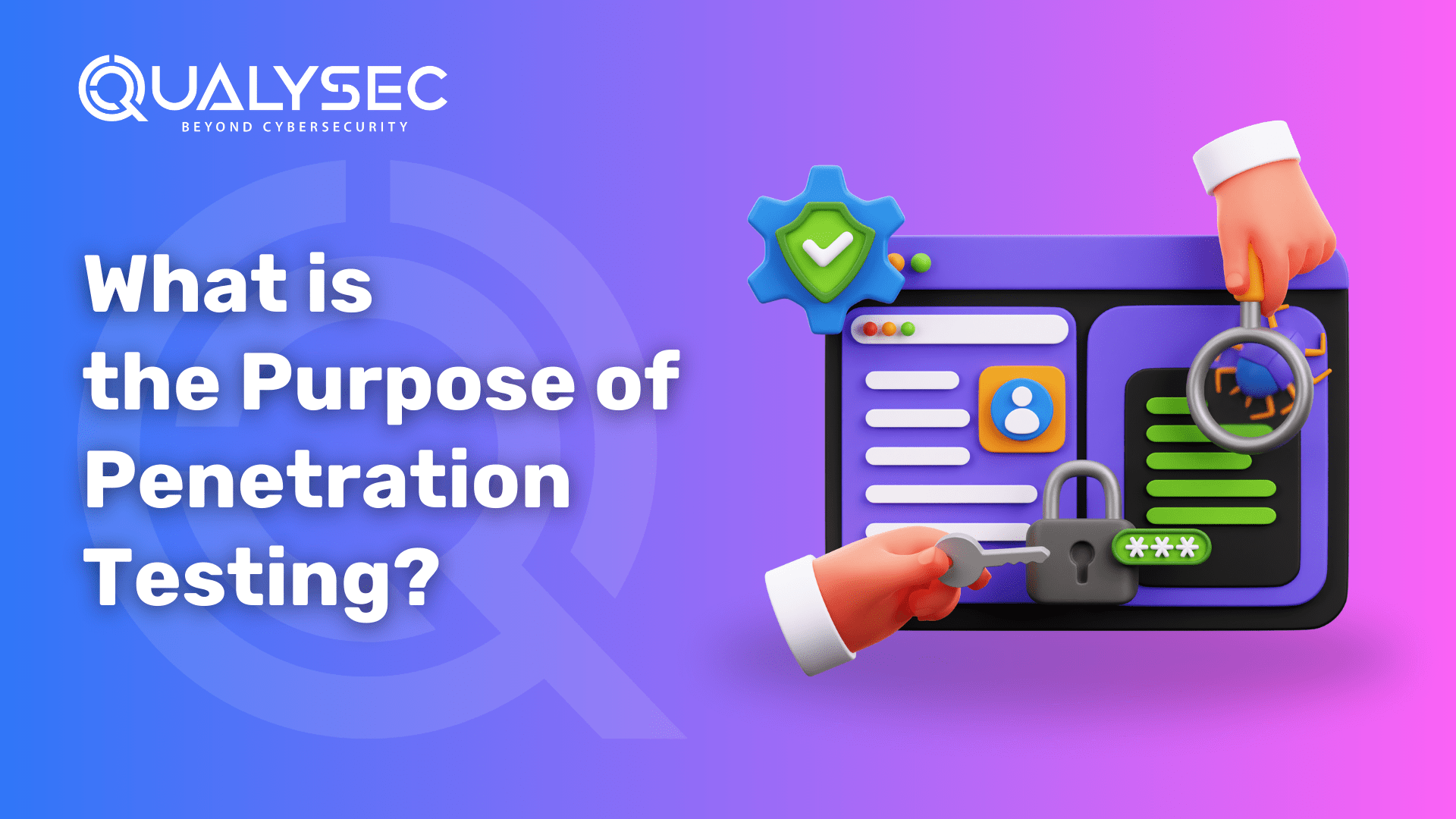
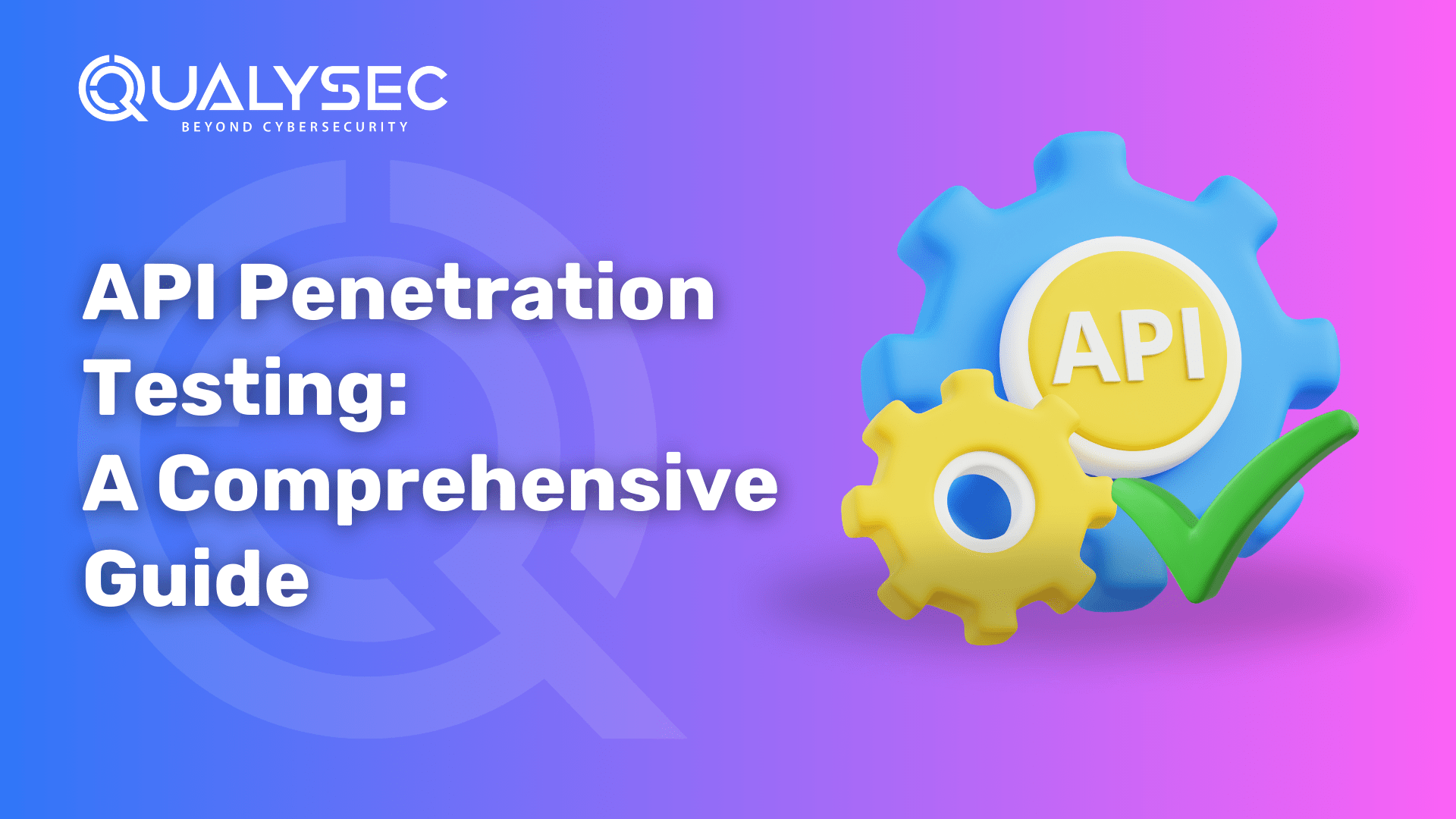
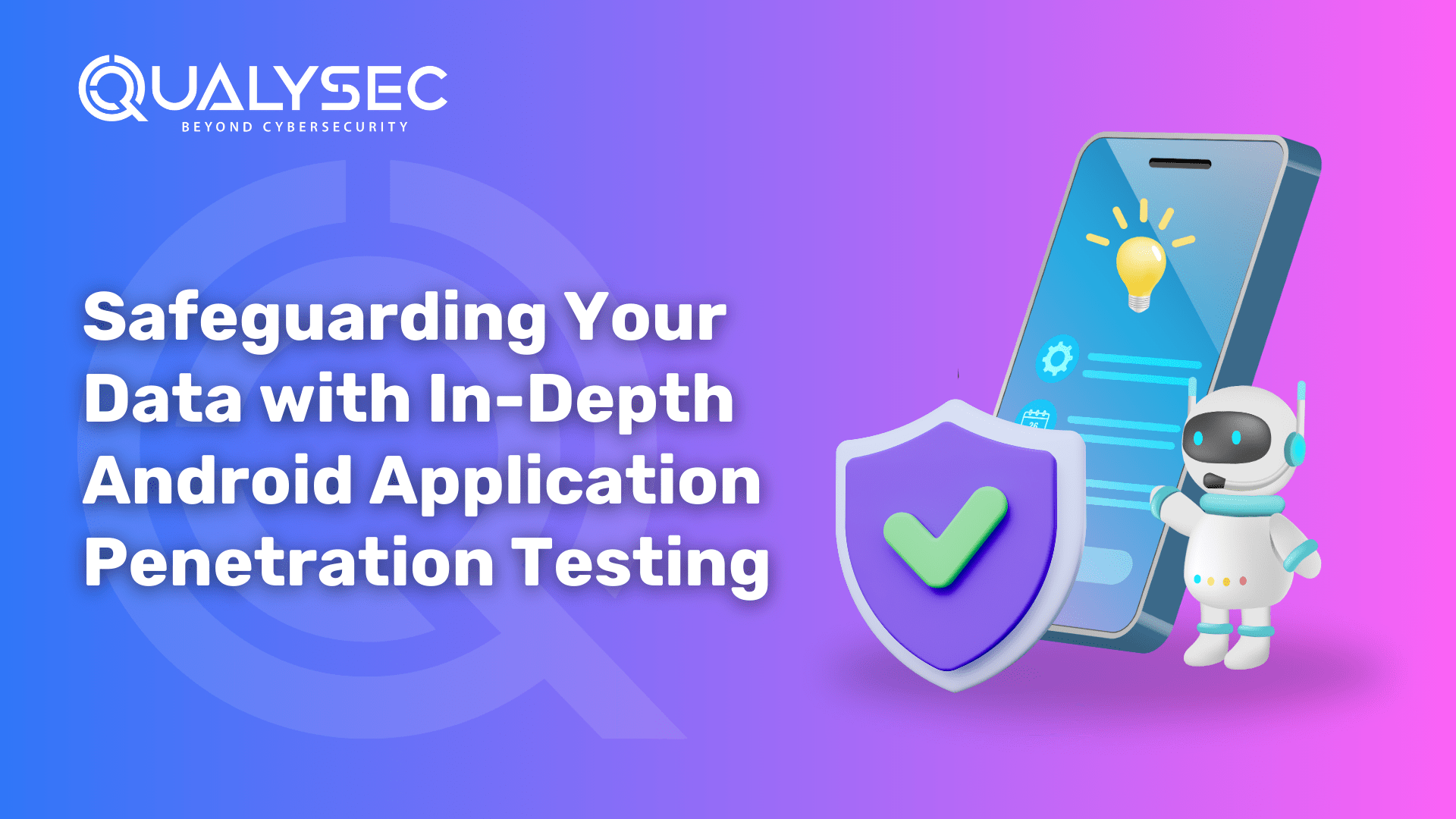

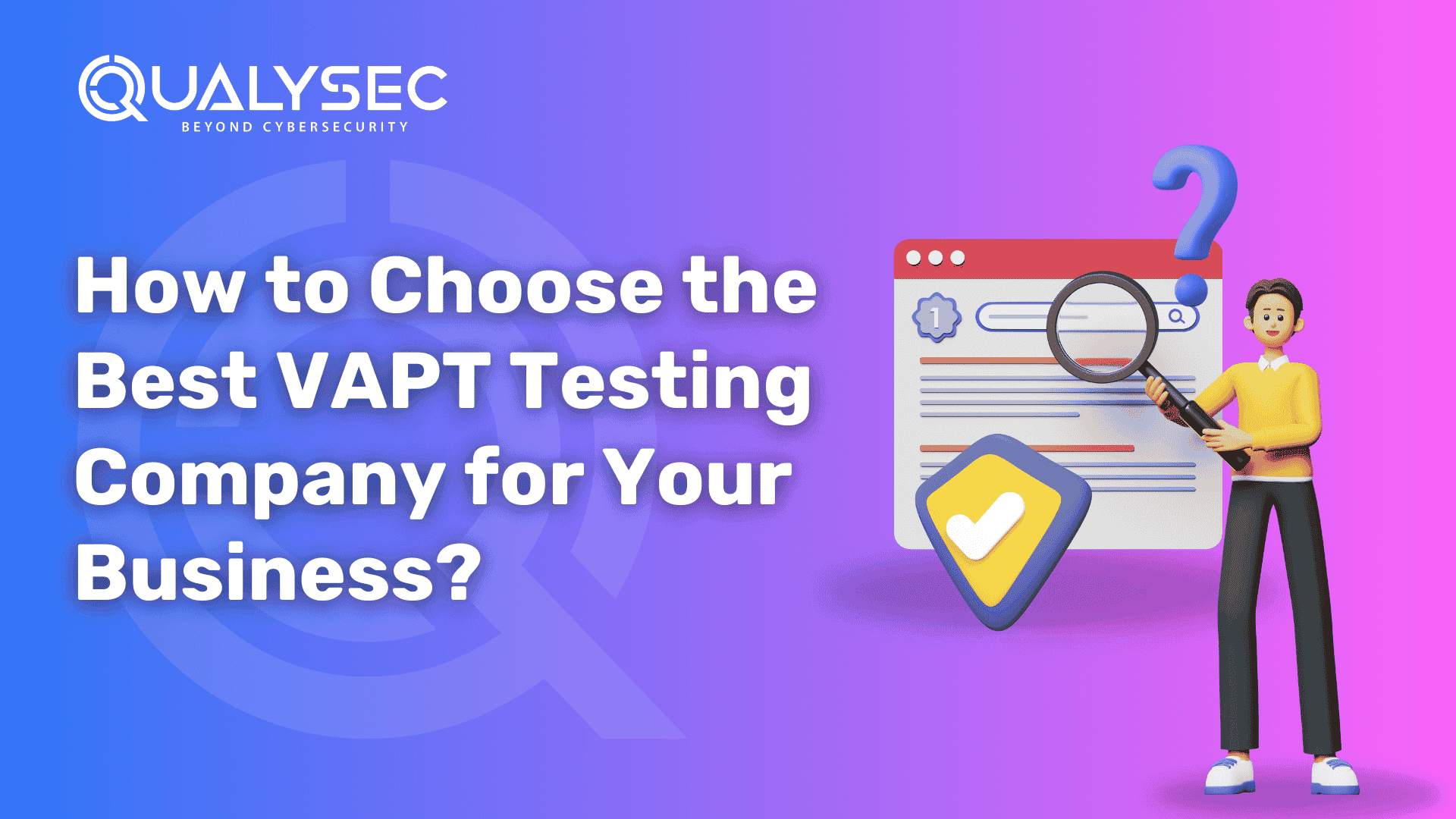
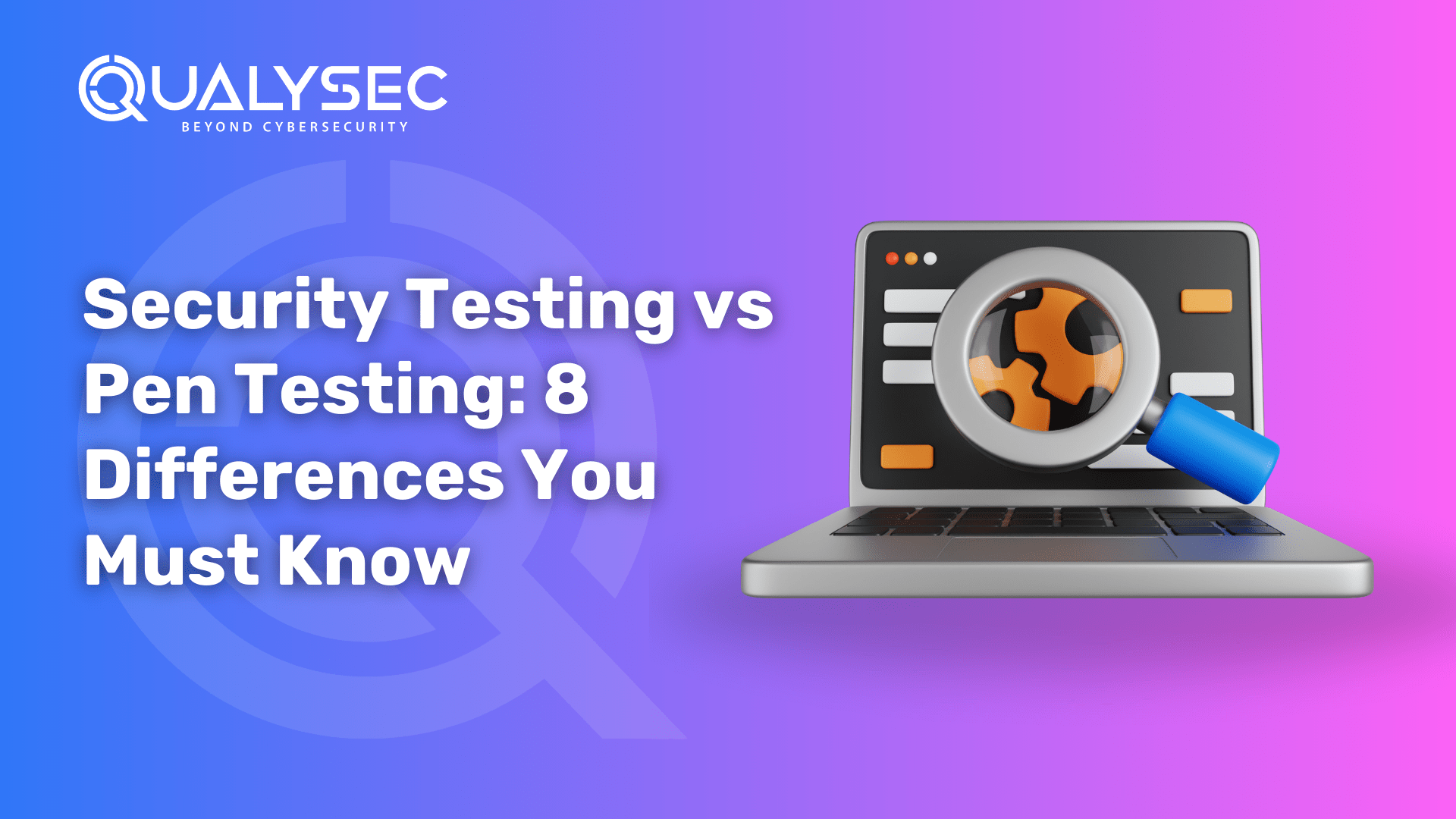
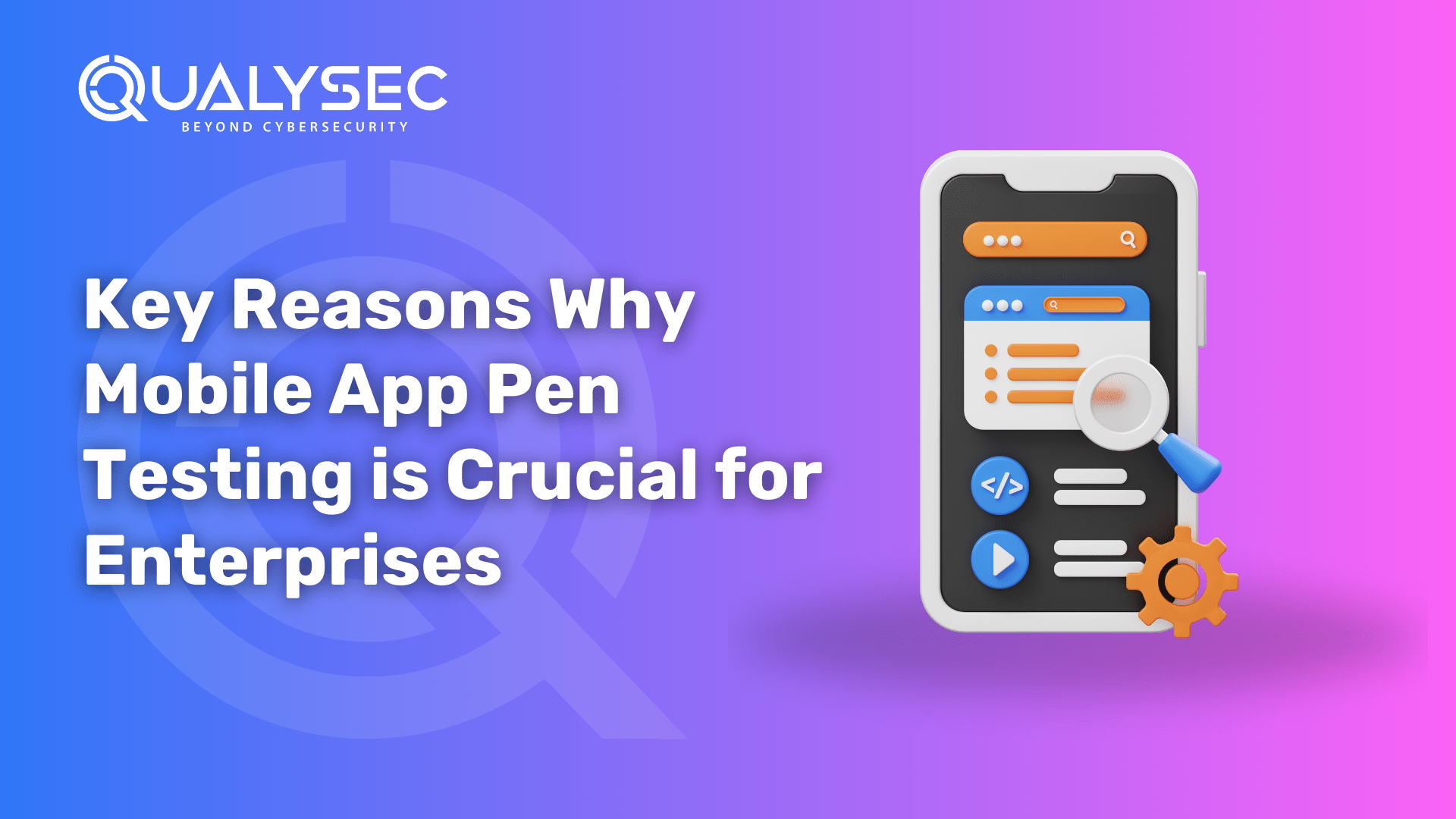
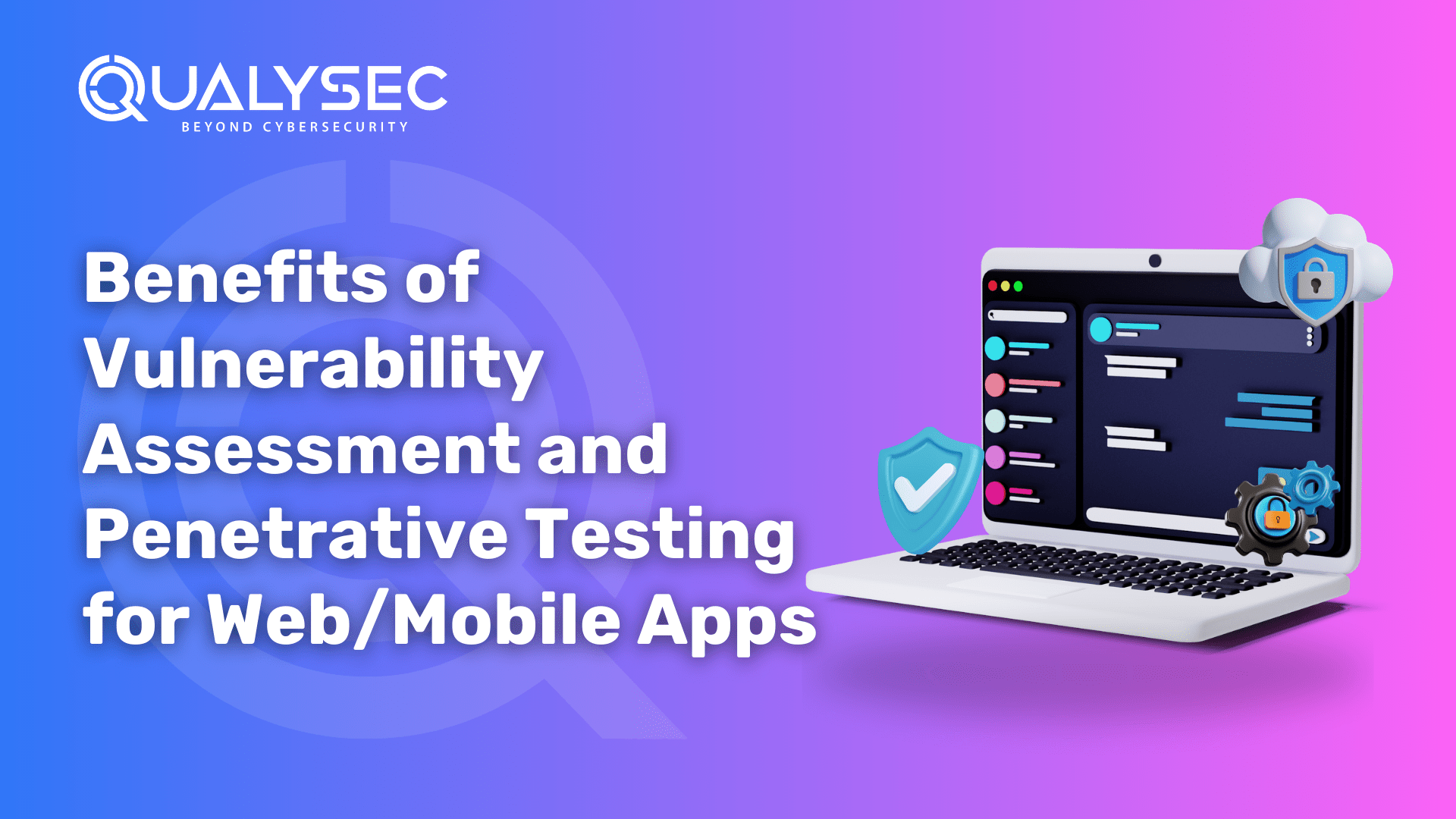
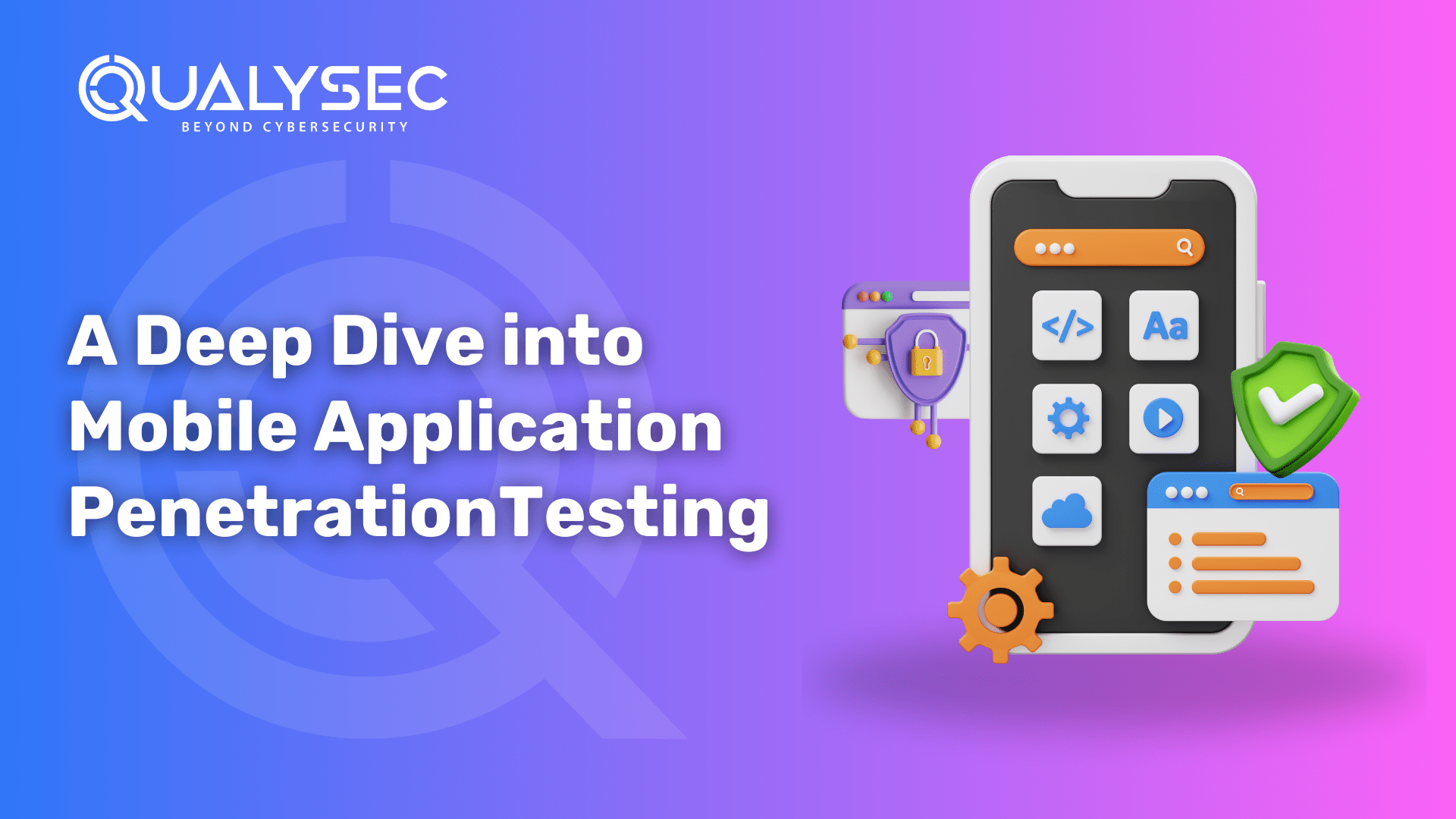

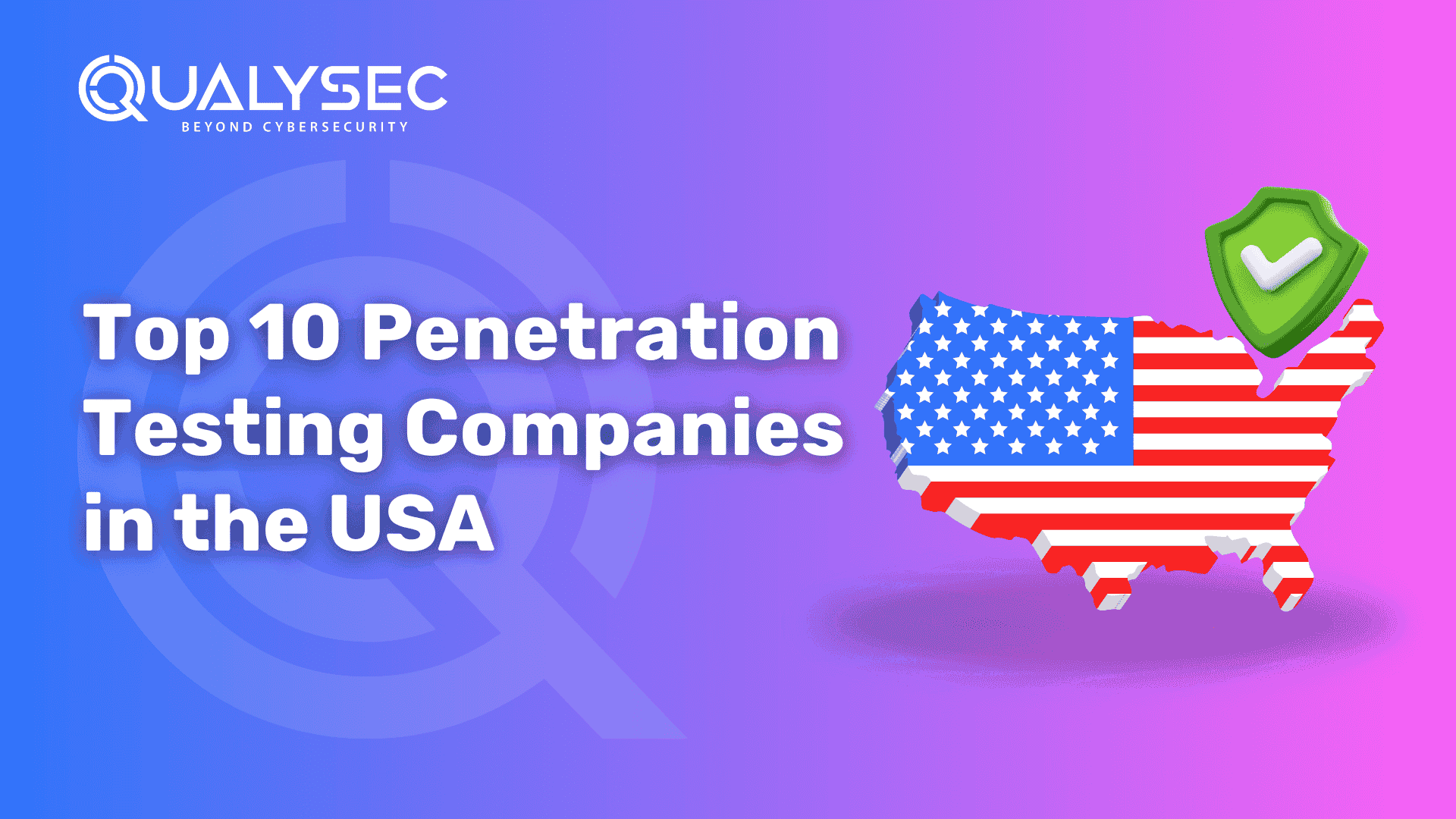
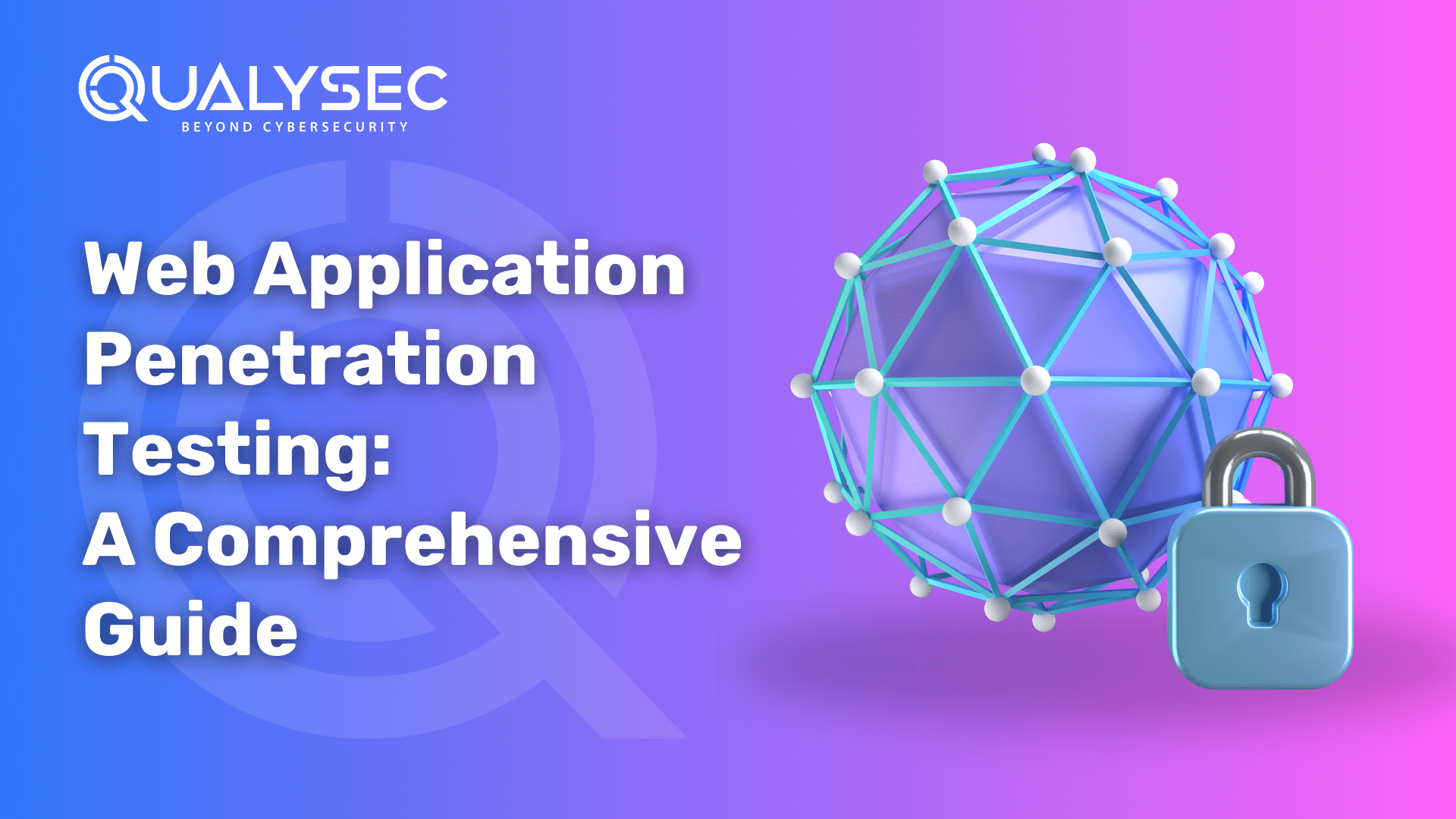


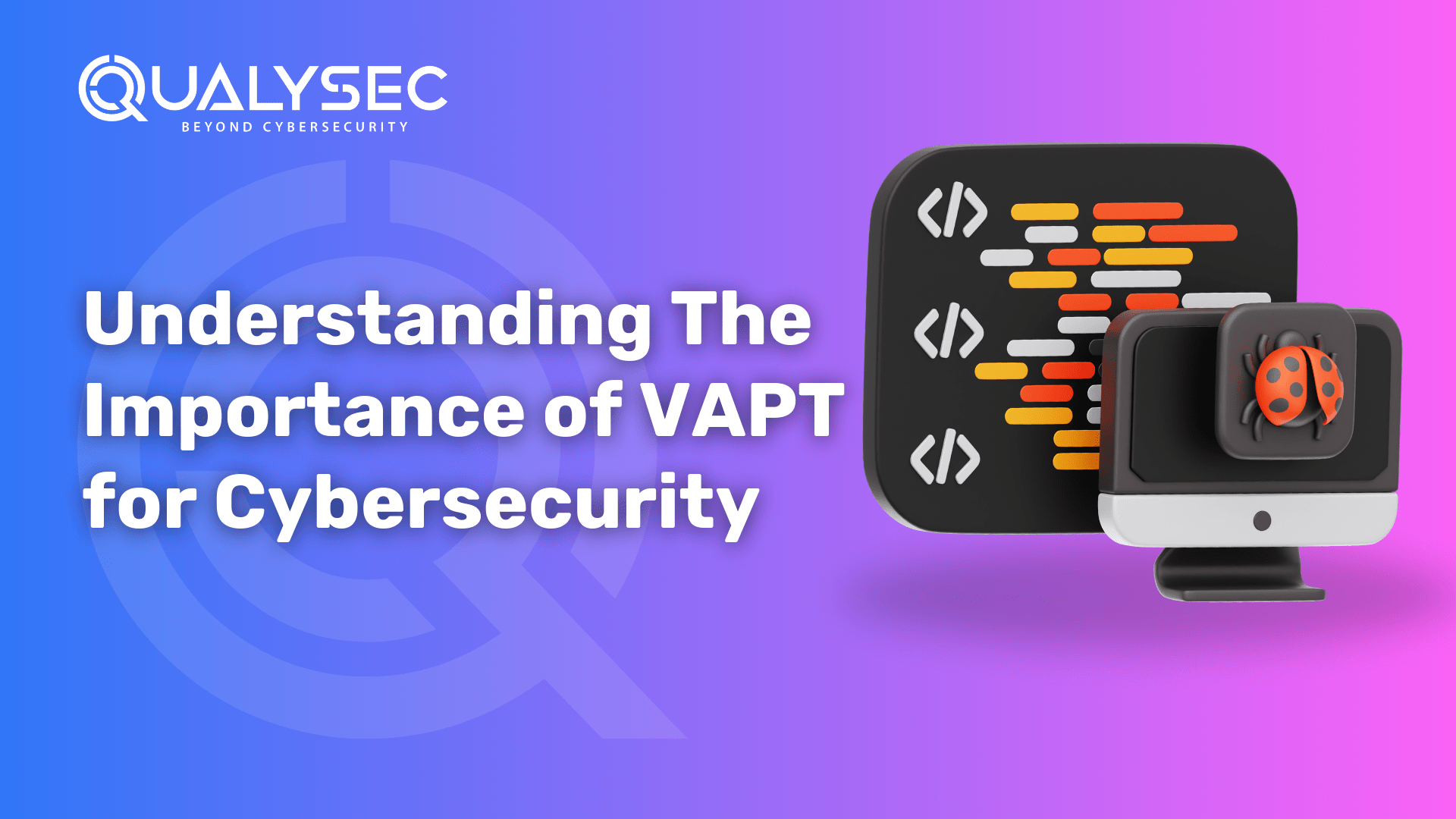
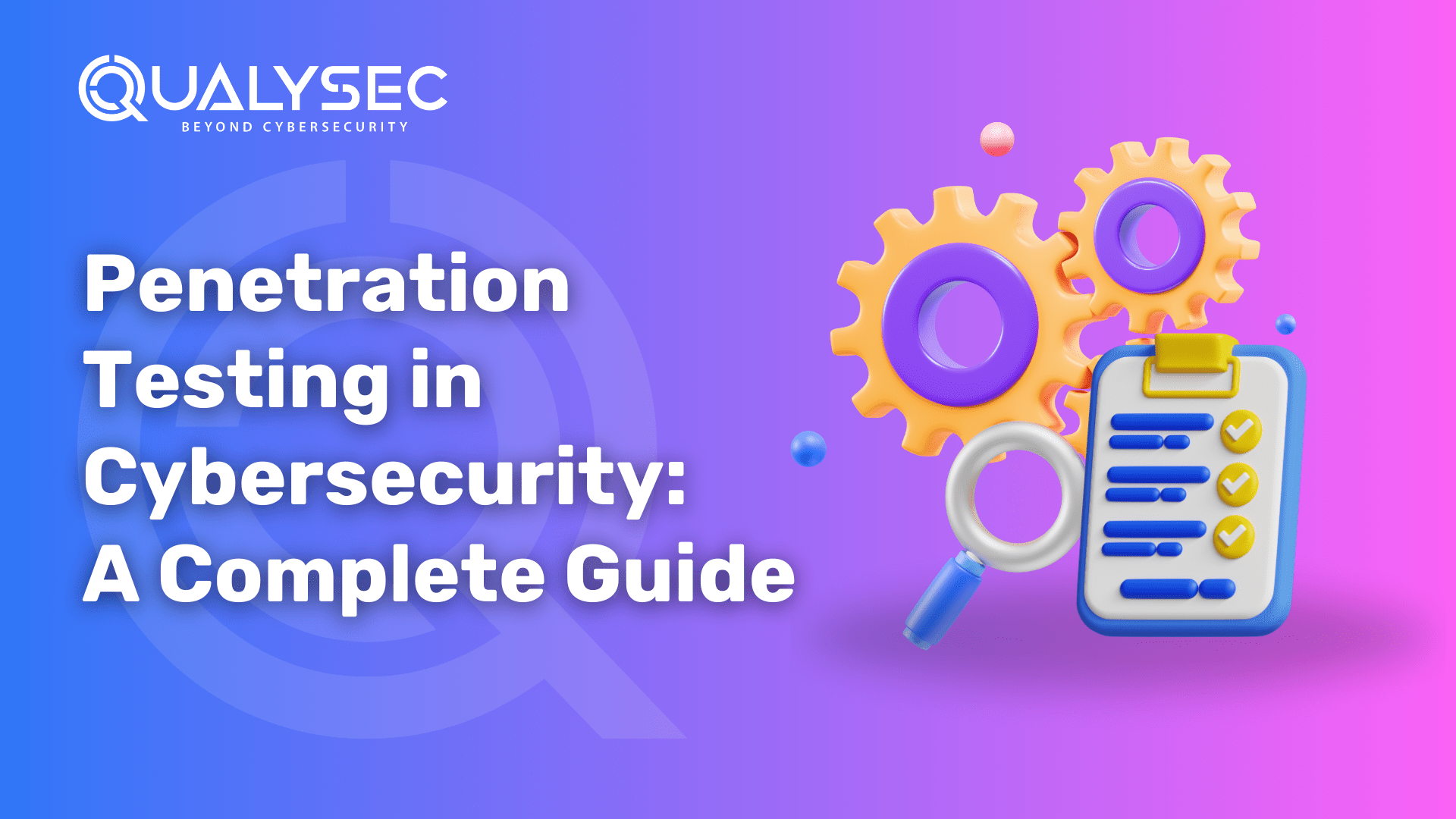
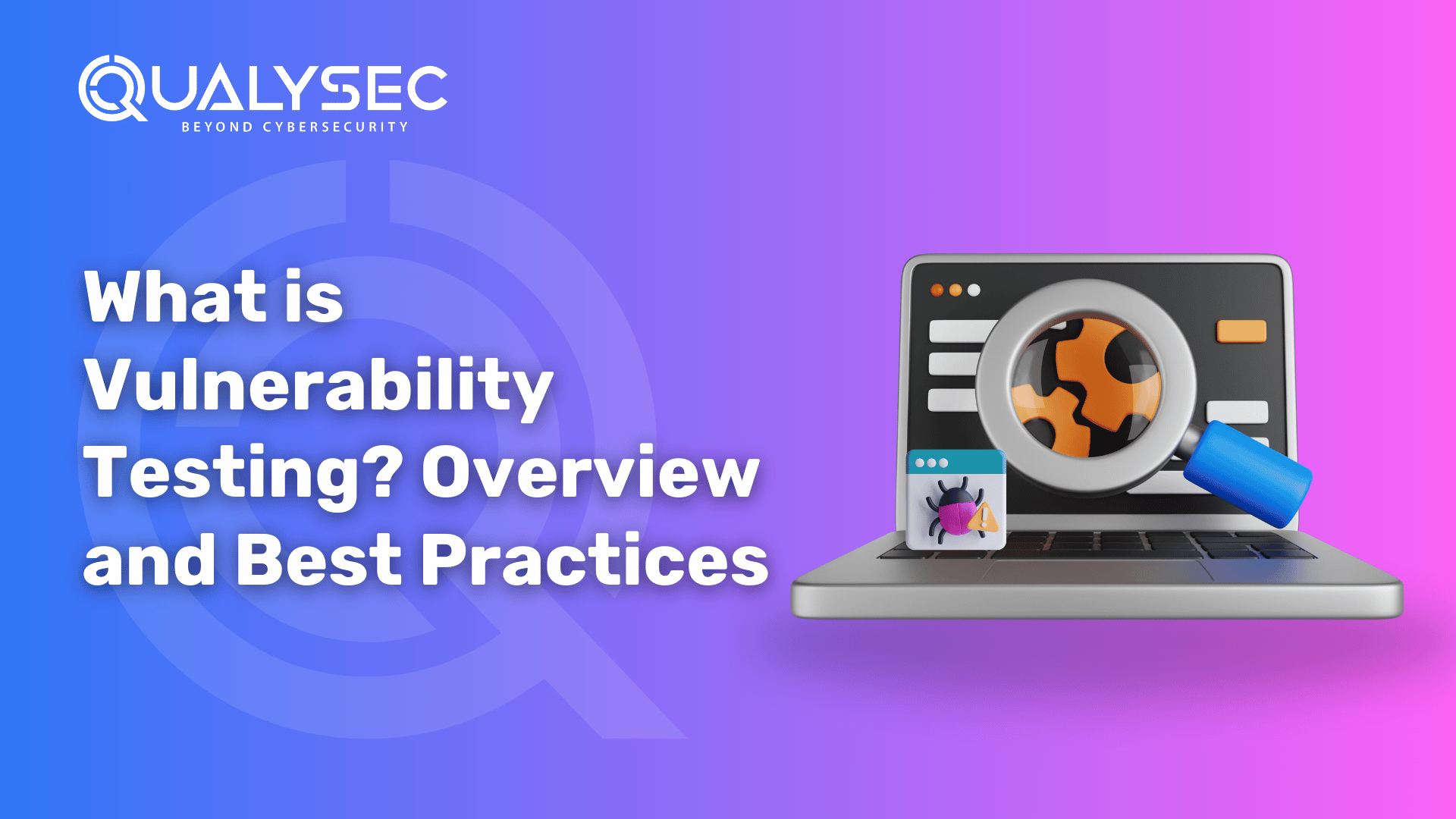

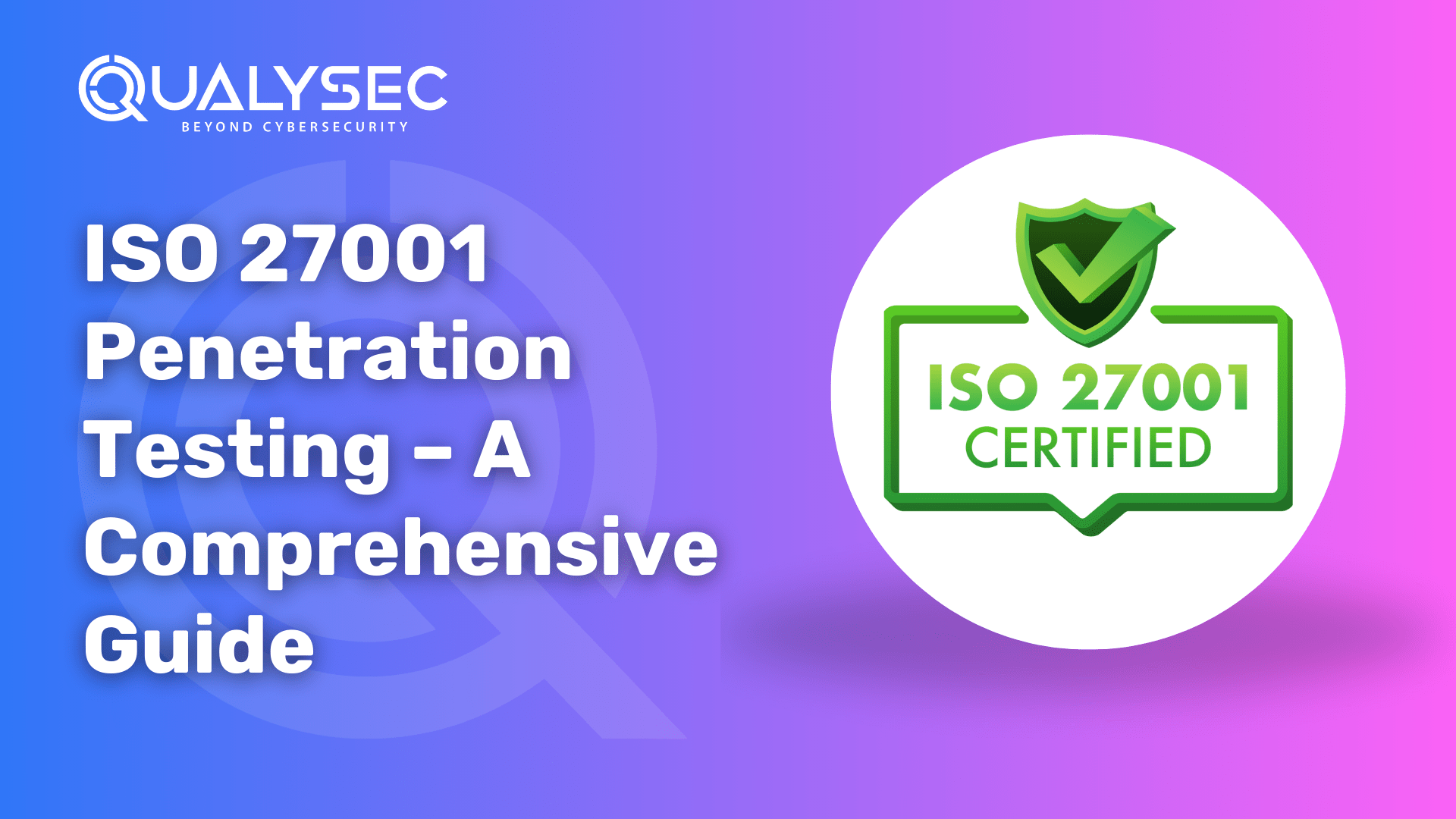
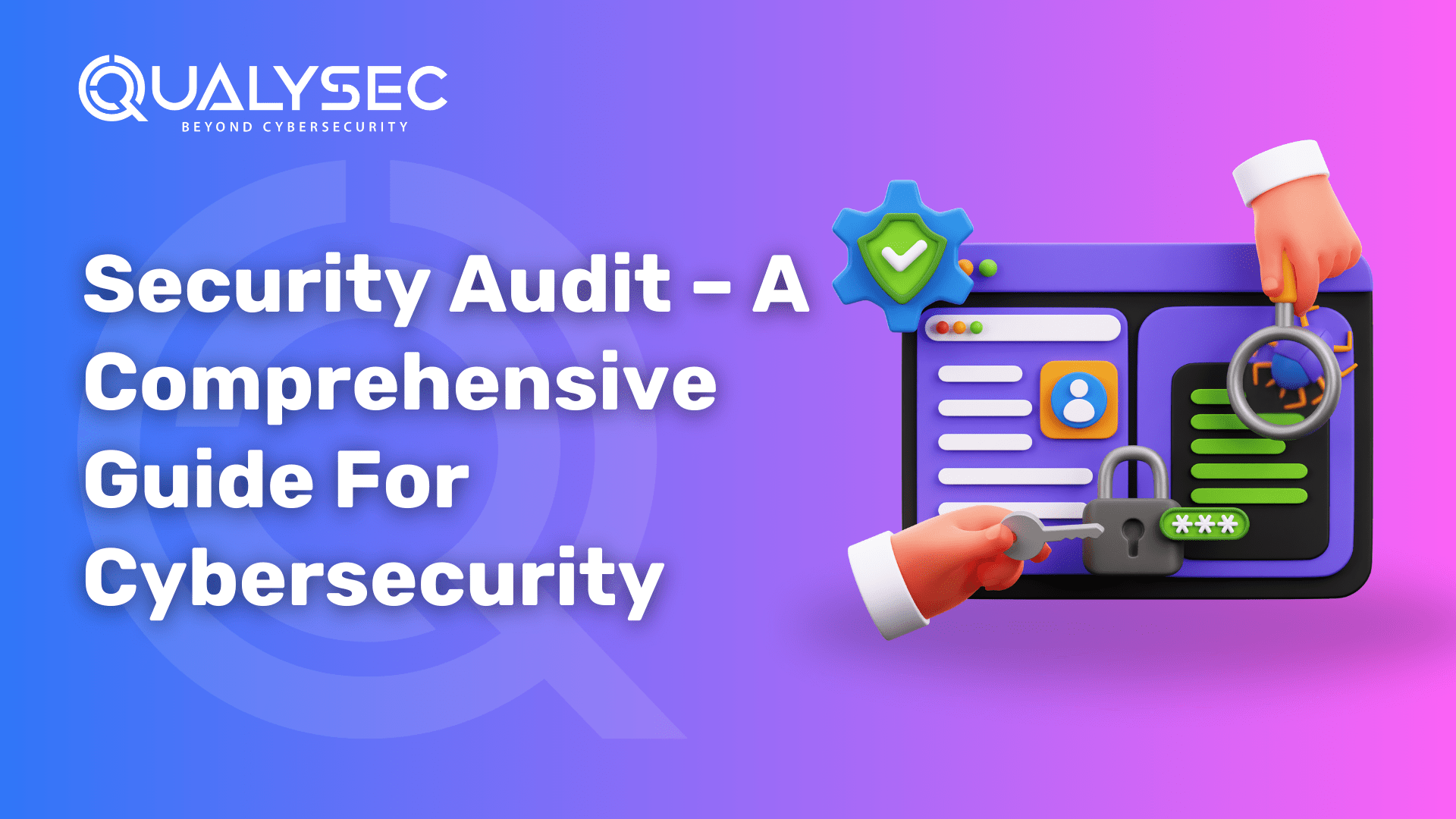
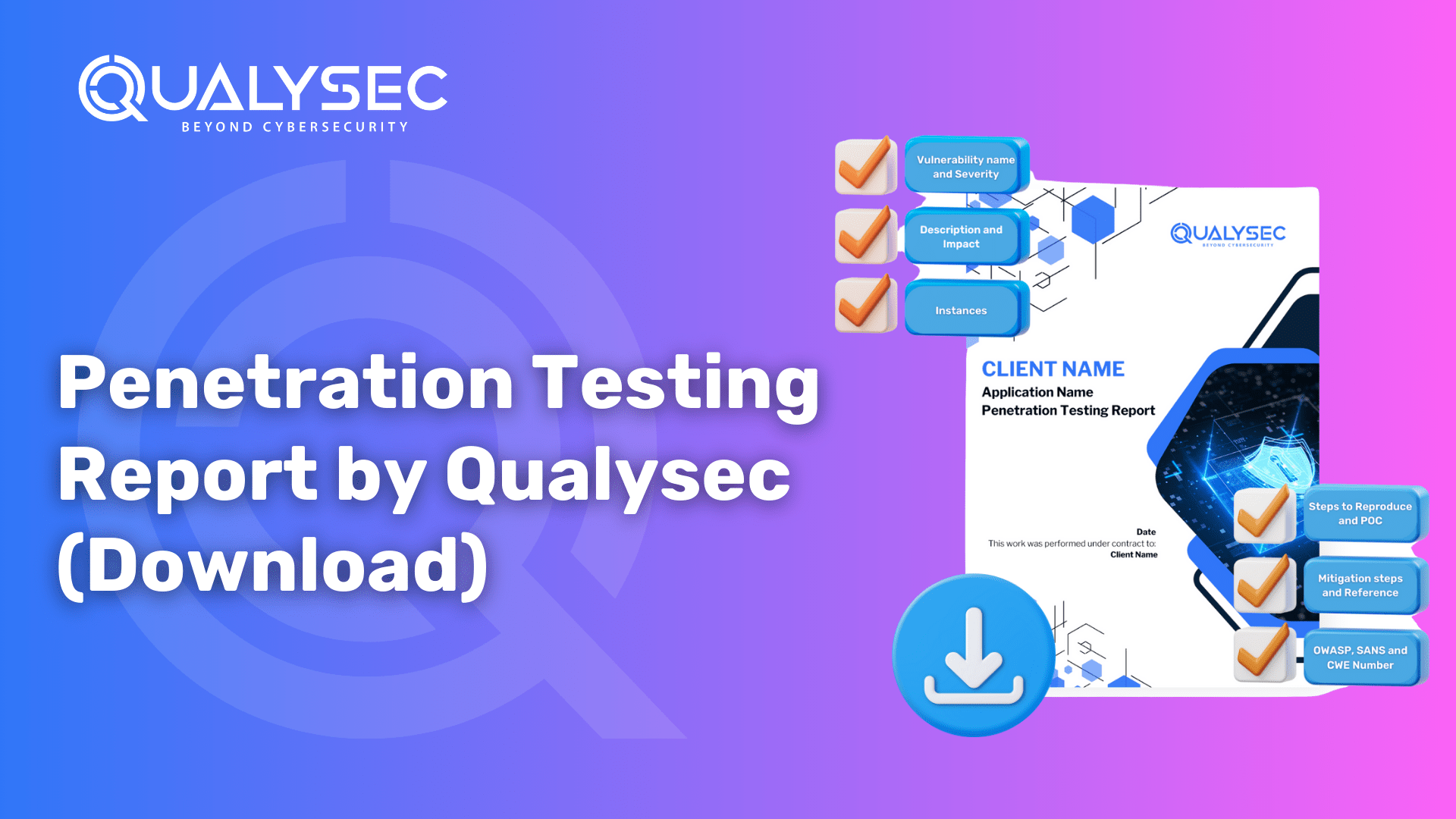
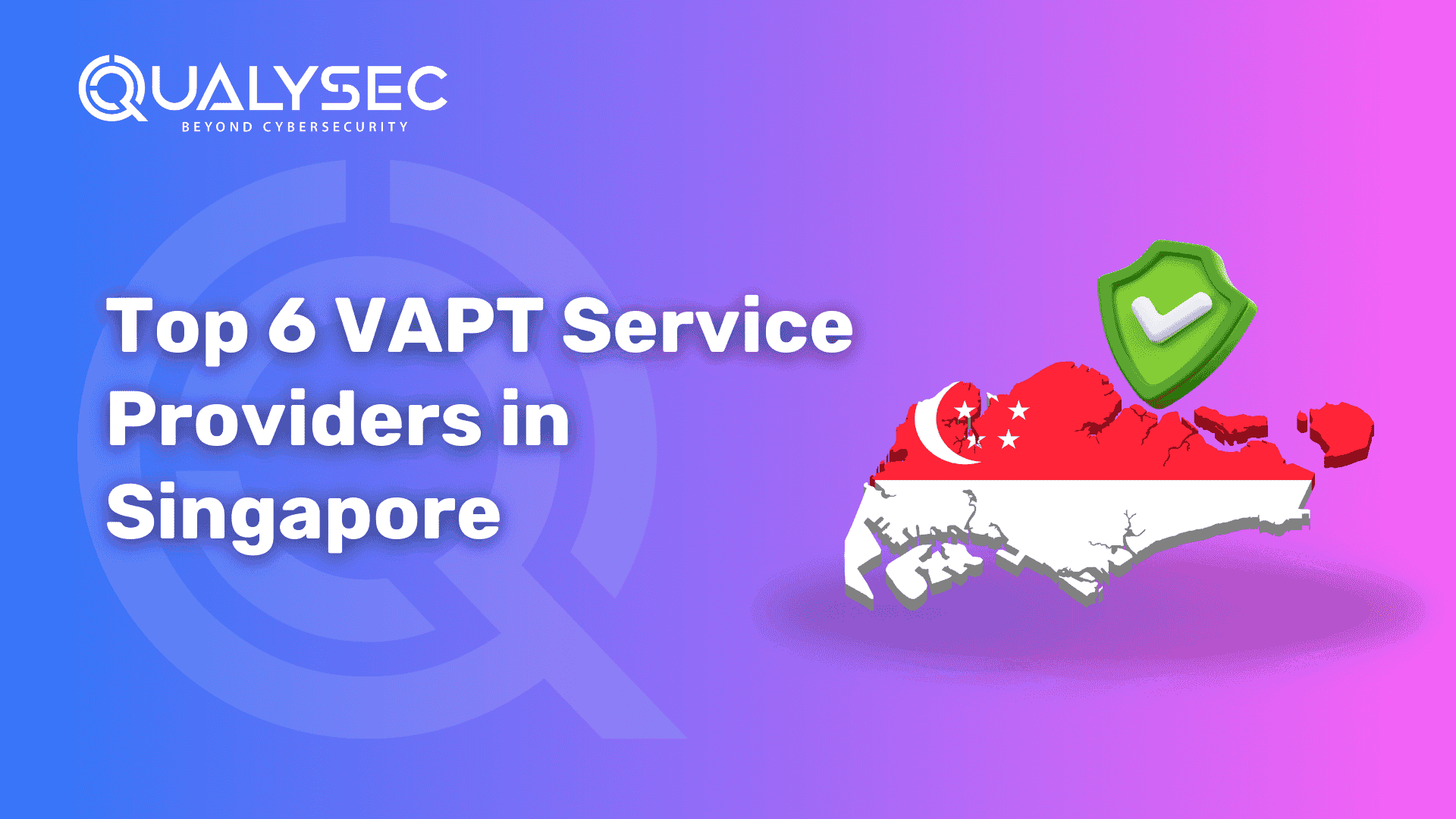



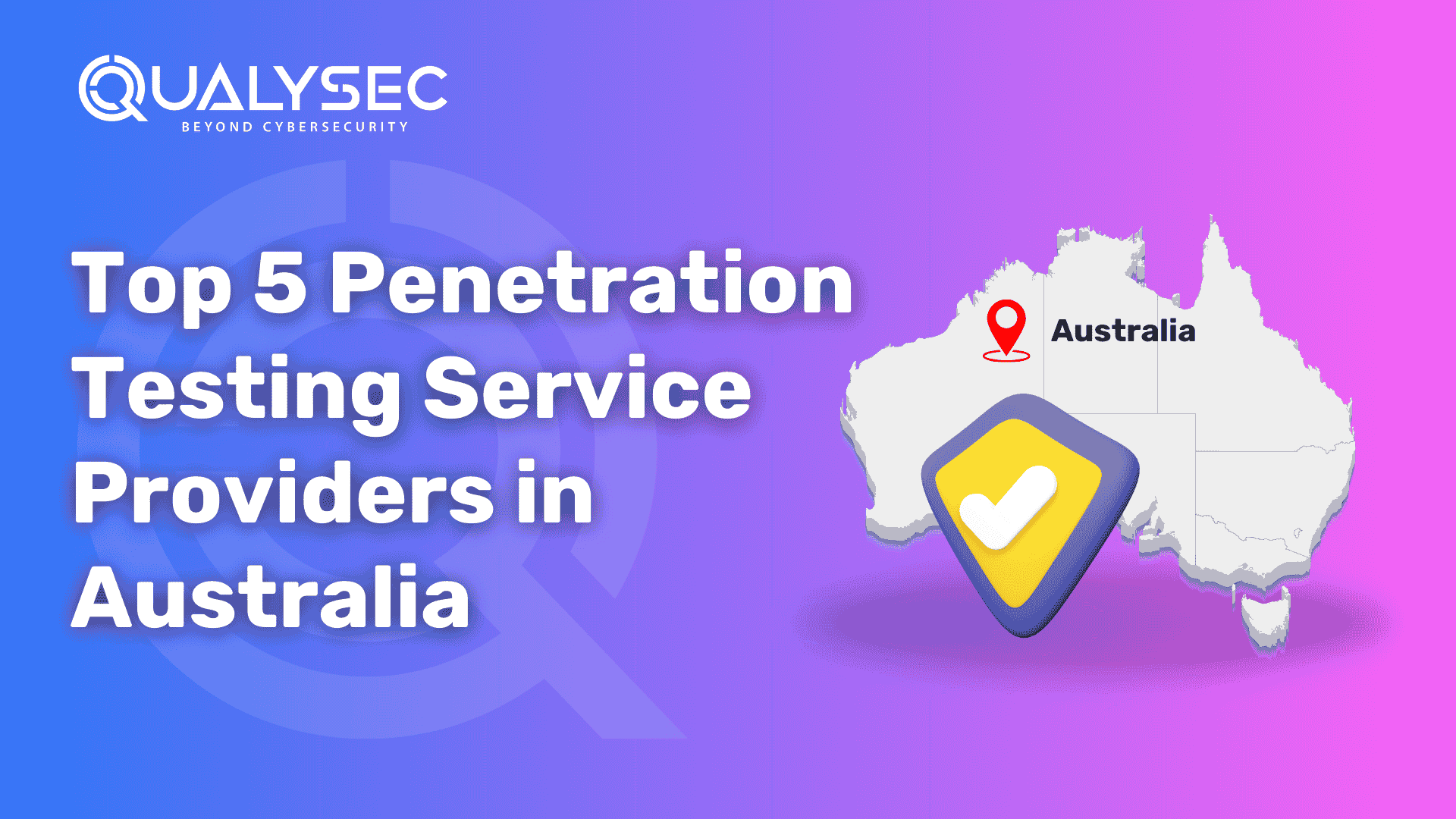
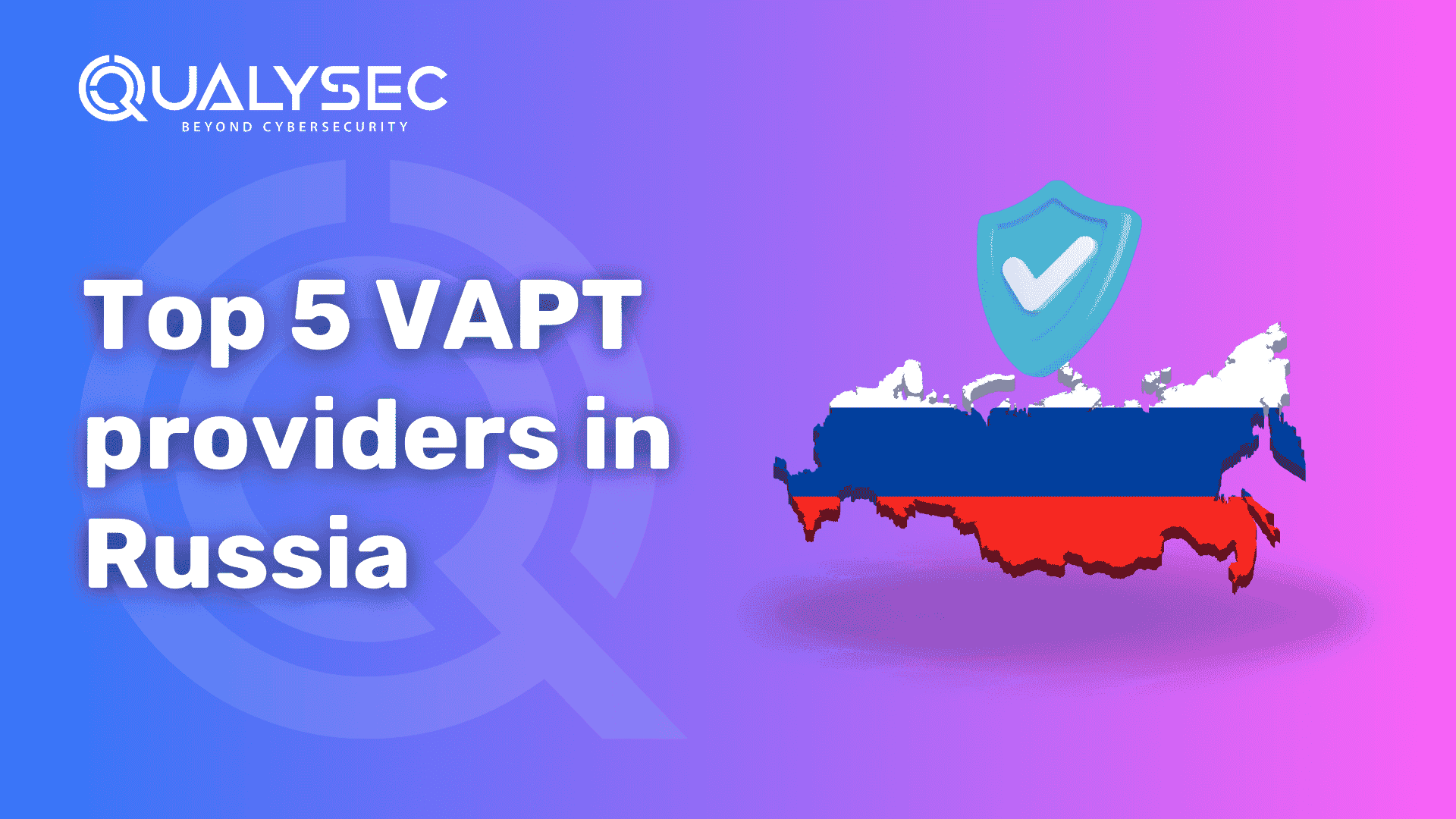
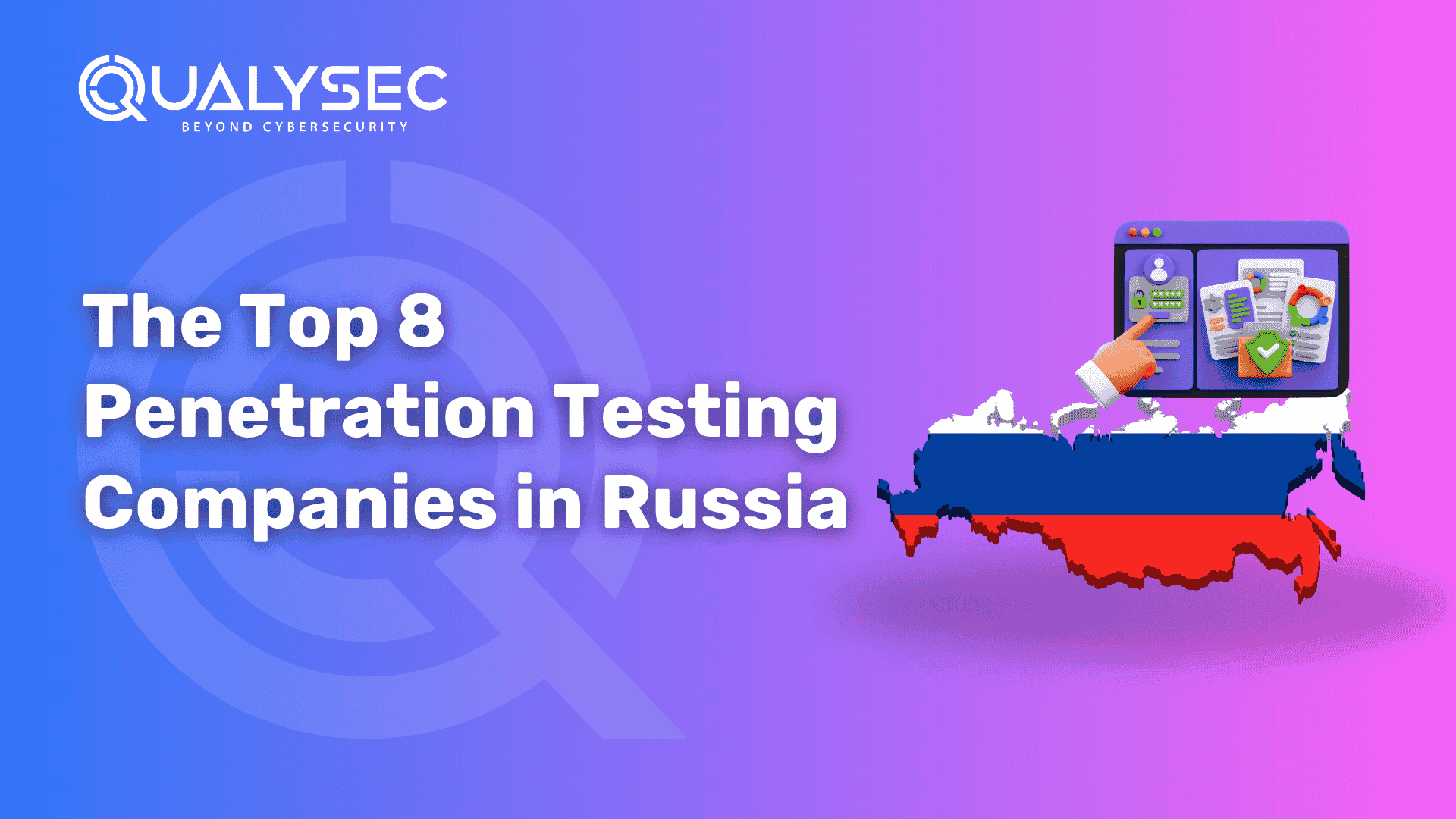
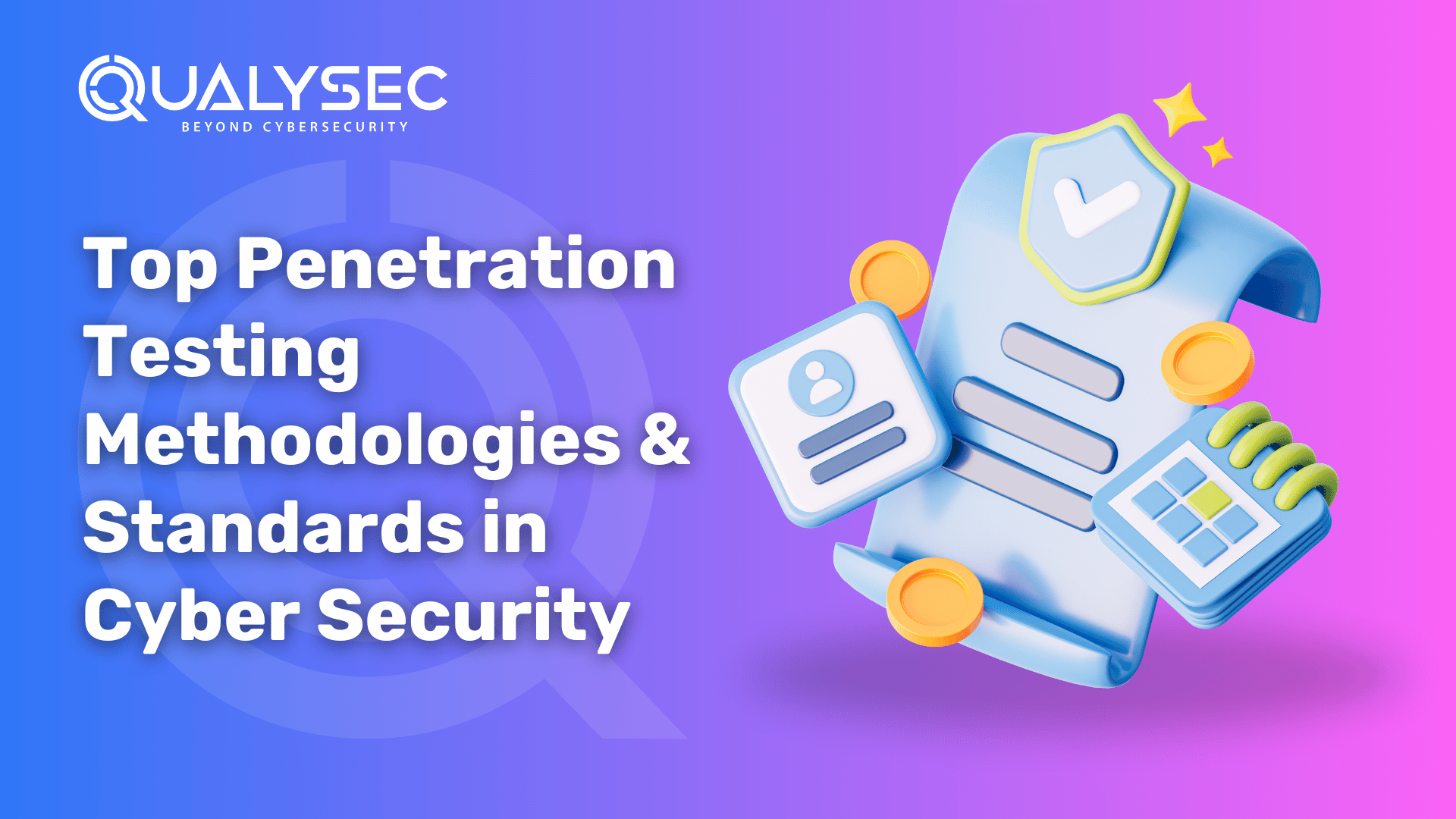
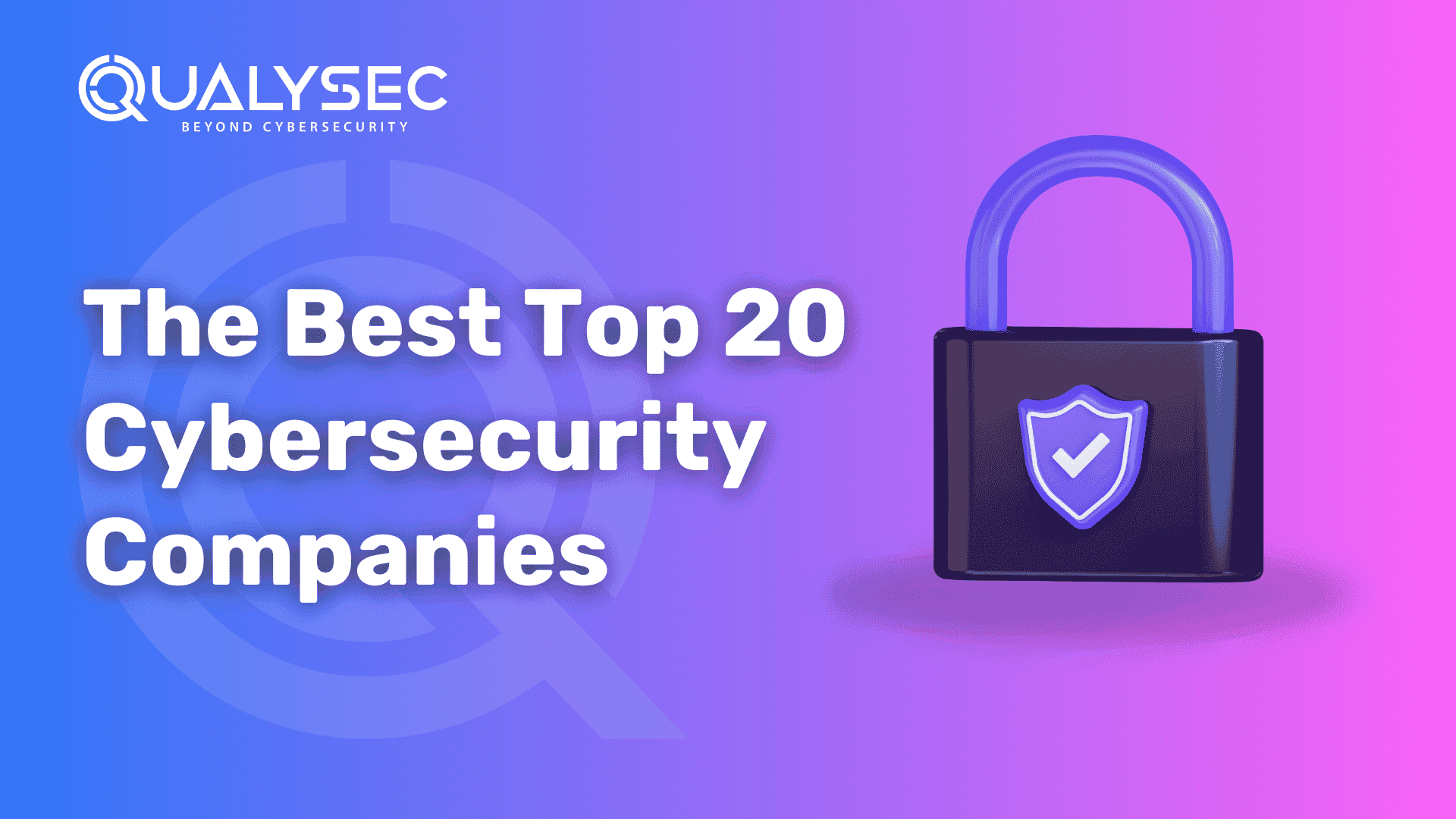
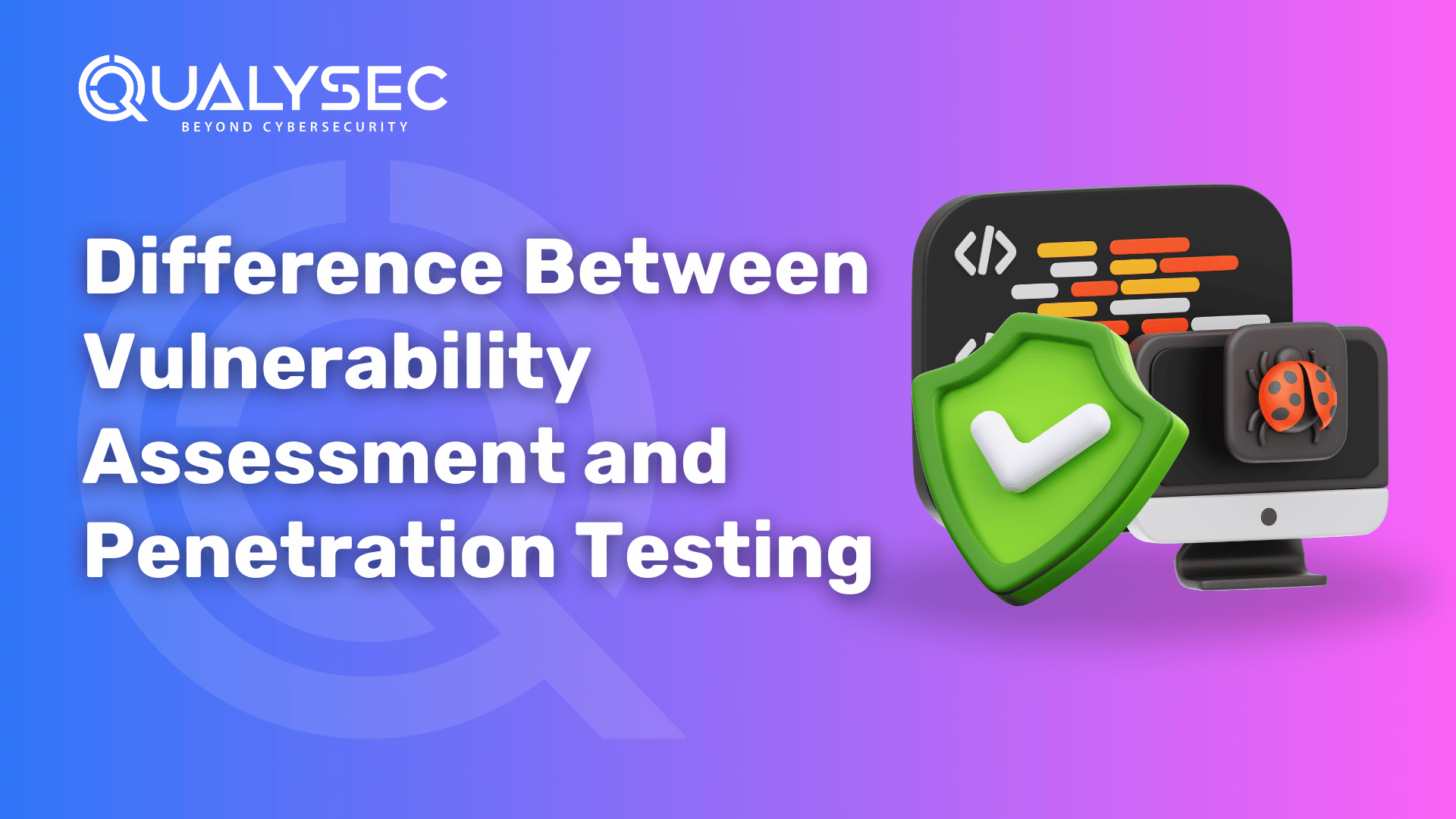
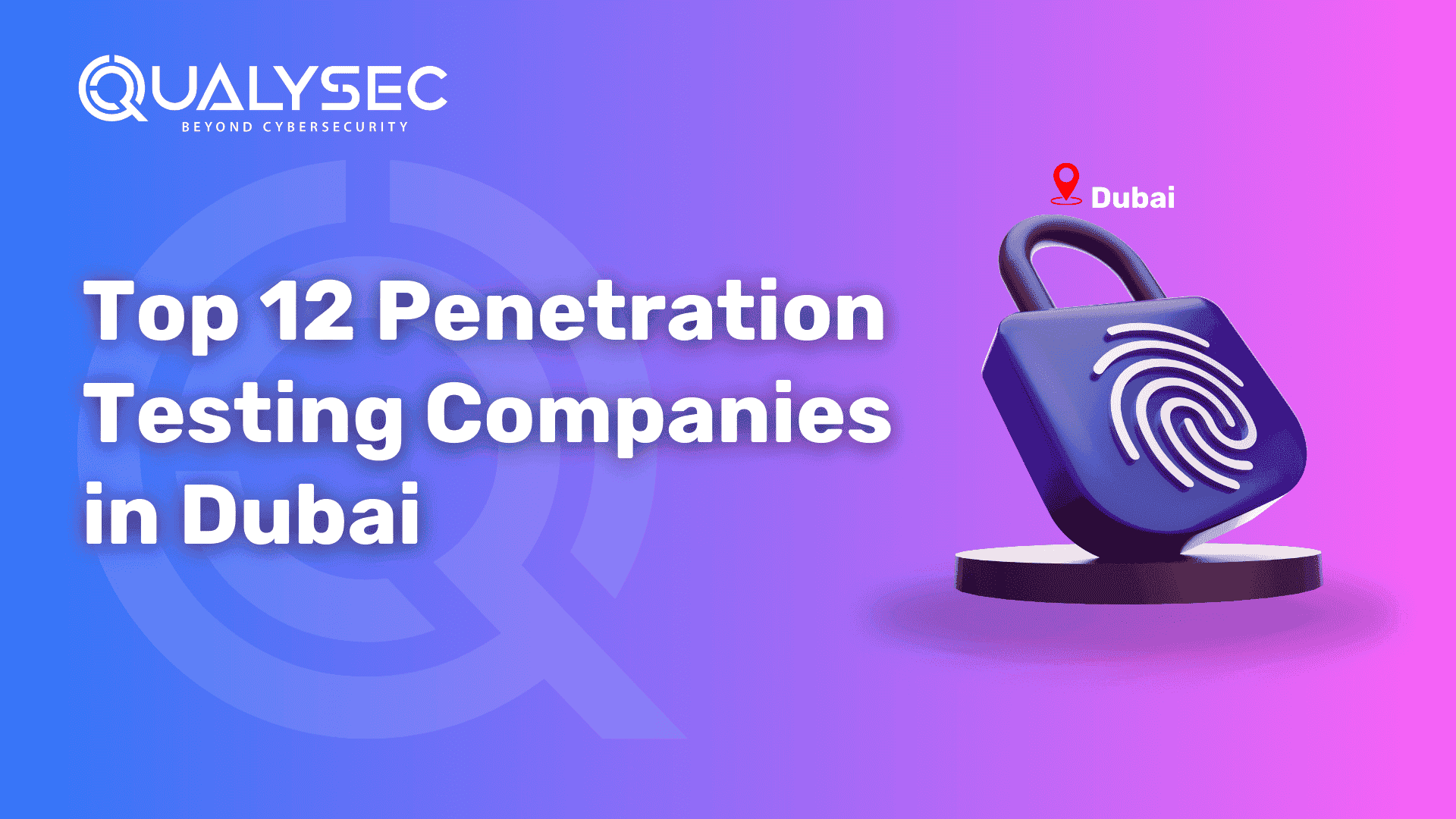

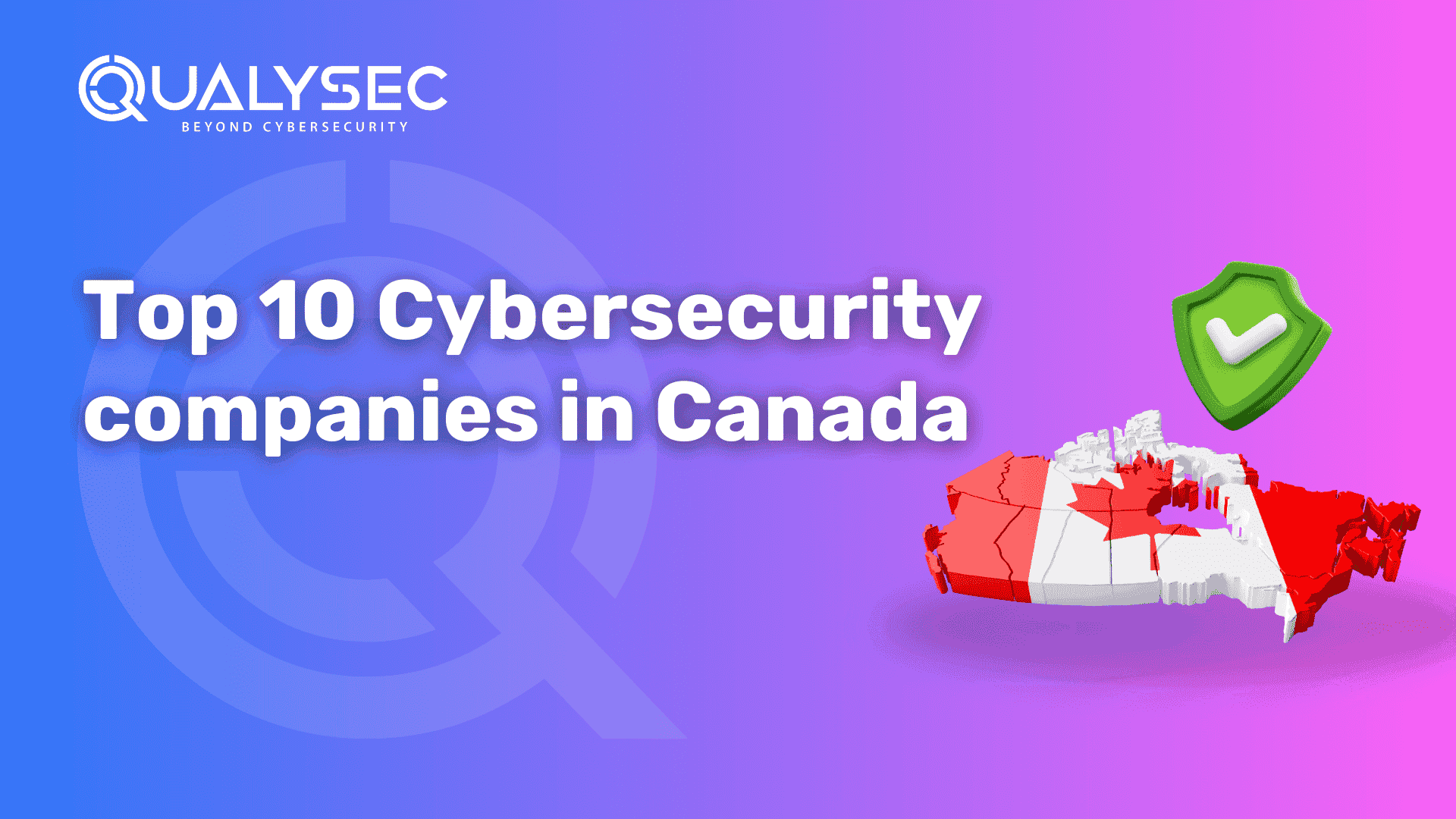




0 Comments